Cette fois, nous traversons la Dalmatie et la Croatie centrale en direction nord. Oui, oui, nous sommes à présent sur le chemin du retour. On se dirige tranquillement vers l’Autriche.
Bike, Flight, Car
| Country – Pays | Distance (km) |
| Switzerland – Suisse | 600 |
| France | 600 |
| Madagascar | 1200 |
| South Africa – Afrique du sud | 3800 |
| Swaziland | 400 |
| Namibia – Namibie | 900 |
| Germany – Allemagne | 550 |
| Czech Republic – Tchèque République | 400 |
| Austria – Autriche | 300 |
| Hungary – Hongrie | 435 |
| Slovenia – Slovénie | 15 |
| Croatia – Croatie | 1000 |
| Bosnia and Herzegovina – Bosnie et Herzégovine | 500 |
| Total | 10 700 |
La Croatie est divisée administrativement en 20 comitats. Toutefois, on y réfère encore aujourd’hui par ses régions historiques et culturelles soit la Croatie centrale, la Dalmatie, la Slavonie et l’Istrie. Nous n’avons pas visité la Slavonie ni l’Istrie.
(Wikipédia, 2019)
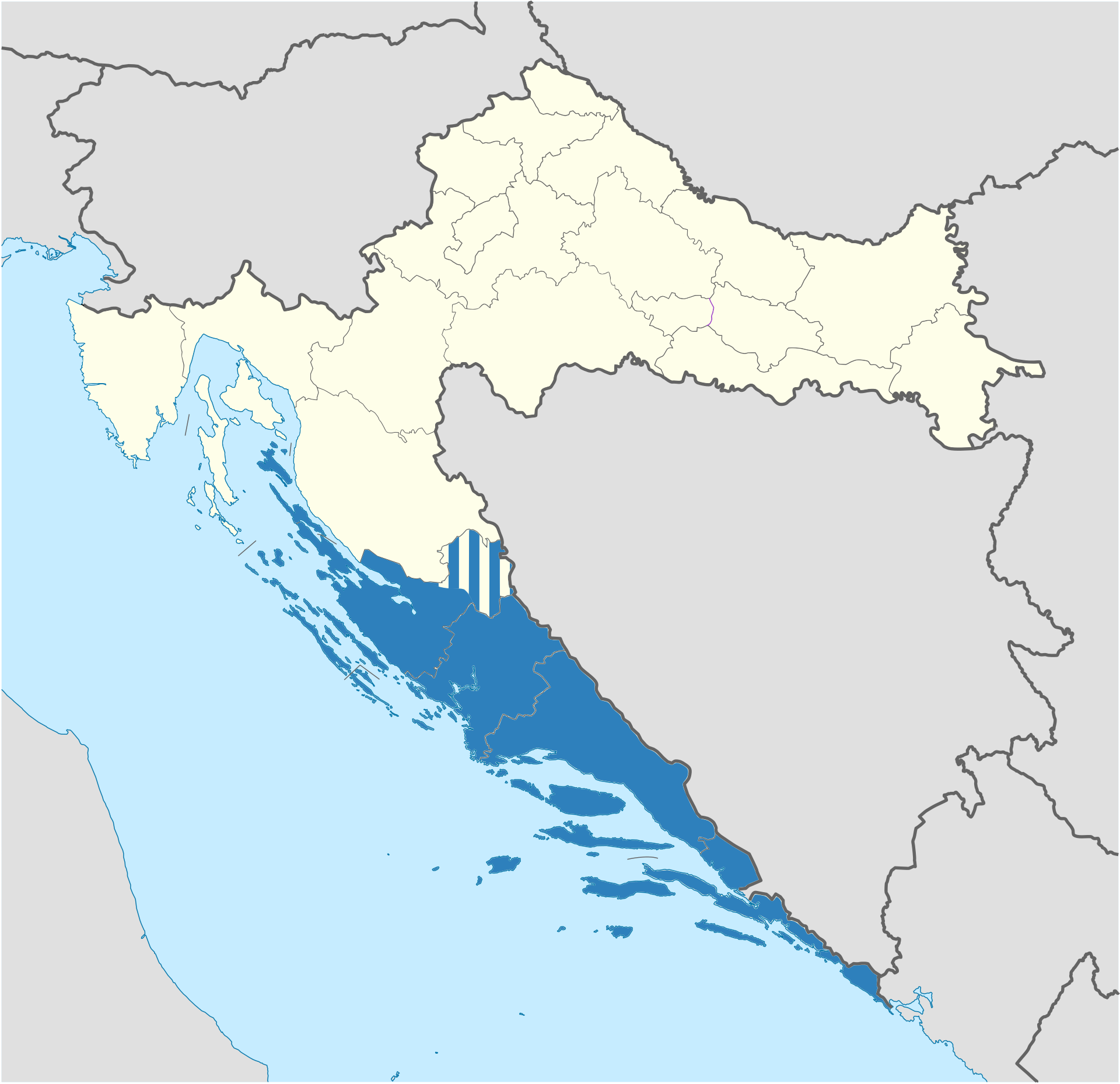
La Croatie centrale est située entre la Slavonie à l’est, la mer Adriatique à l’ouest et la Dalmatie au sud. La région n’est pas officiellement définie et ses frontières et son étendue sont décrites différemment par diverses sources. La Croatie centrale est la zone économique la plus importante du pays, représentant plus de 50% du produit intérieur brut du pays. (Wikipédia, 2019)
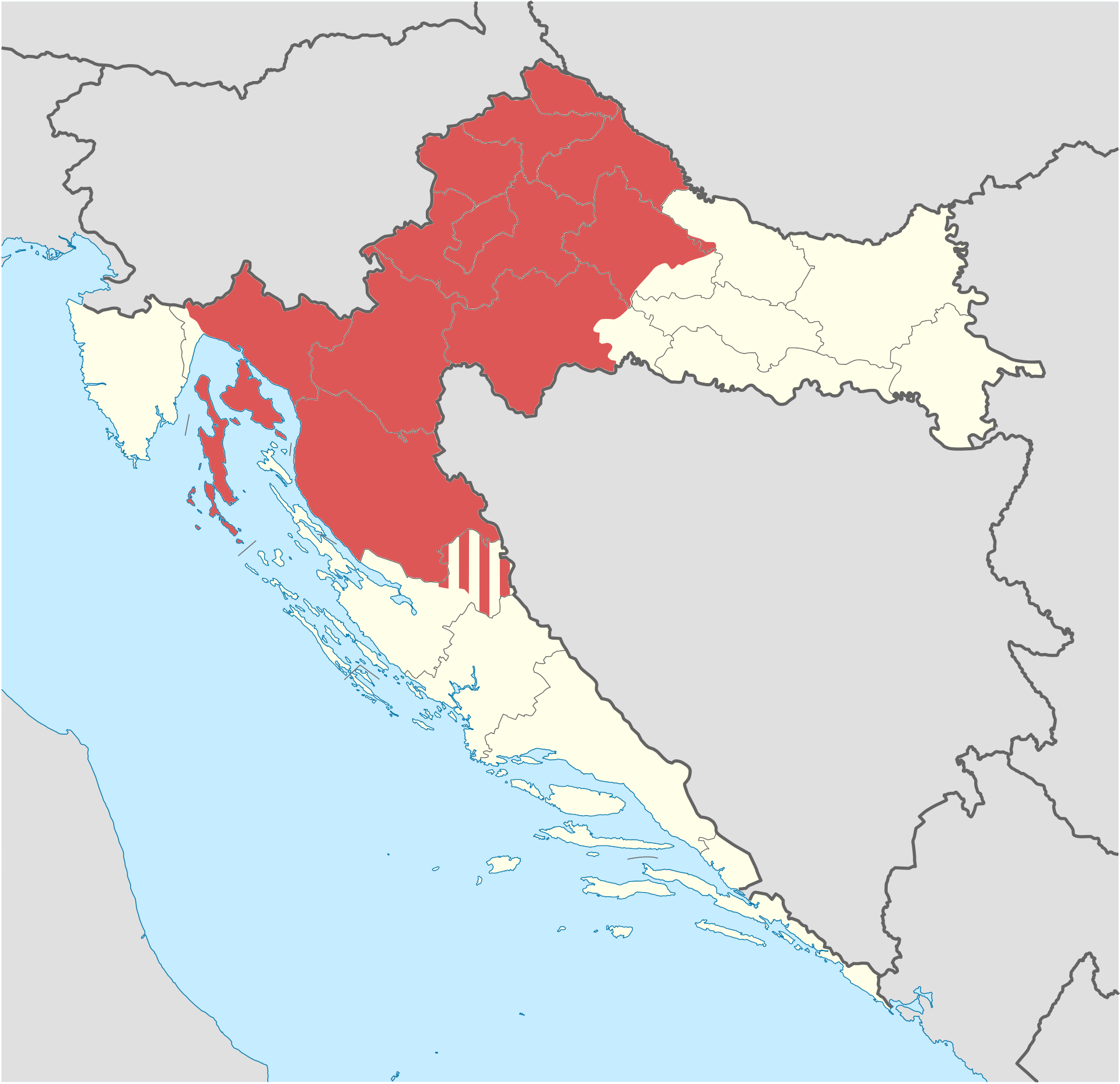
2.2 Weather – Les conditions météorologiques
It is apparently supposed to be warm and dry along the coast at this period of the year according to locals. We experience more unstable weather. We have rain showers, beautiful sunny days and sometimes some strong head winds (up to 50km/h). It is full of surprises!
D’après les locaux, les températures sur la côte sont habituellement sèches et chaudes à cette période de l’année. Lors de notre séjour, les conditions météorologiques sont plutôt instables. Il y a des journées de fortes pluies, des journées où le soleil brille dans toute sa splendeur et d’autres, où les vents nous décoiffent (jusqu’à 50 km/h).
Pour rejoindre Dubrovnik depuis la frontière de la Bosnie et Herzégovine, c’est une superbe descente avec une impressionnante vue sur la ville et la côte! On adore!
Nous profitons de la première journée bien ensoleillée pour visiter la charmante et imposante vieille ville.
La deuxième journée nous sert plutôt à mettre à jour le blog sur le balcon de notre agréable pension. La vue y est magnifique! Ca valait bien les efforts pour s’y rendre (beaucoup d’escaliers à monter)!
En sortant de la ville, nous empruntons le chemin de la côte. Les paysages y sont fort agréables mais le traffic un peu moins…
Cinquante kilomètres plus loins, nous choississons de prendre la route sur la péninsule Peljesac, question d’éviter le traffic. Bon choix, même si les côtes sont bien présentes! Les paysages y sont tout aussi jolis!
Il existent trois principales types de production sur cette péninsule : le vin, l’huile d’olive et le sel.
On s’arrête dans le village de Ston pour y voir sa magnifique muraille de plus de 5km de long et son centre-ville datant de l’époque médiévale. C’est pas la muraille de Chine mais c’est joli quand même!!
Nous quittons la péninsule de Peljesac en prenant le traversier depuis le village de Orebic en direction de l’île de Korčula.
L’île de Korčula mesure 47km en longueur. Elle est l’une des plus grandes îles se trouvant dans la mer Adriatique. Elle est couverte de montagnes atteignant des sommets de plus de 500m en altitude, ainsi que de forêts de pins, de cyprès et de chênes.
Nous visitons la ville de Korčula et ses remparts datant du 13e siècle.
Nous prenons le traversier depuis Vela Luka pour rejoindre la ville de Split qui se trouve sur le continent. Ce sera une charmante traversée de trois heures.
Construite sur les vestiges d’un palais romain impérial, Split est une ville méditerranéenne fascinante et dynamique, avec des avenues bordées de palmiers et des cafés animés. En son cœur se trouve le palais Dioclétien, une structure datant du 3ème siècle ayant été abandonnée par les Romains. Adapté aux besoins d’une ville en croissance, le centre-ville est aujourd’hui un labyrinthe de ruelles animées avec des découvertes architecturales passionnantes à chaque recoin (Eyewitness travel, 2015).
Nous nous y balladons une demie-journée afin de découvrir ses “trésors cachés”
Quelques 30km au nord ouest de Split se trouve la ville de Trogir. Nous l’apprécions sous la pluie!
Nous suivons la route 8 le long de la côte afin d’atteindre la ville de Zadar.
Situé sur une étroite péninsule de la côte adriatique, la disposition actuelle de Zadar remonte à la domination romaine. Nous visitons rapidement le centre-ville historique puis nous nous asseyons sur le quai pour écouter l’Orgue de la mer.
L’orgue de mer est un objet d’art sonore architectural situé à Zadar, en Croatie. C’est un instrument de musique expérimental qui fonctionne au gré des vagues par des tubes situés sous un ensemble de grandes marches en marbre. (Wikipedia, 2019)
En route vers l’île de Pag, nous suivons les indications Euro vélo 8. La piste cyclable est en construction, mais ses enseignes nous indiquent quand même une jolie route!
En route, nous nous arrêtons à Nin. La ville est située au nord-ouest de Zadar au cœur d’une lagune. Le noyau antique de la ville s’étend sur un ilot dont le diamètre est de seulement 500 mètres. Elle est reliée au continent par deux ponts de pierre. Au nord, au sud et à l’ouest, elle est entourée de plages de sable longues et peu profondes tandis qu’à l’est s’étendent des champs de sel. La ville au passé antique, âgée de 3 000 ans, compte parmi les villes les plus anciennes de la côte adriatique orientale. Elle a été fondée par les Liburniens au ixe siècle av. J.-C. (Wikipédia, 2019)
L’île de Pag a une superficie de 284 km² pour environ 60 km de longueur.L’île est reliée au continent par un système de traversier au nord et par un pont au sud. L’île est connue pour son fromage de brebis, ainsi que pour son vin. On y récolte aussi du sel. (Wikipédia, 2019)
Pour revenir sur le continent, nous prenons une fois de plus un traversier.
C’est à ce moment que nous recevons des nouvelles d’Immigration Canada. On nous demande de compléter de nouvelles démarches. La ville la plus près pour accomplir ces démarches est Ljubljana, la capitale de la Slovénie. On modifie donc notre plan initial, et on se dirige tout droit vers le nord. Nous suivons d’abord la côte jusqu’à Rijeka puis nous traversons les montagnes pour rejoindre la frontière de Slovénie.
Along the way, we stop in Senj to appreciate a two days rest.
En route, nous nous arrêtons à Senj pour deux jours de congé.
We stay either in campgrounds or guesthouses. We are quite happy to enjoy the off season prices. Croatia is a very touristy destination. Prices can be as high as its reputation 😉
Nous nous logeons habituellement dans les campings, ou en cas de besoin dans des chambres d’hôtes. Nous sommes bien contents de bénéficier des prix hors saison. La Croatie est une destination touristique populaire. Les prix peuvent être tout aussi impressionnants que ses attraits touristiques 😉
Audrey changes her chain. m@x does his Rohloff oil change and puts new brake pads on his bicycle.
Audrey change sa chaîne. M@x fait son changement d’huile Rohloff et change ses plaquettes de freins
| Wear & Tear – Compilation des bris | m@x | Audrey |
| Flat tire – Crevaison | 8 | 8 |
| Tire replacement – Remplacement d’un pneu | 6 | 4 |
| Crankset replacement -Remplacement du pédalier | 0 | 1 |
| Poulies replacement – Remplacement des poulies | 0 |
1 |
| Brake Pads – Plaquettes de freins | 2 |
0 |
| Chain replacement – Remplacement de la chaîne | 1 | 3 |
| Cassette replacement – Remplacement de la cassette | – | 1 |
| Oil change Rohloff – Changement d’huile Rohloff | 2 | – |
| Sprocket change – Changement des pignons | 1 | 0 |
| Mattress – Matelas de sol | 1 | 0 |
| Tent mosquito net – Moustiquaire de la tente | 1 | |
| Pan – Poêle | 1 | |
| Tent peg – Piquet de tente | 1 | |
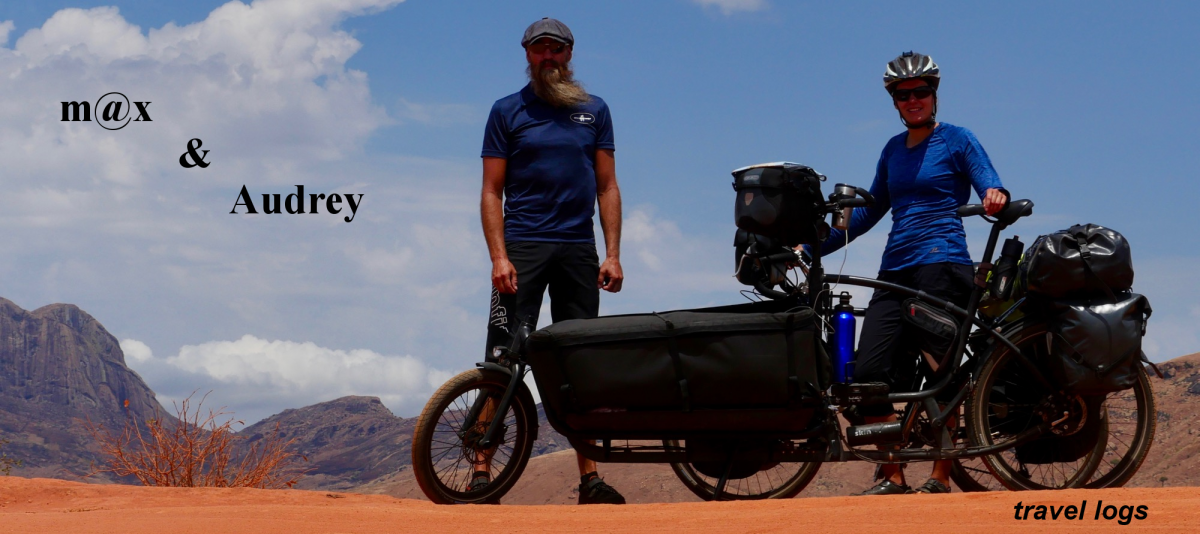
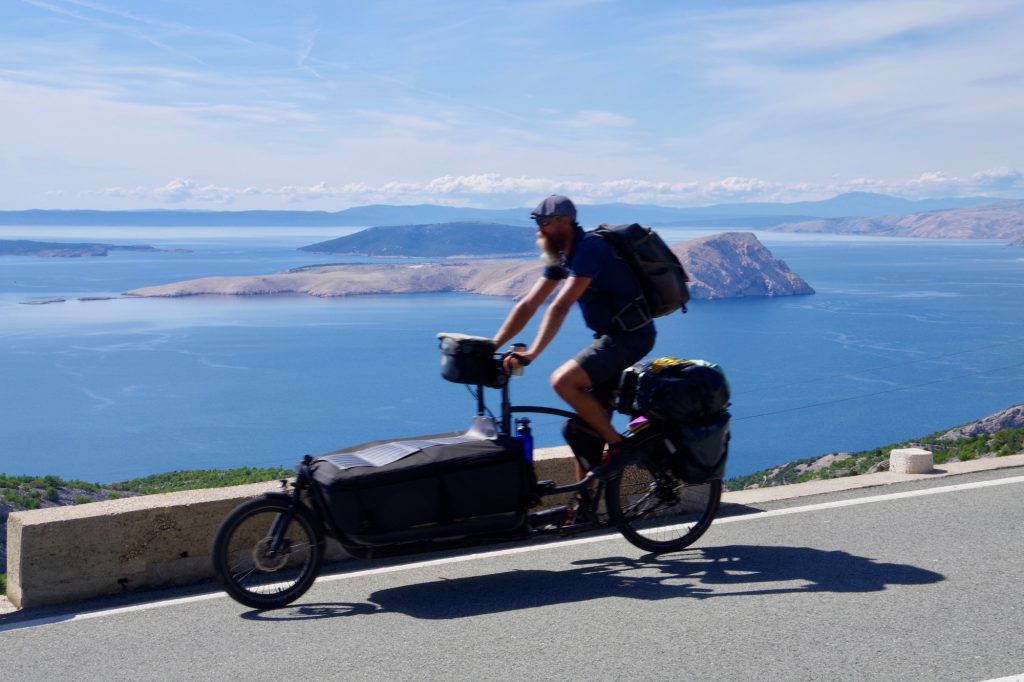
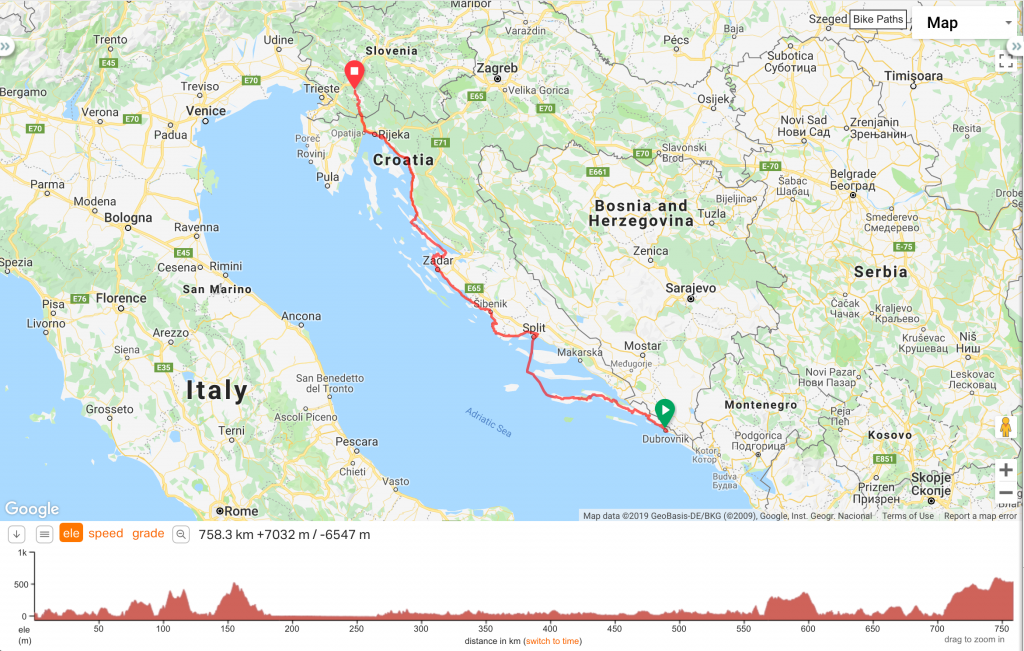
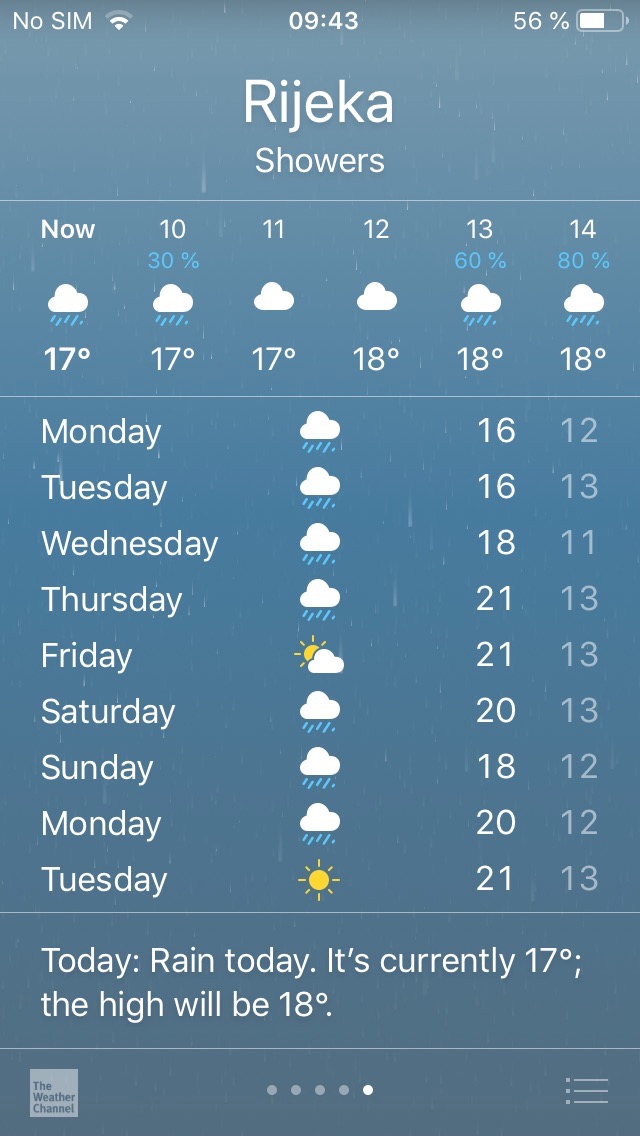
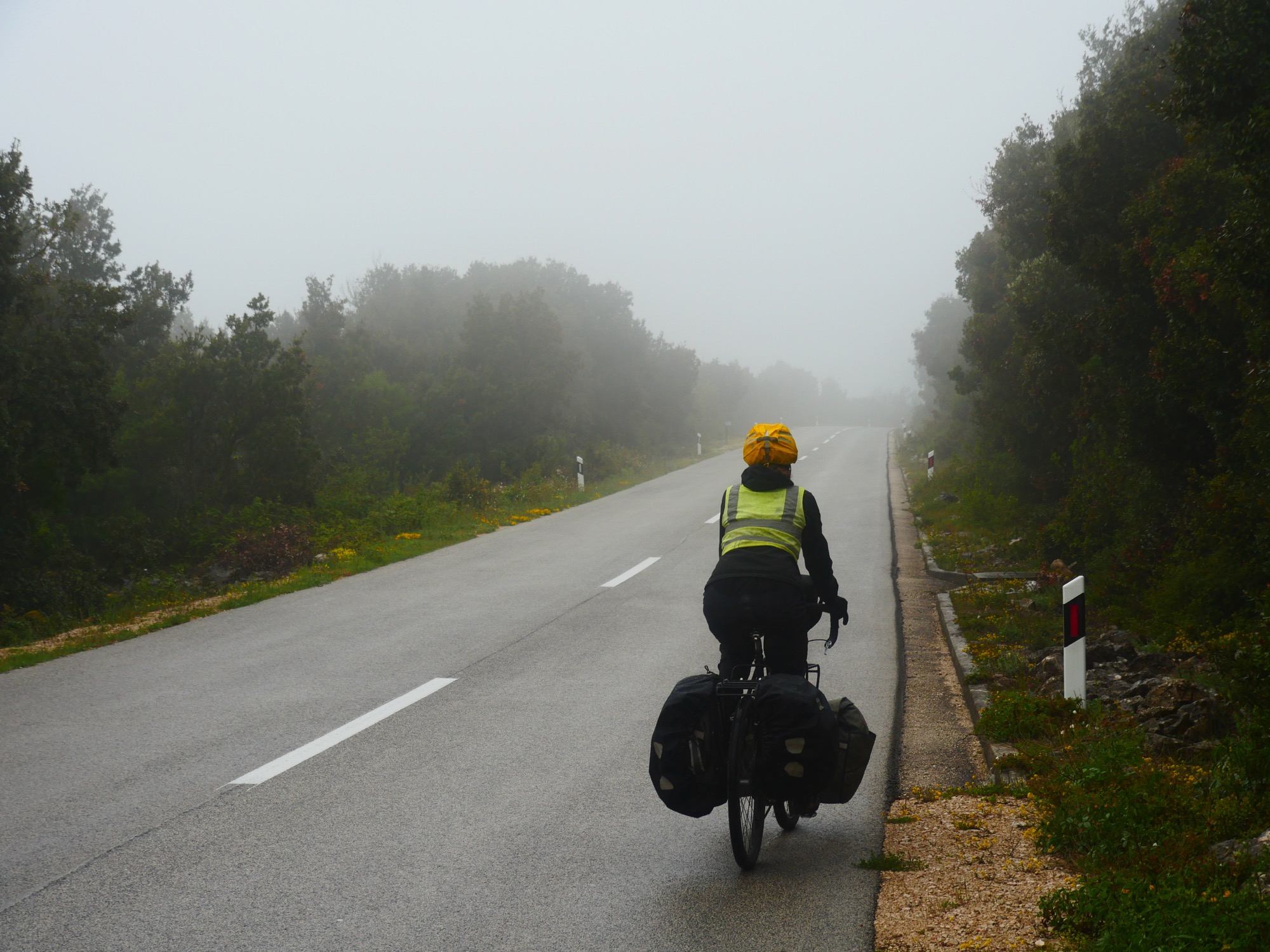
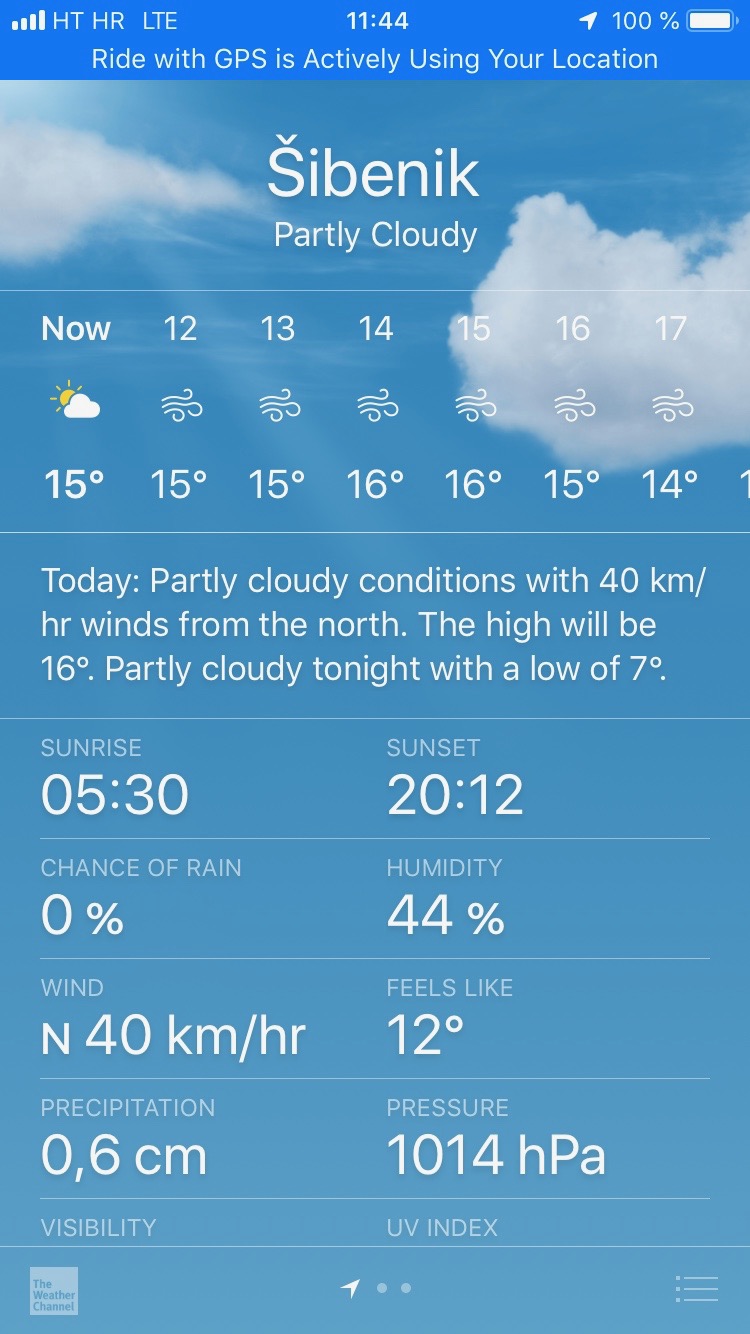
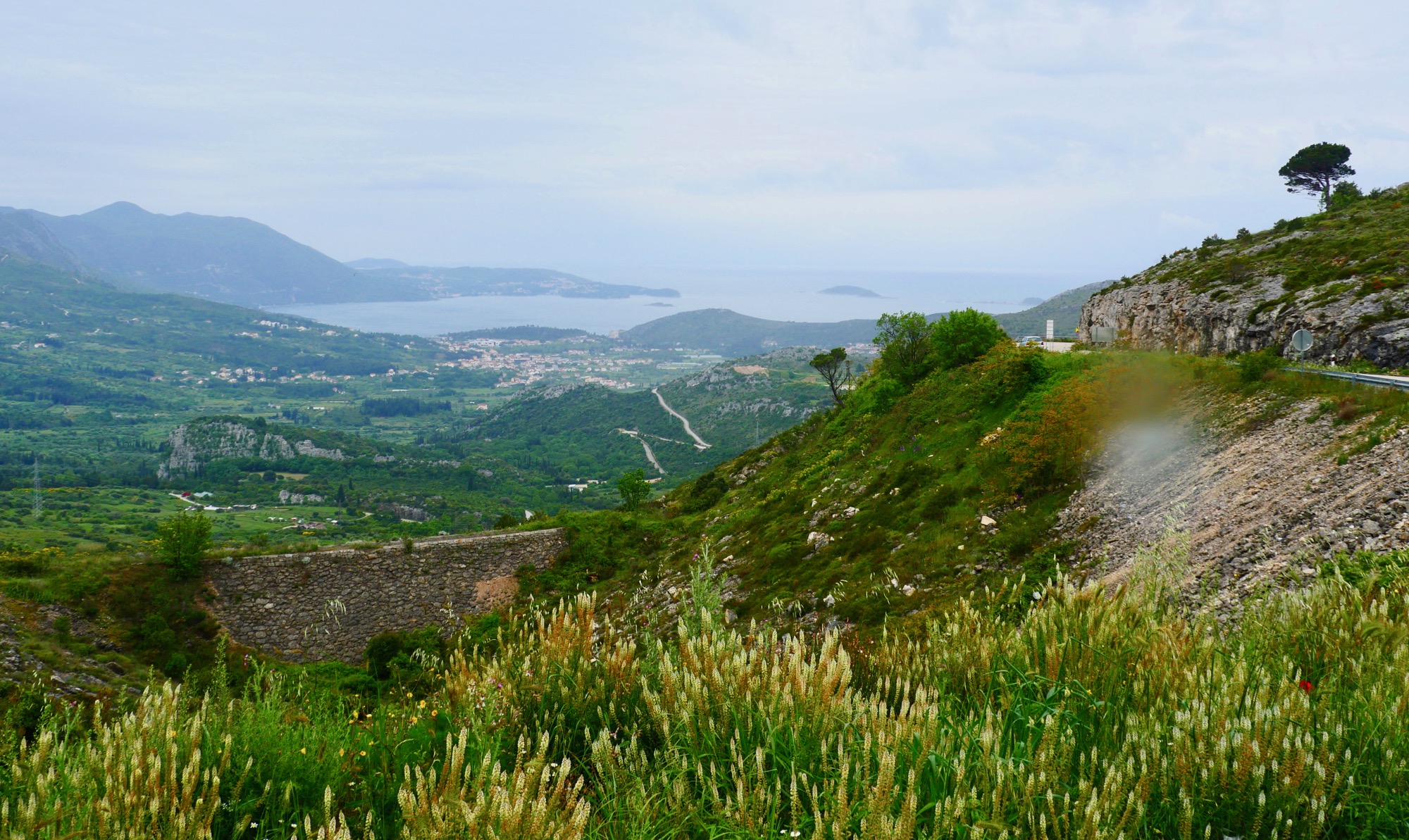

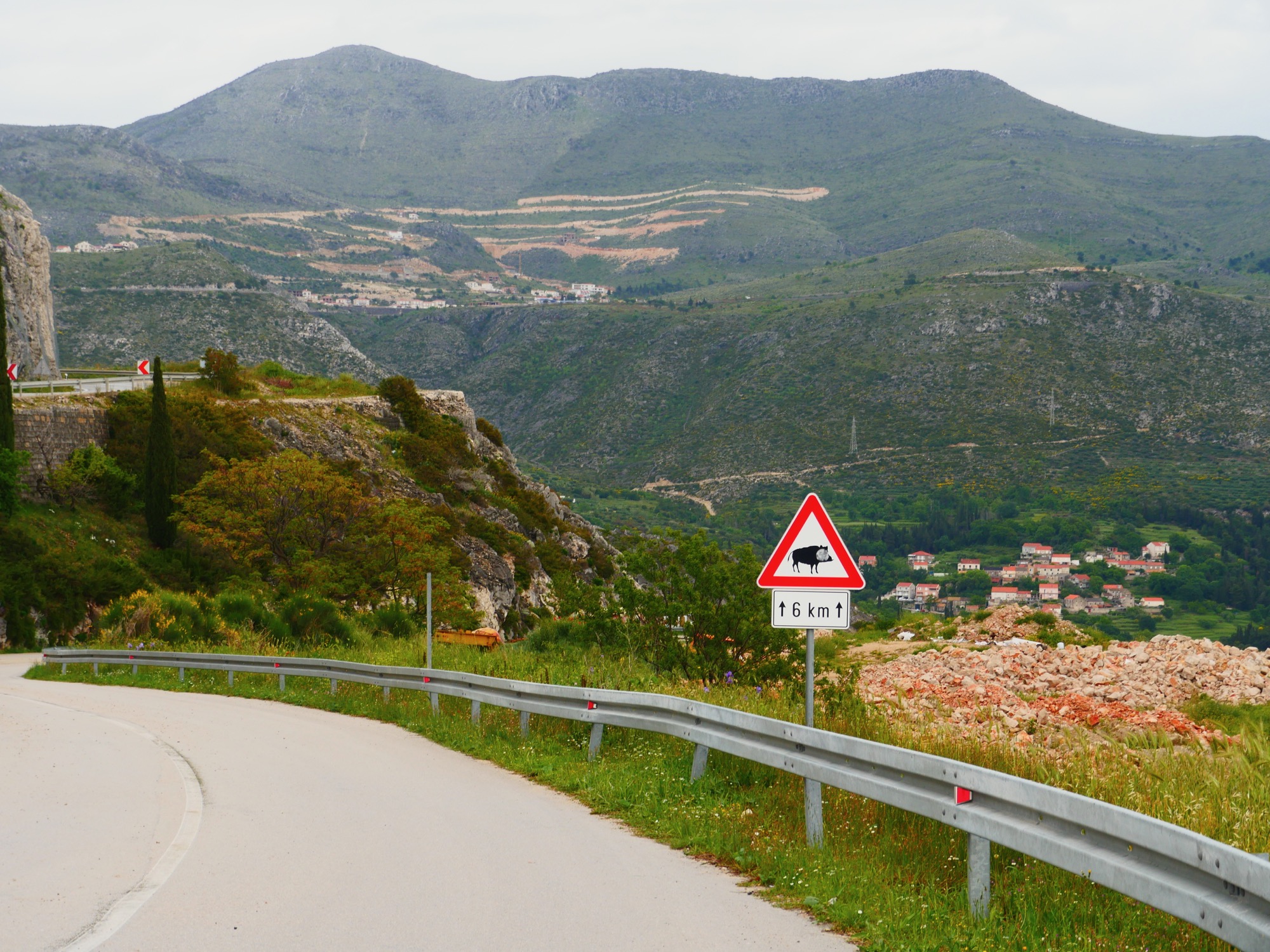
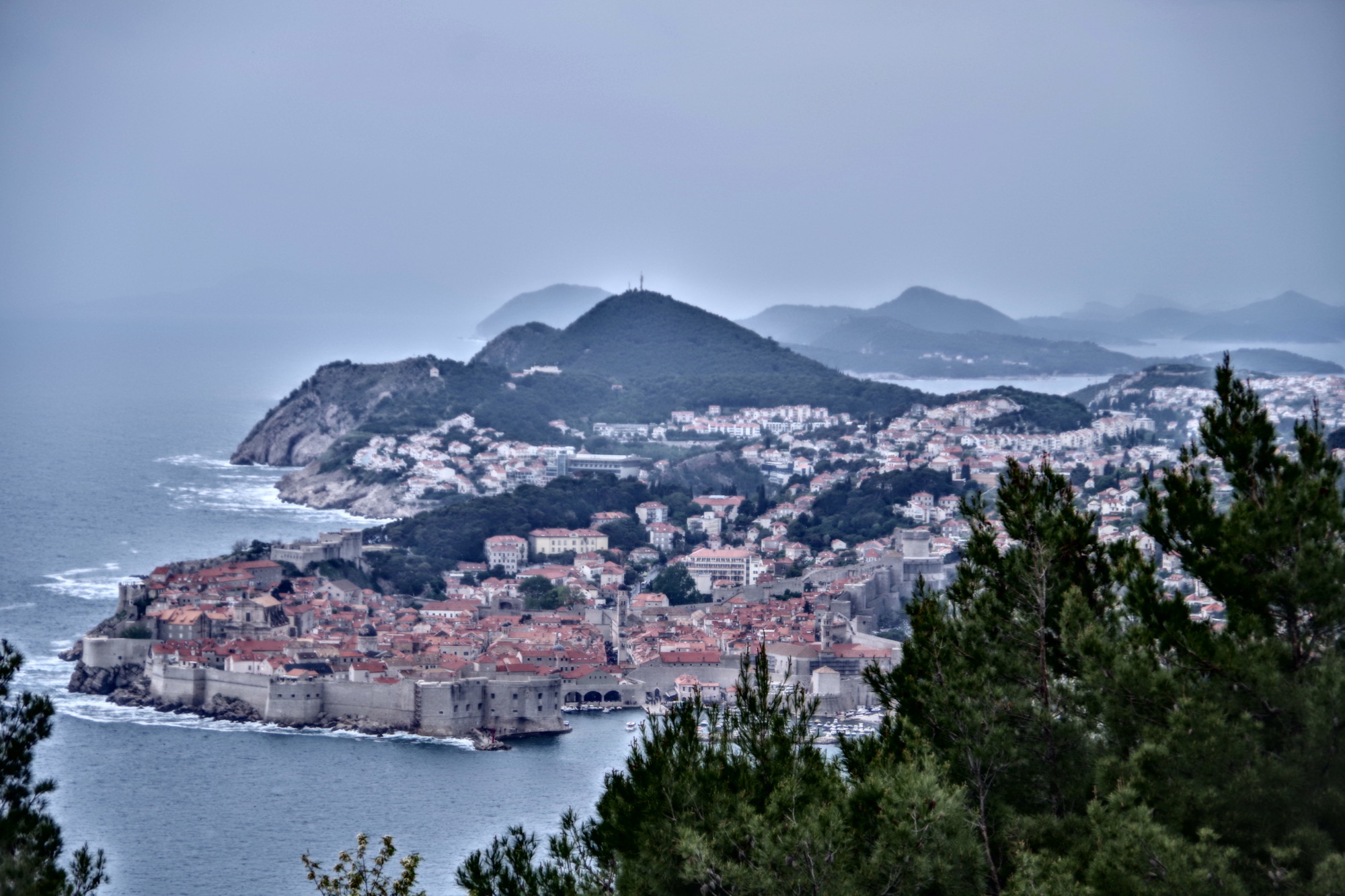
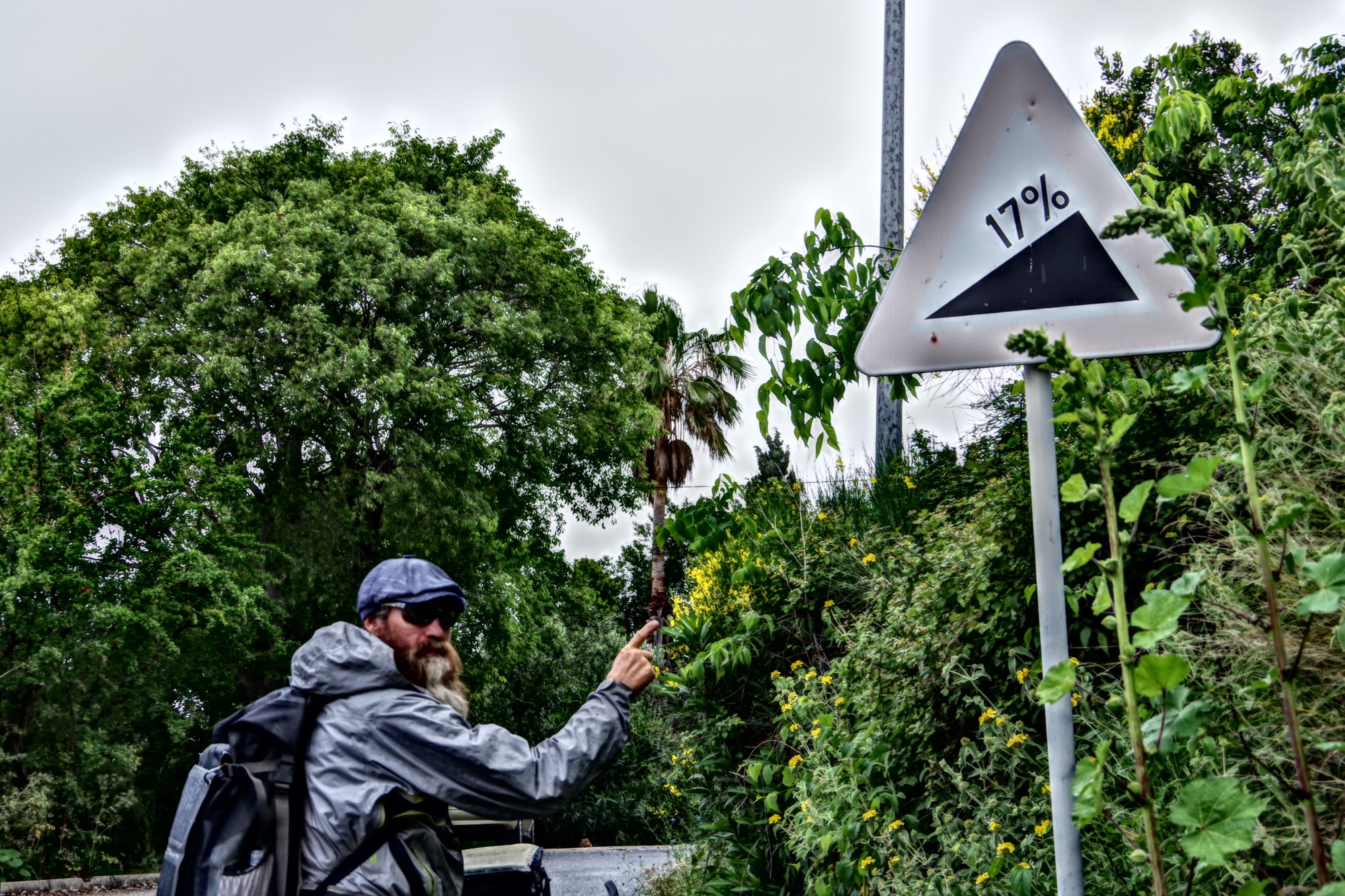
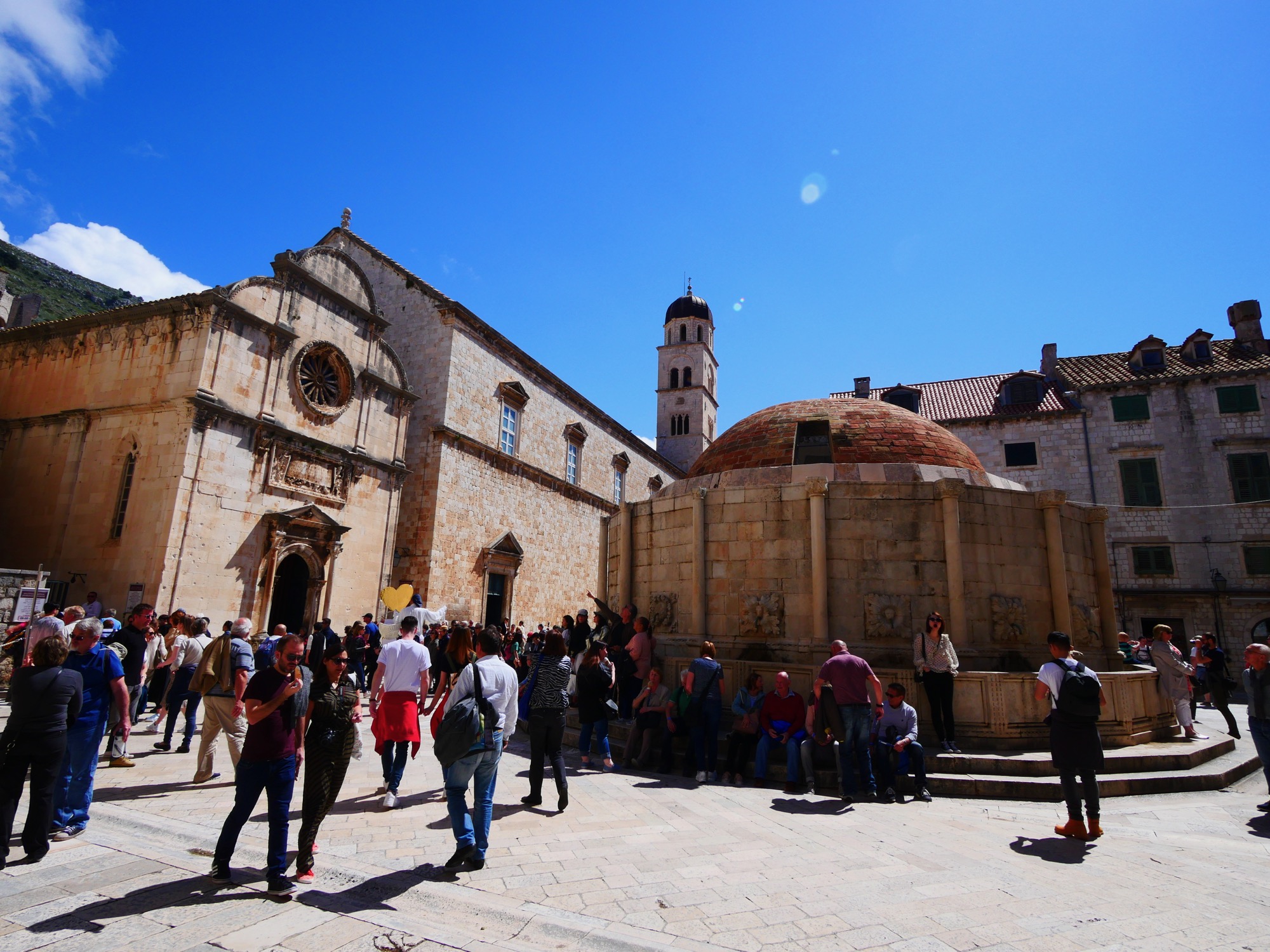






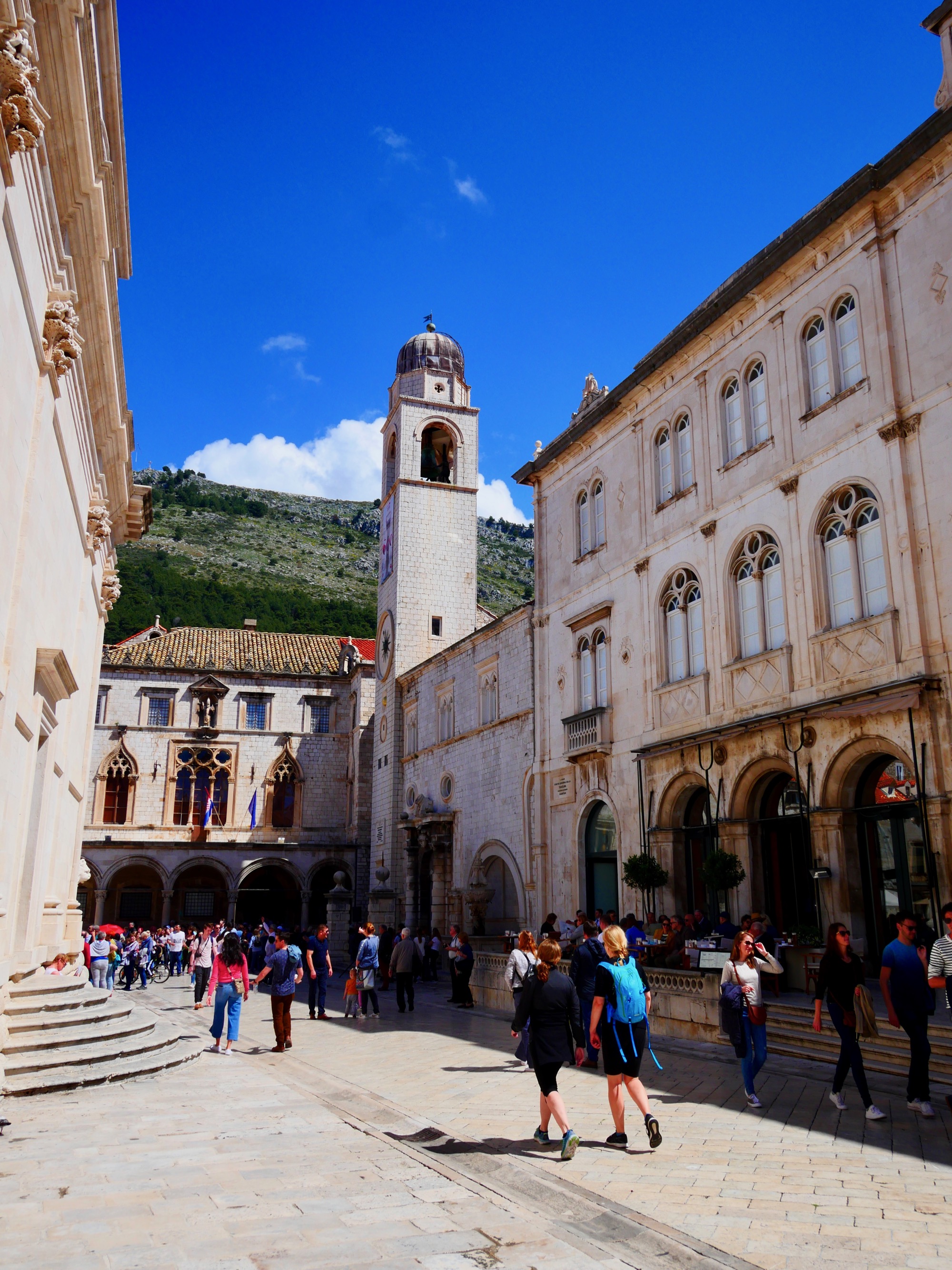
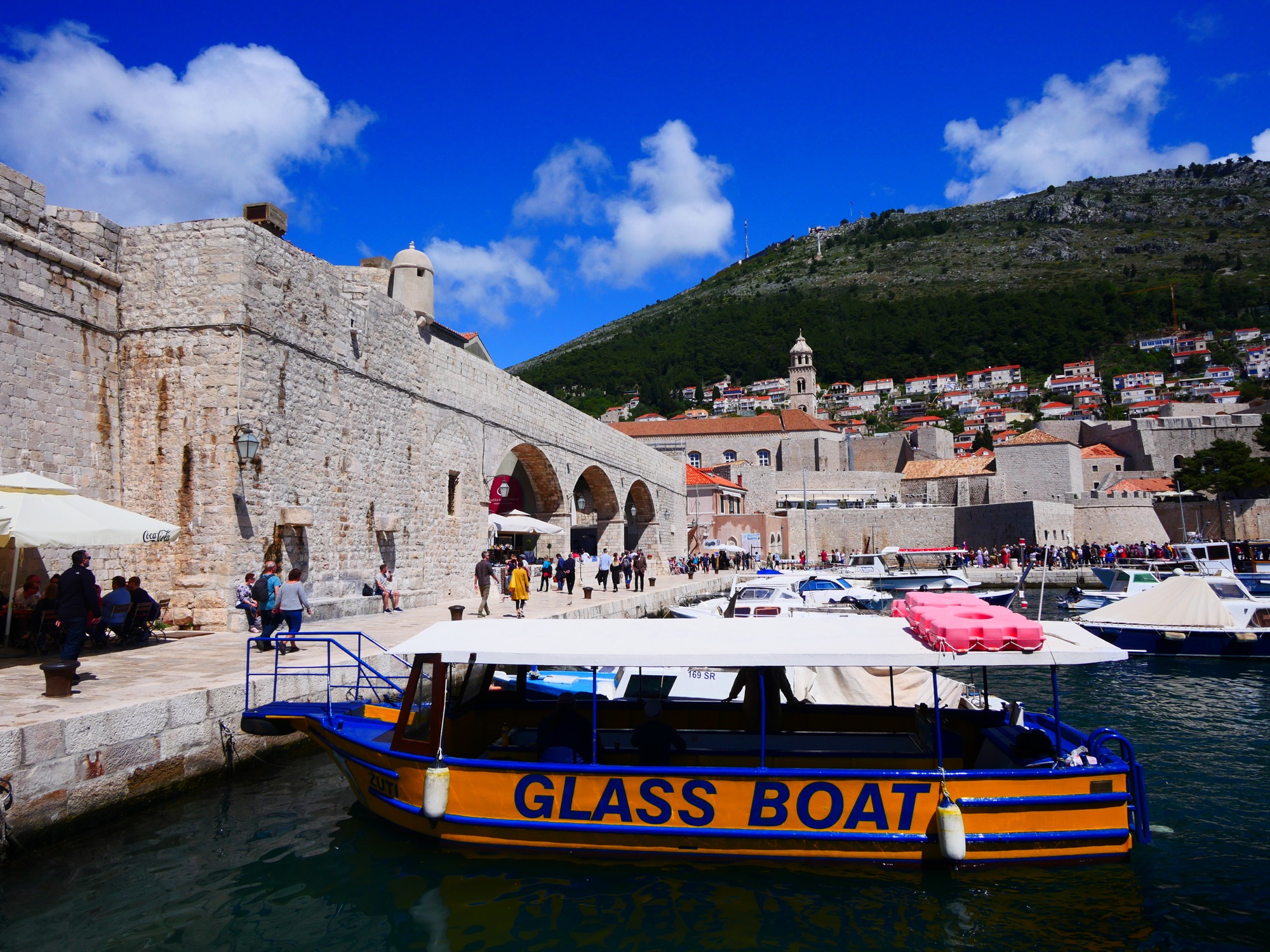
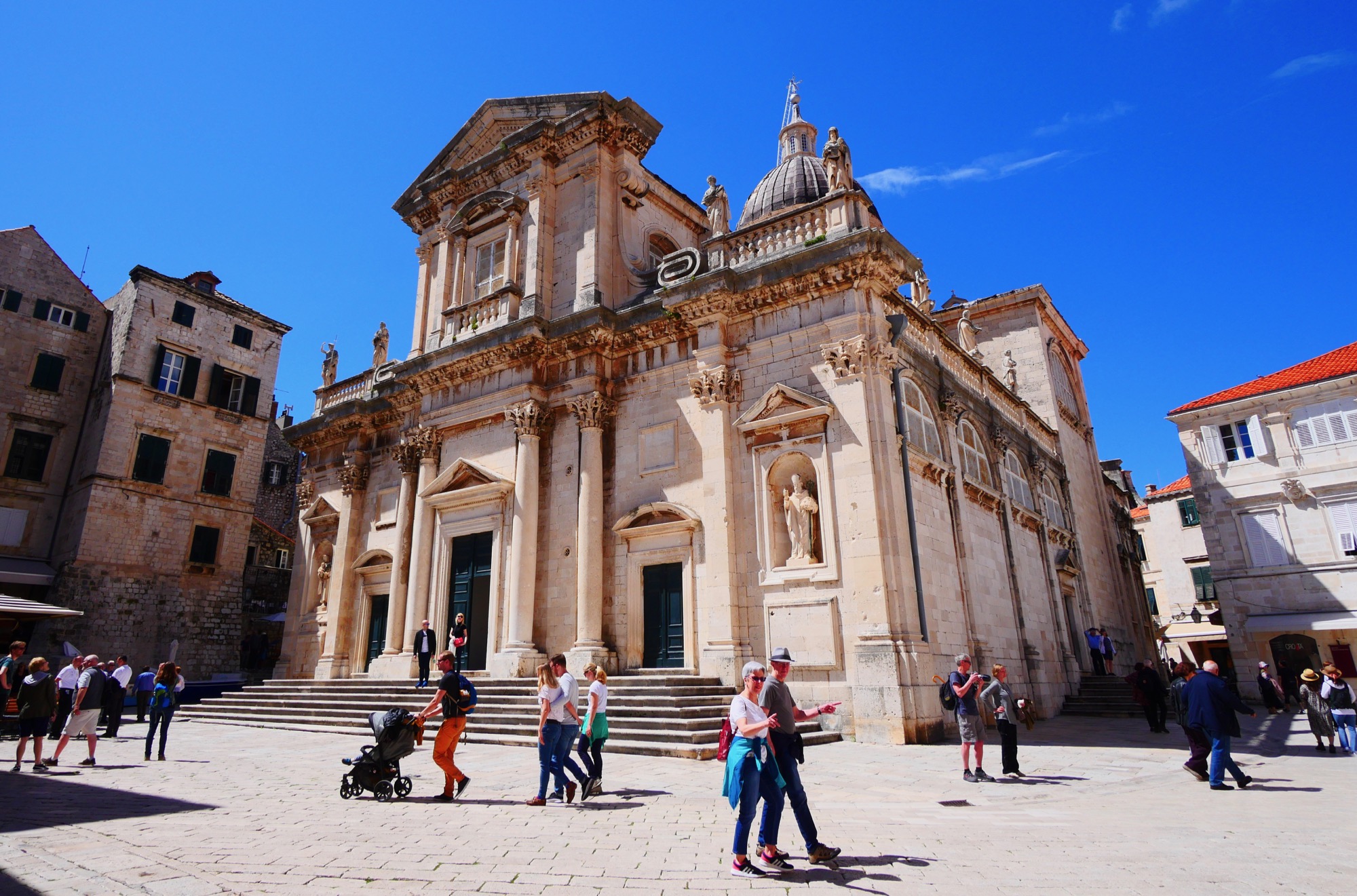
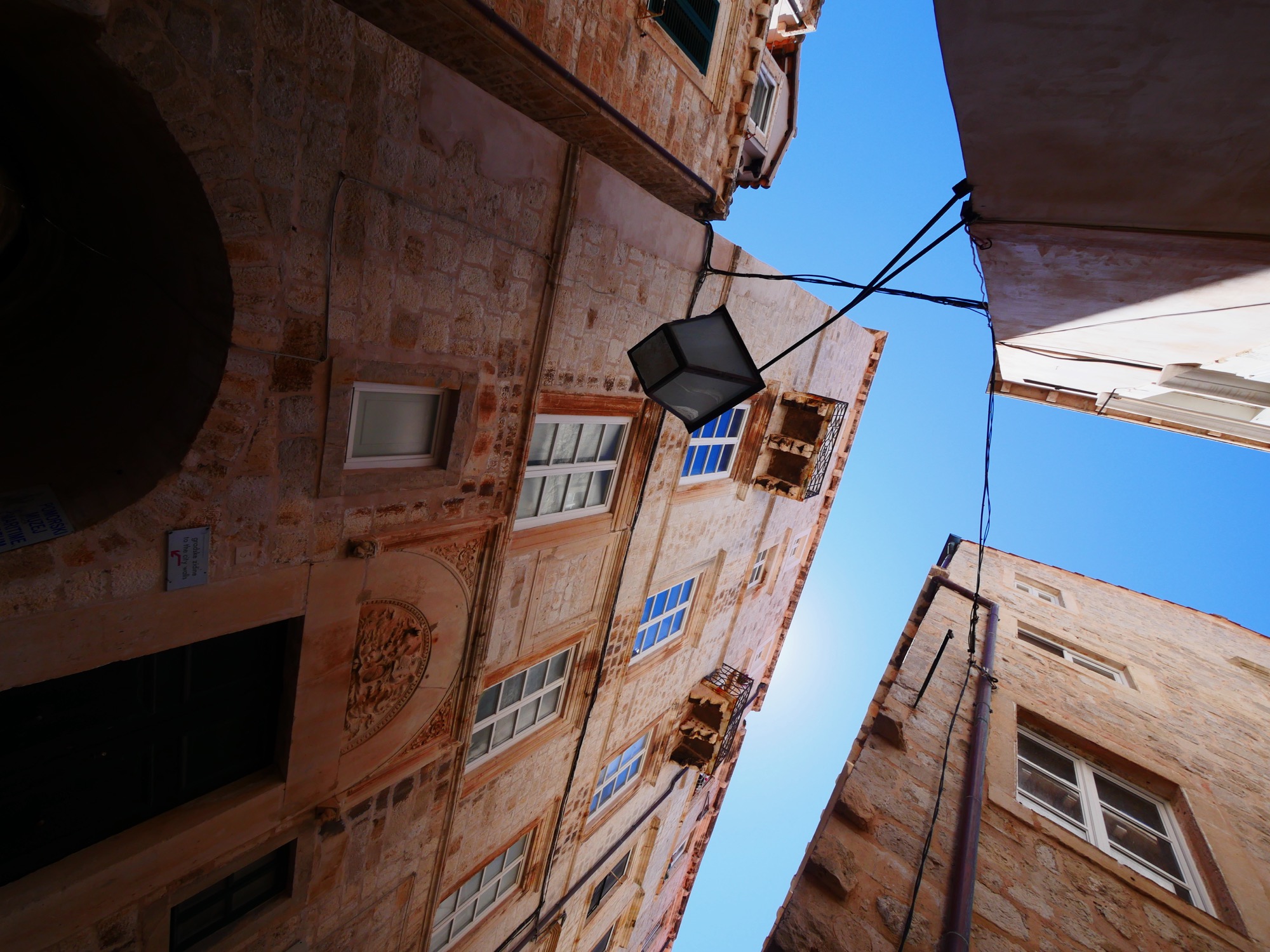
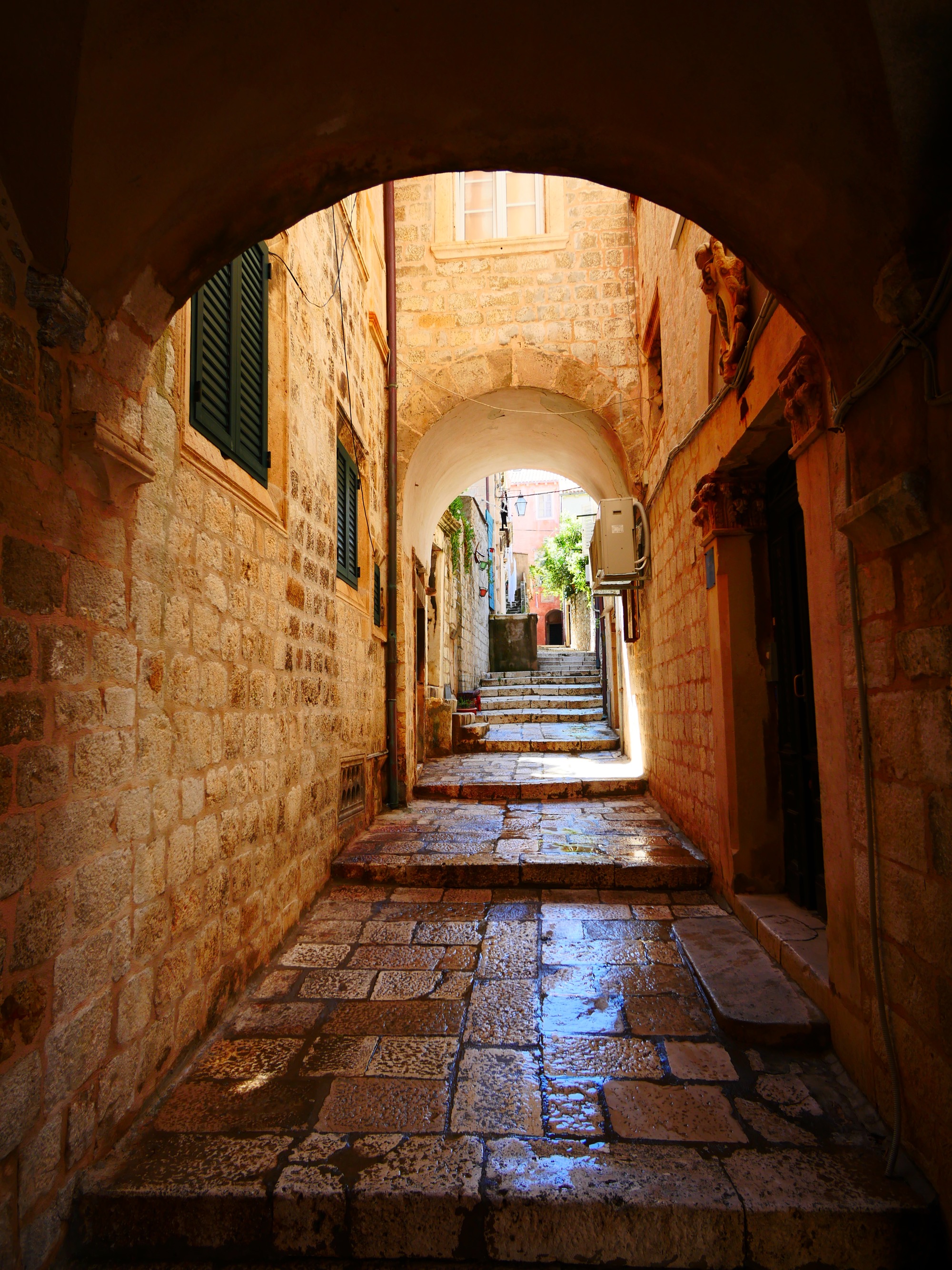
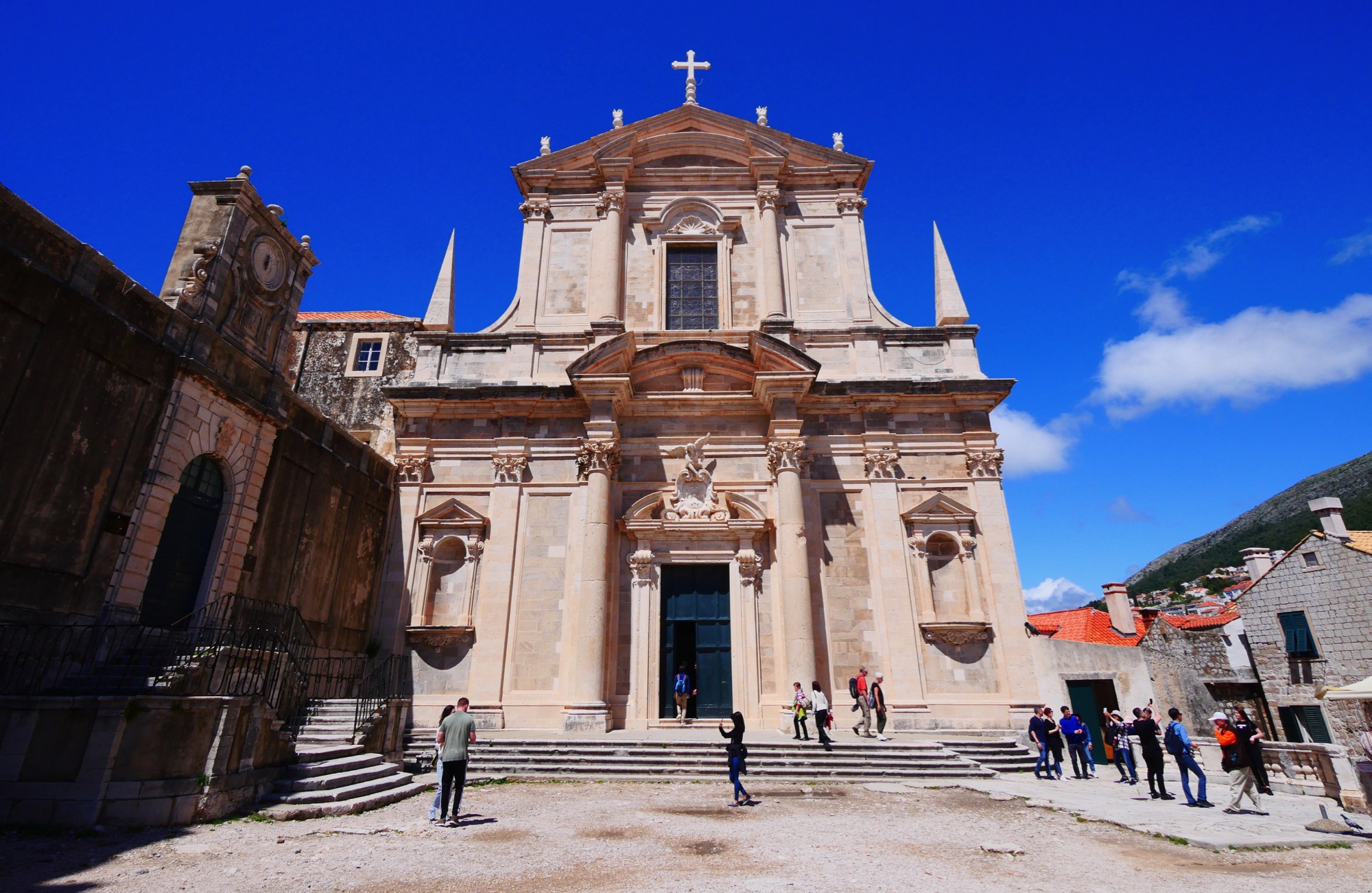
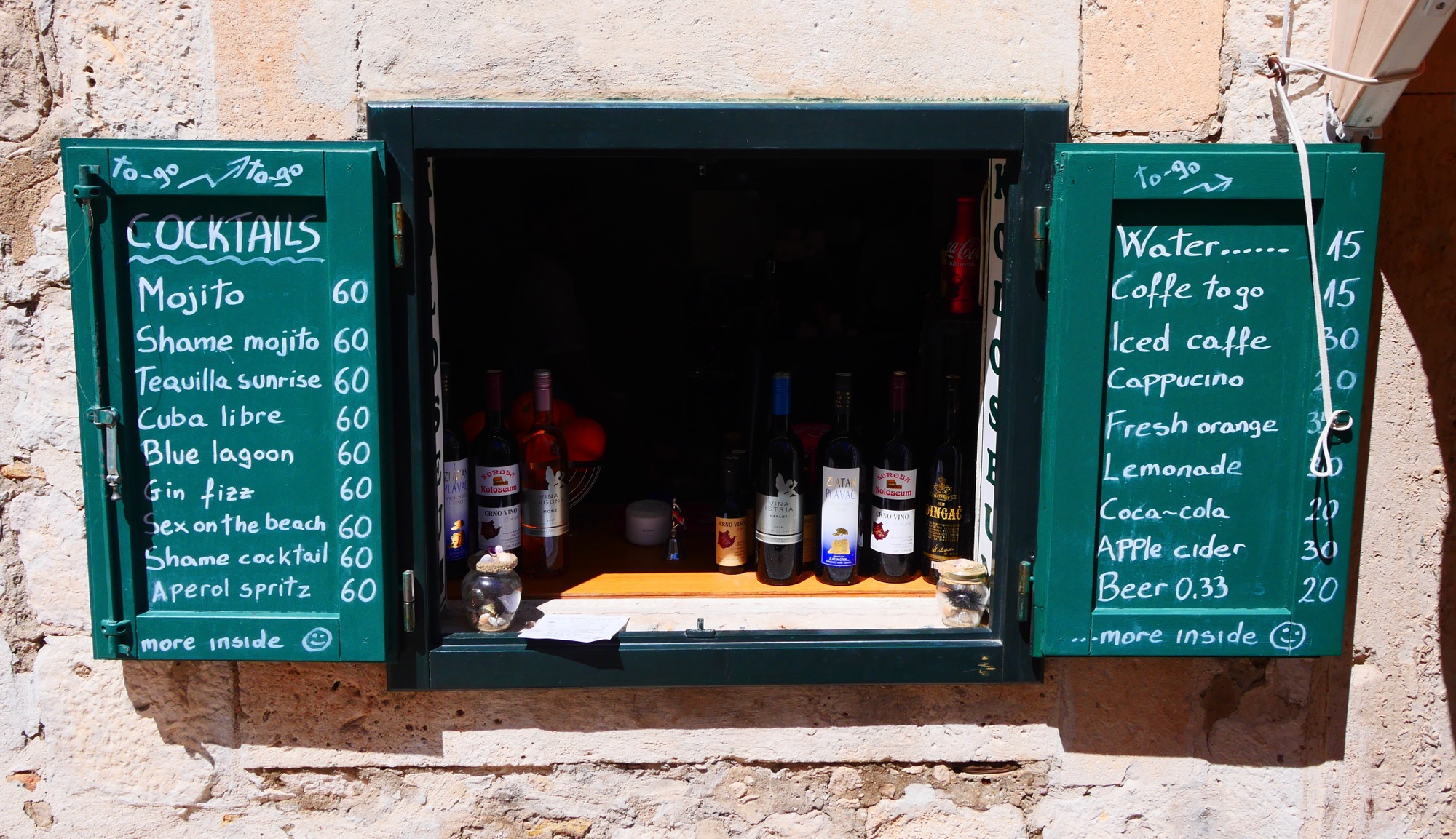
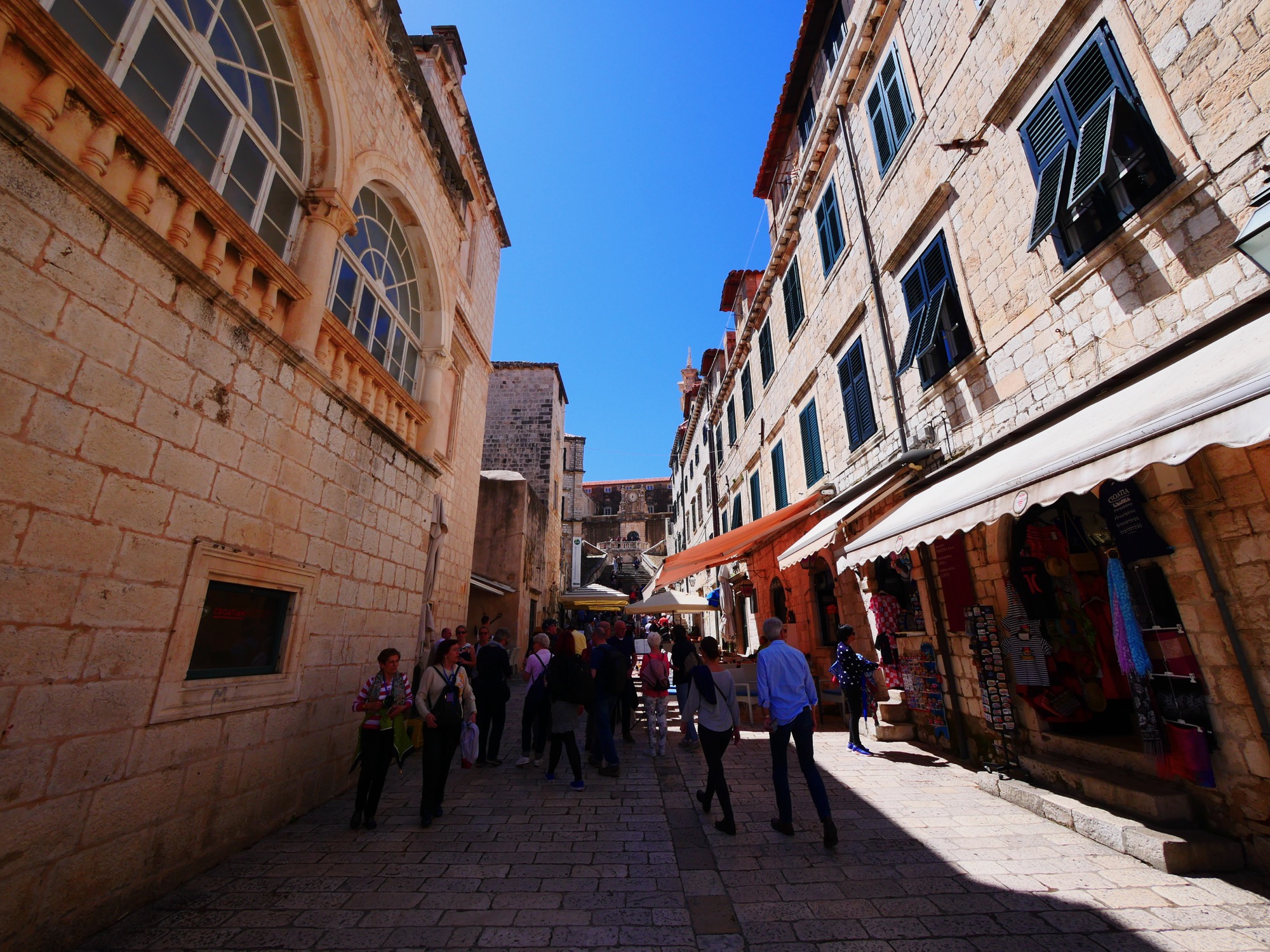


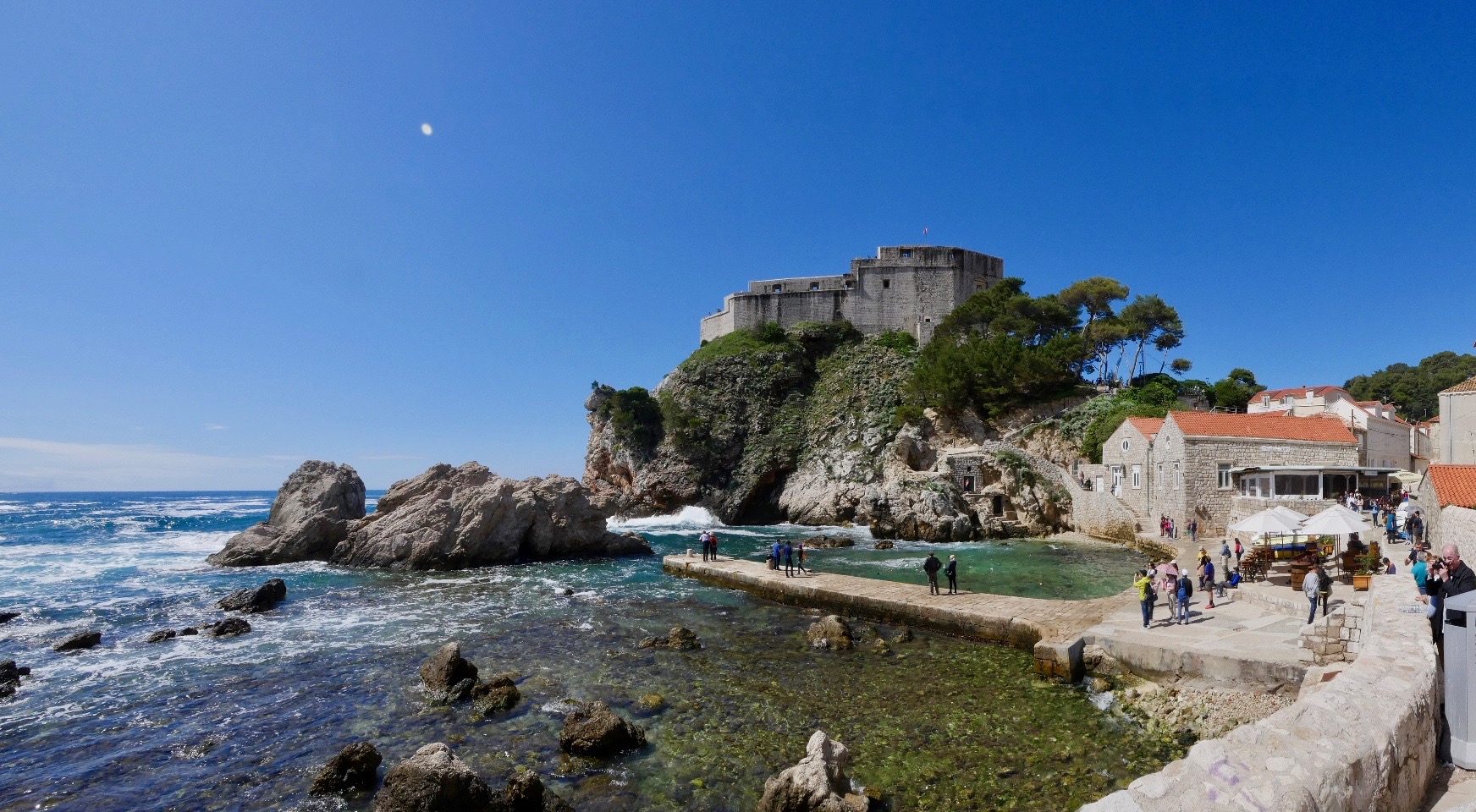

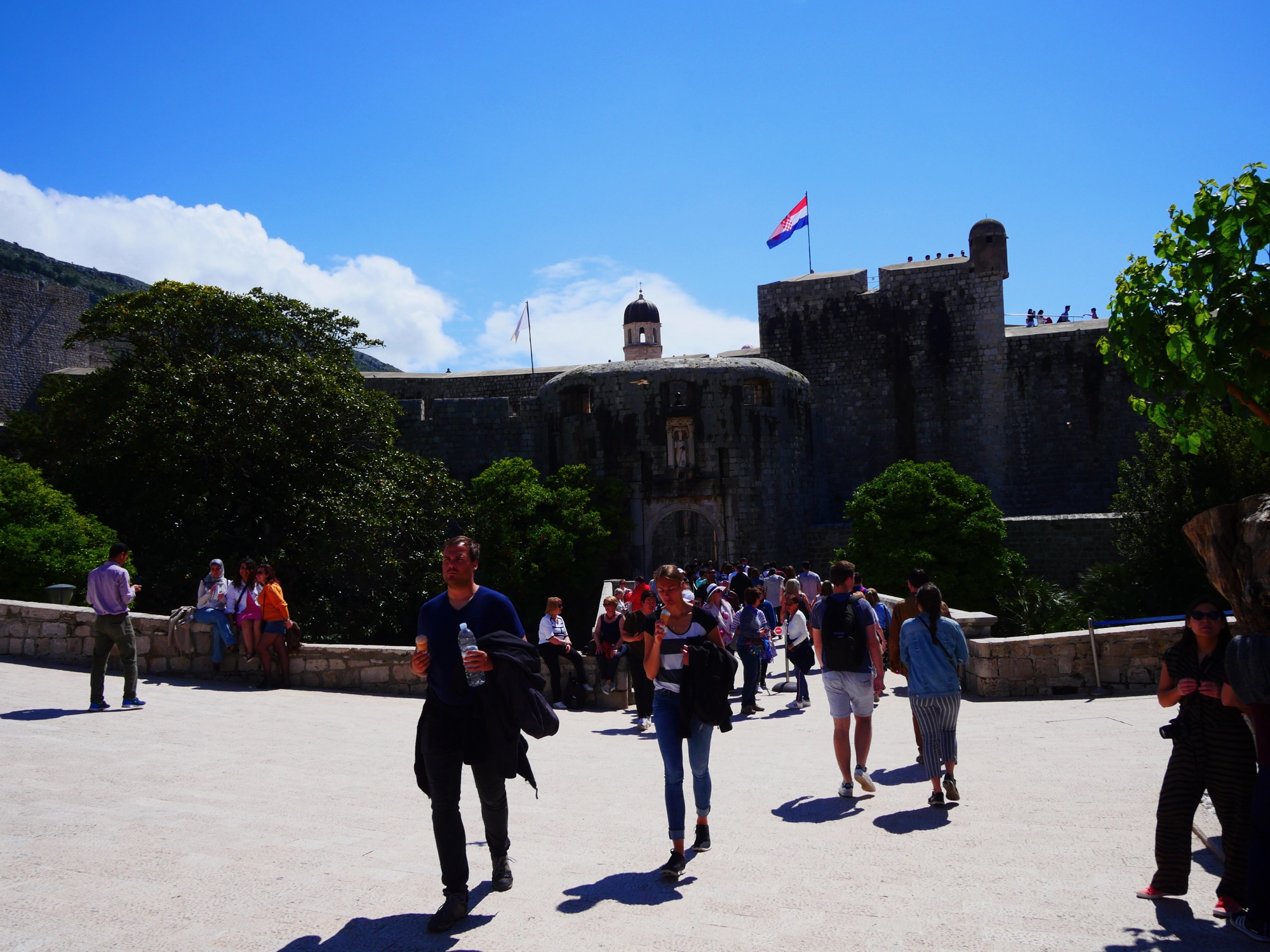
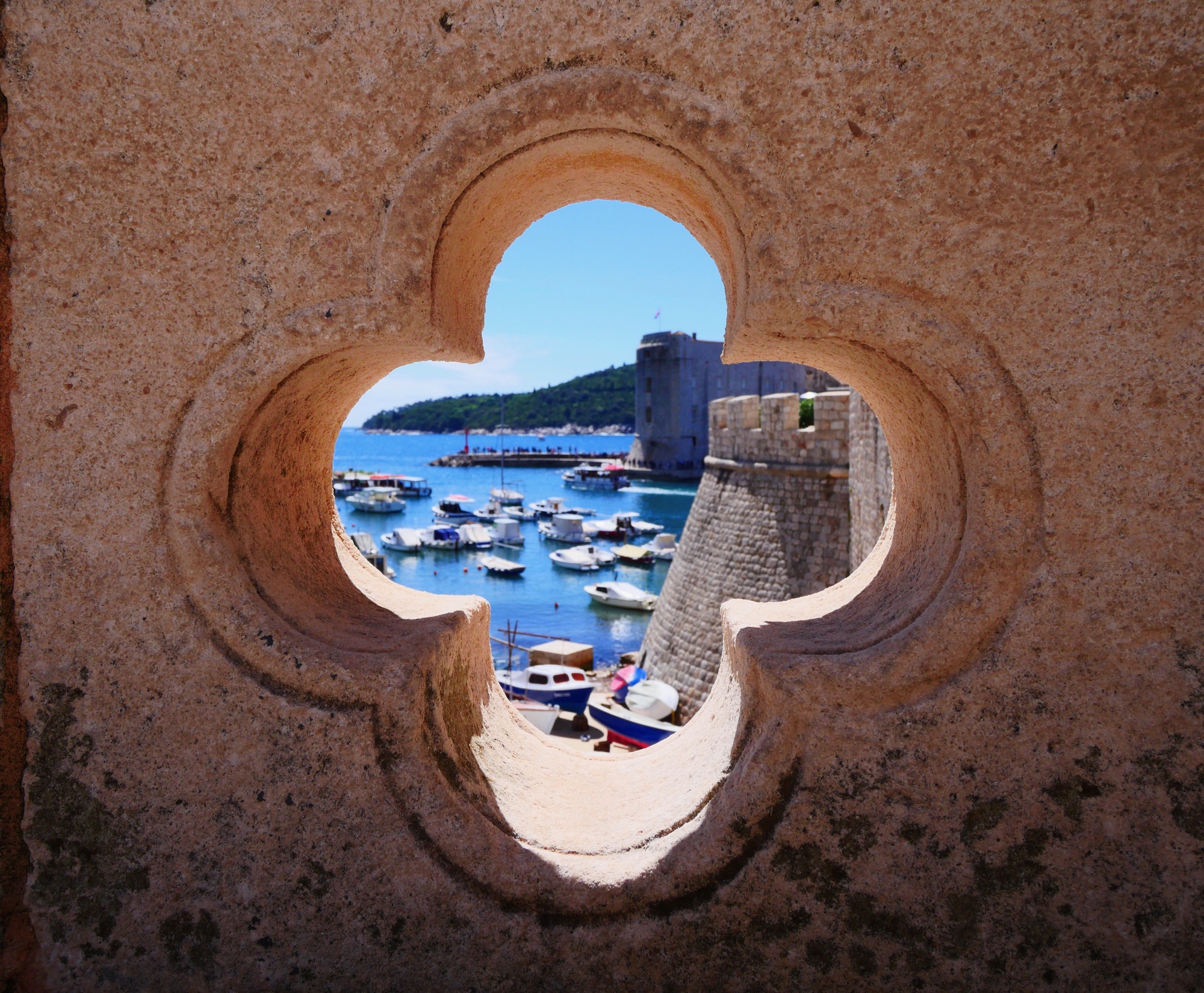
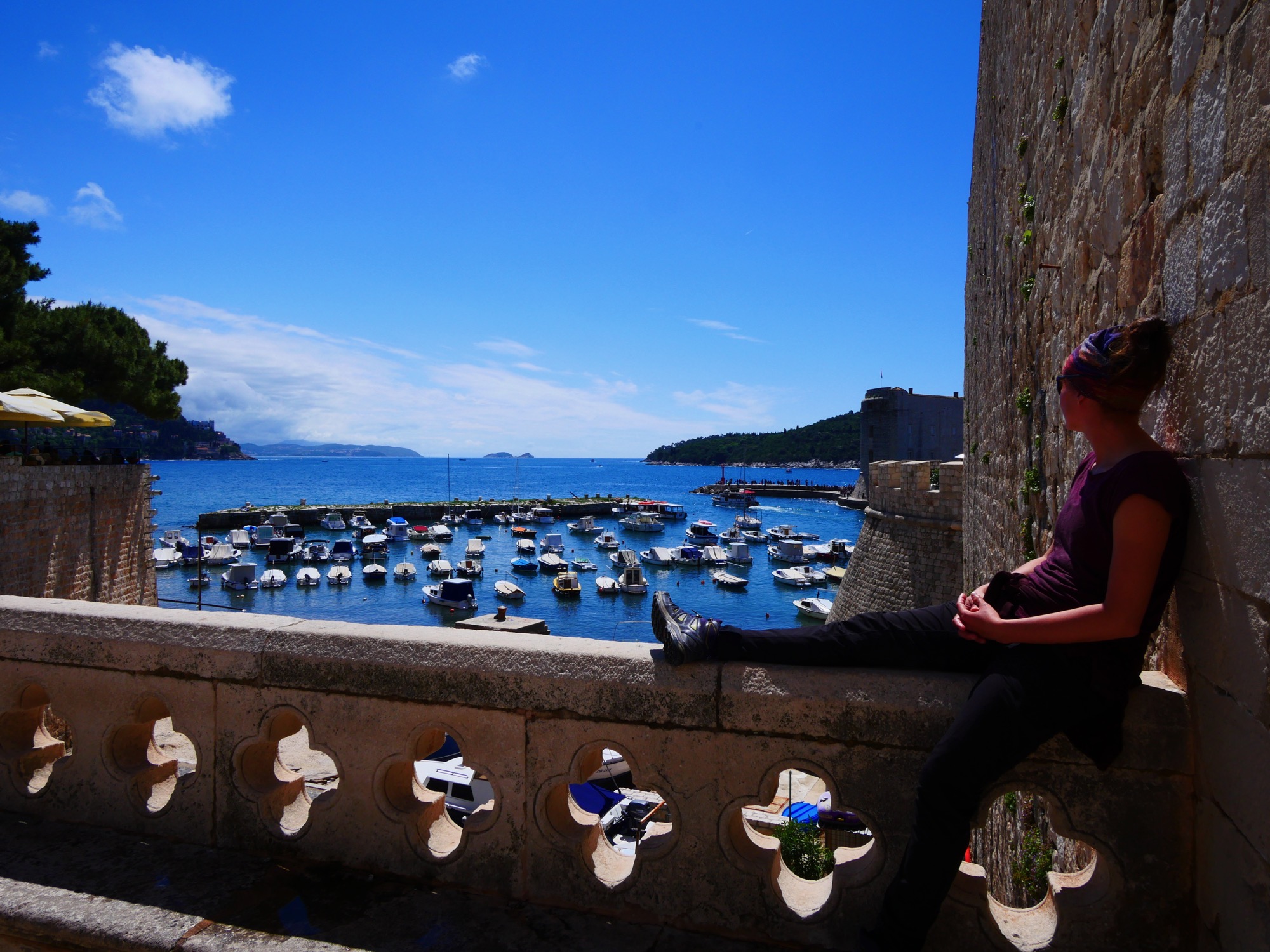
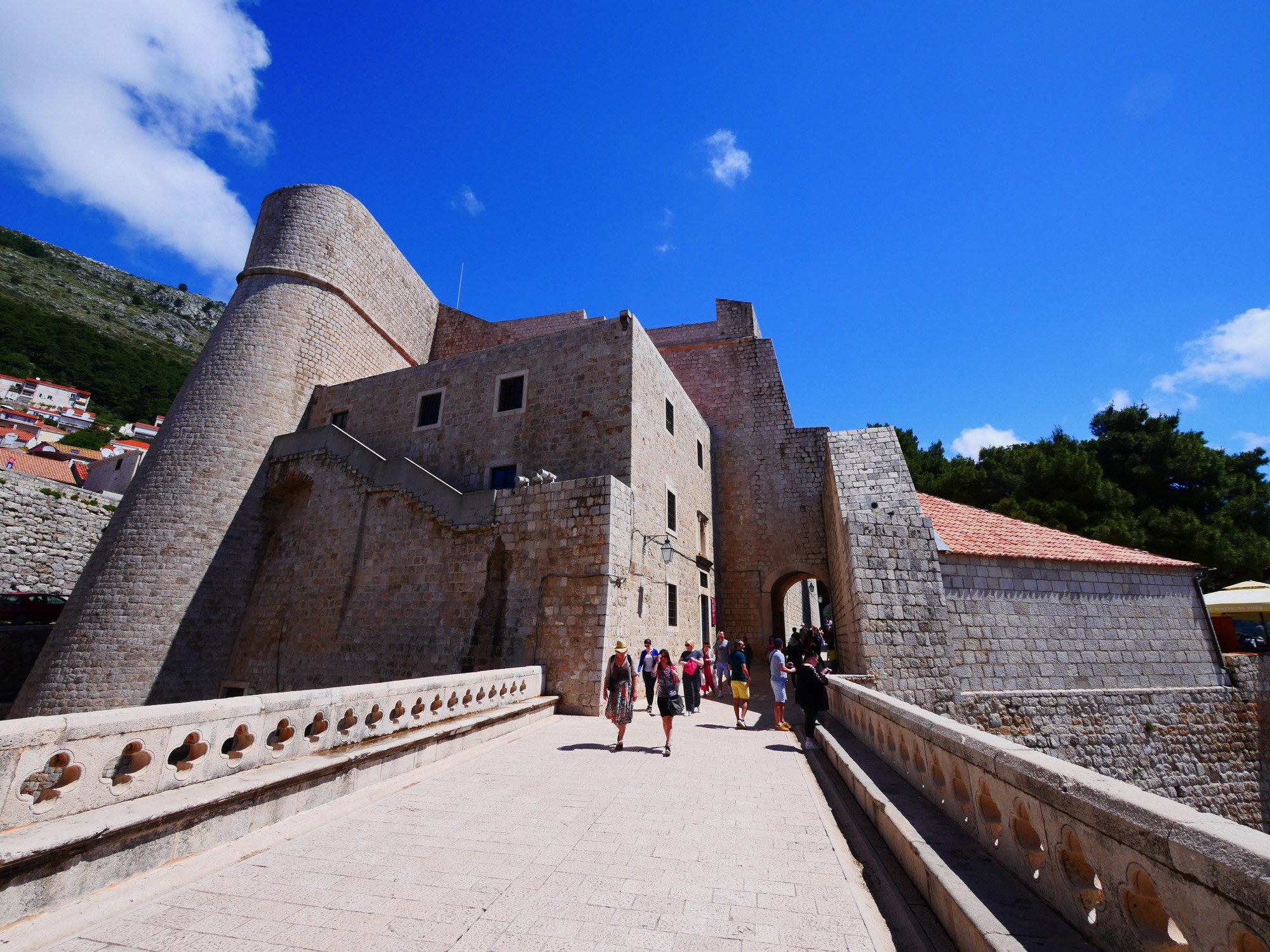

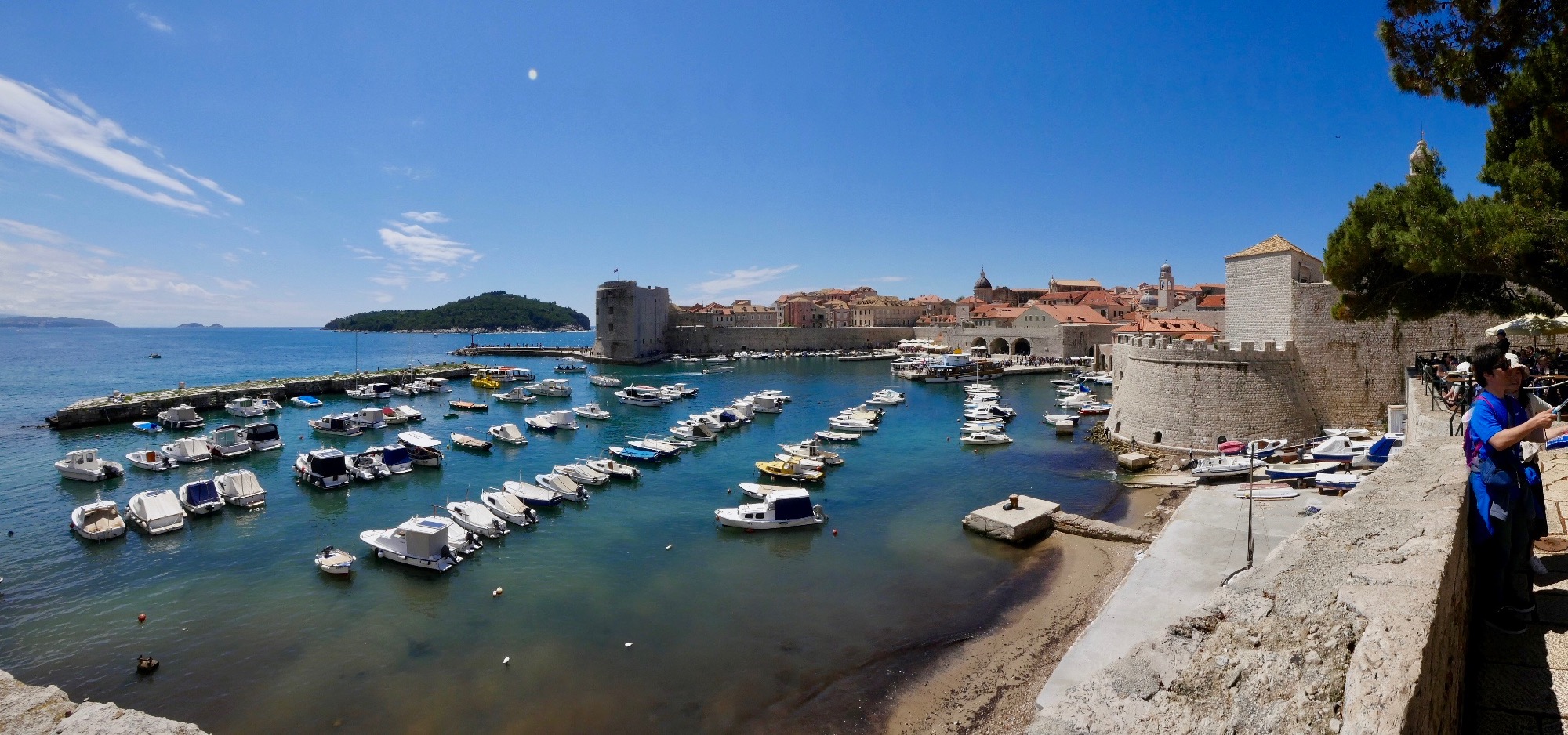
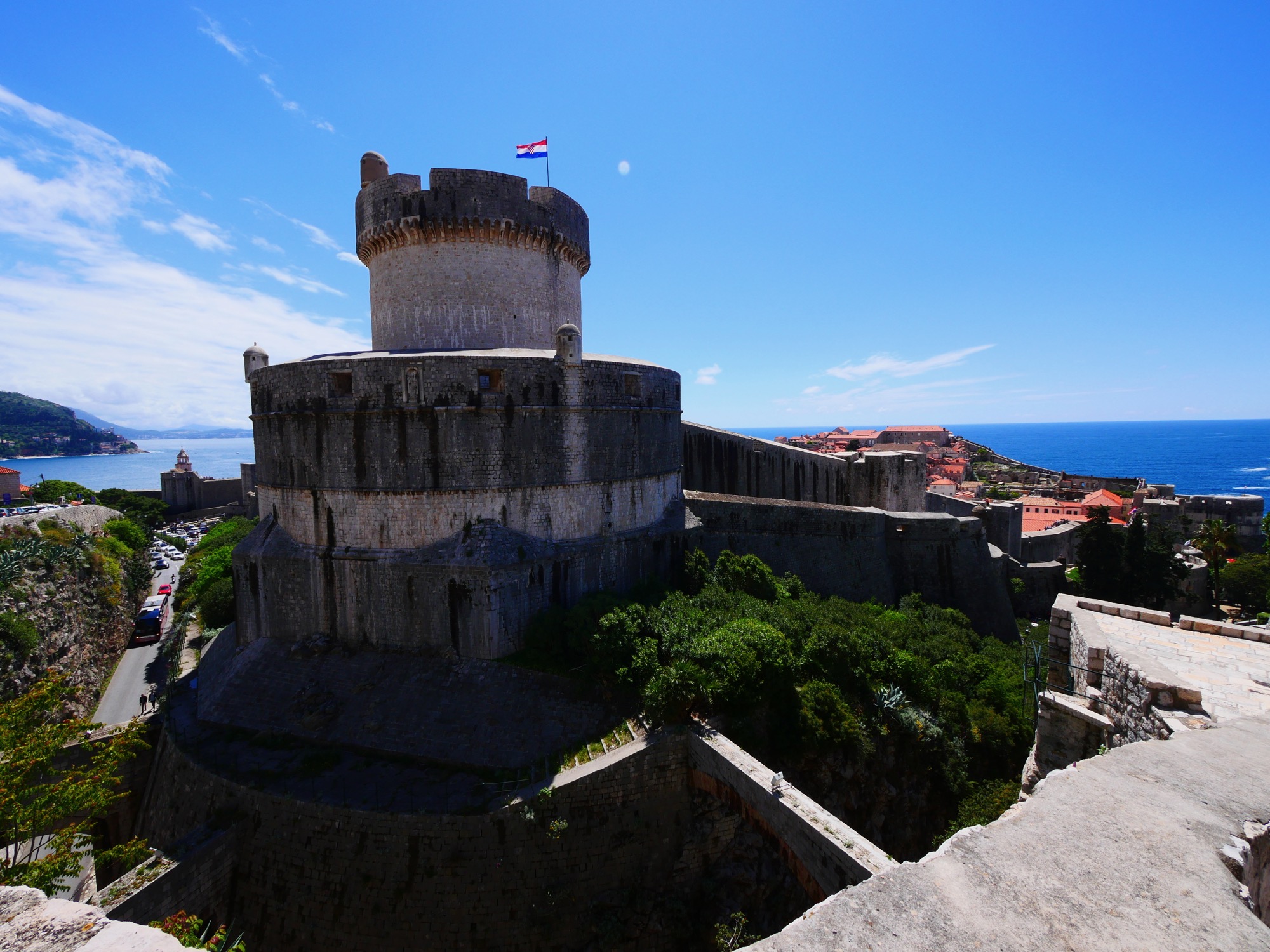
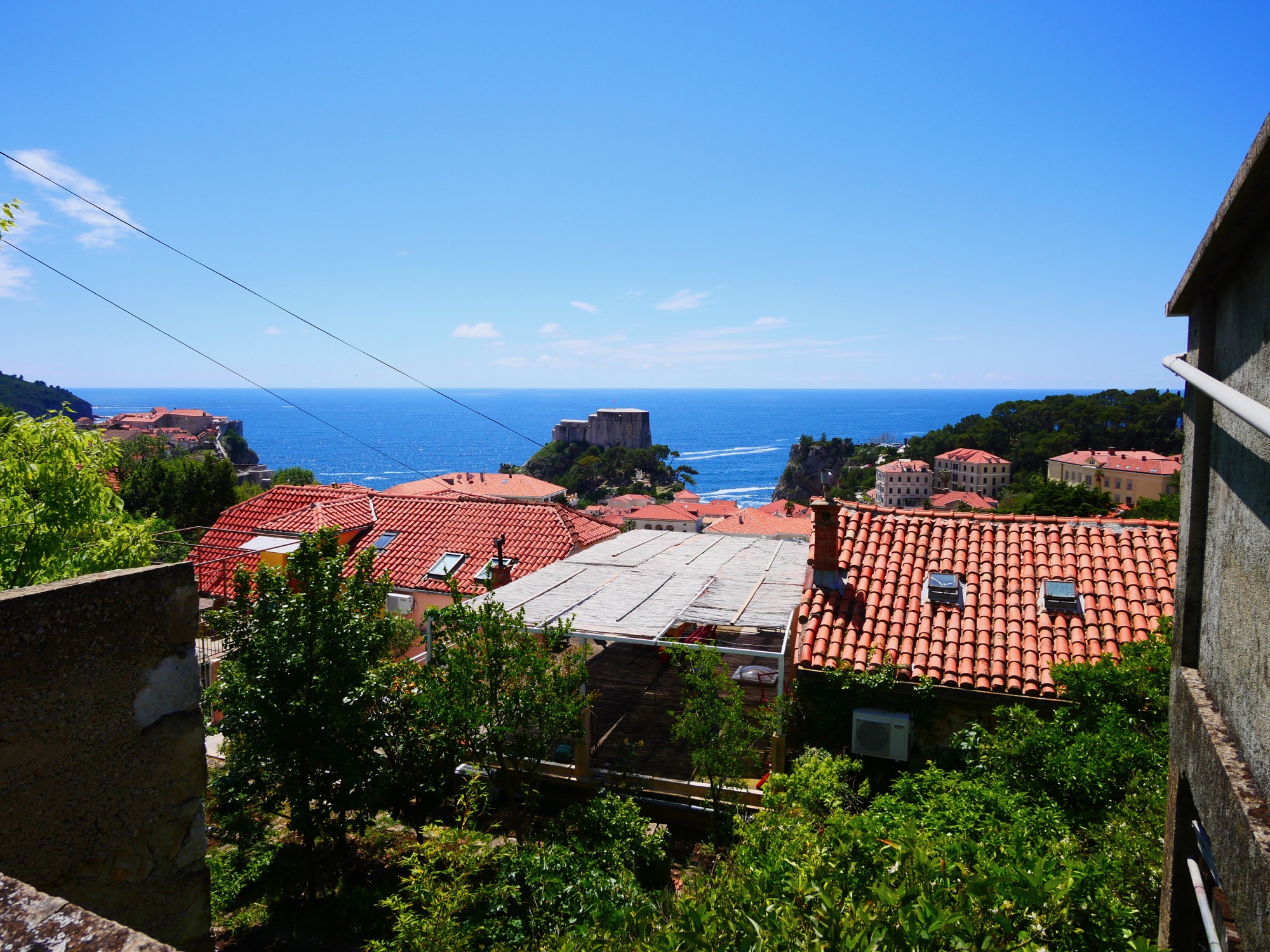

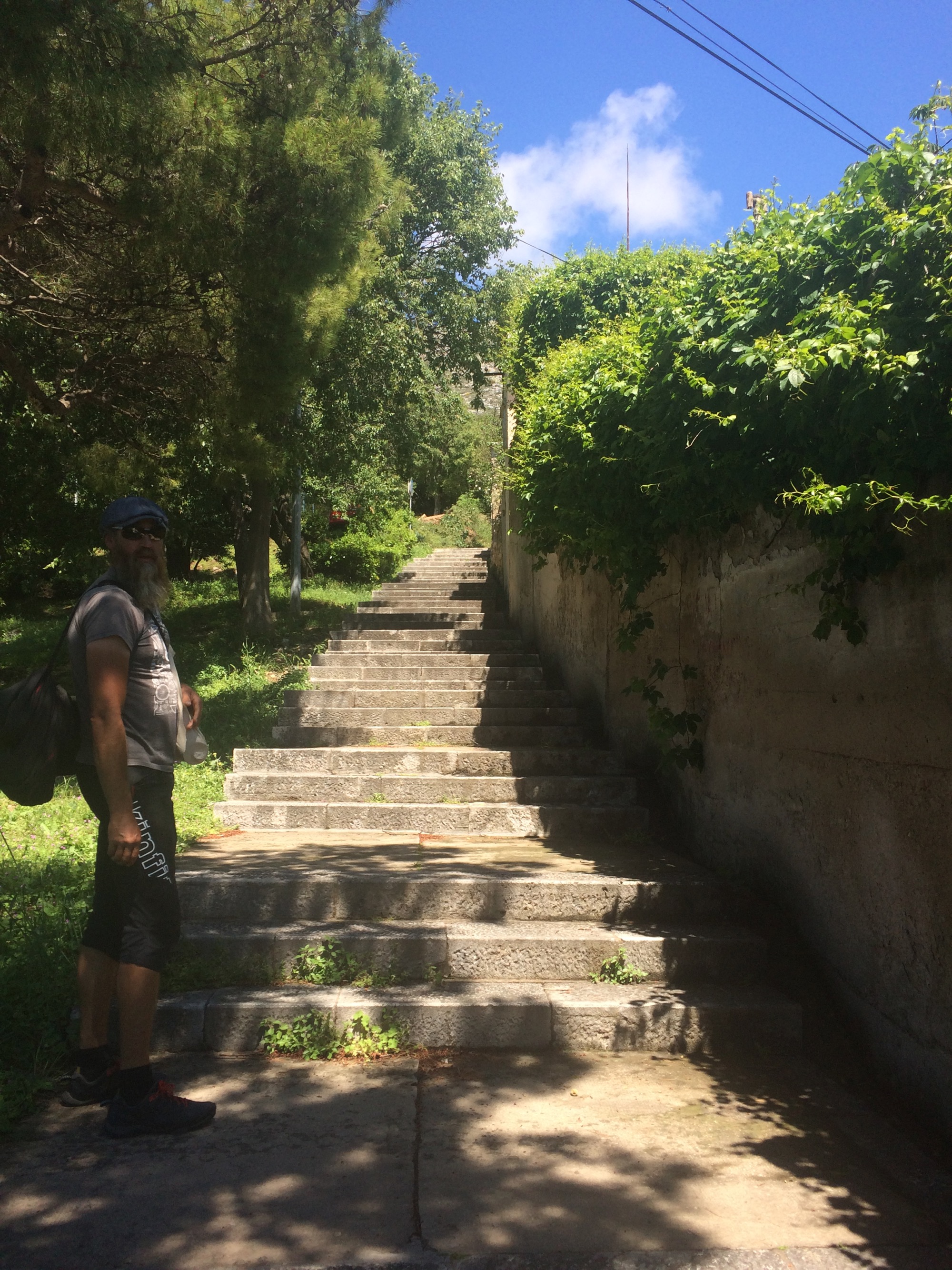
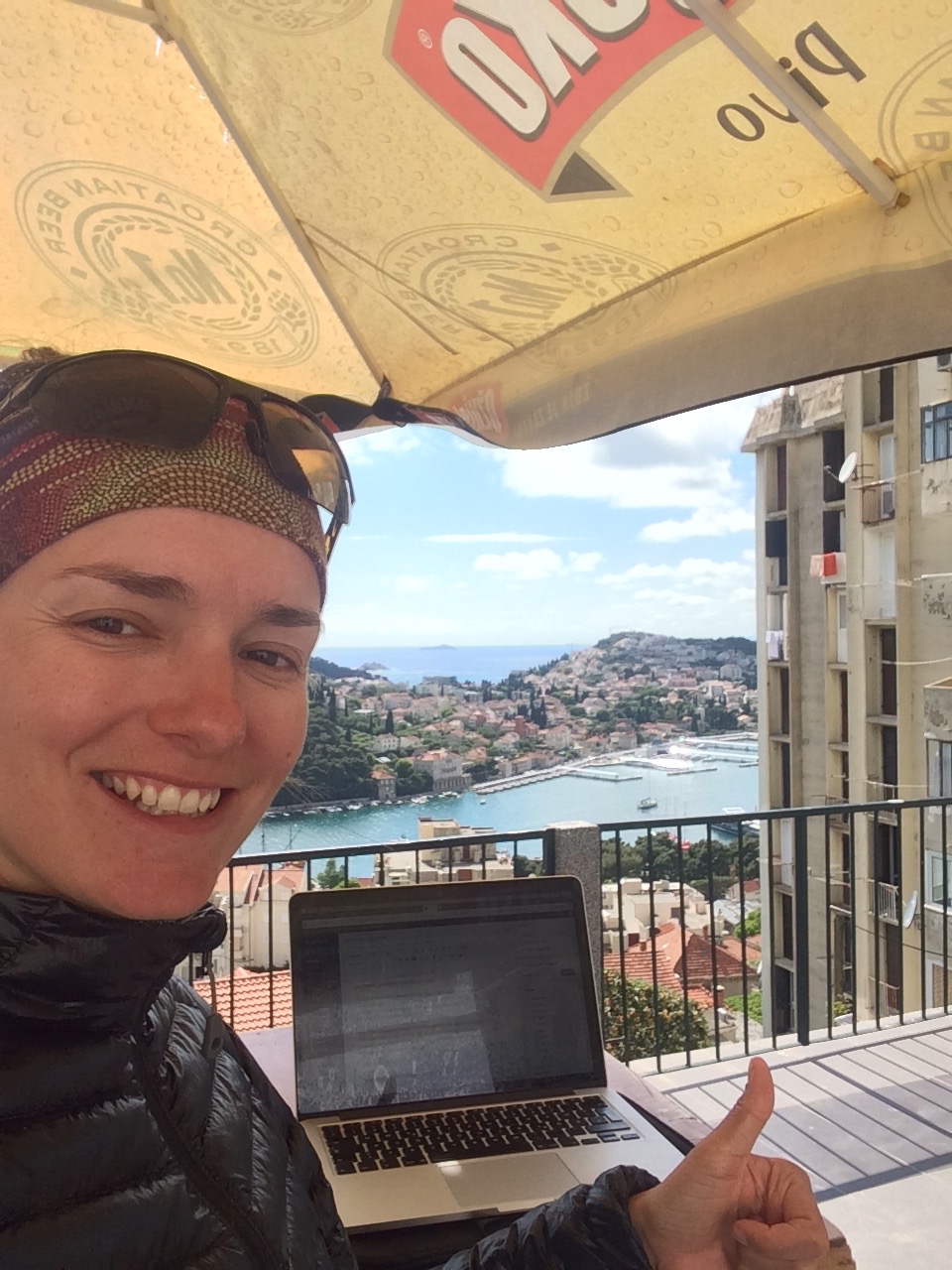
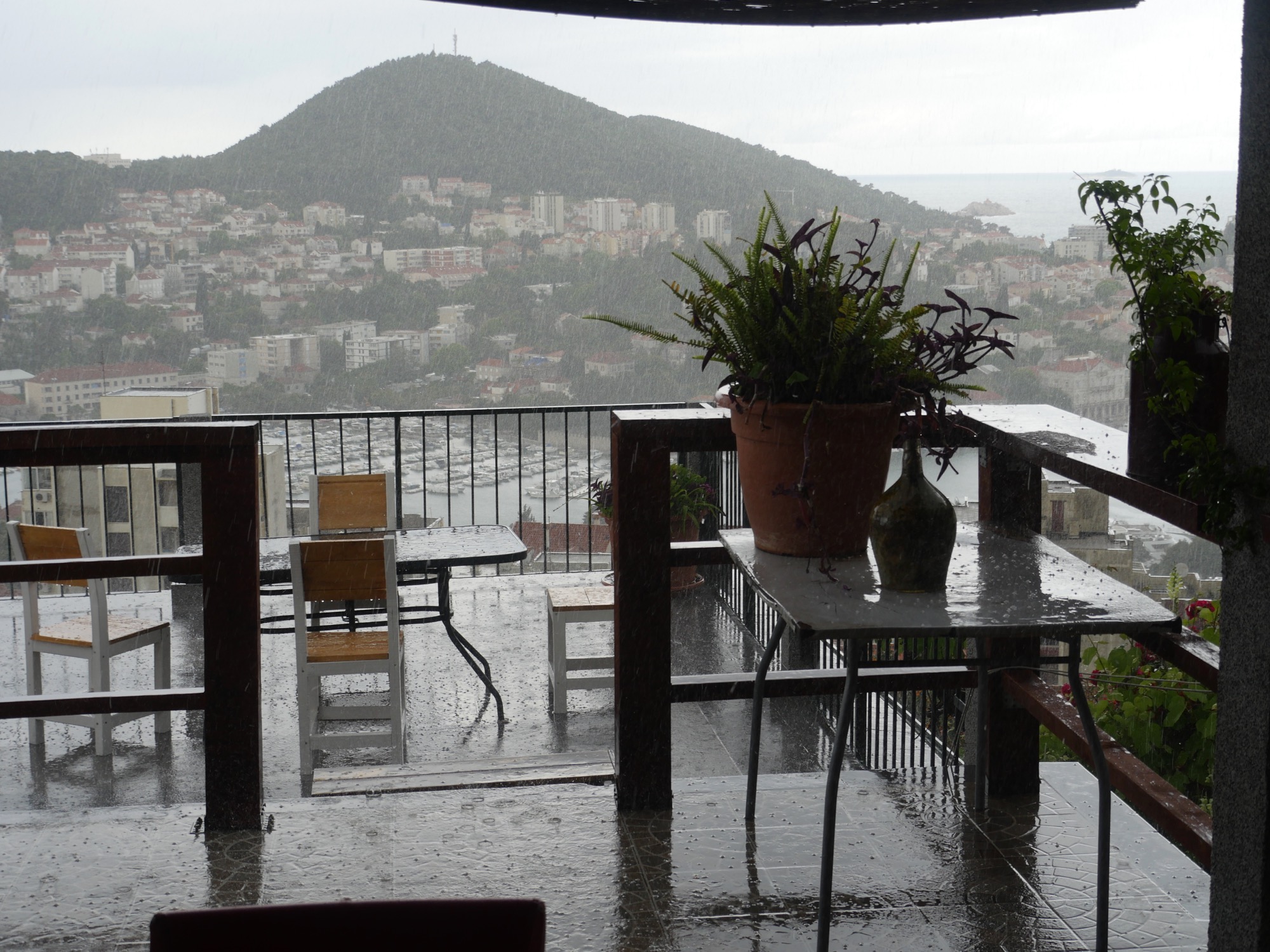
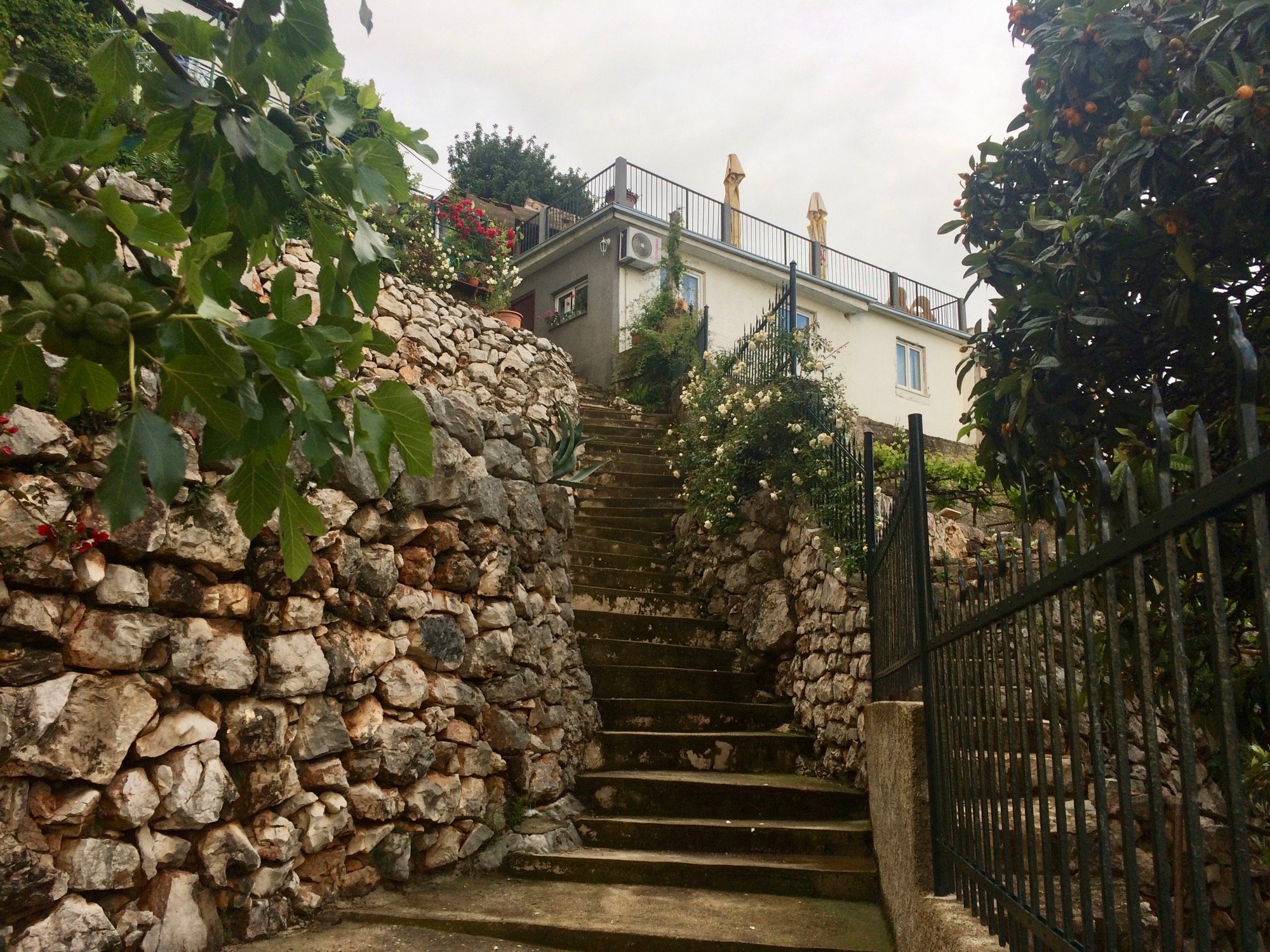
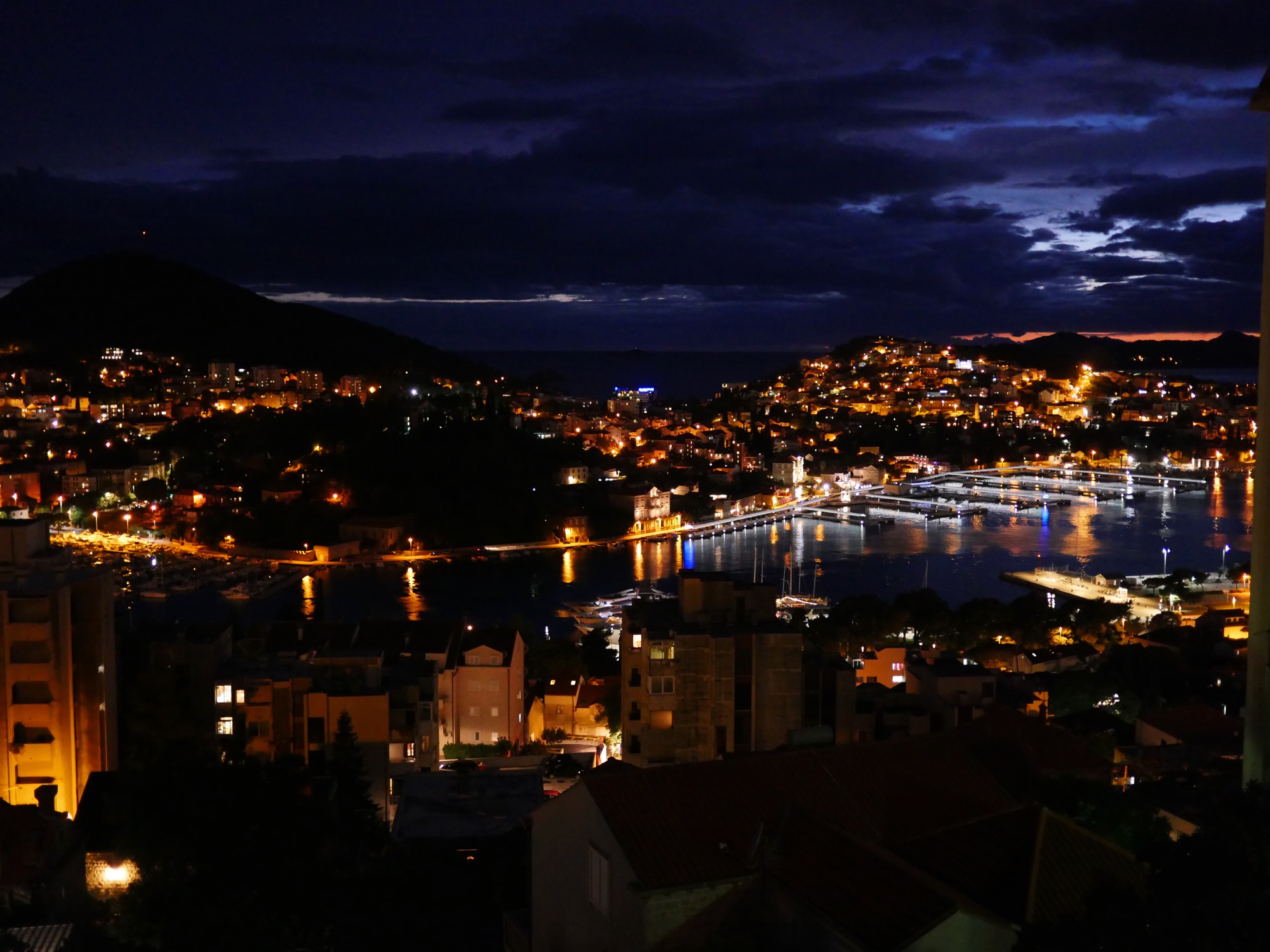


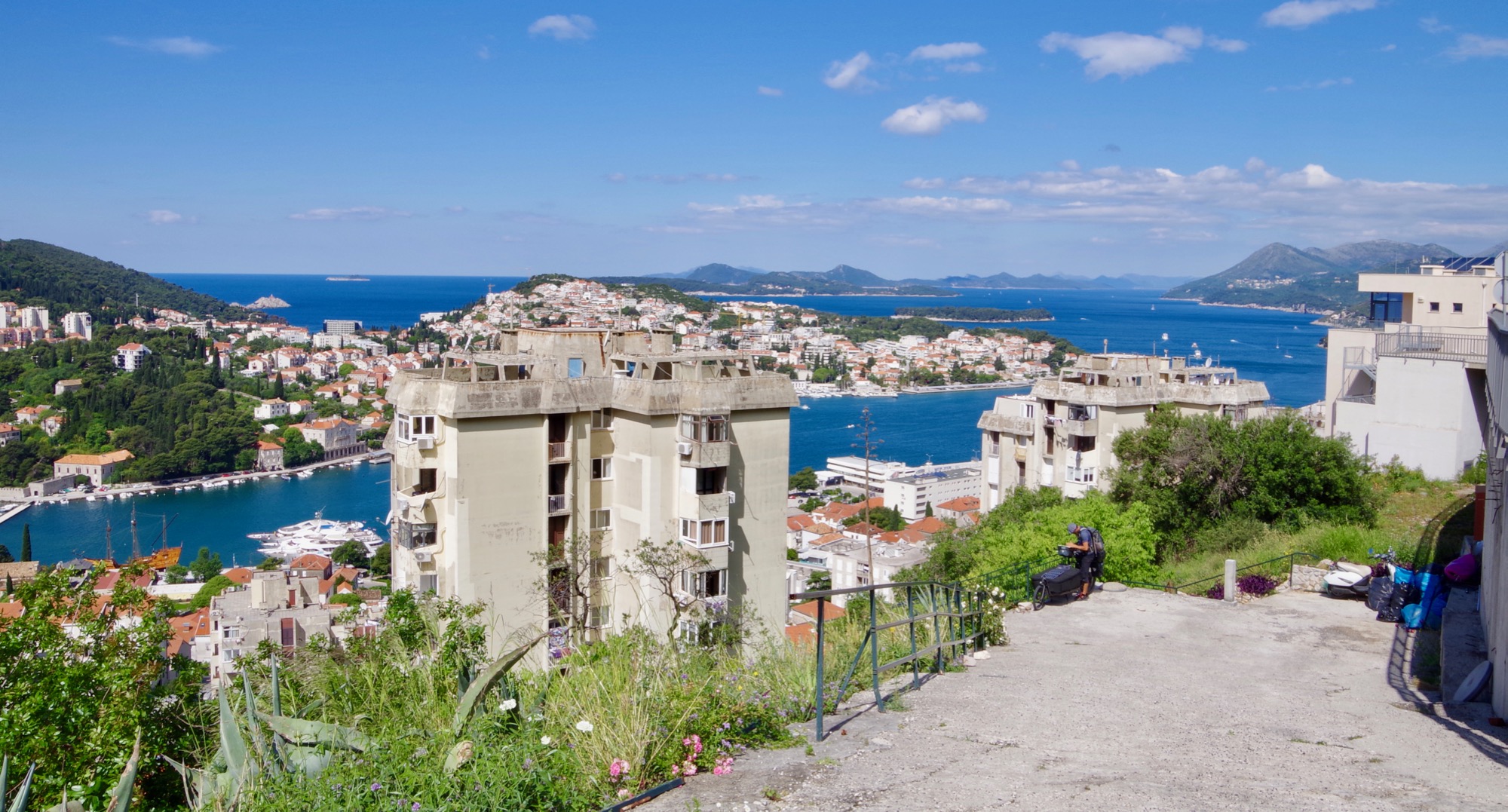

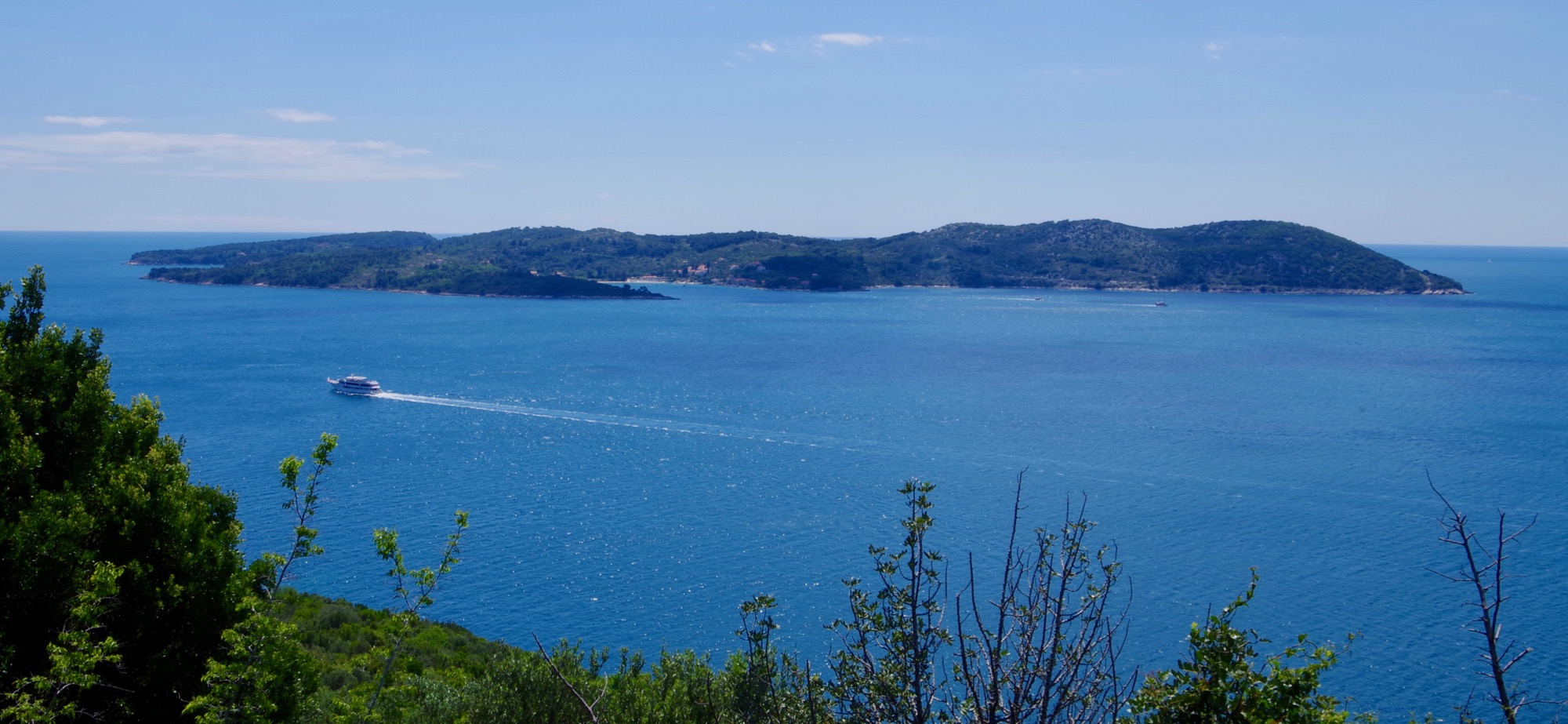
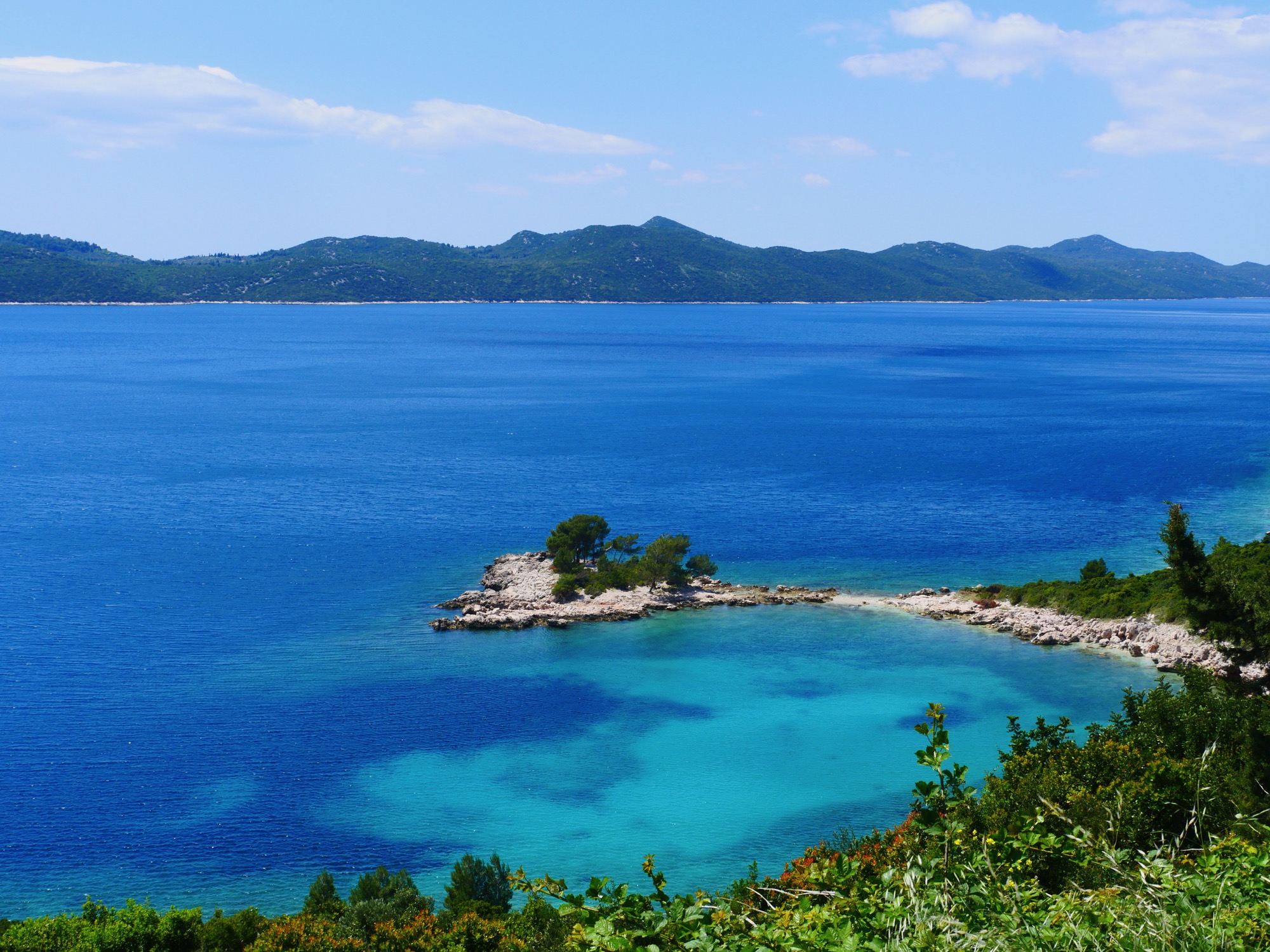
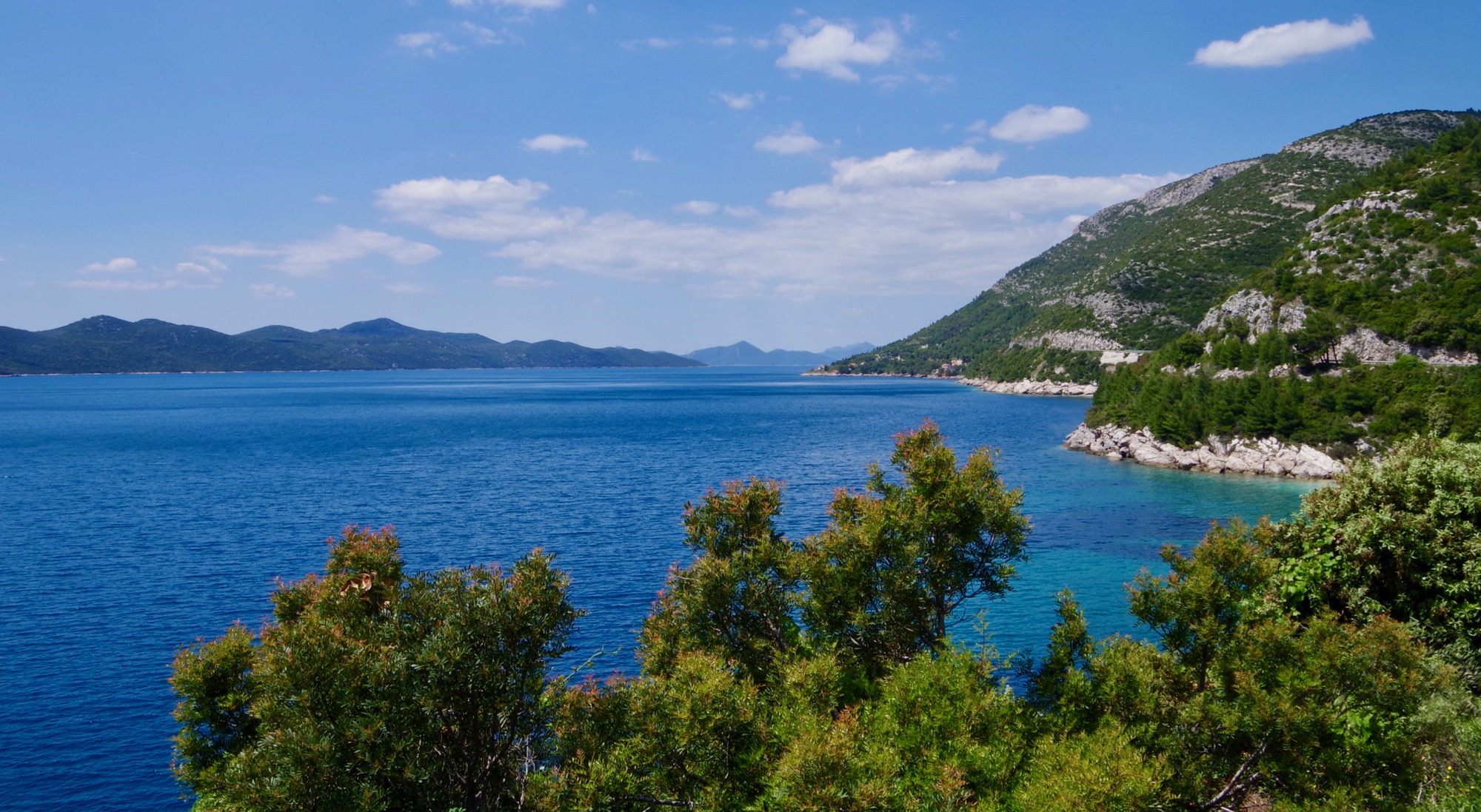

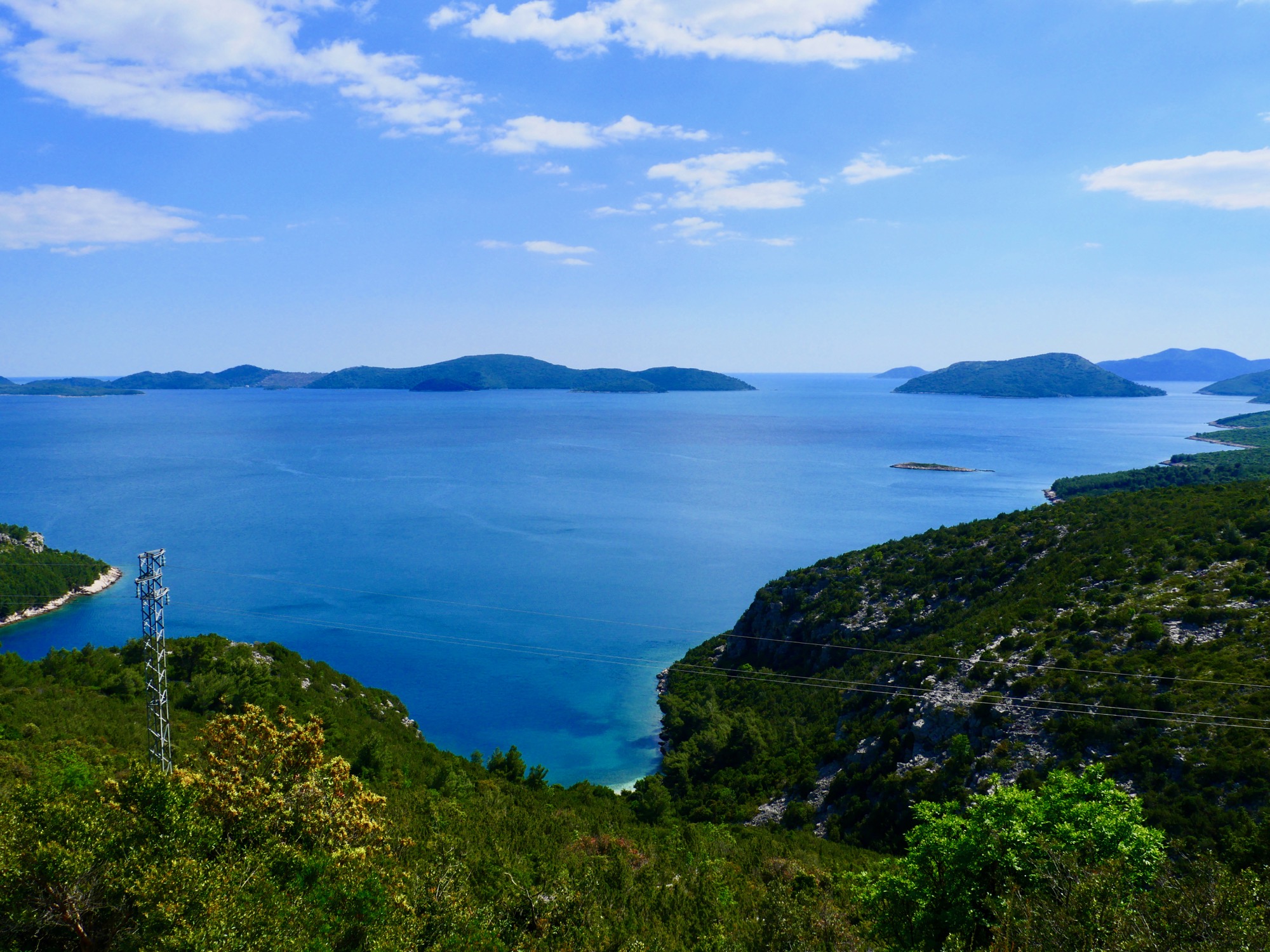
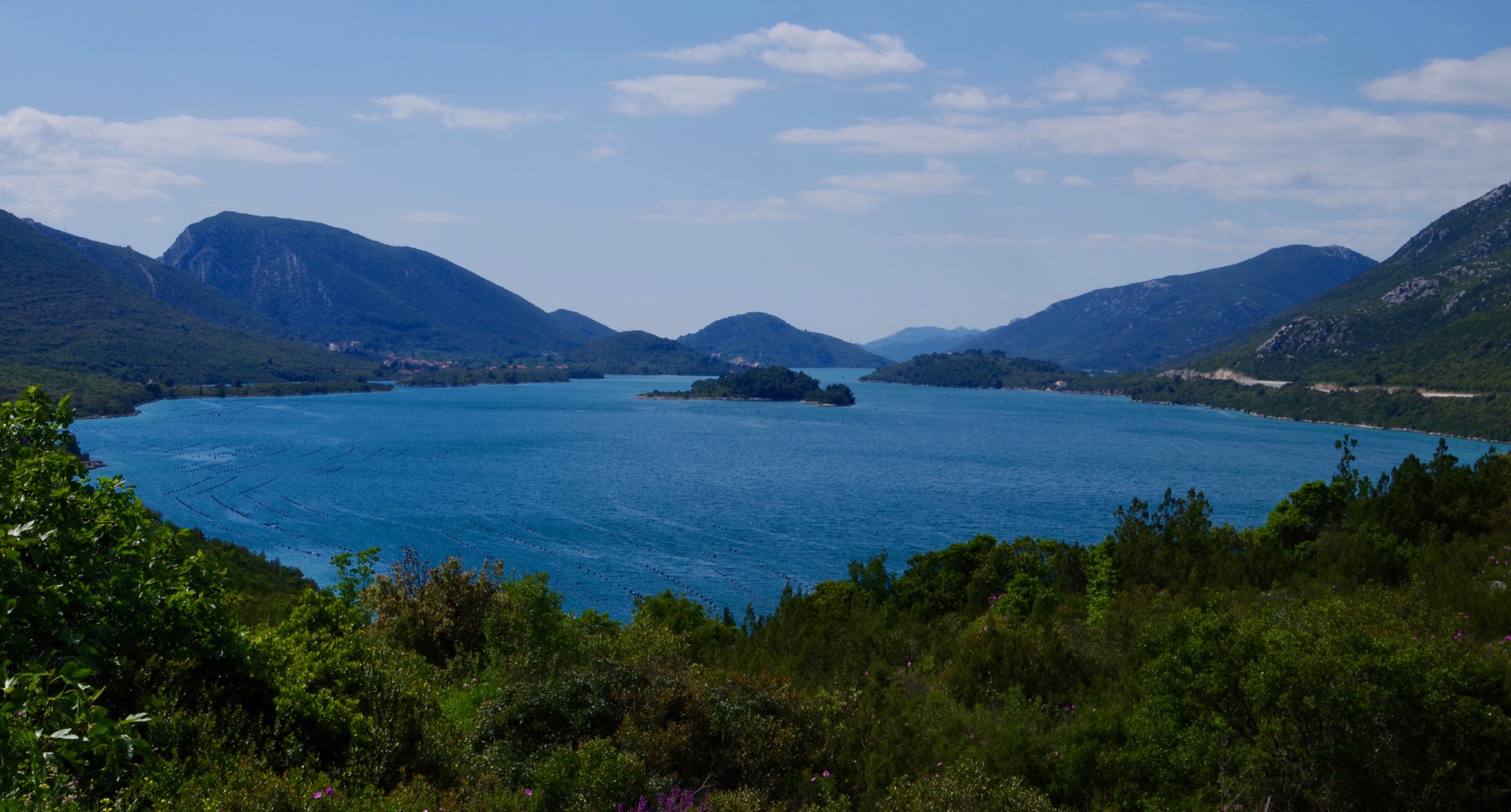


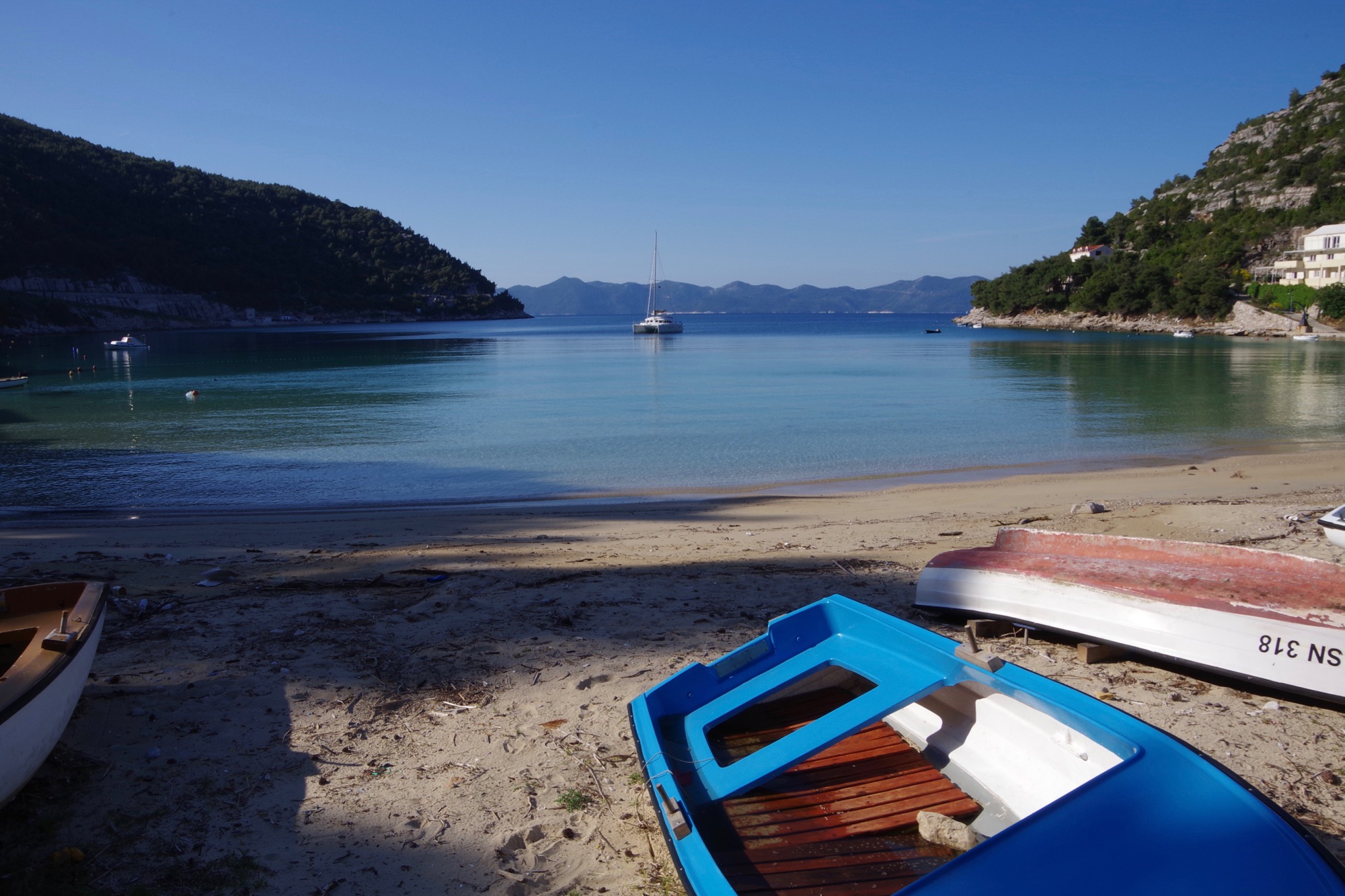
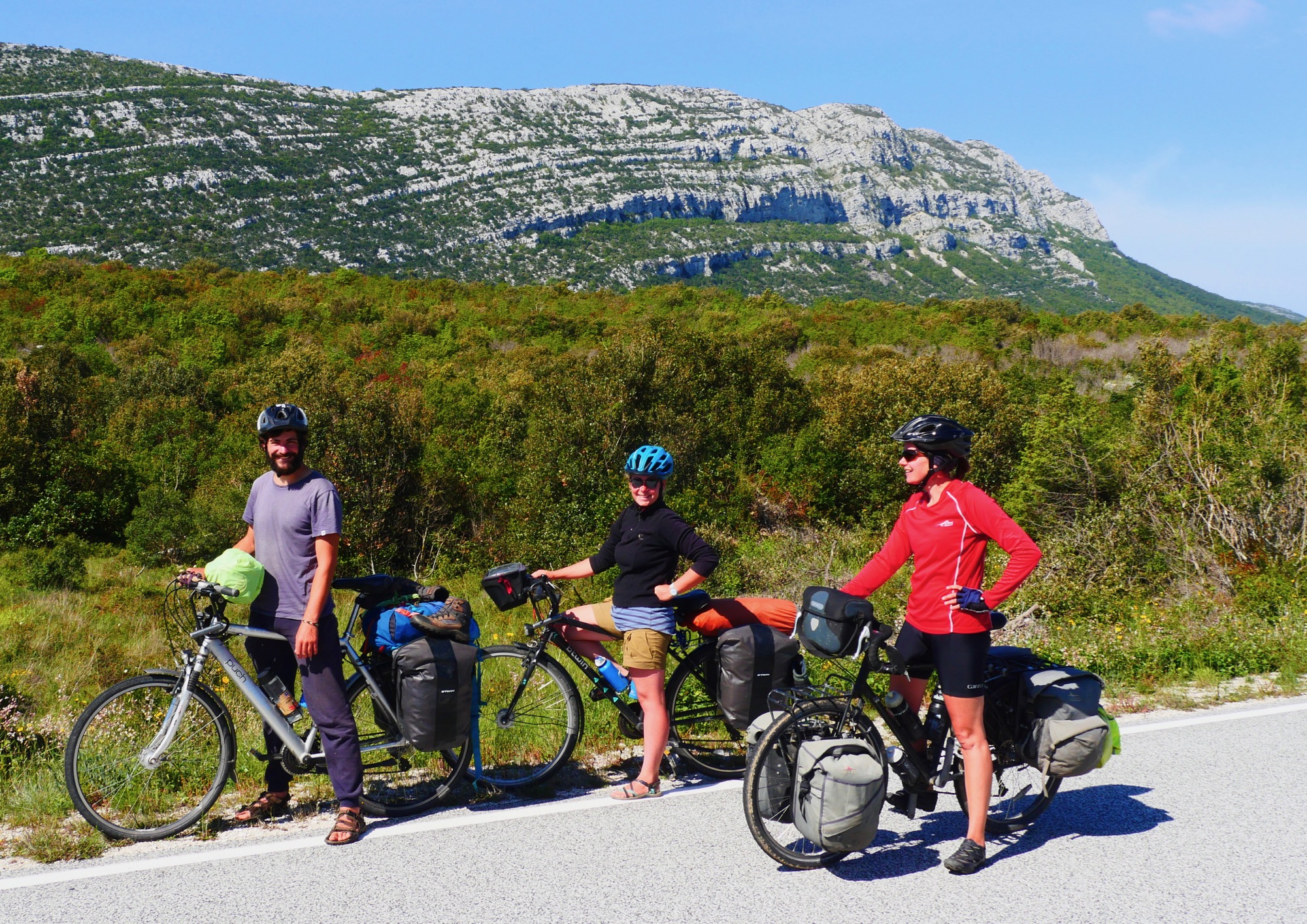

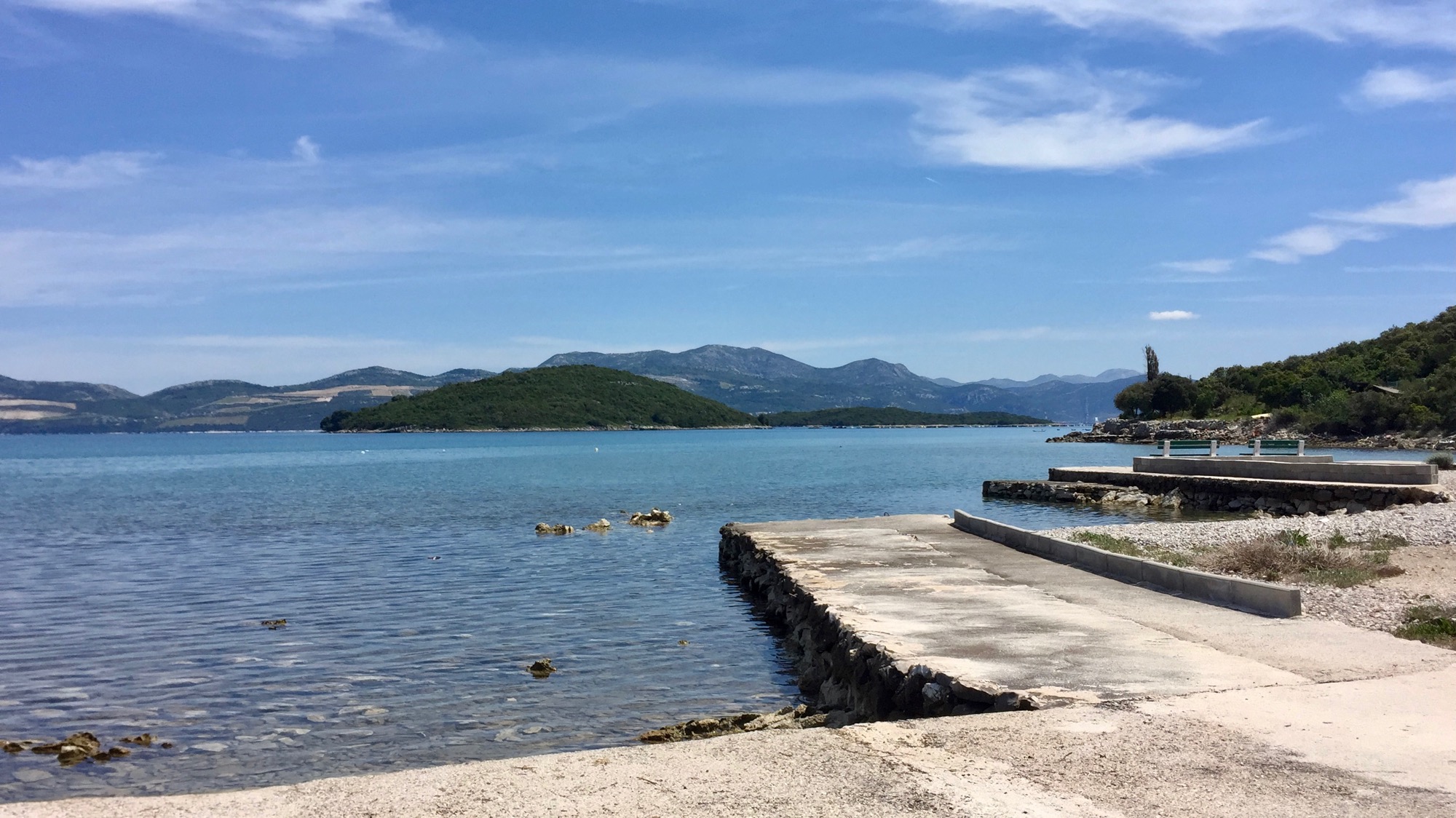
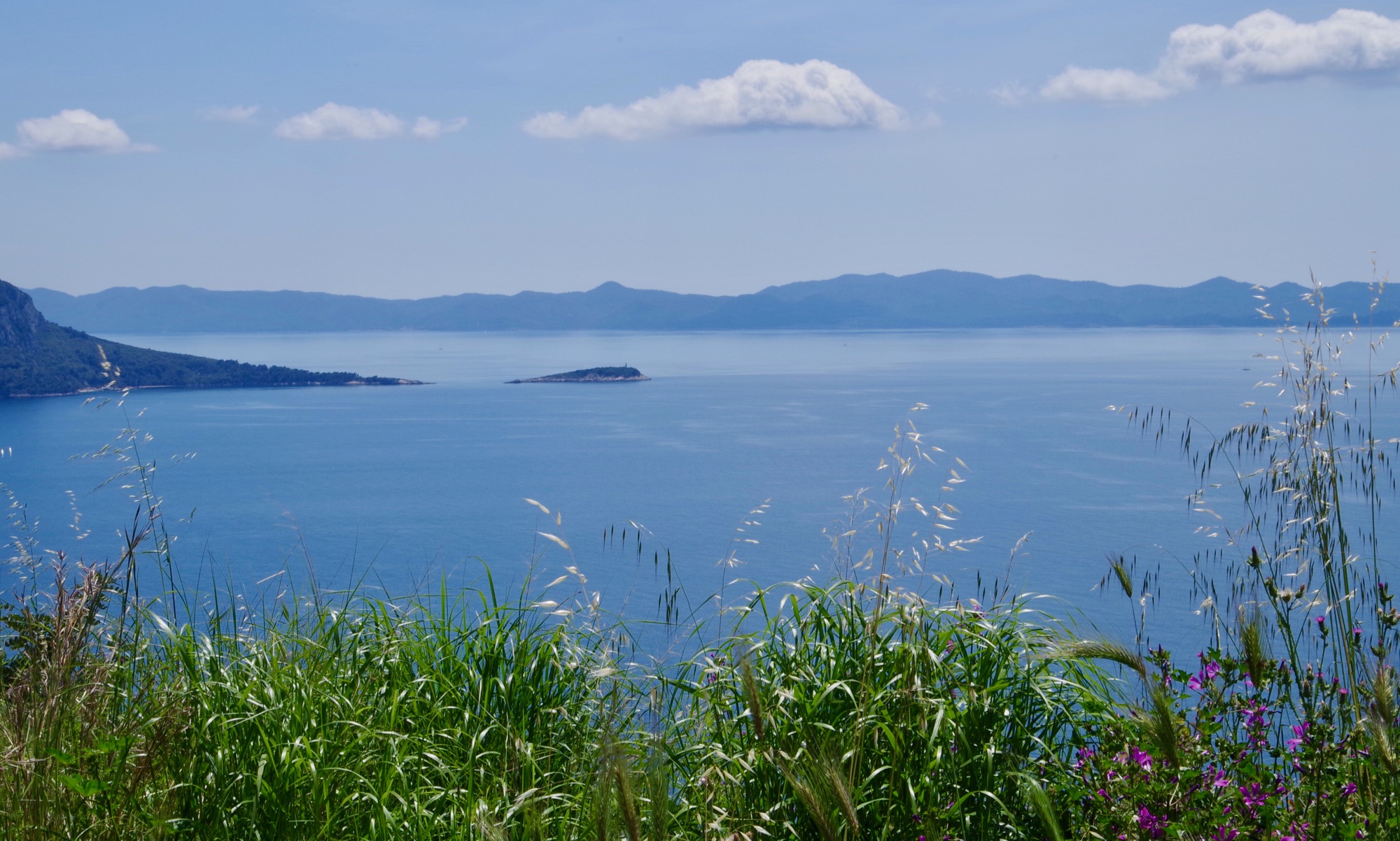
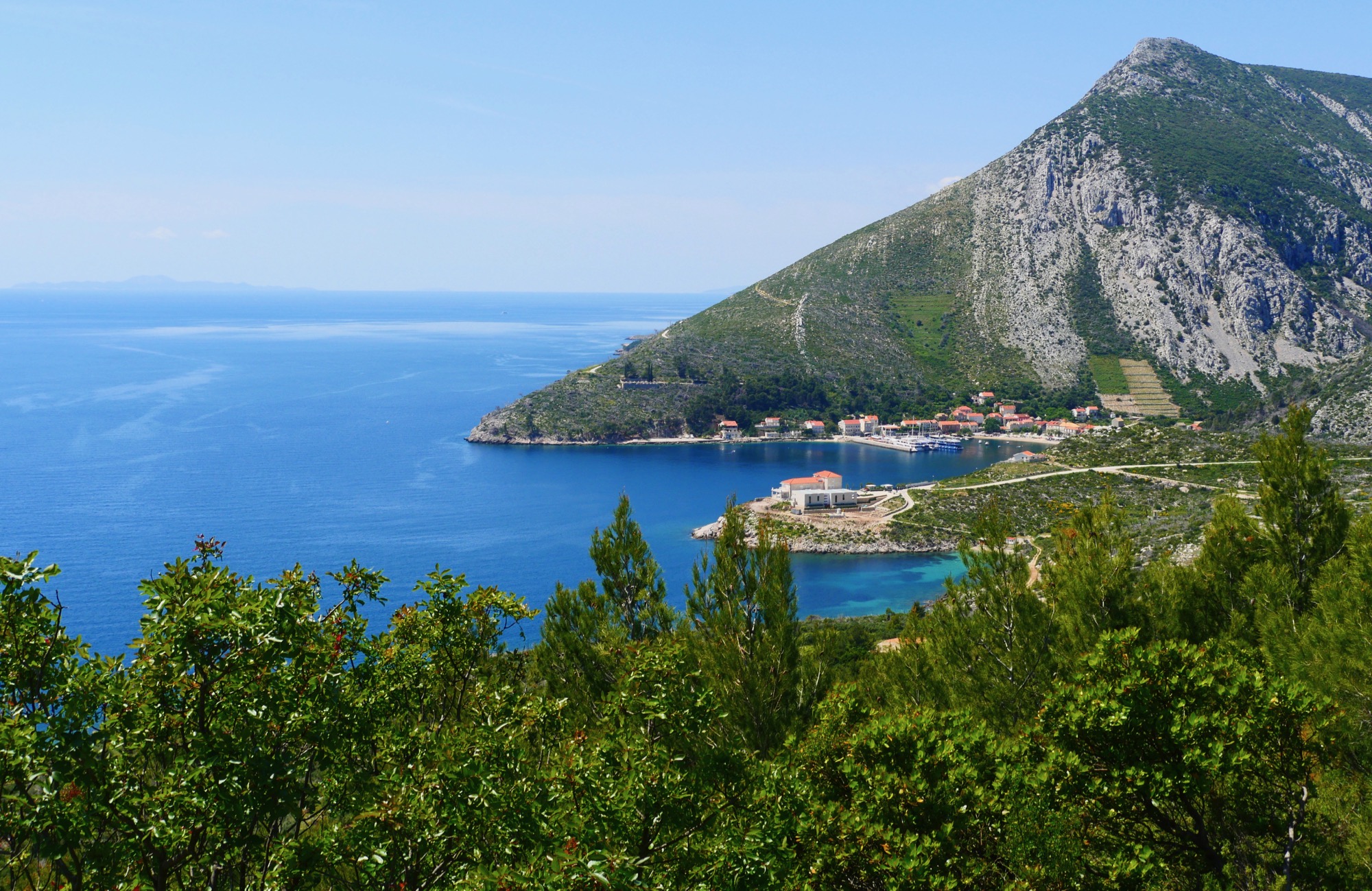


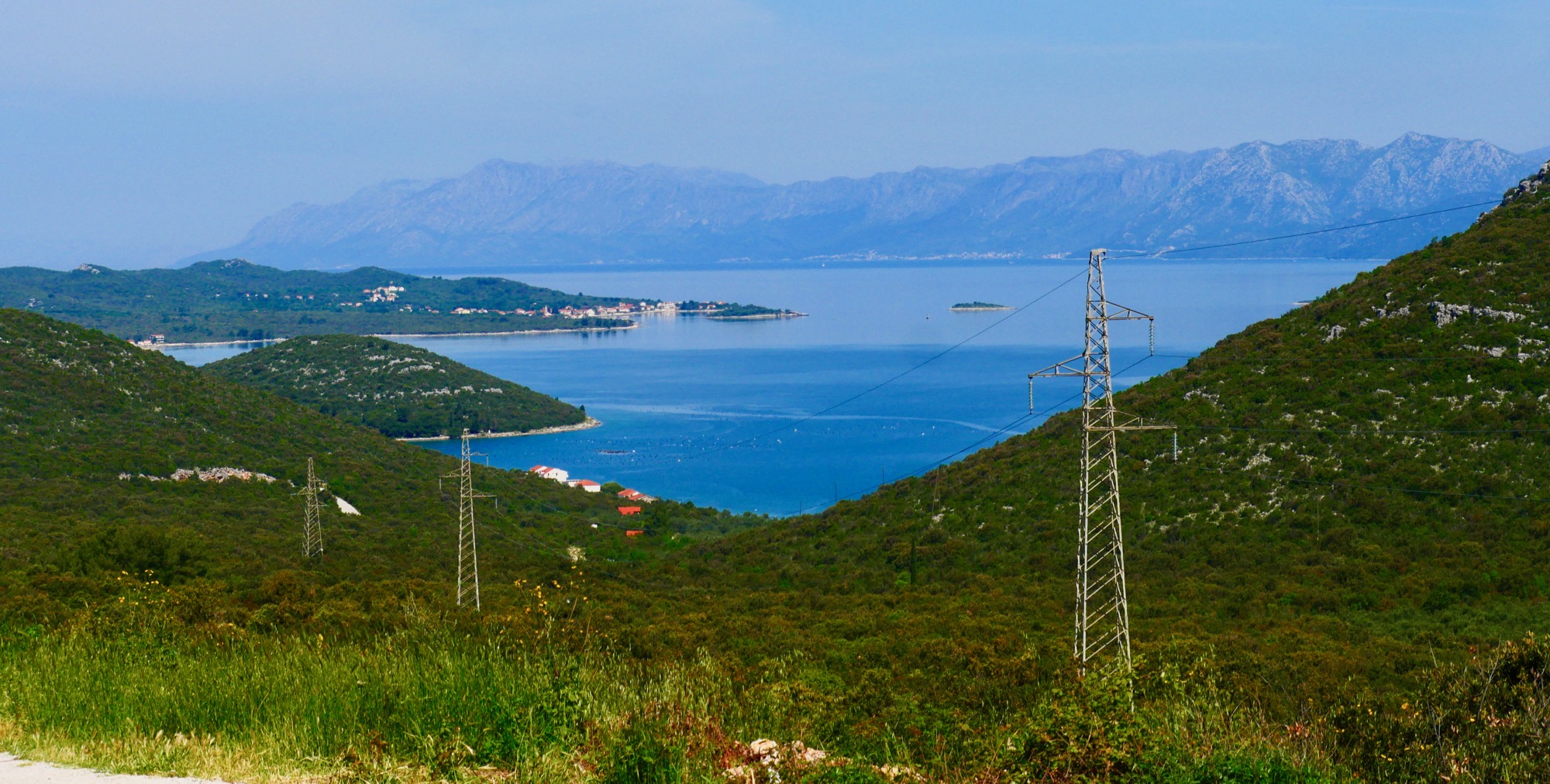
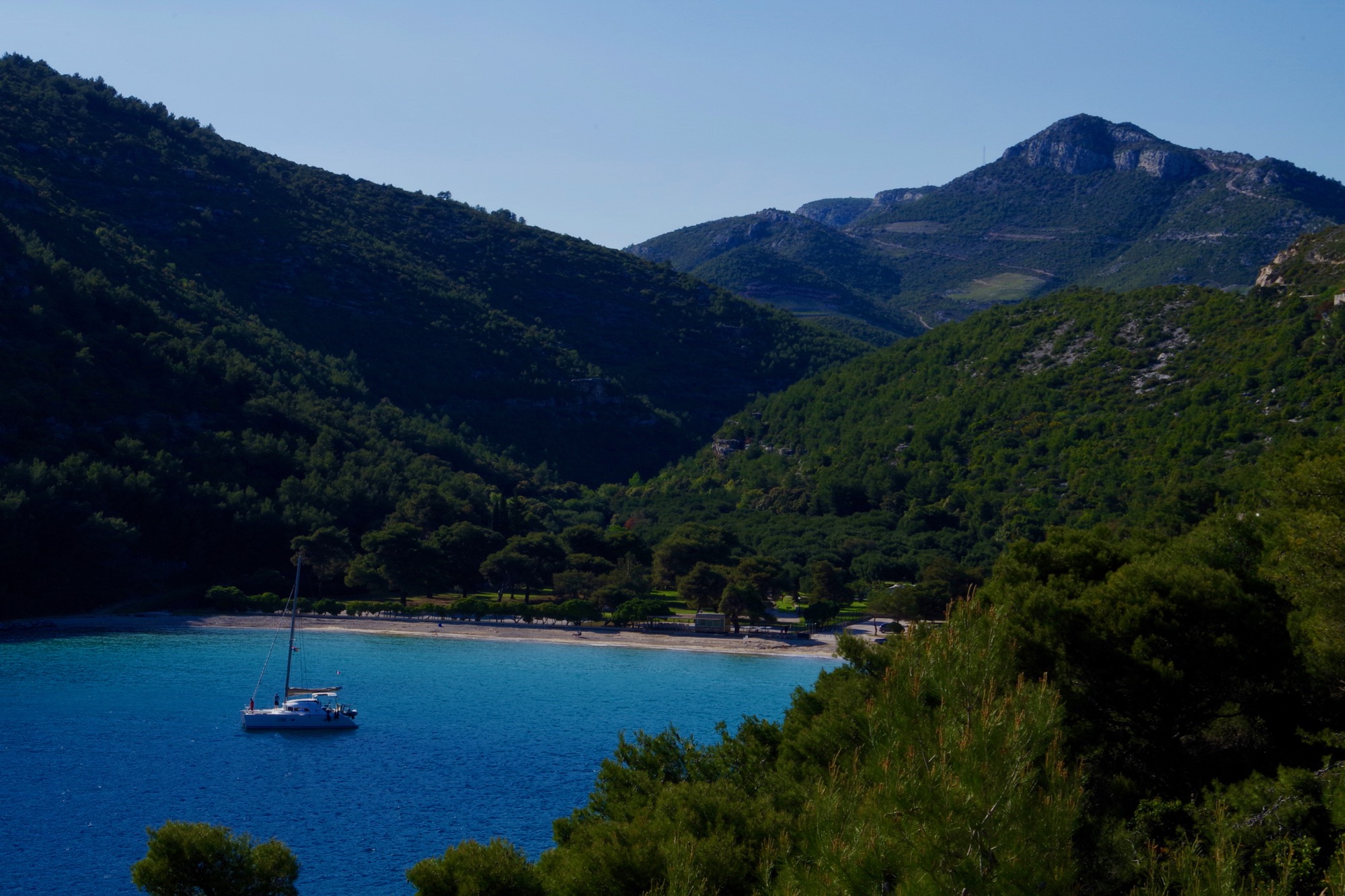
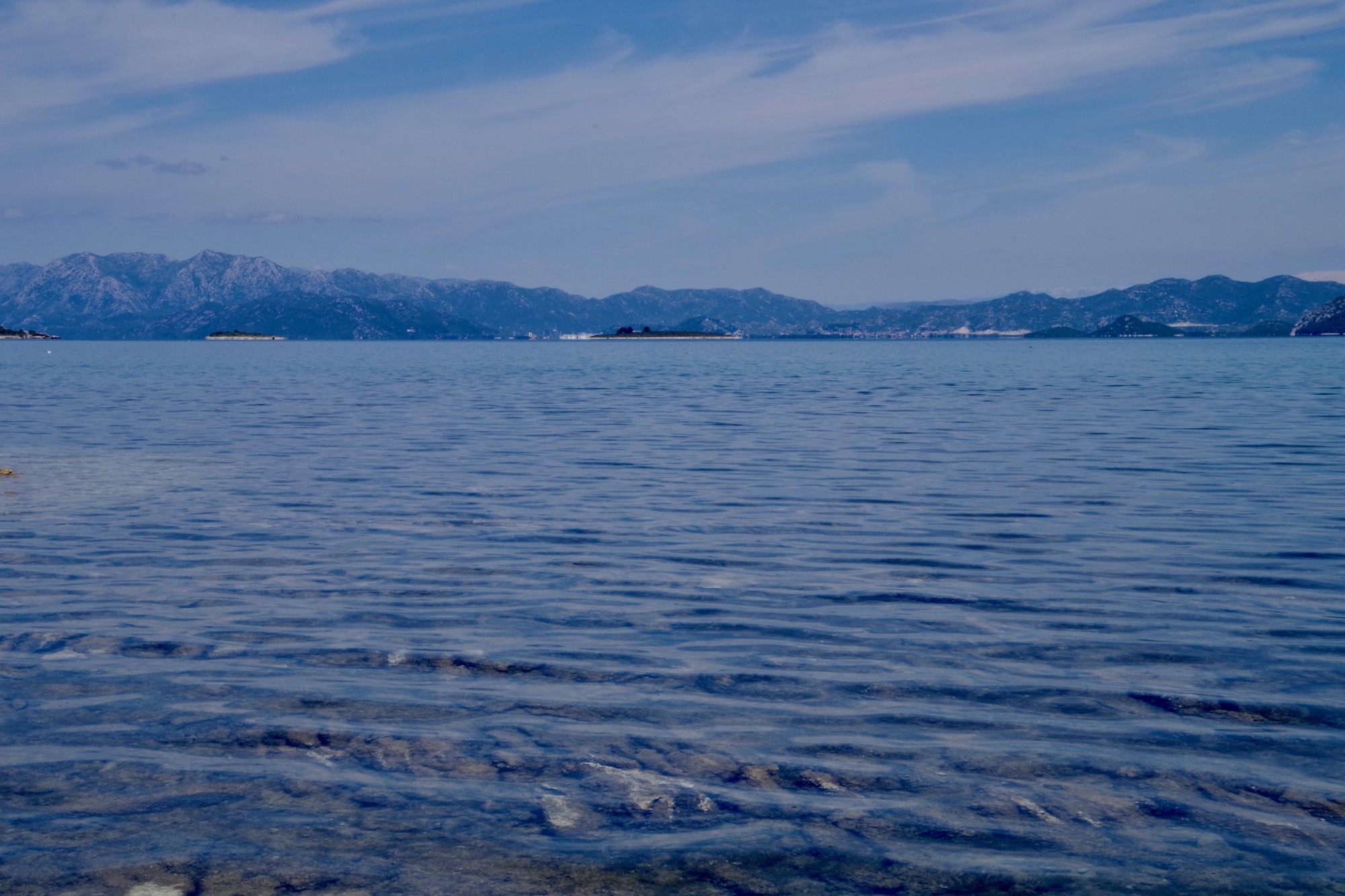
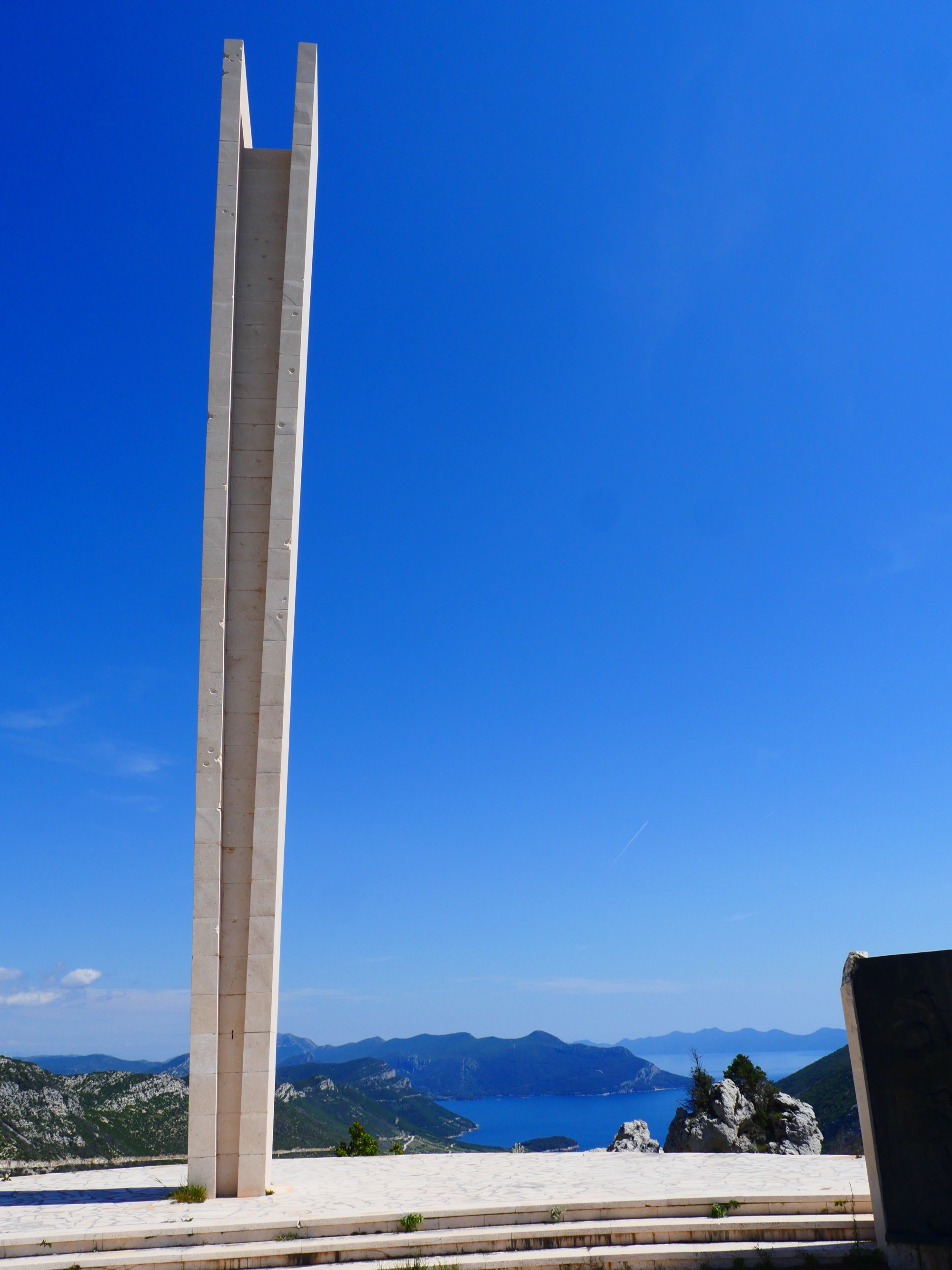

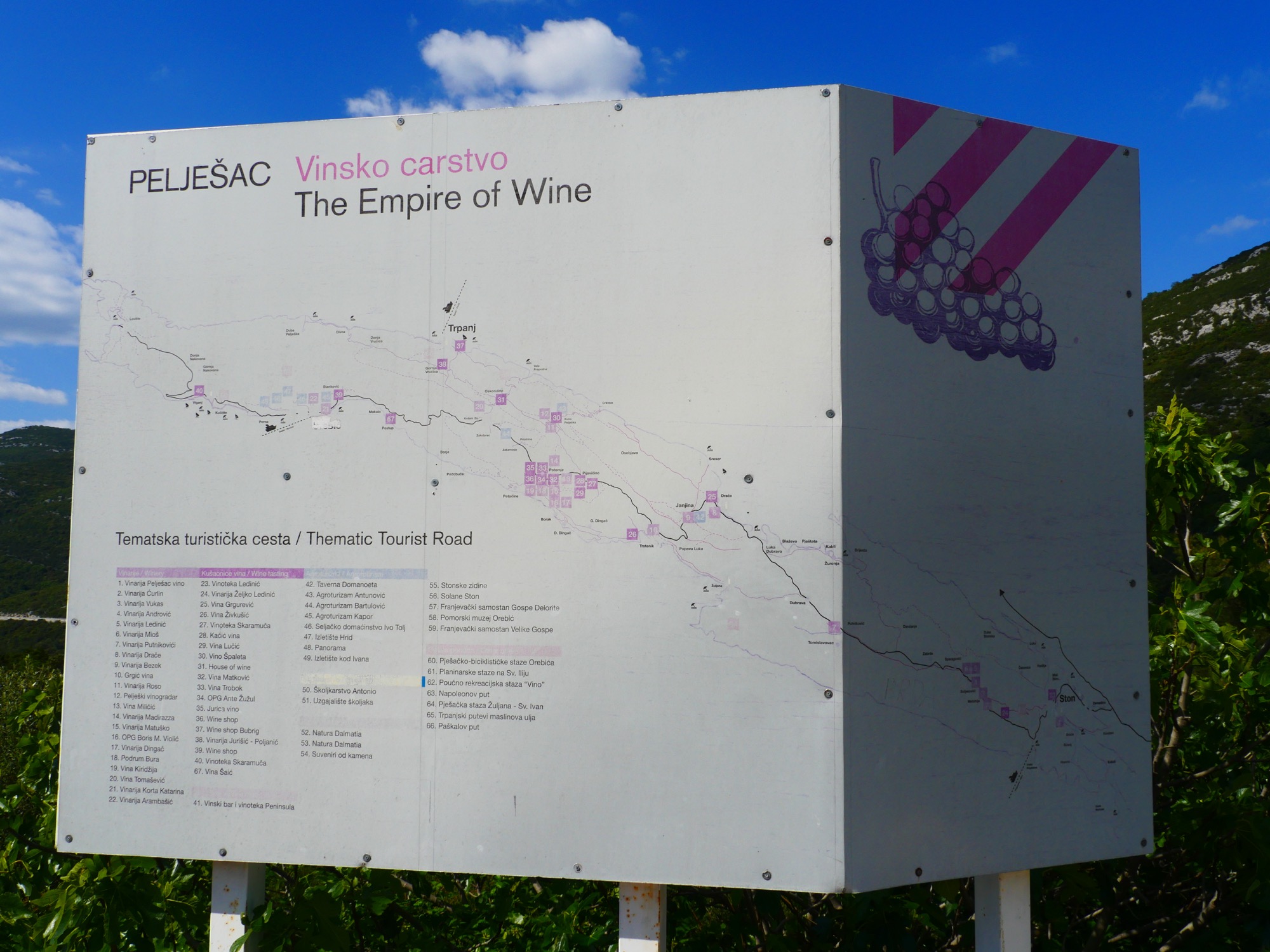
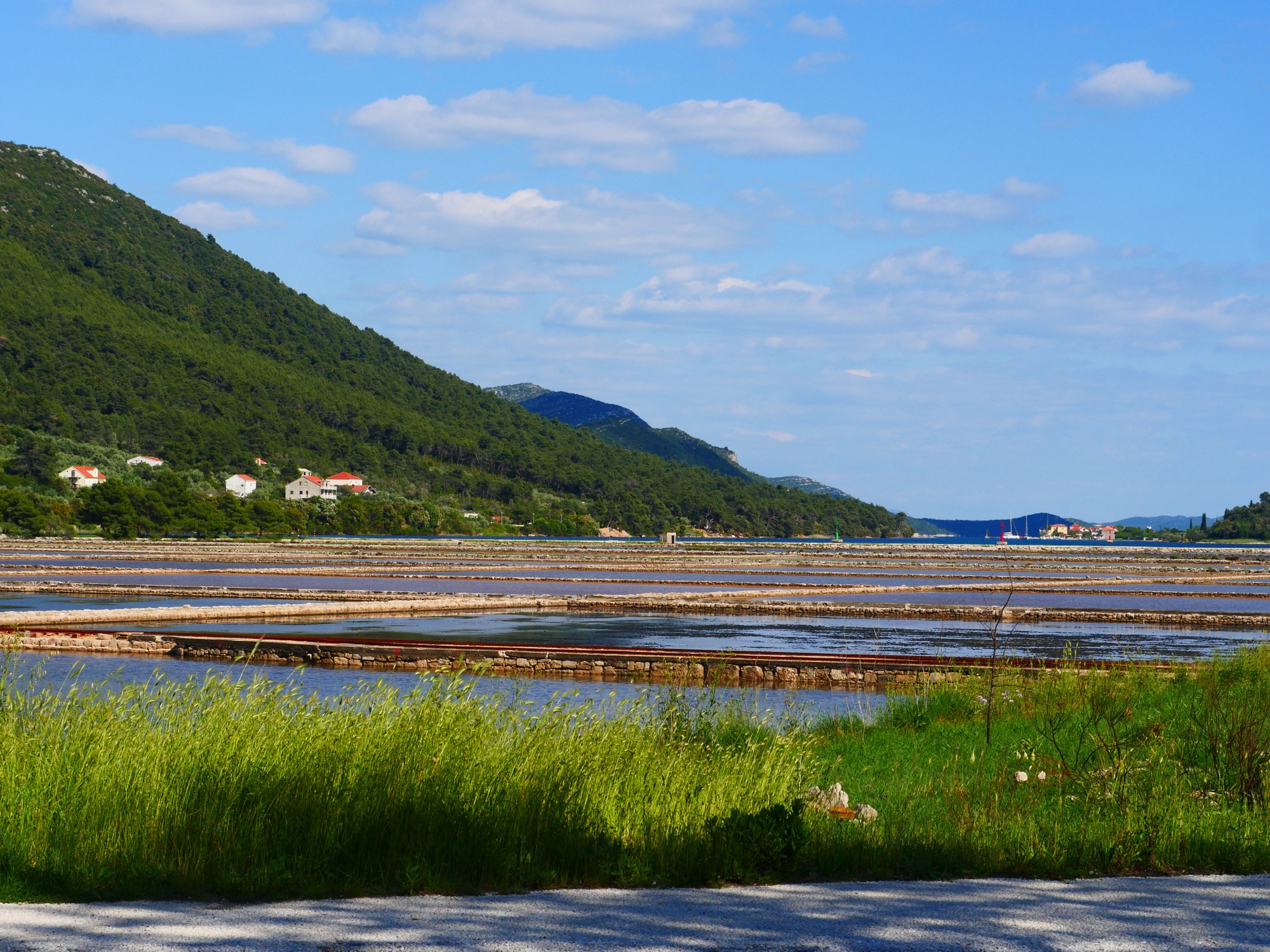
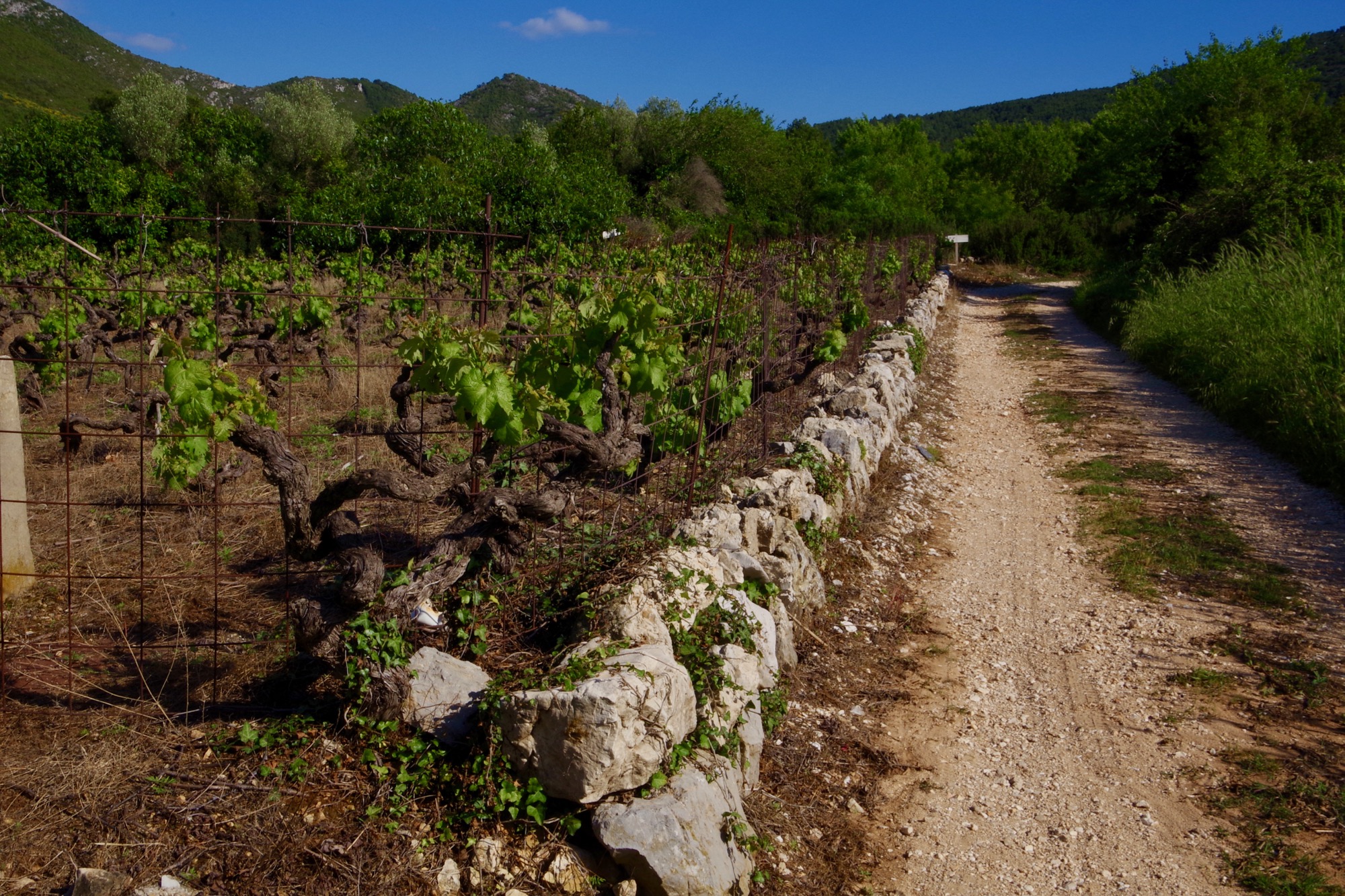
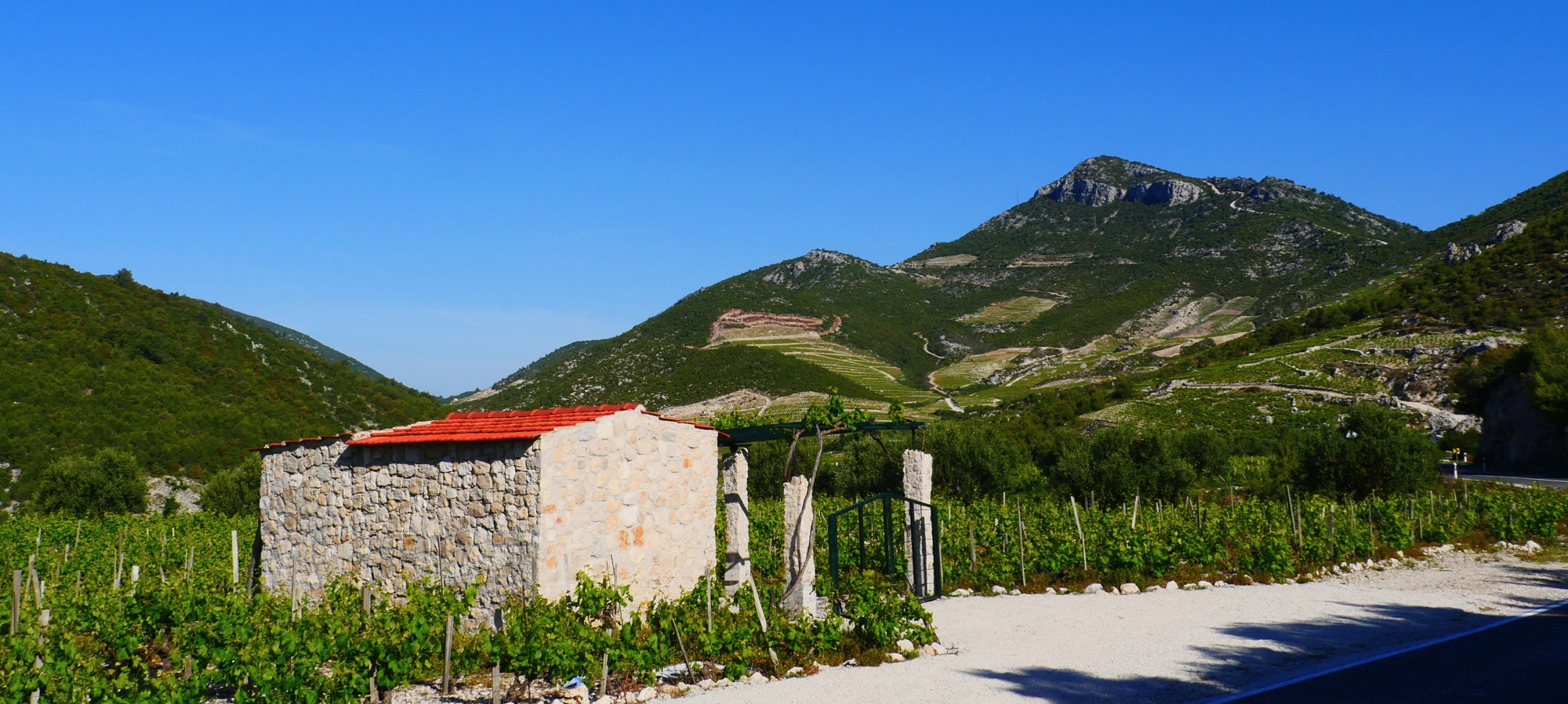
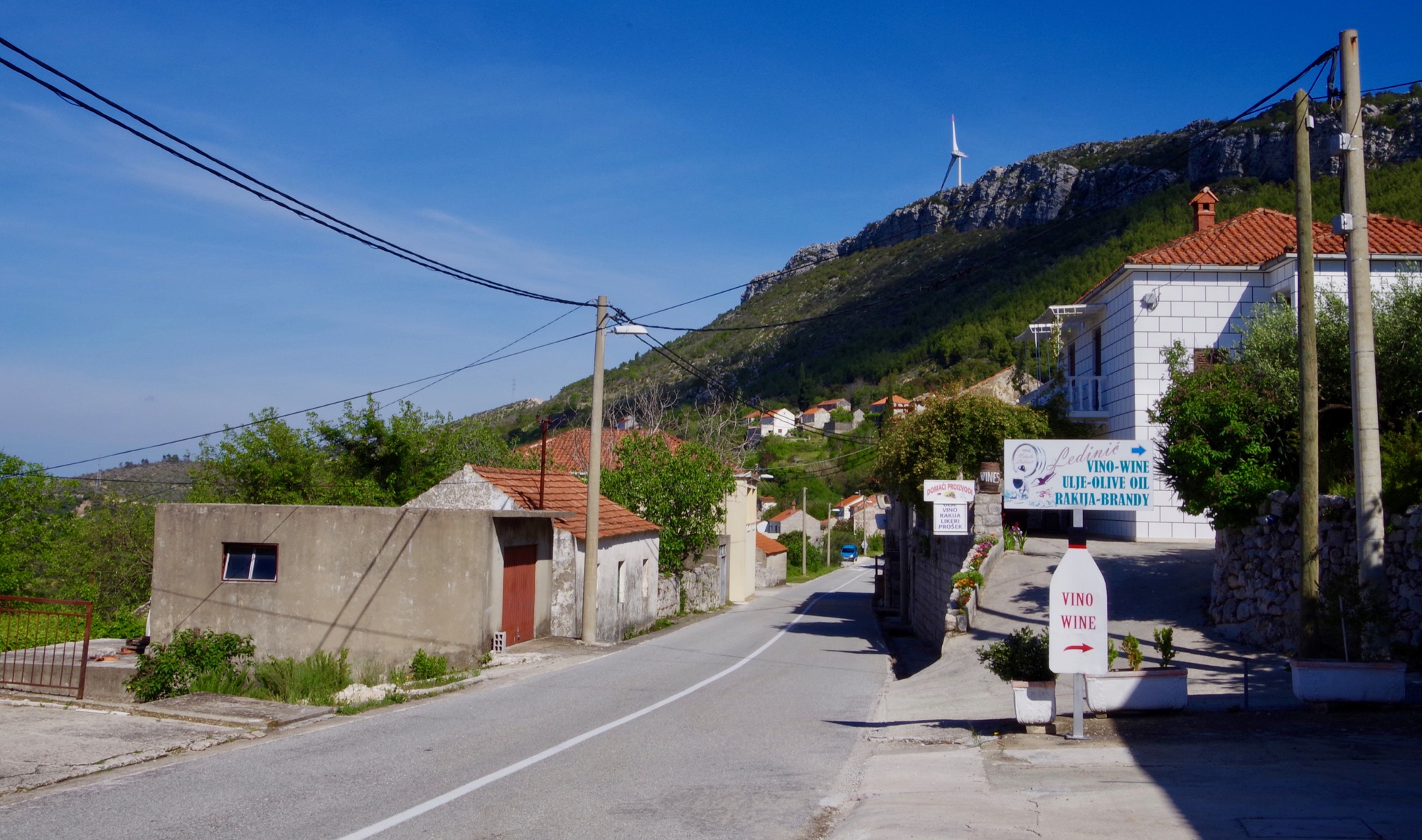


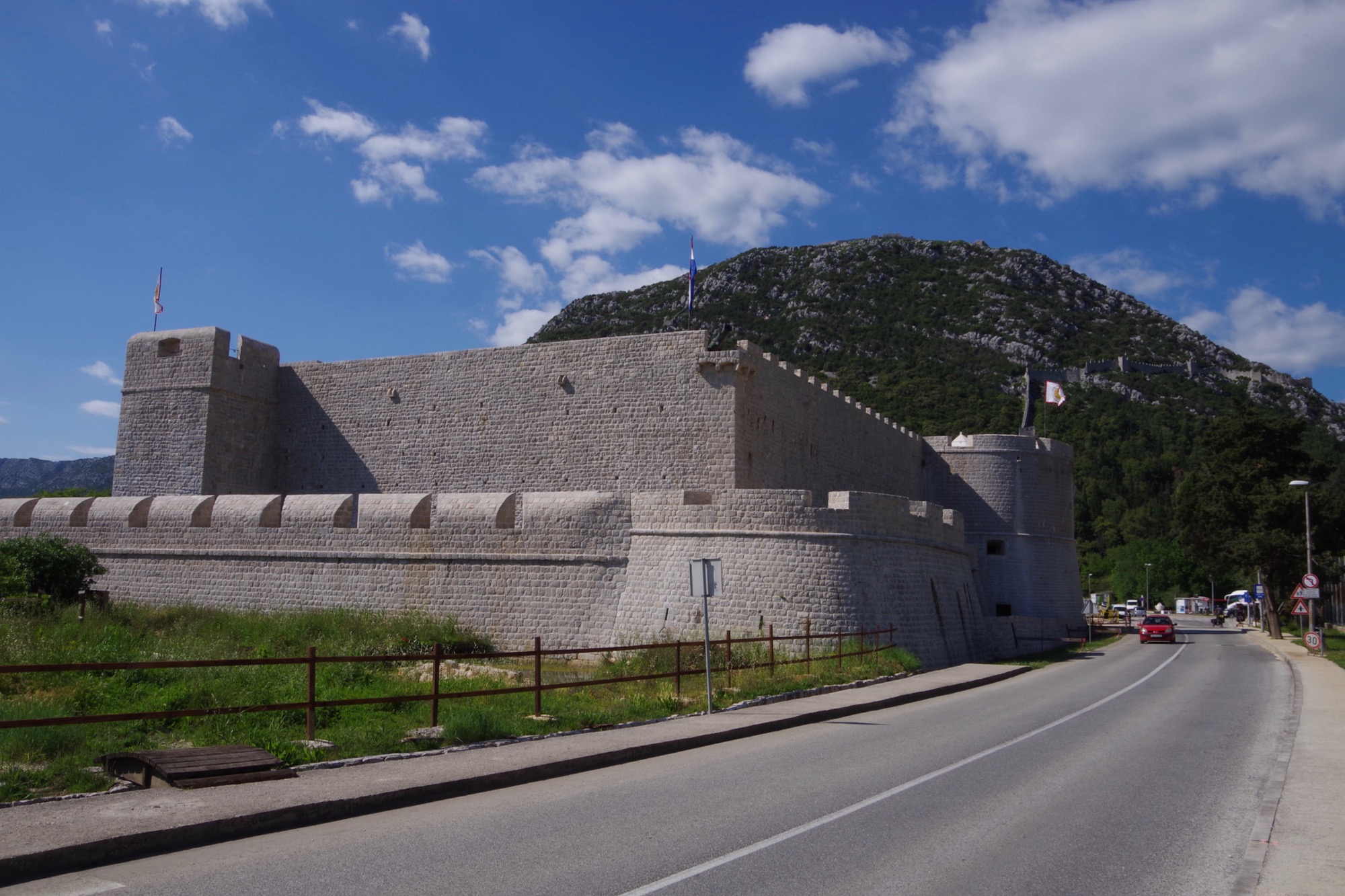
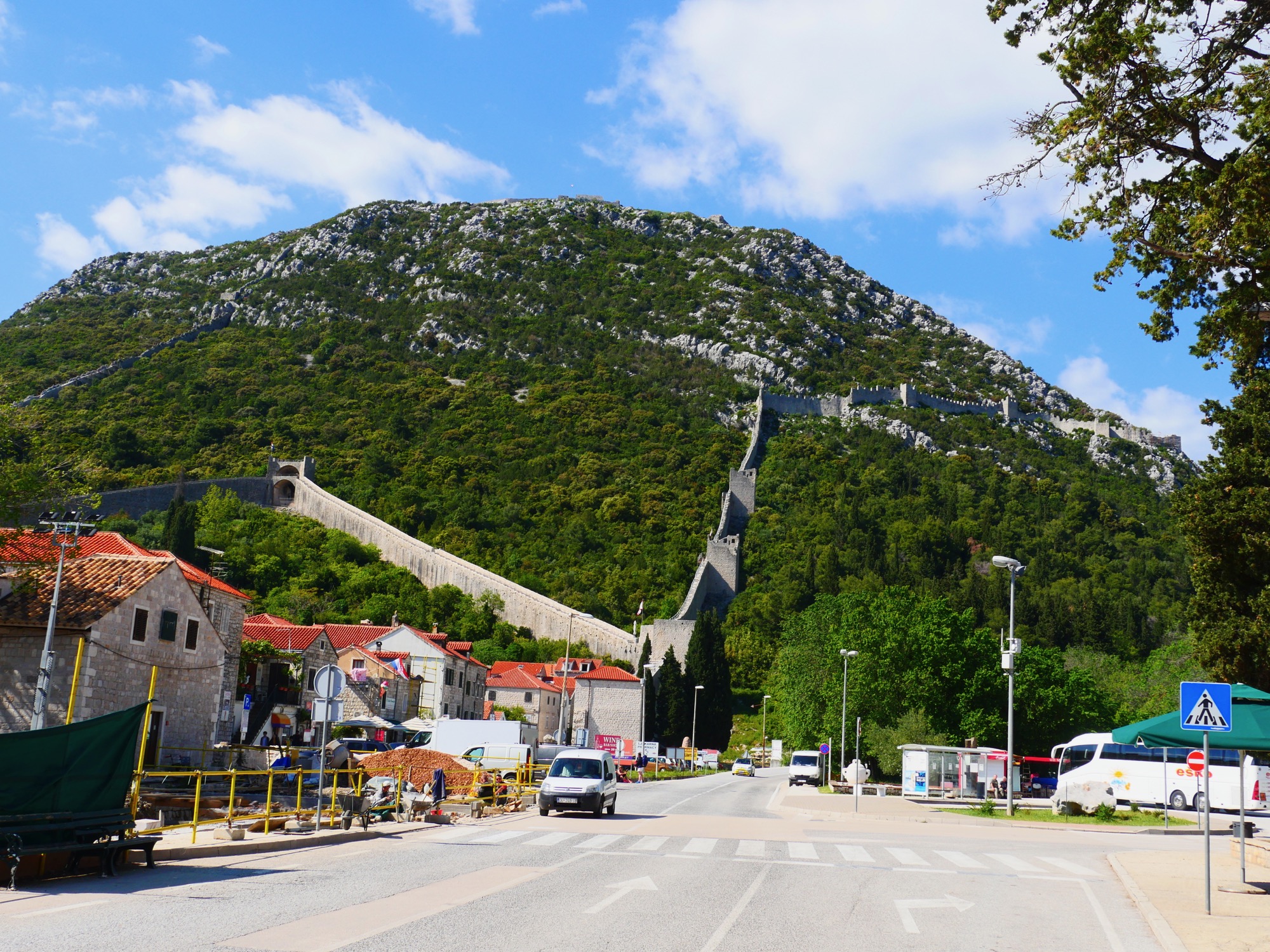
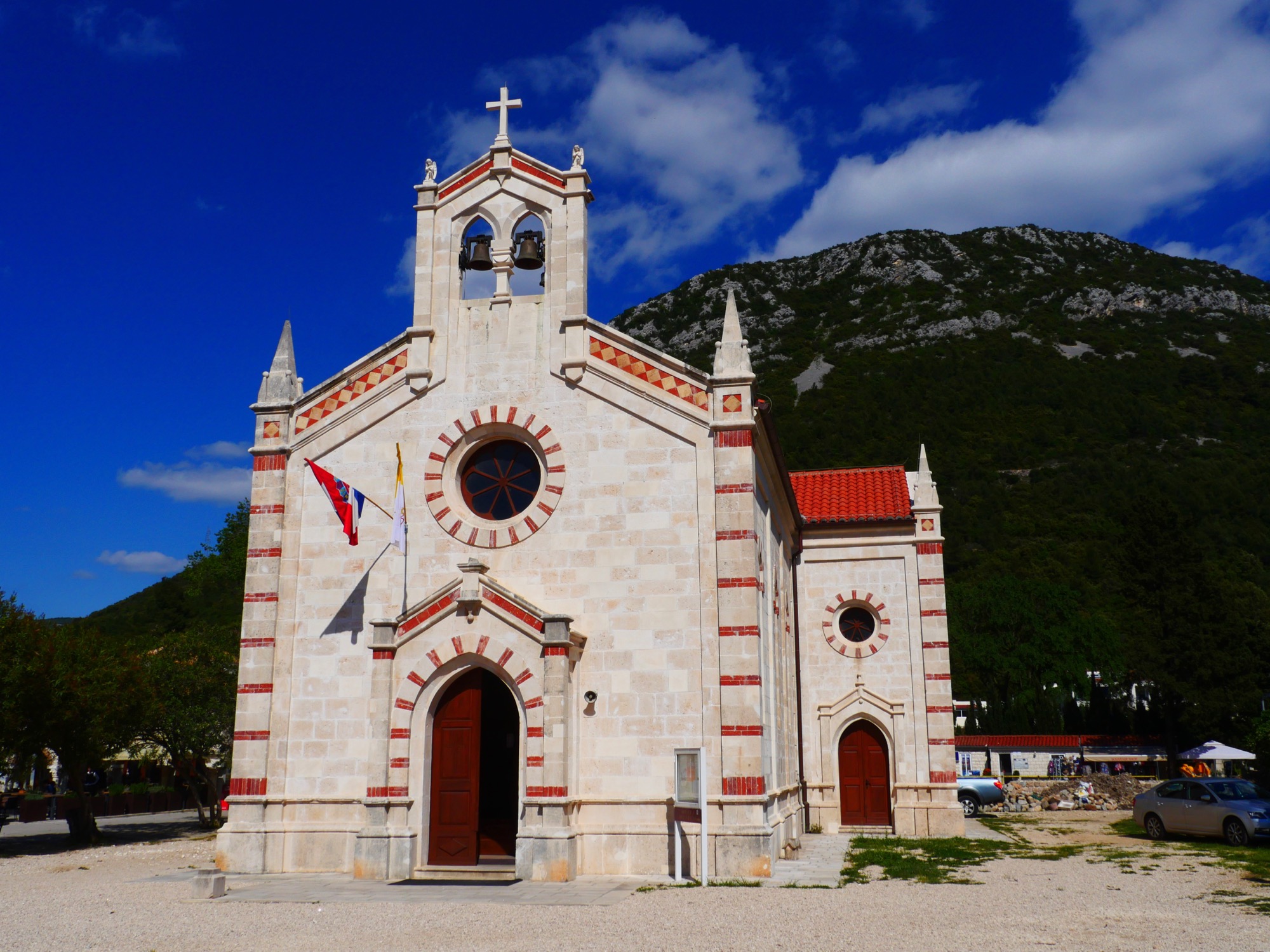
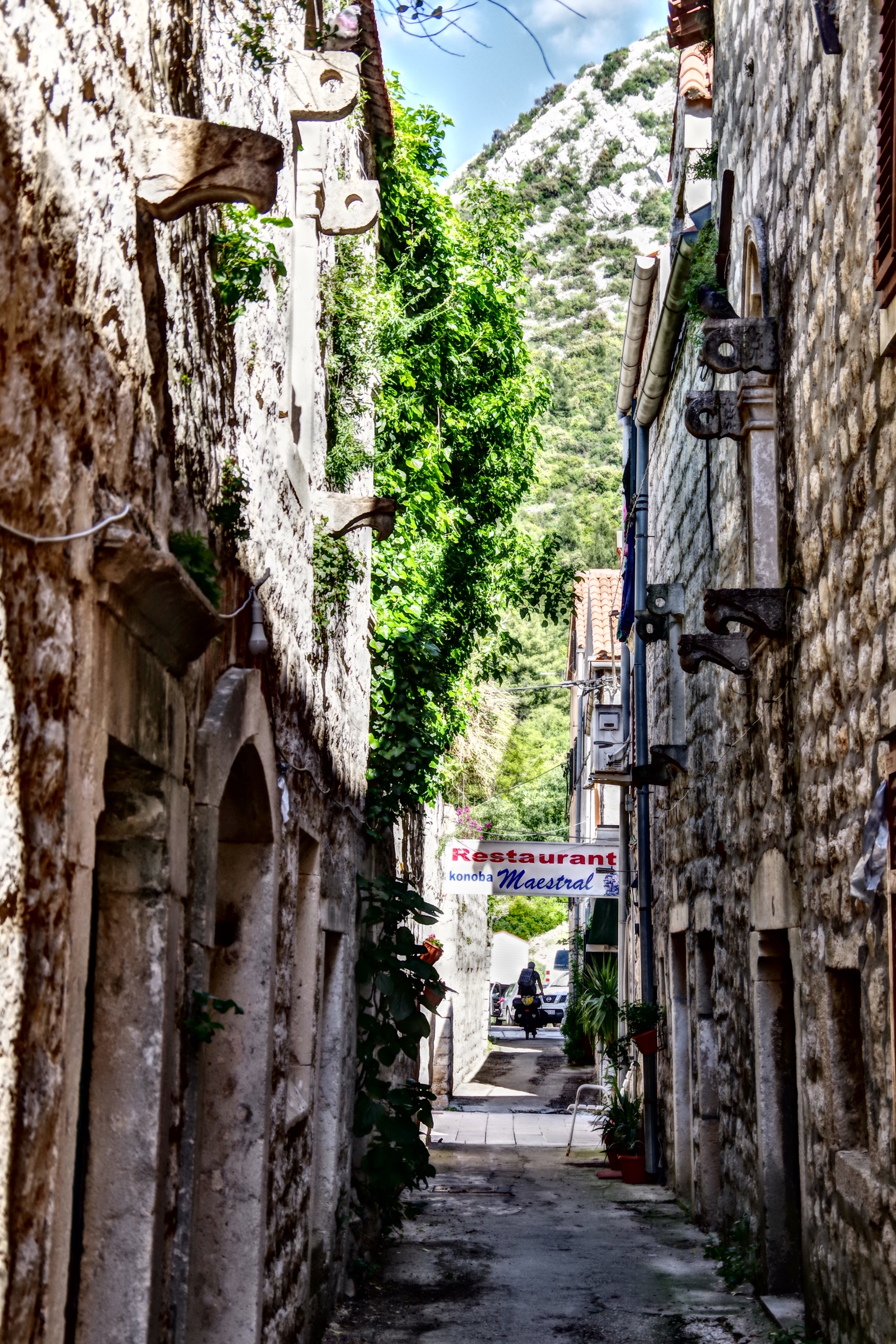
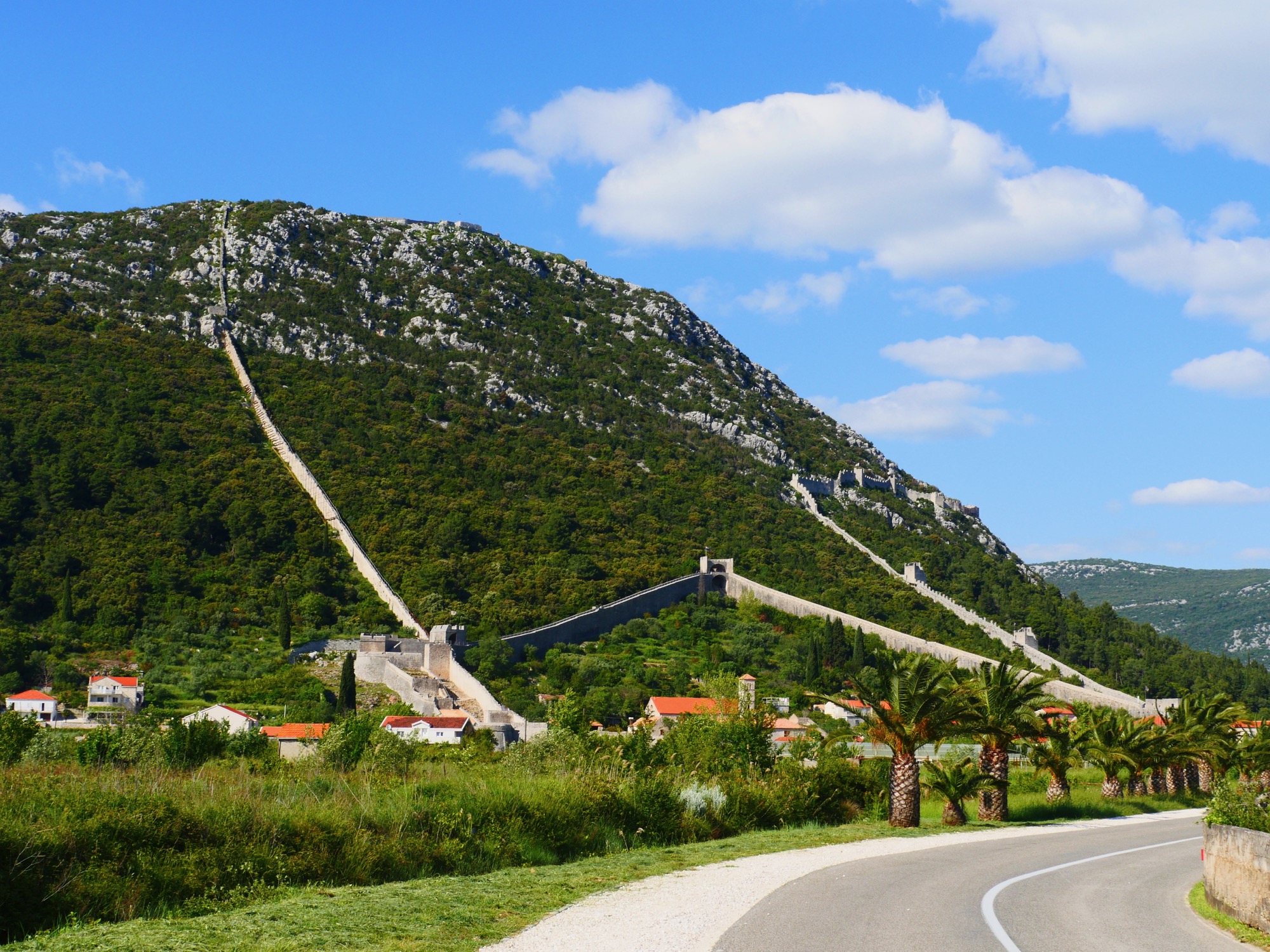
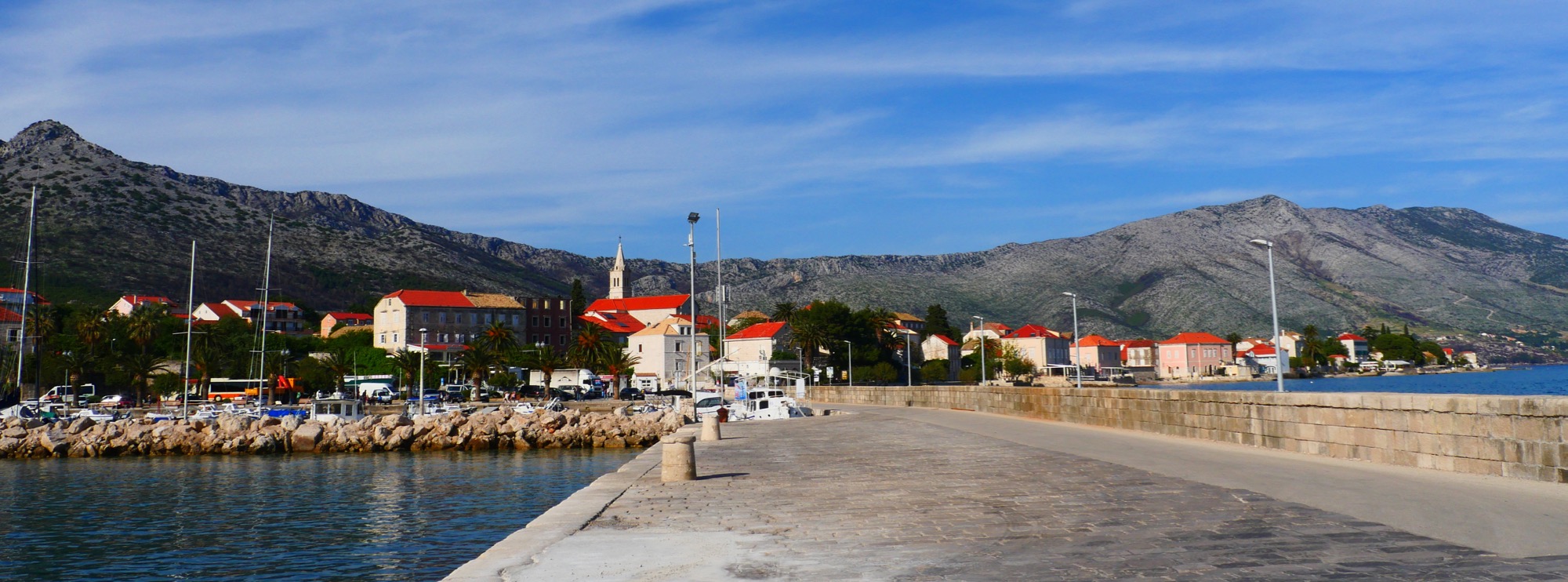
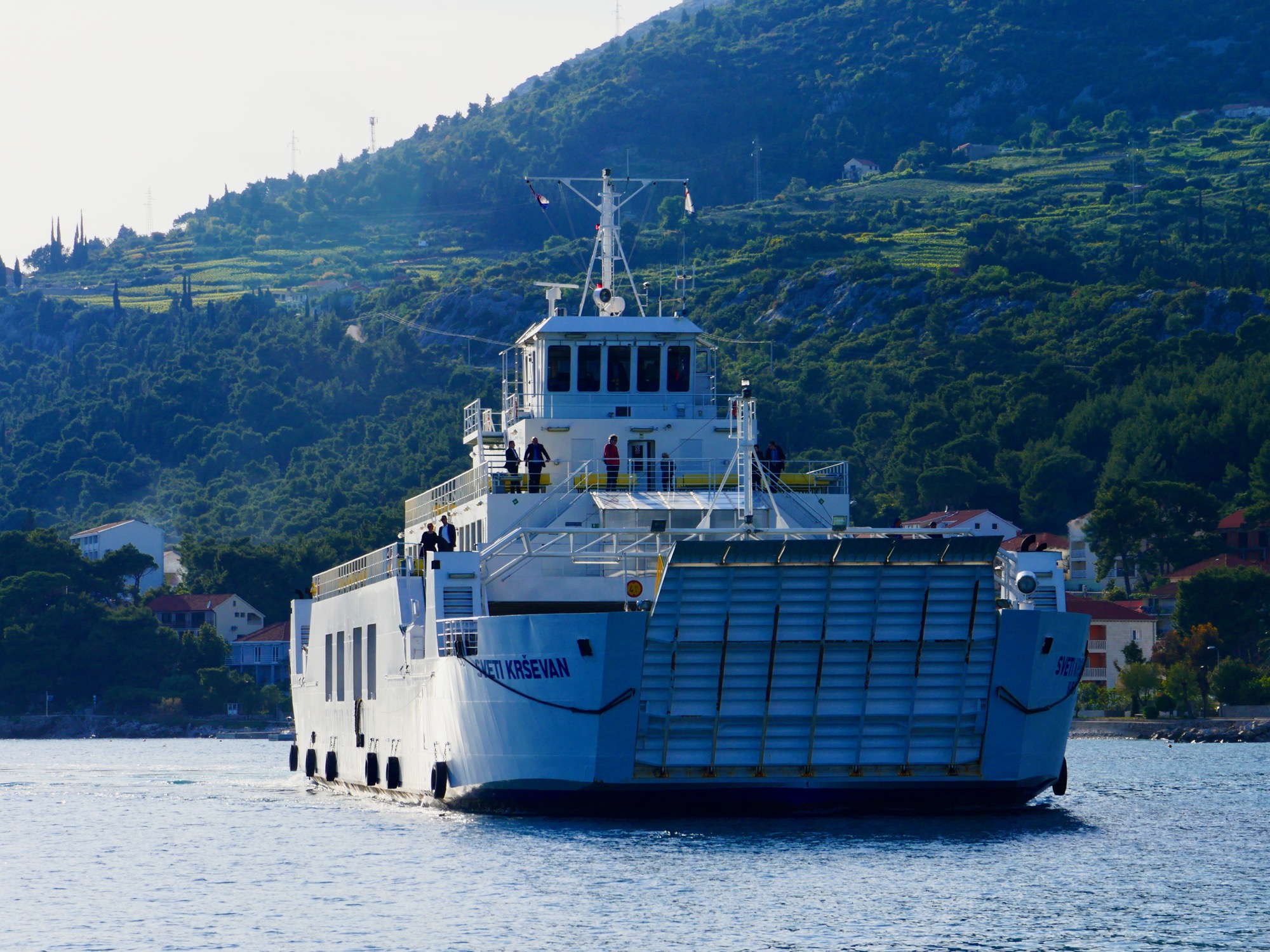
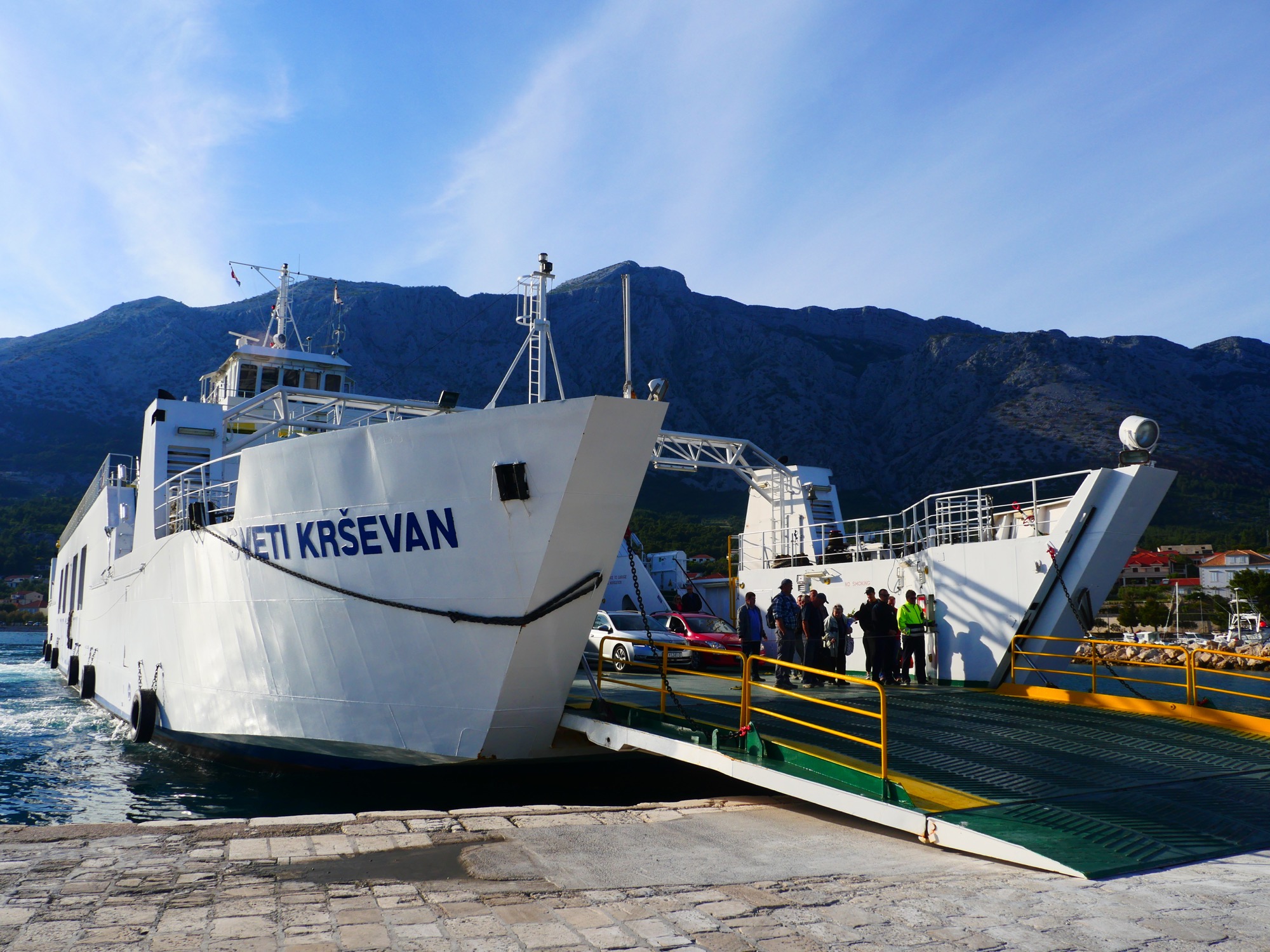

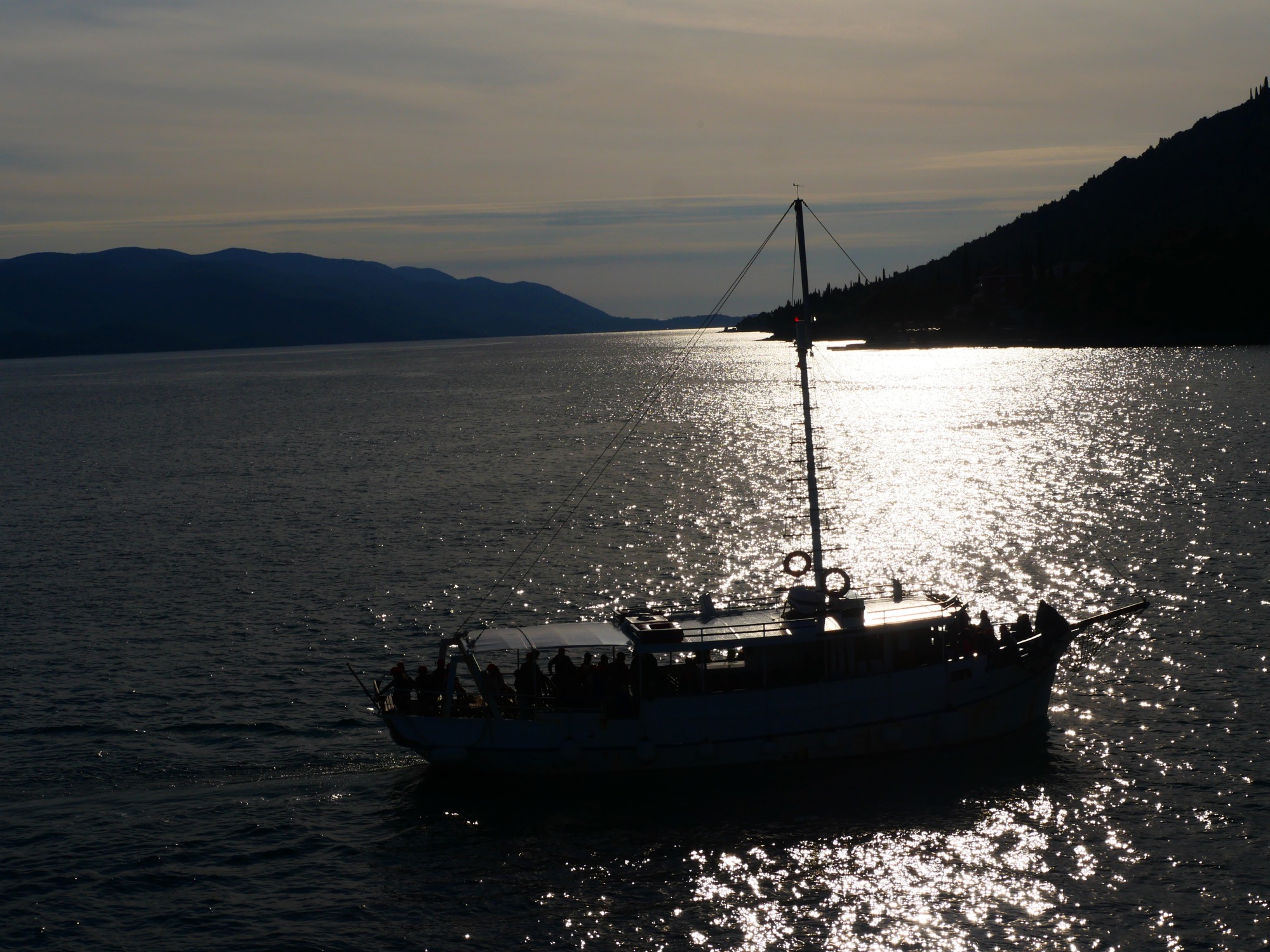
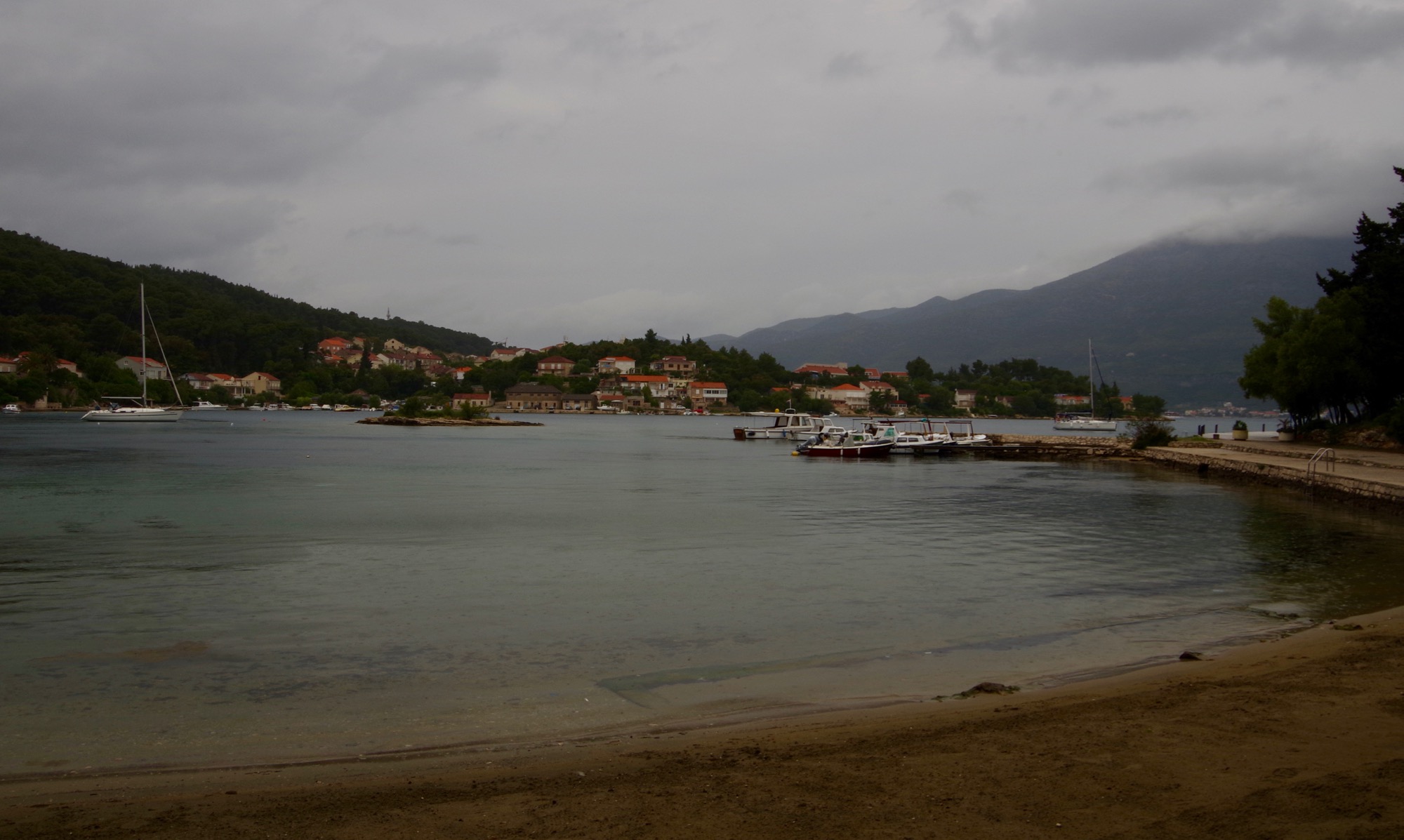
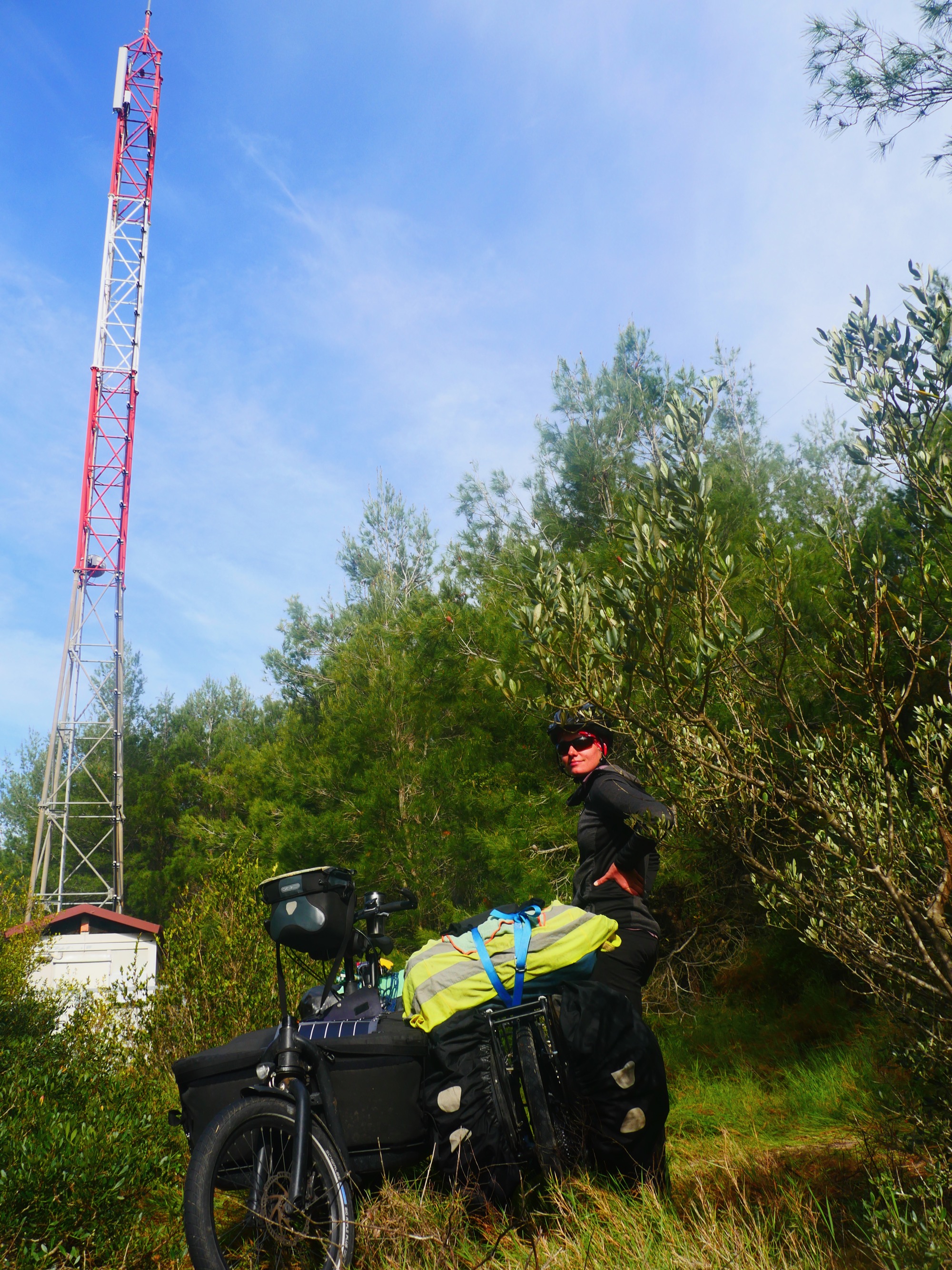

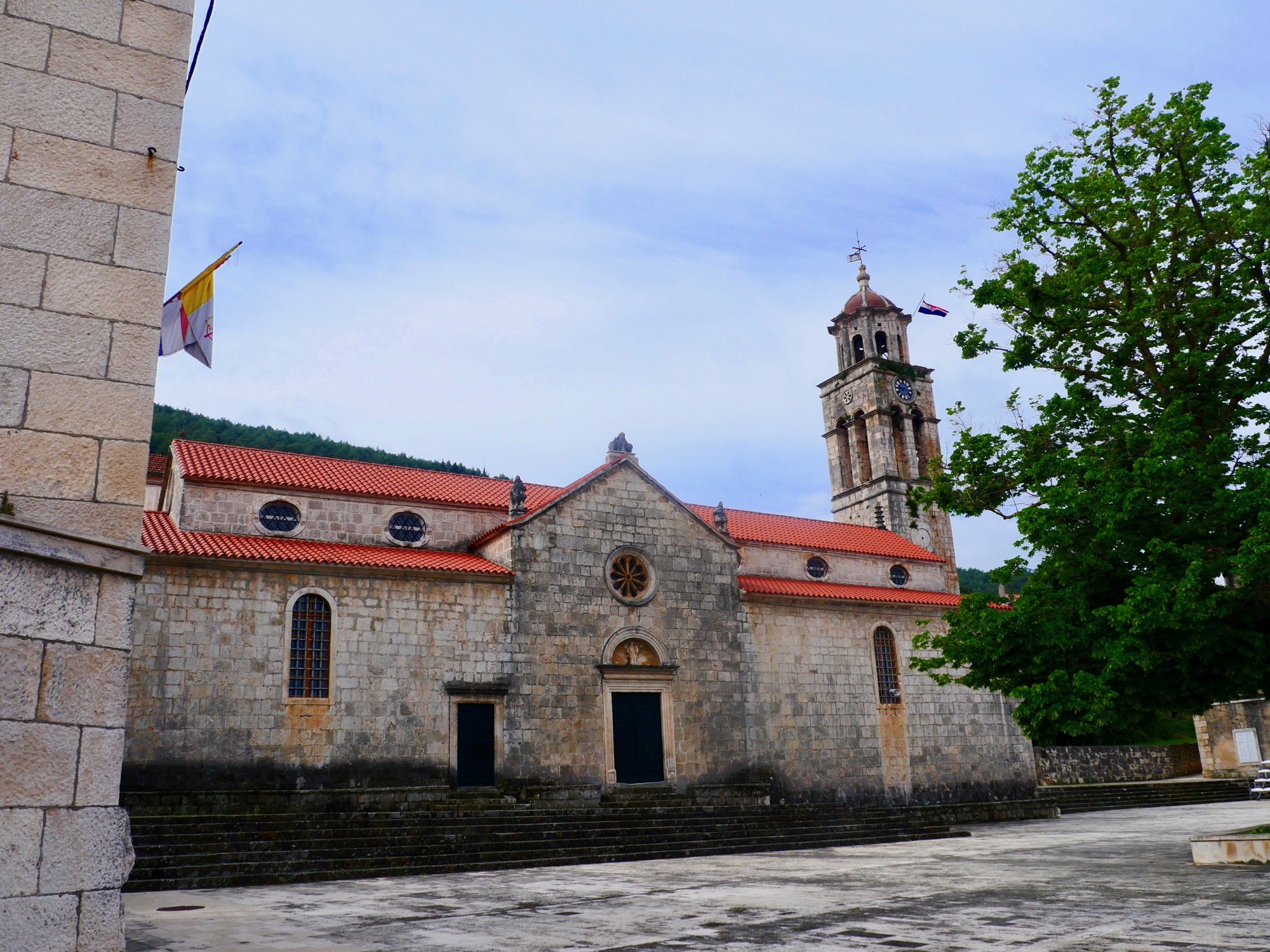
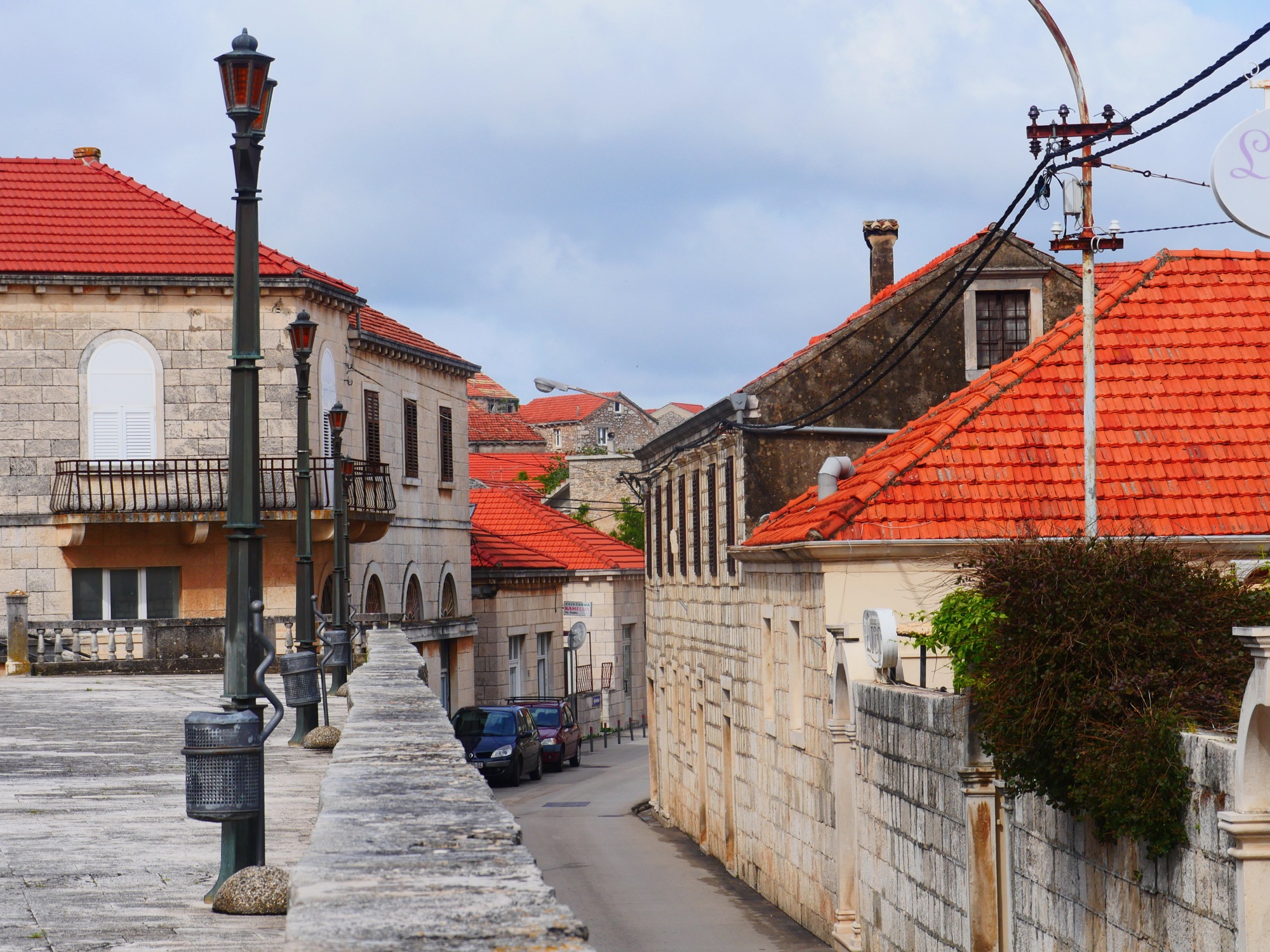



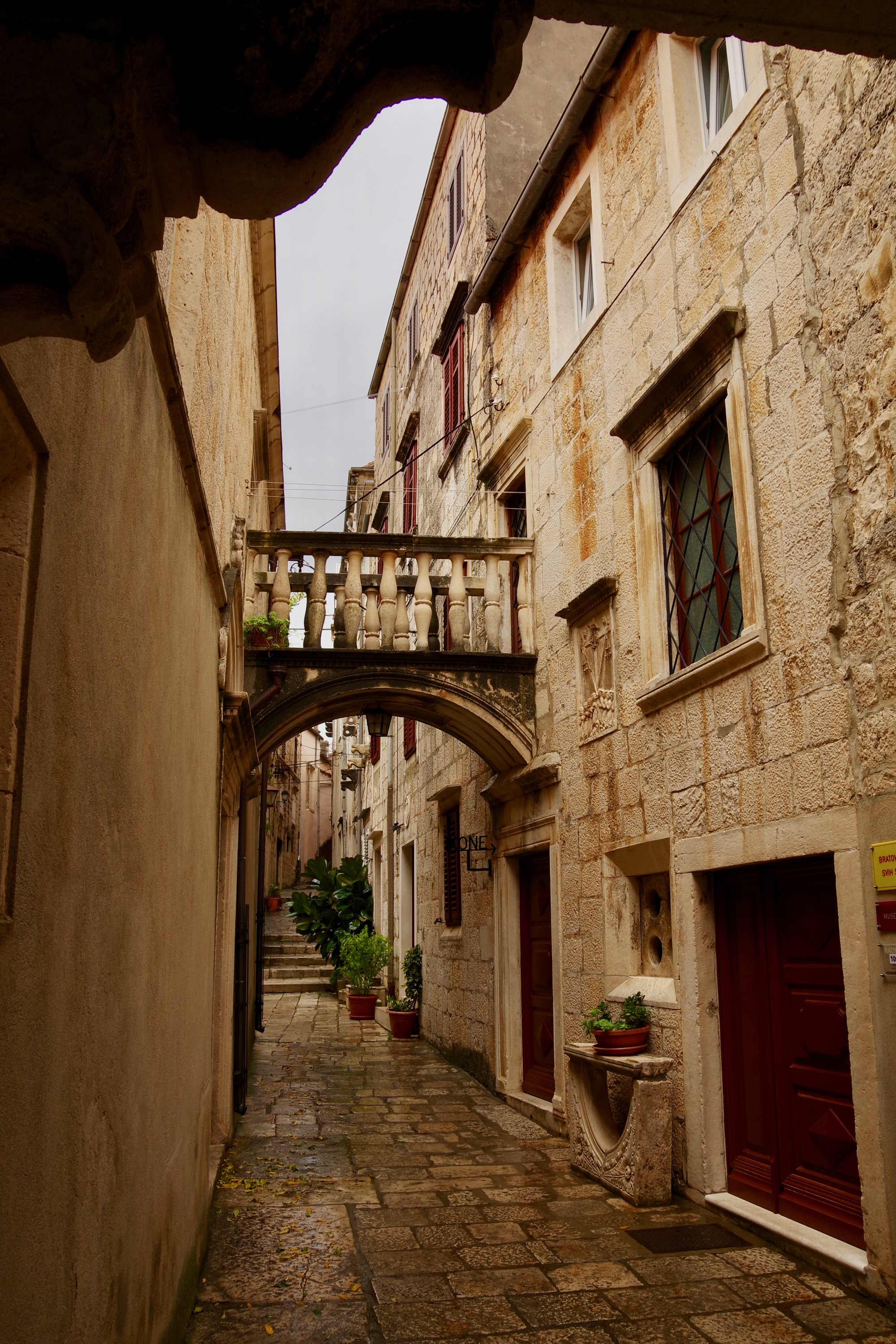
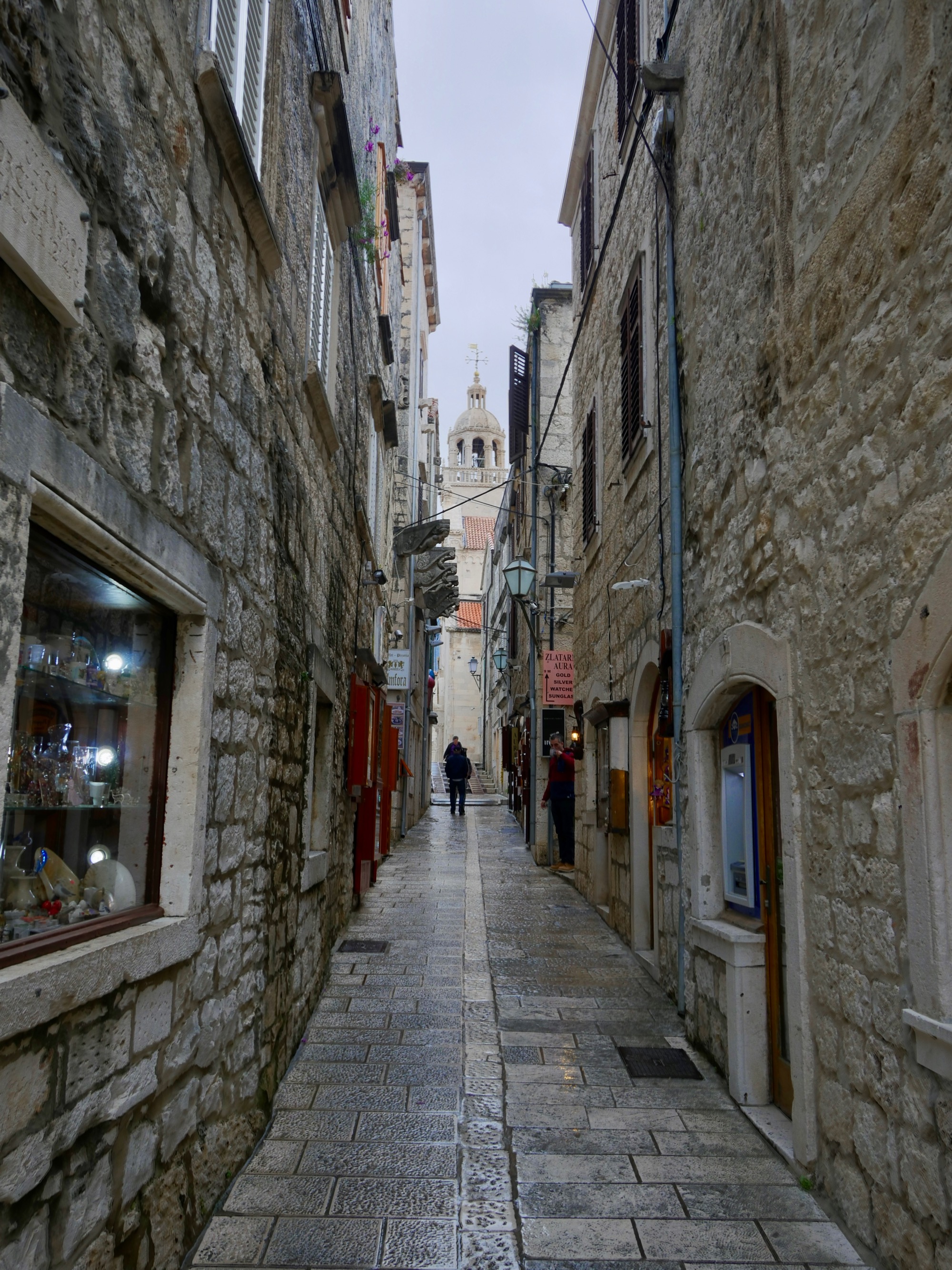
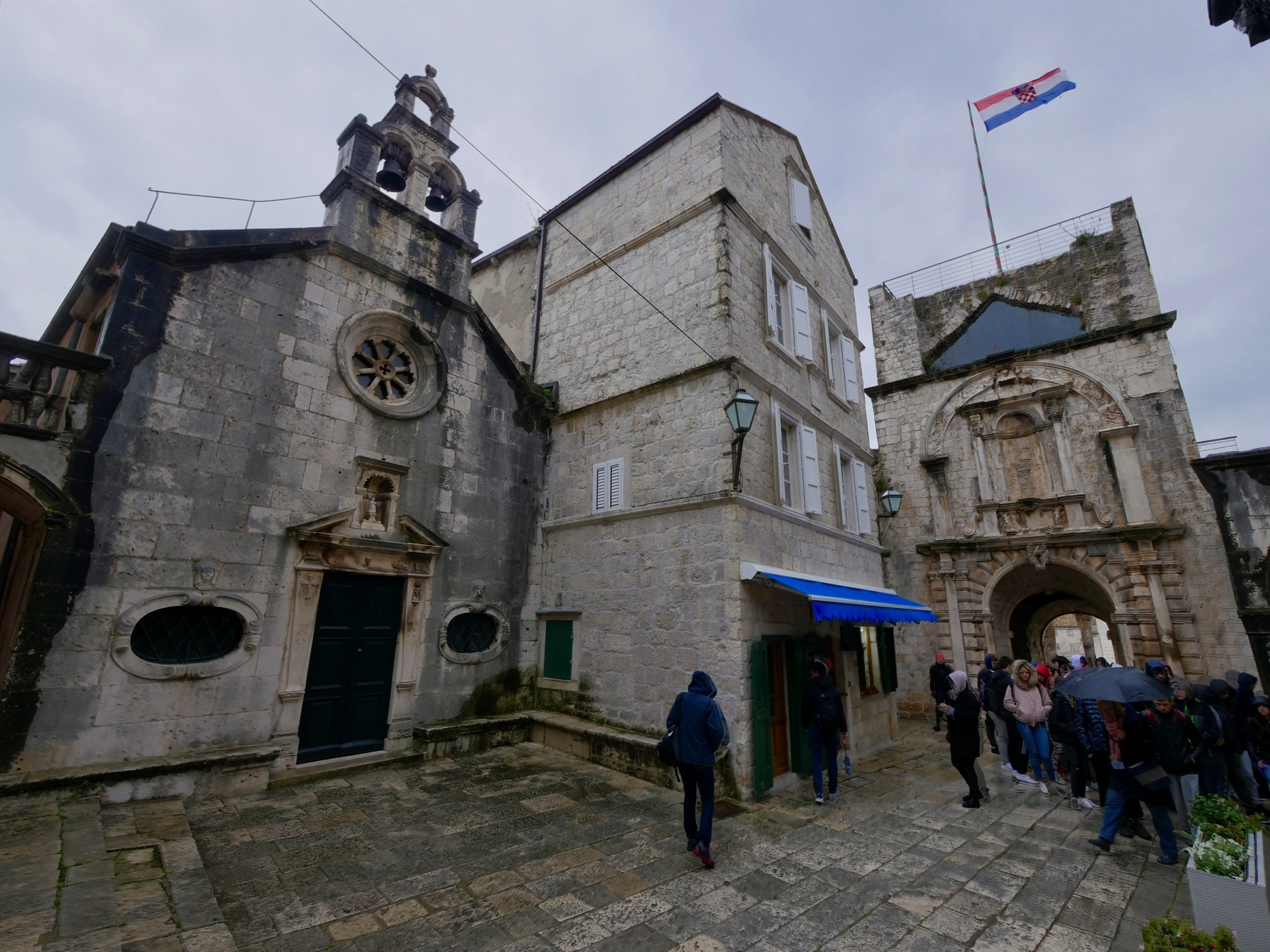
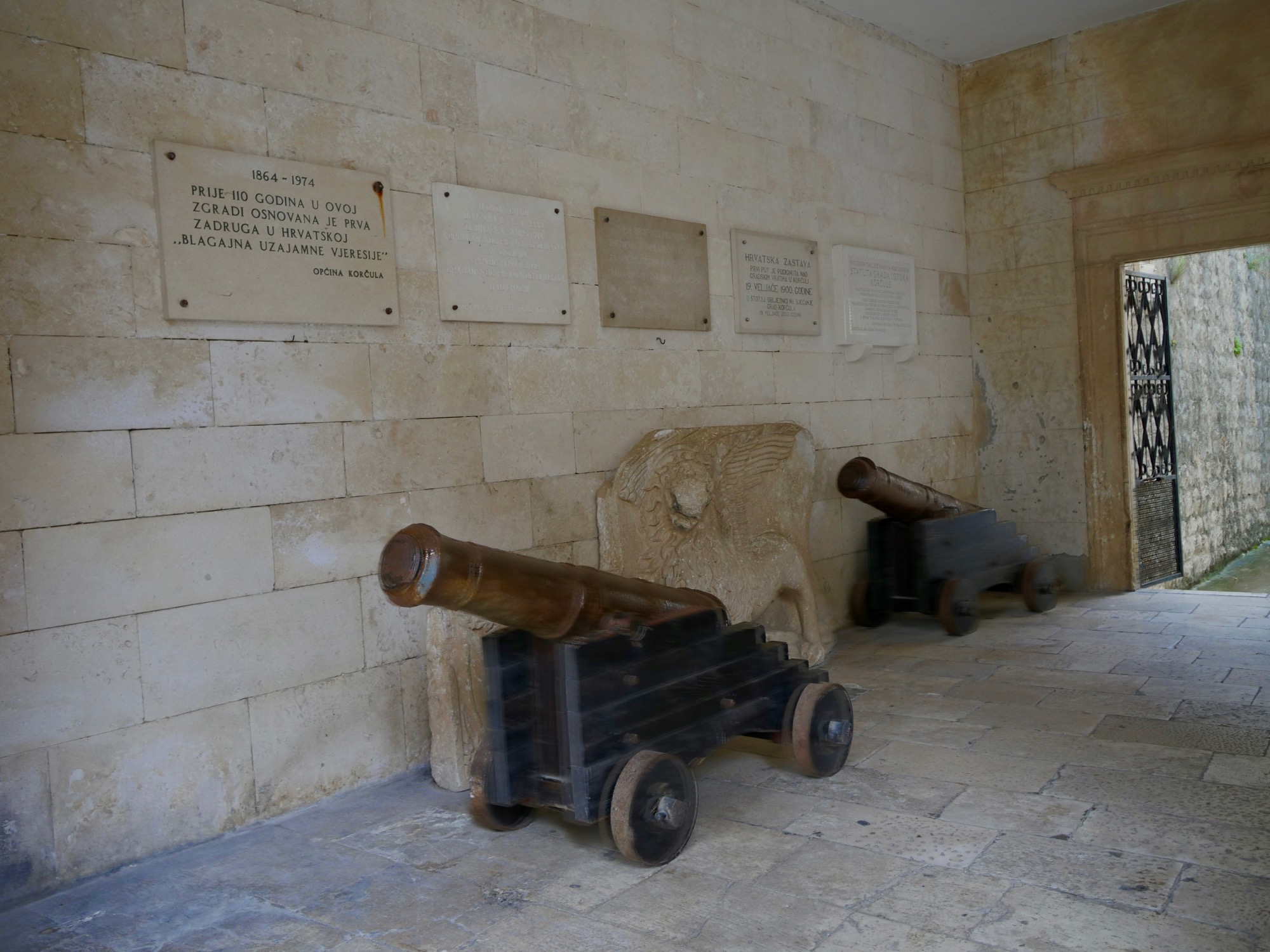
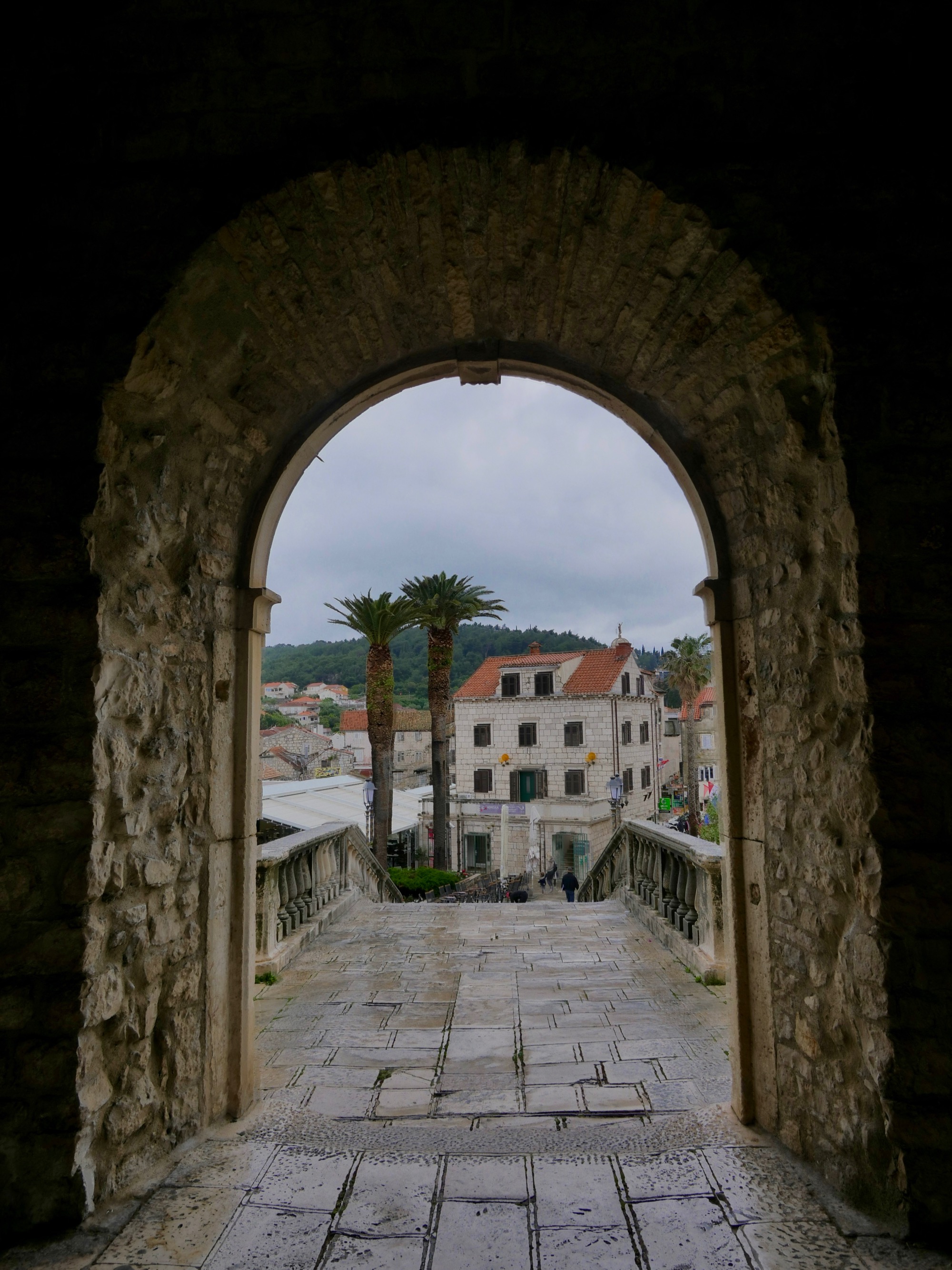
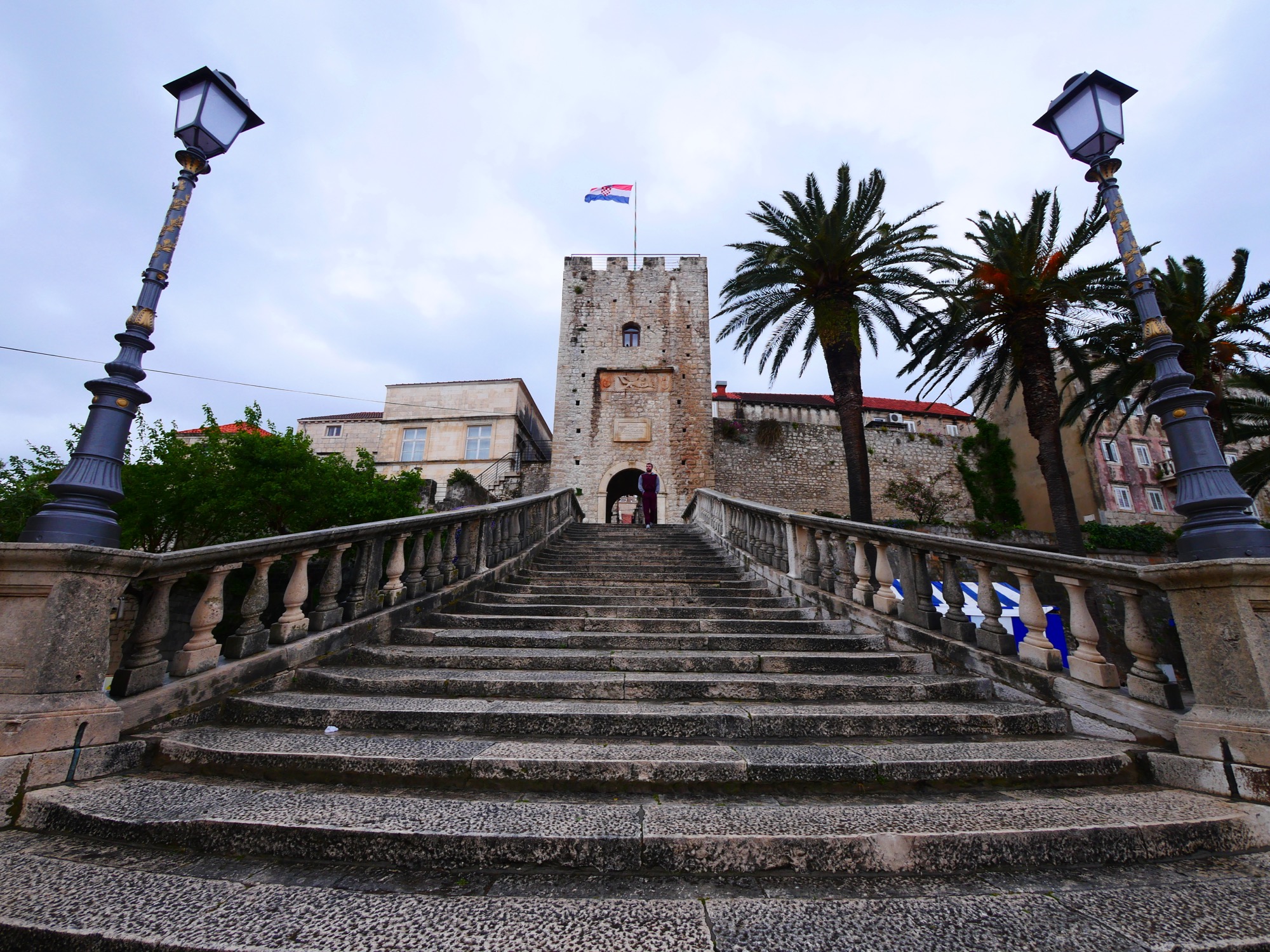
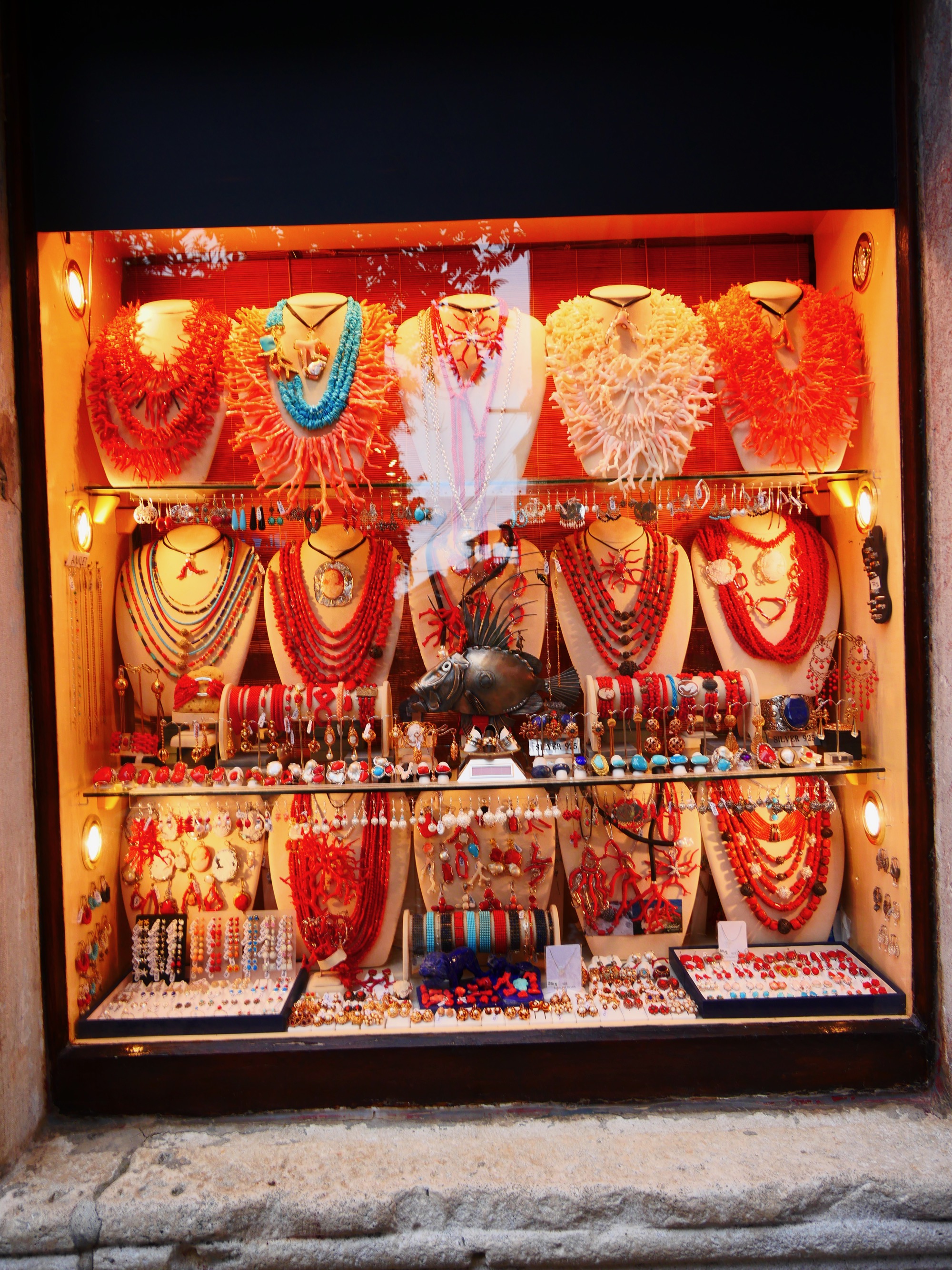
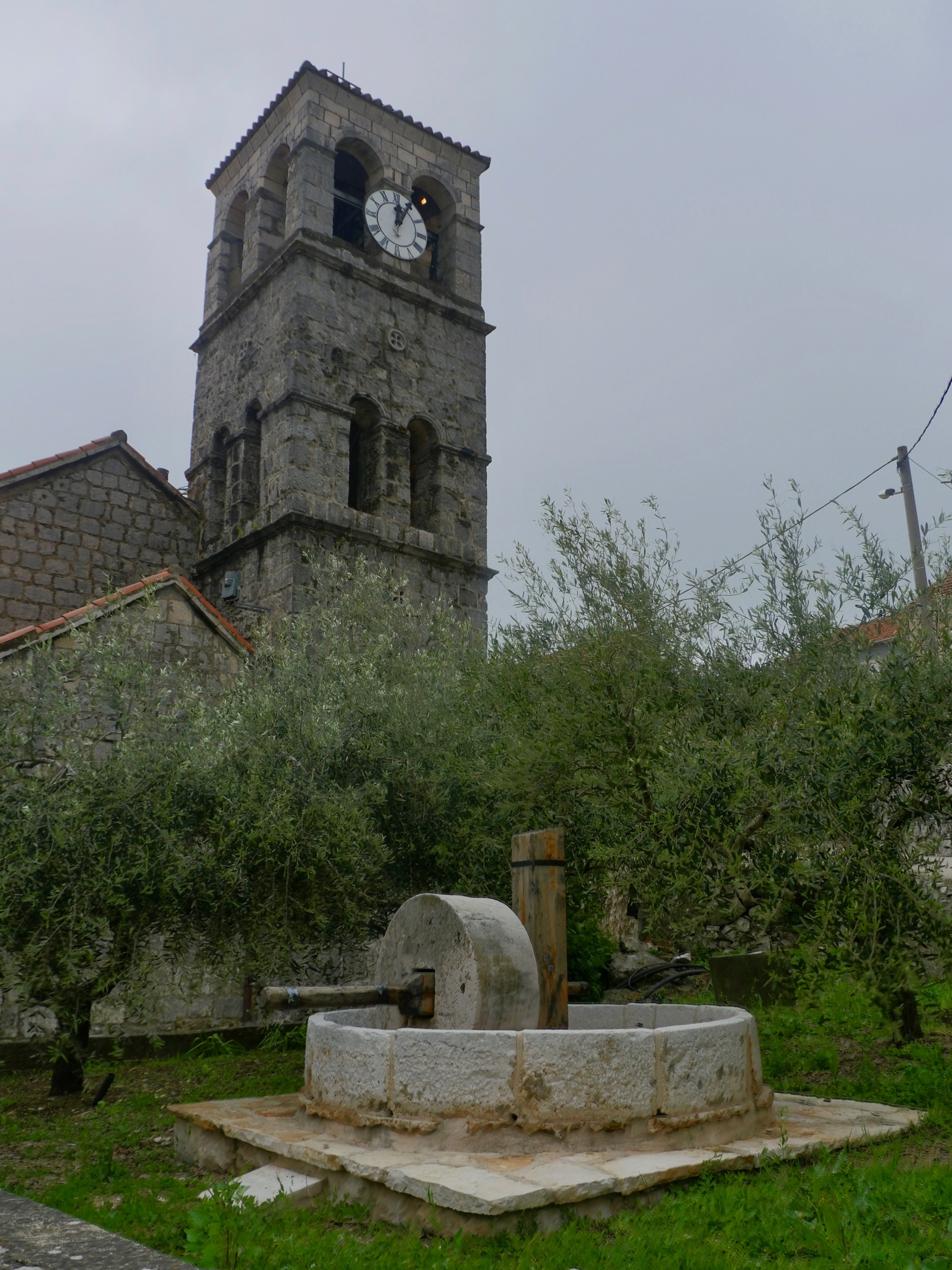
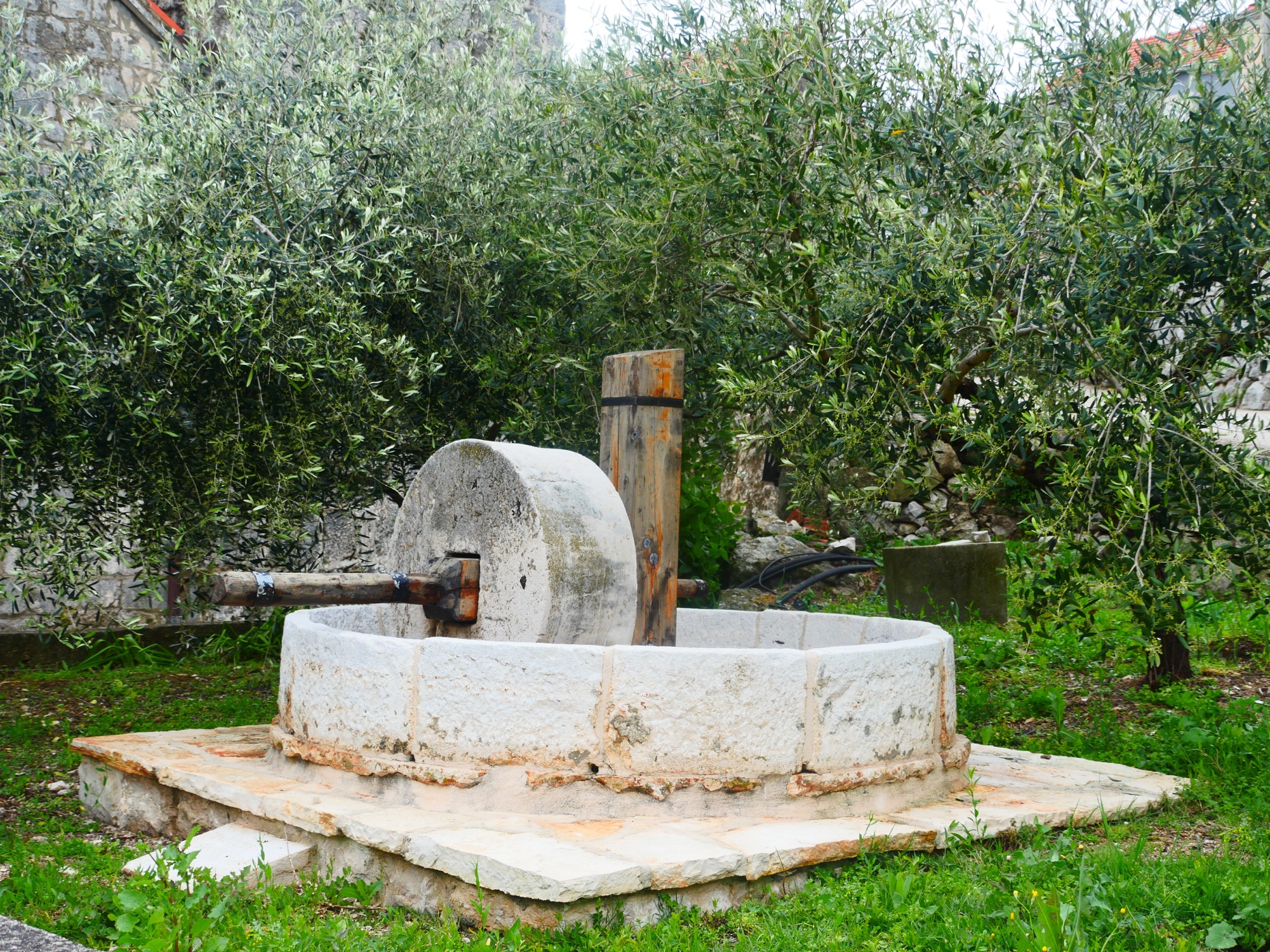


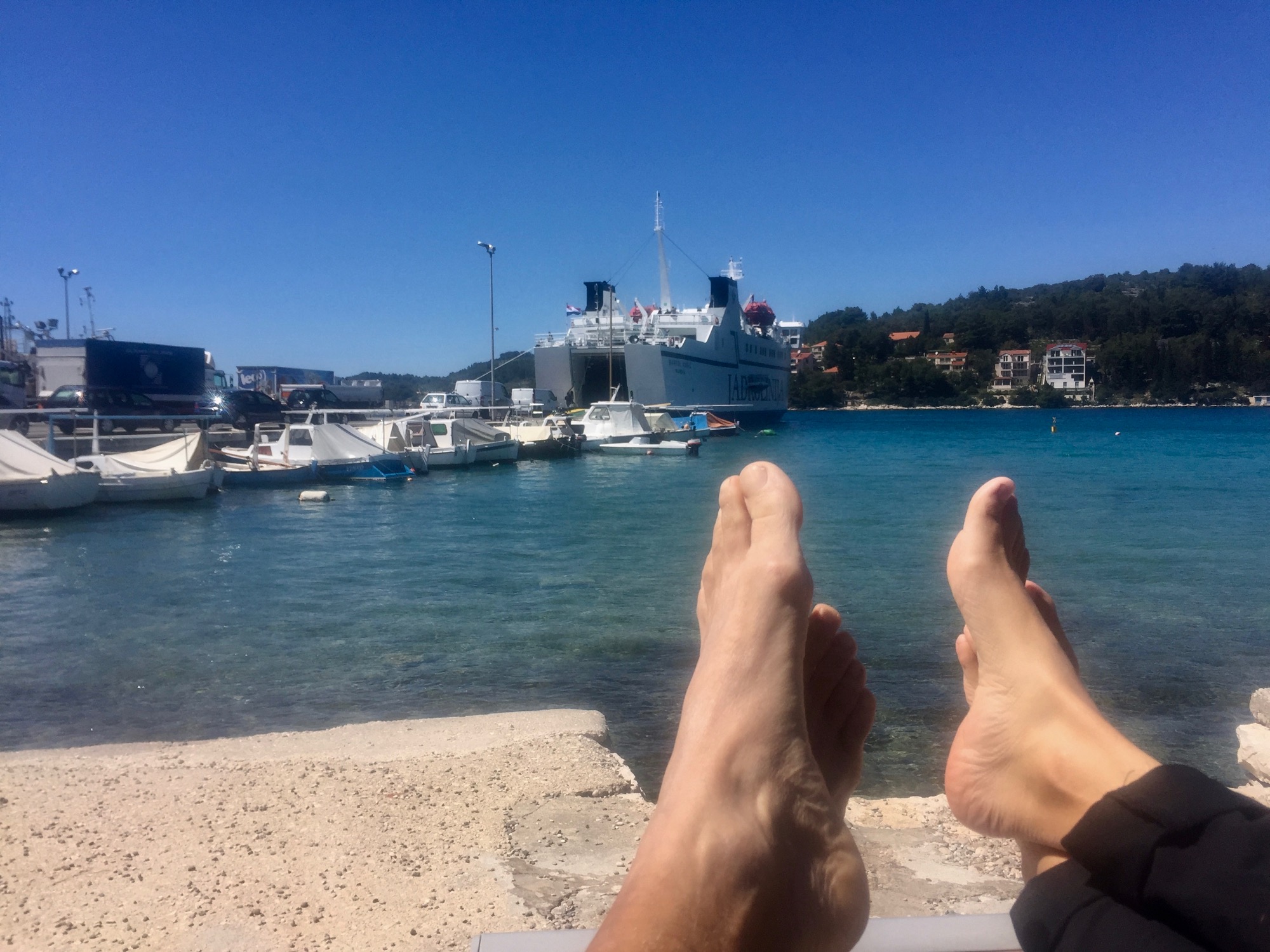
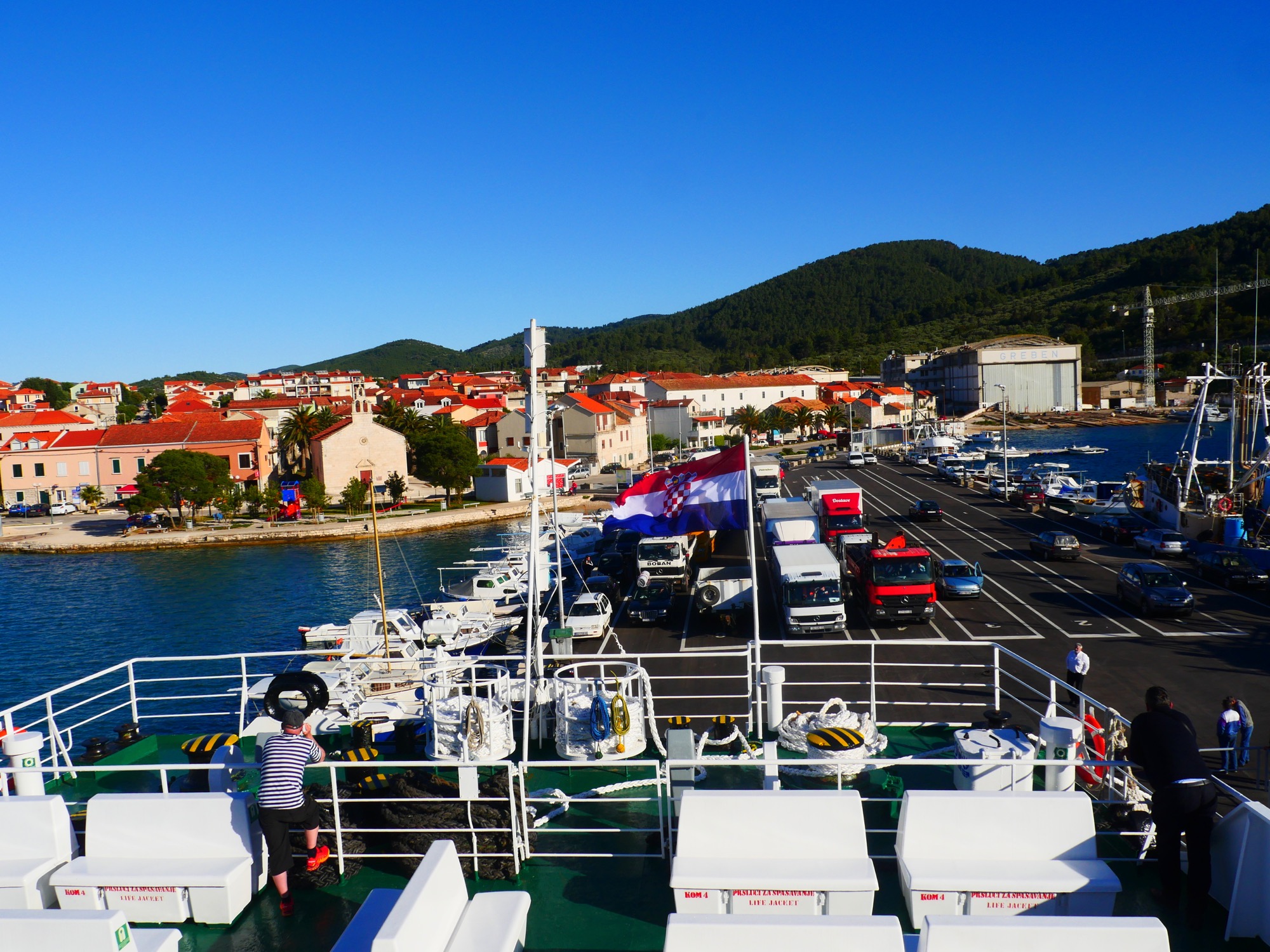
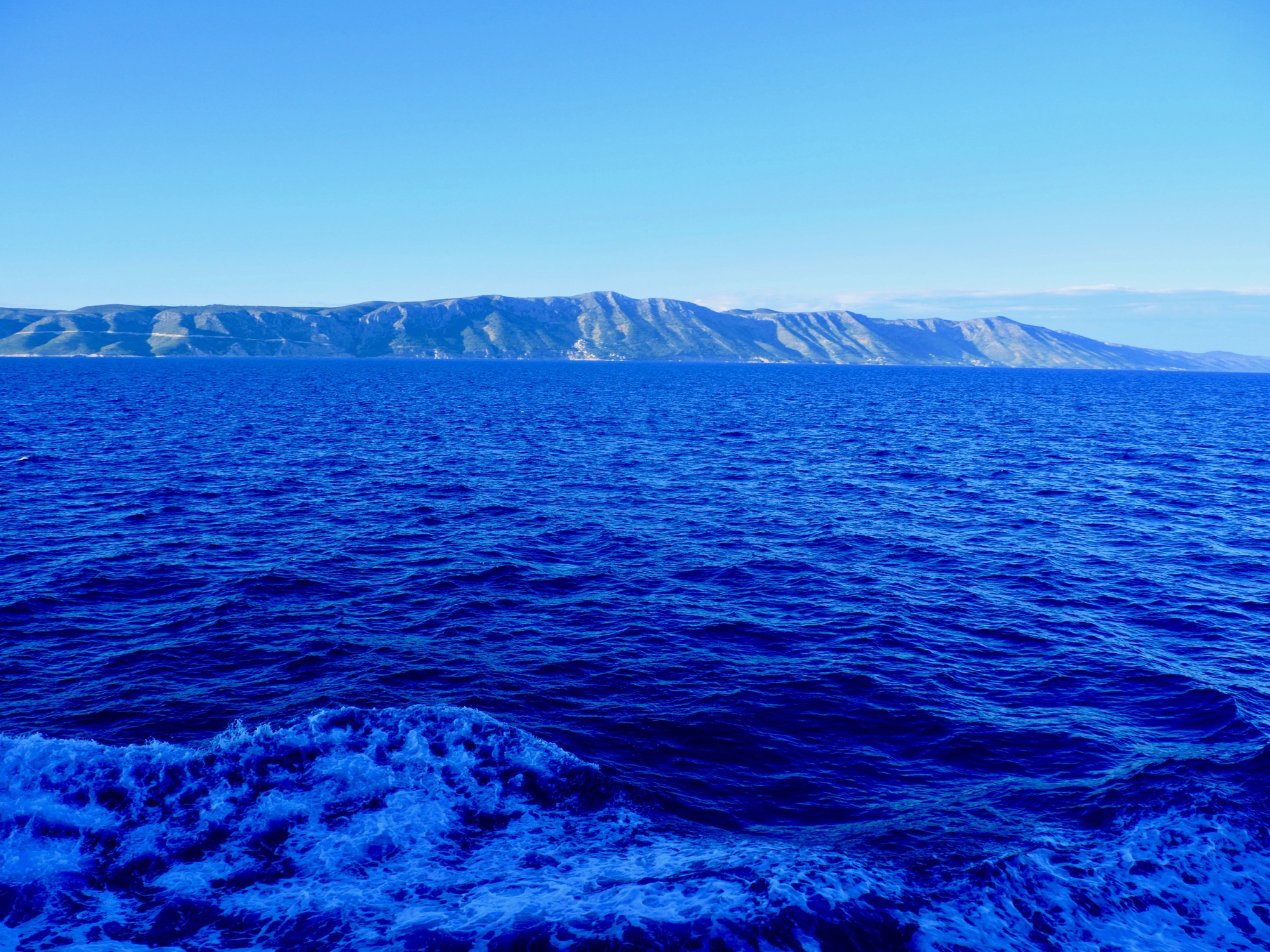
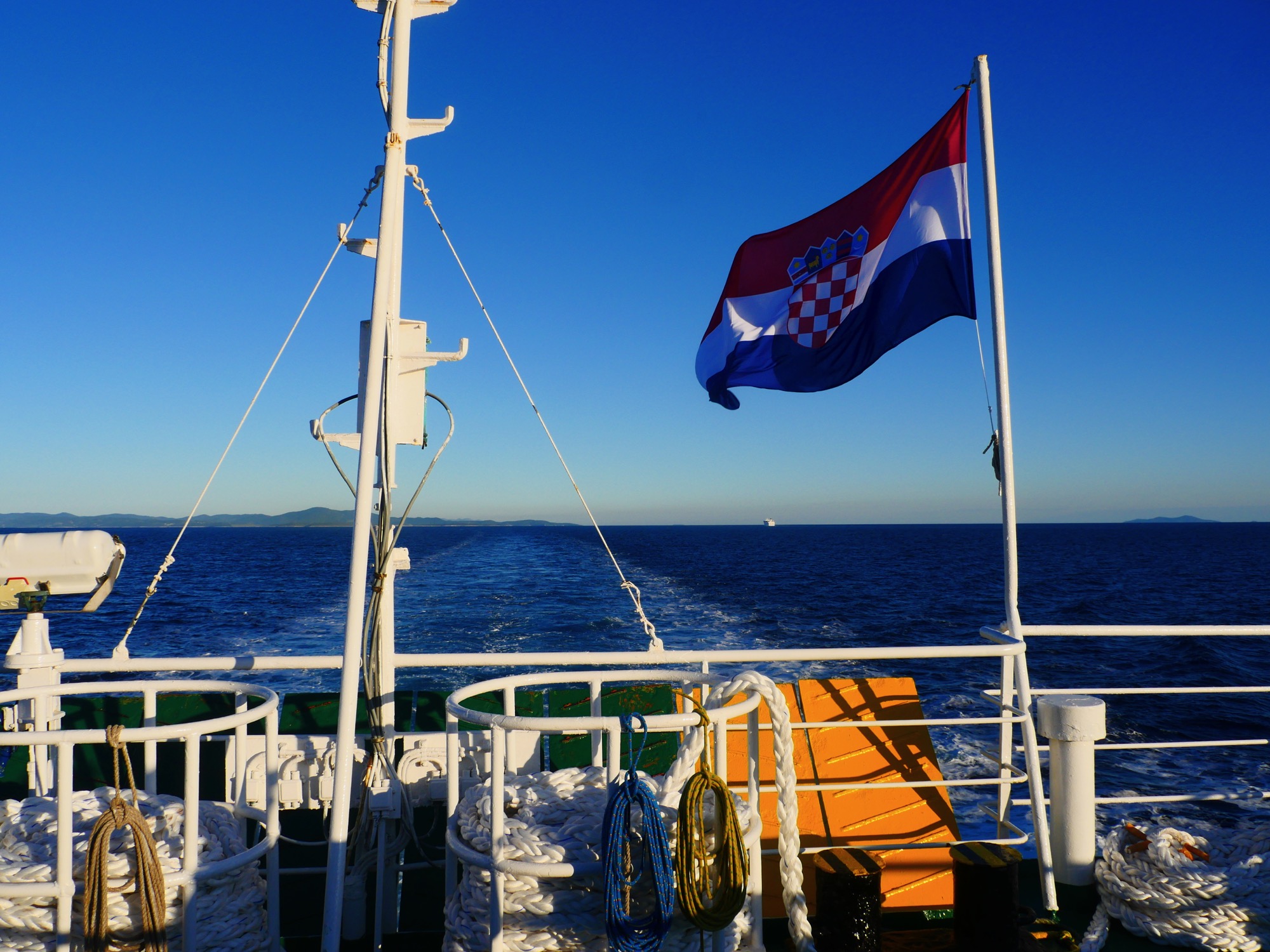
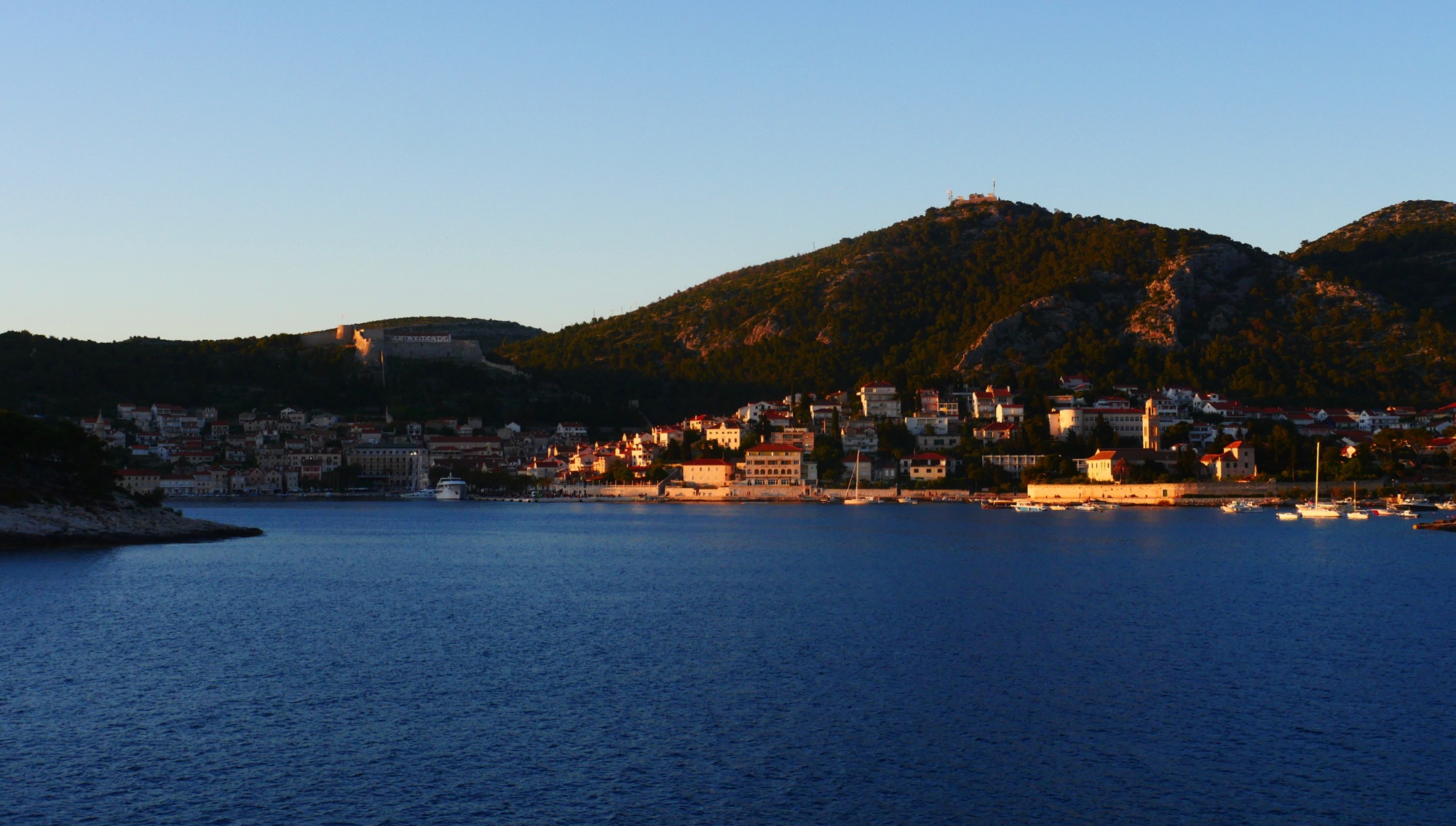
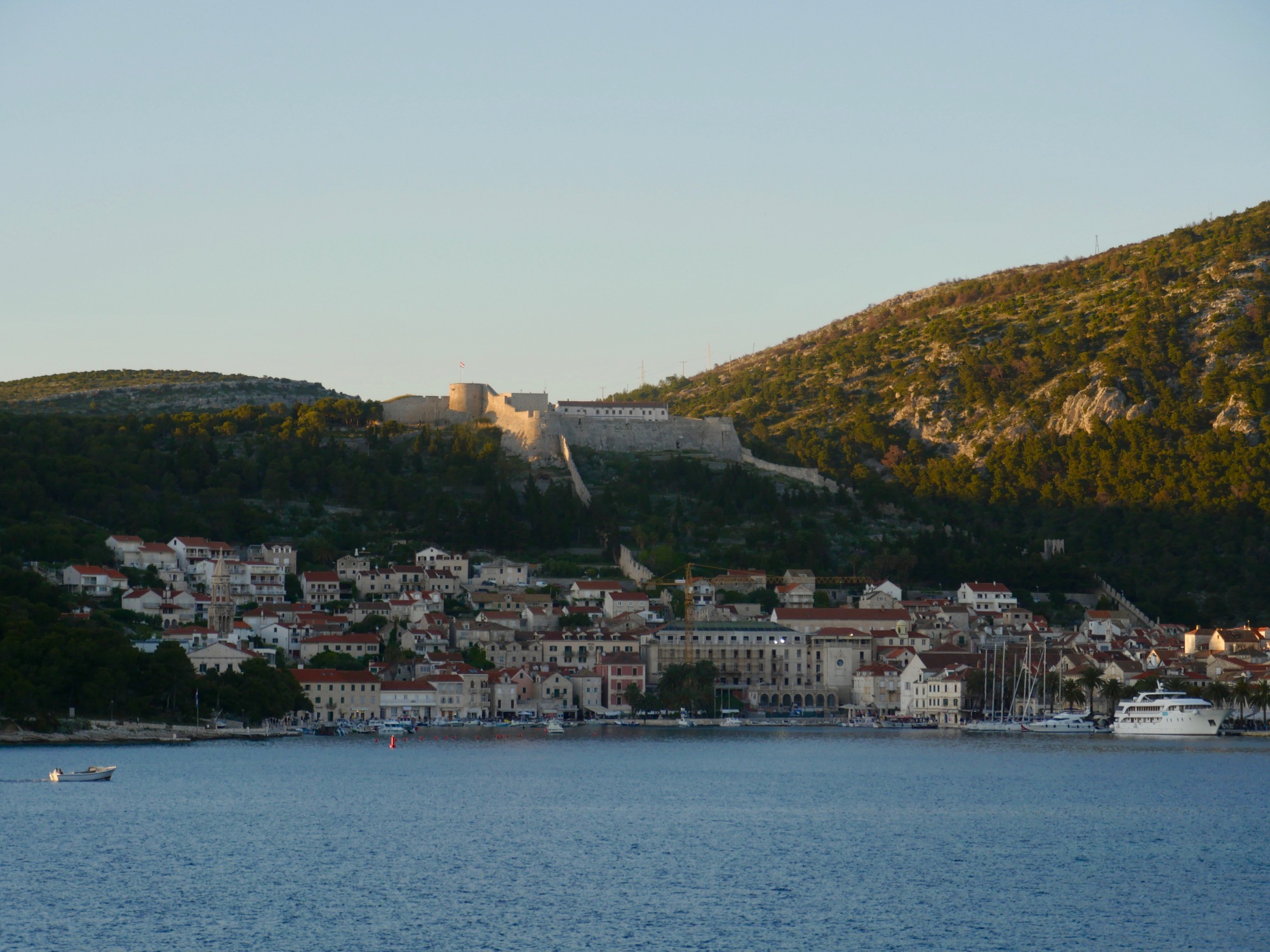
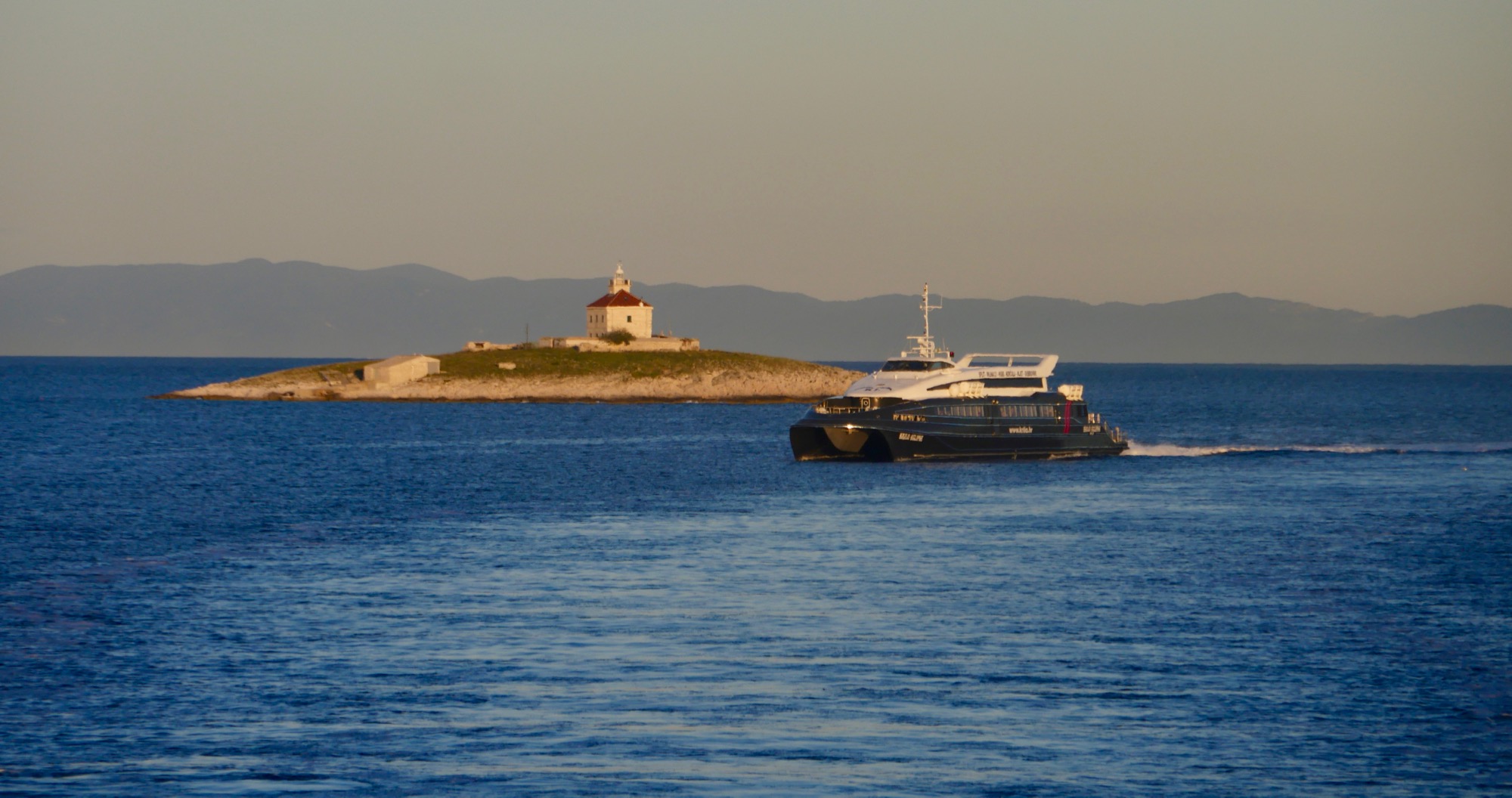
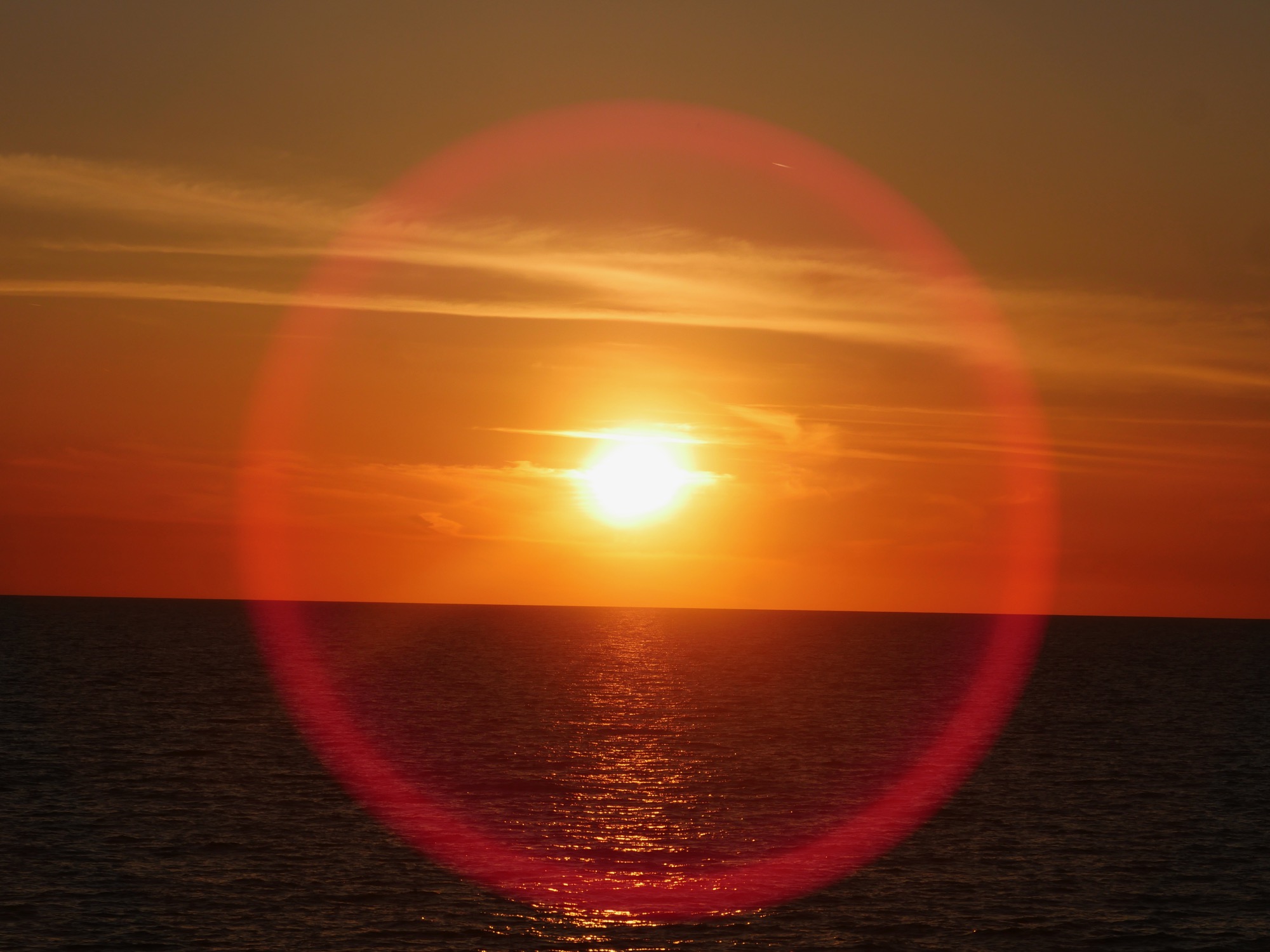
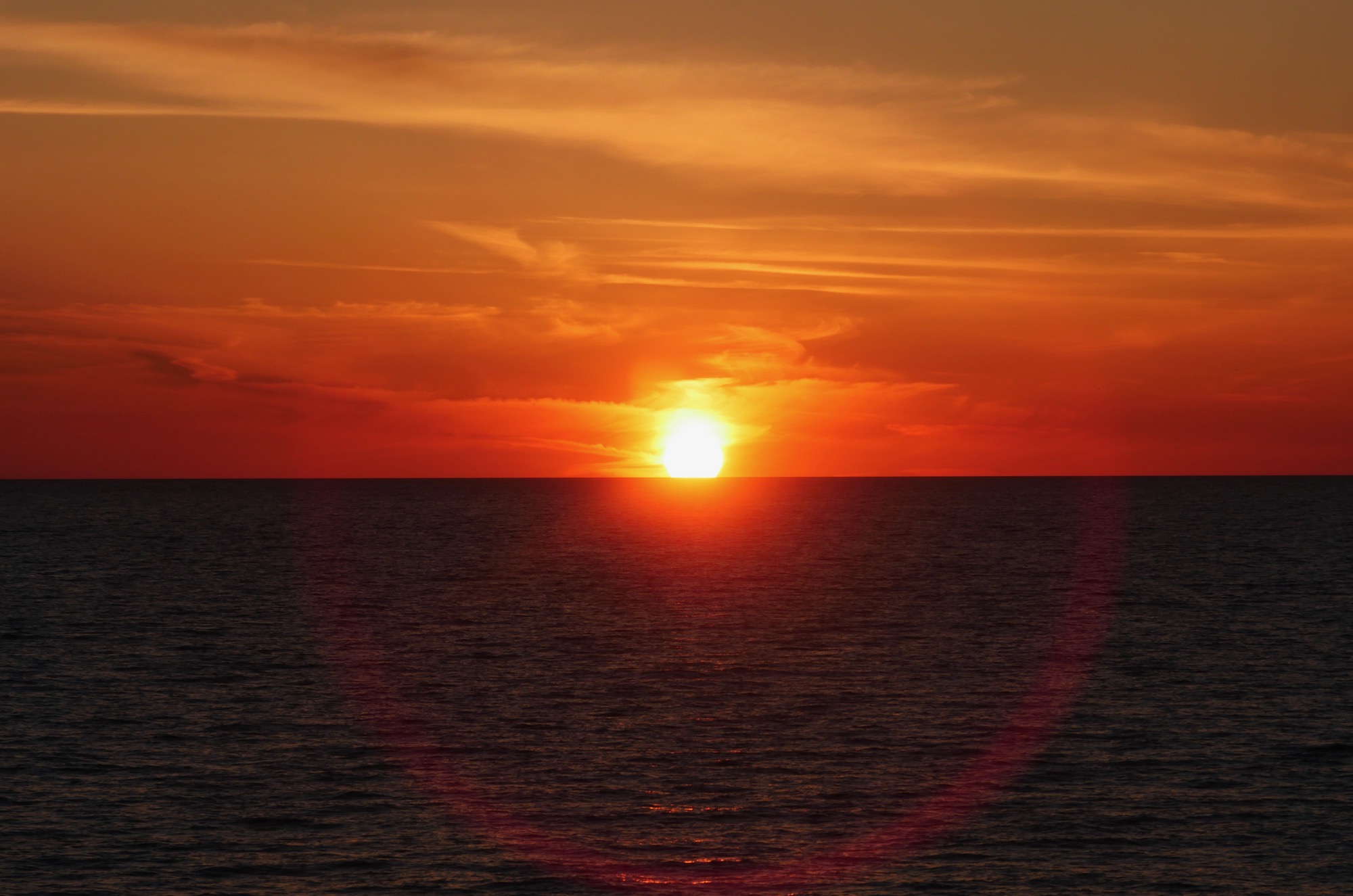
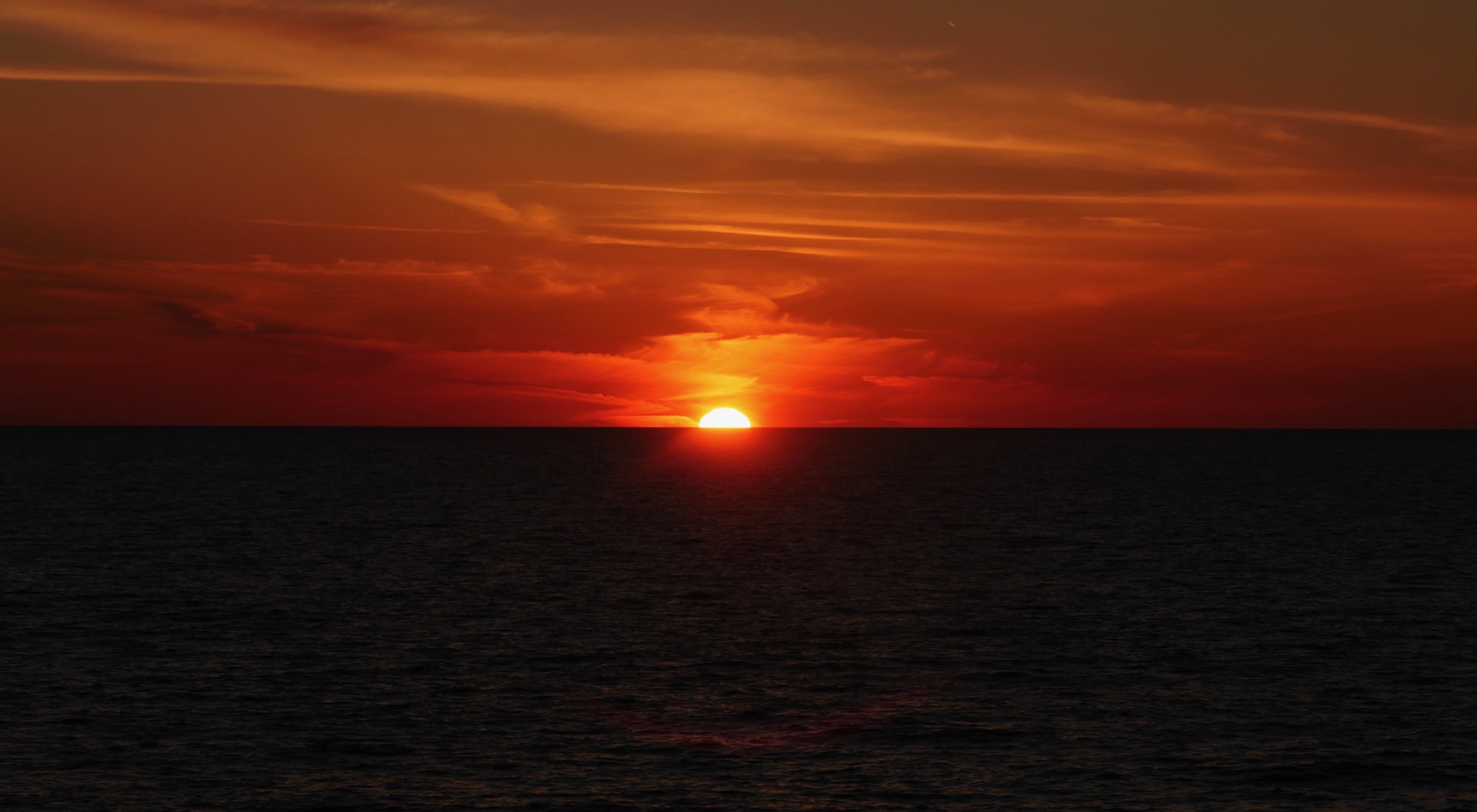
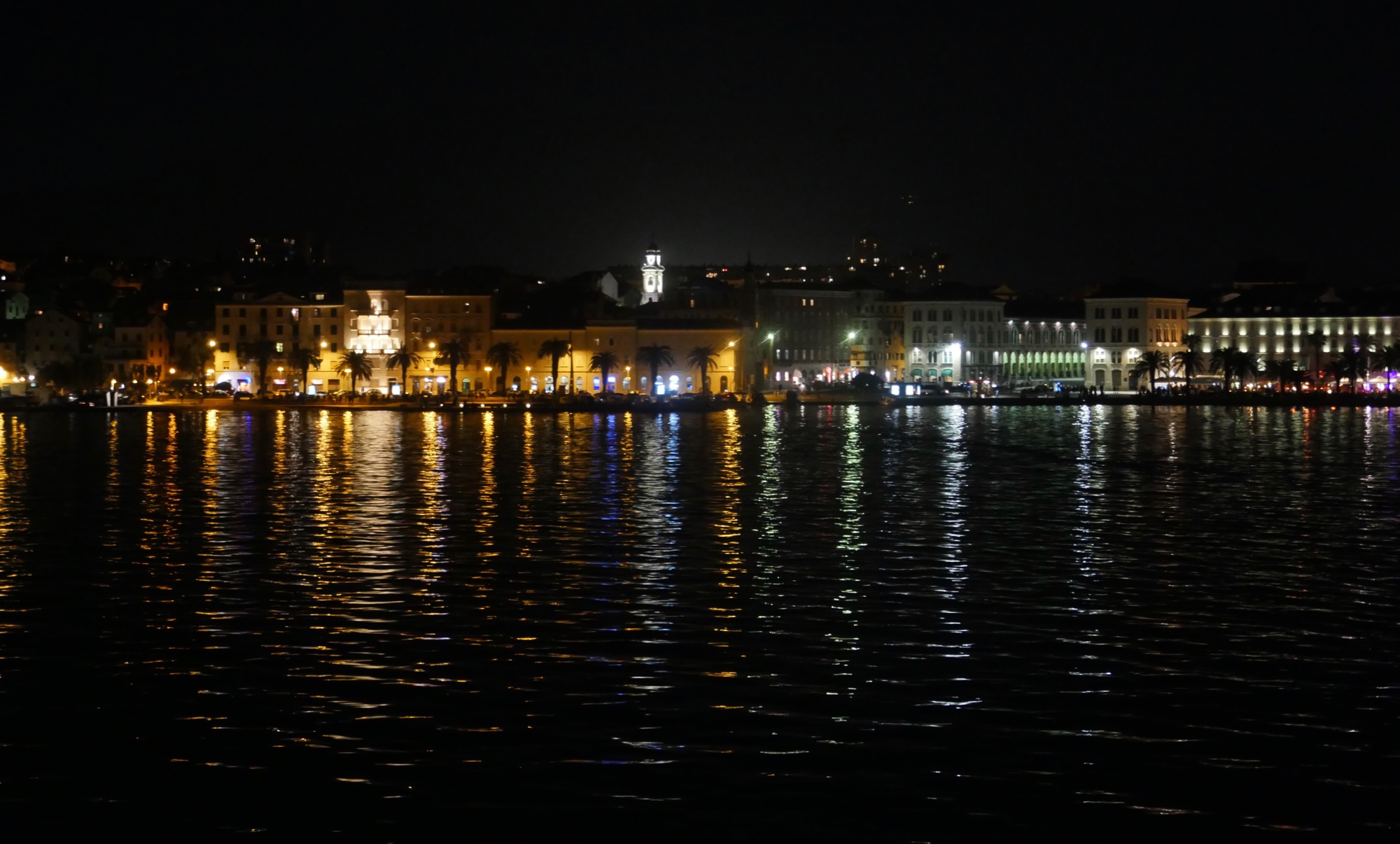
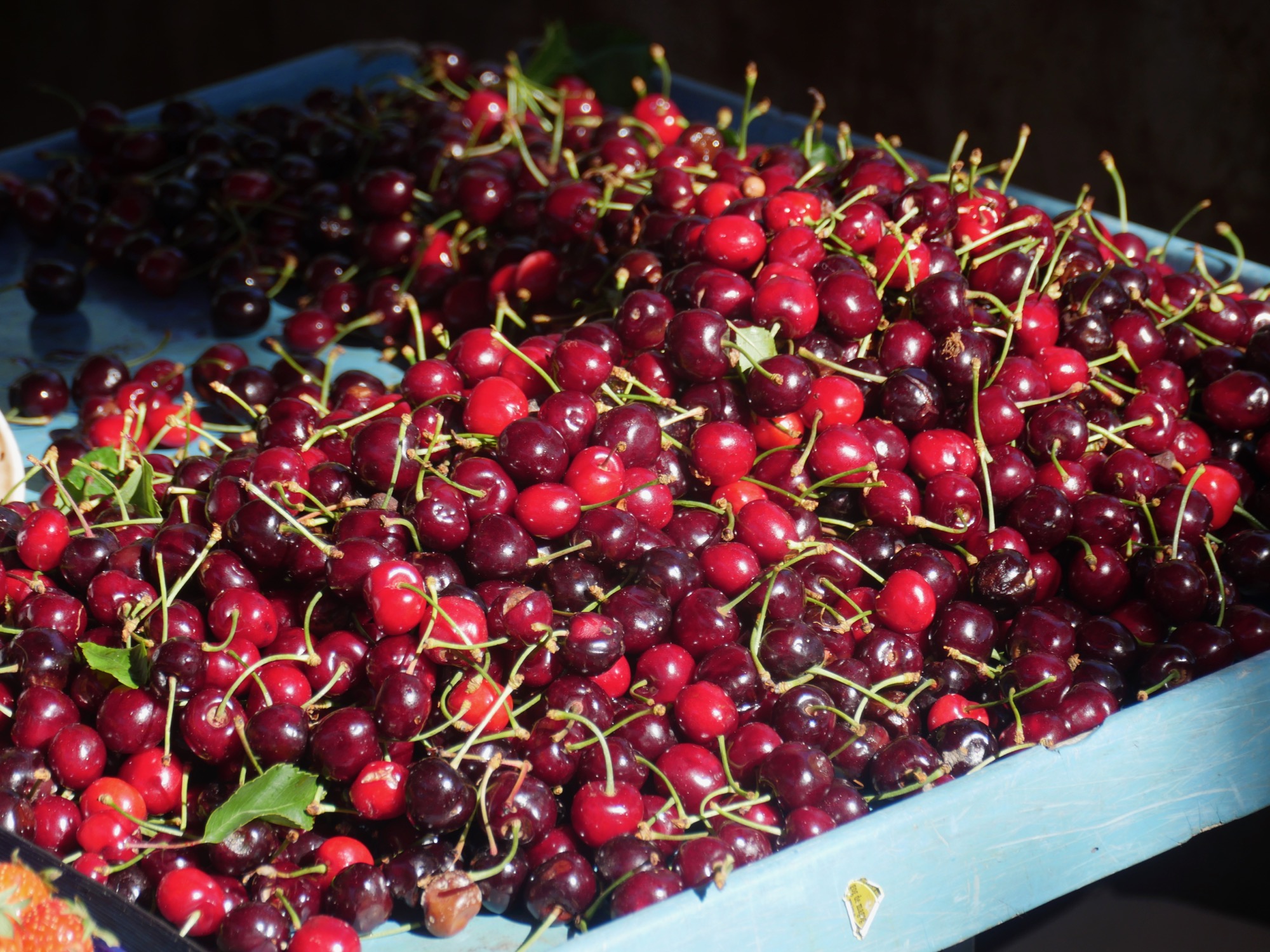
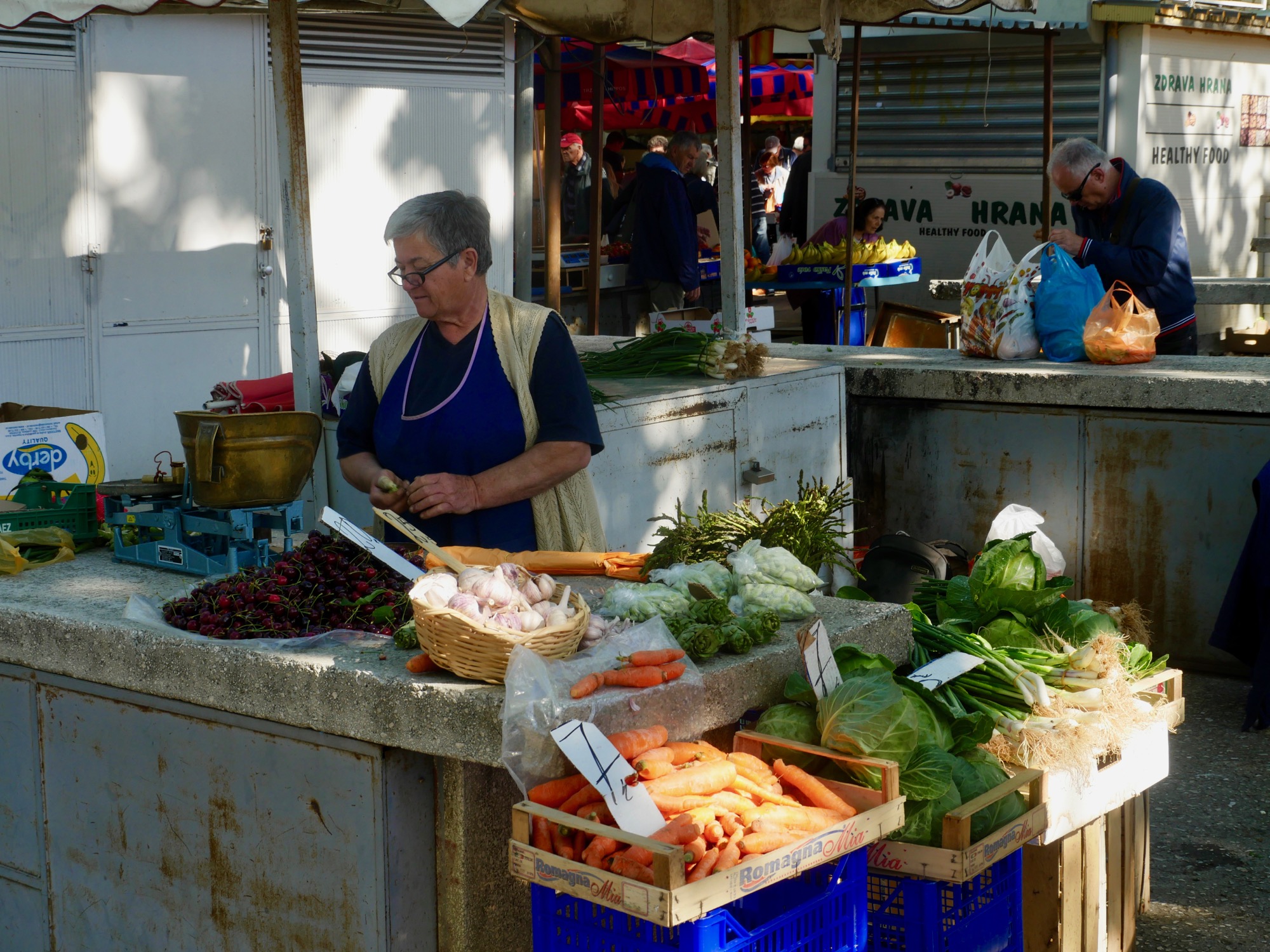

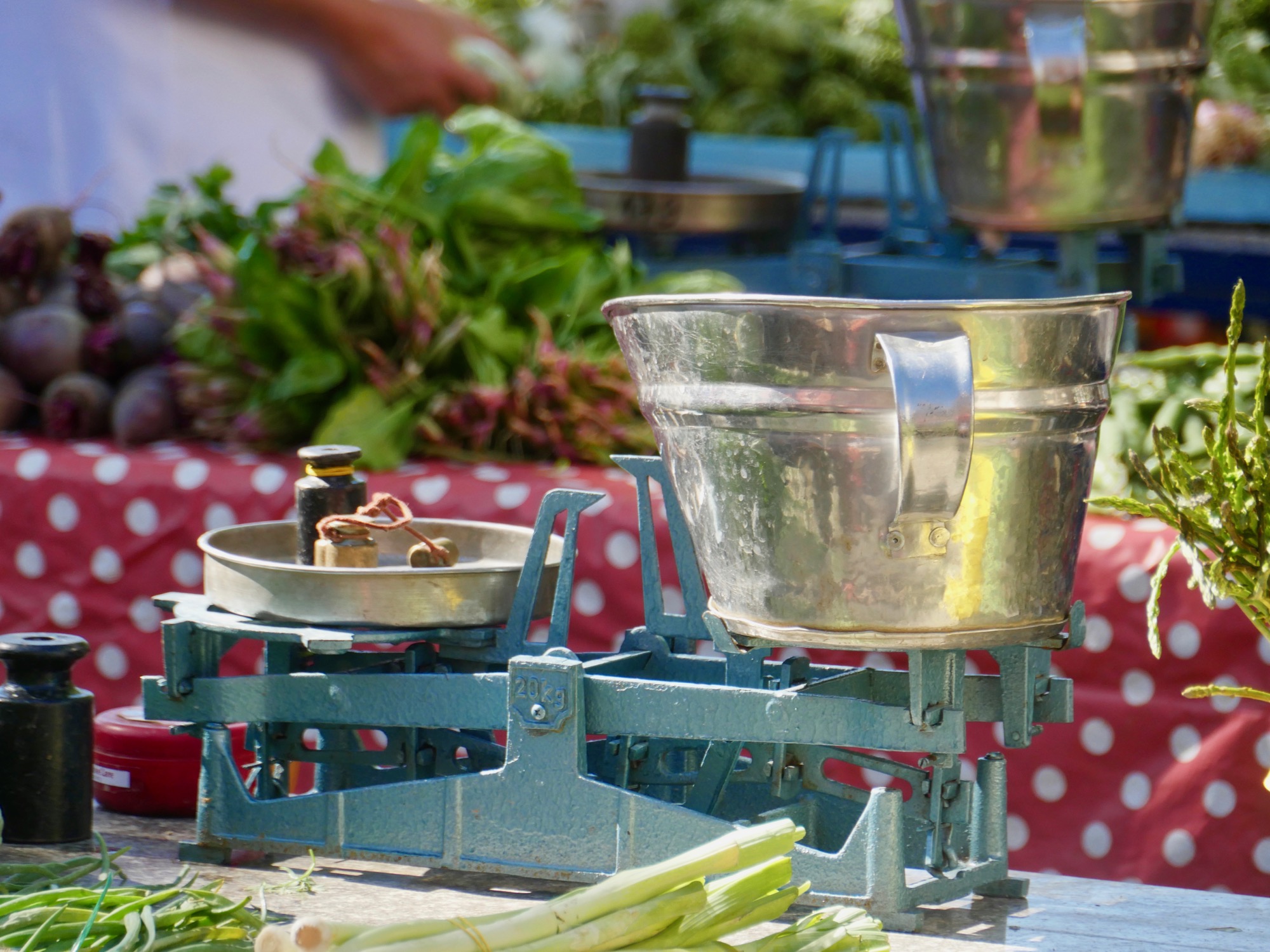

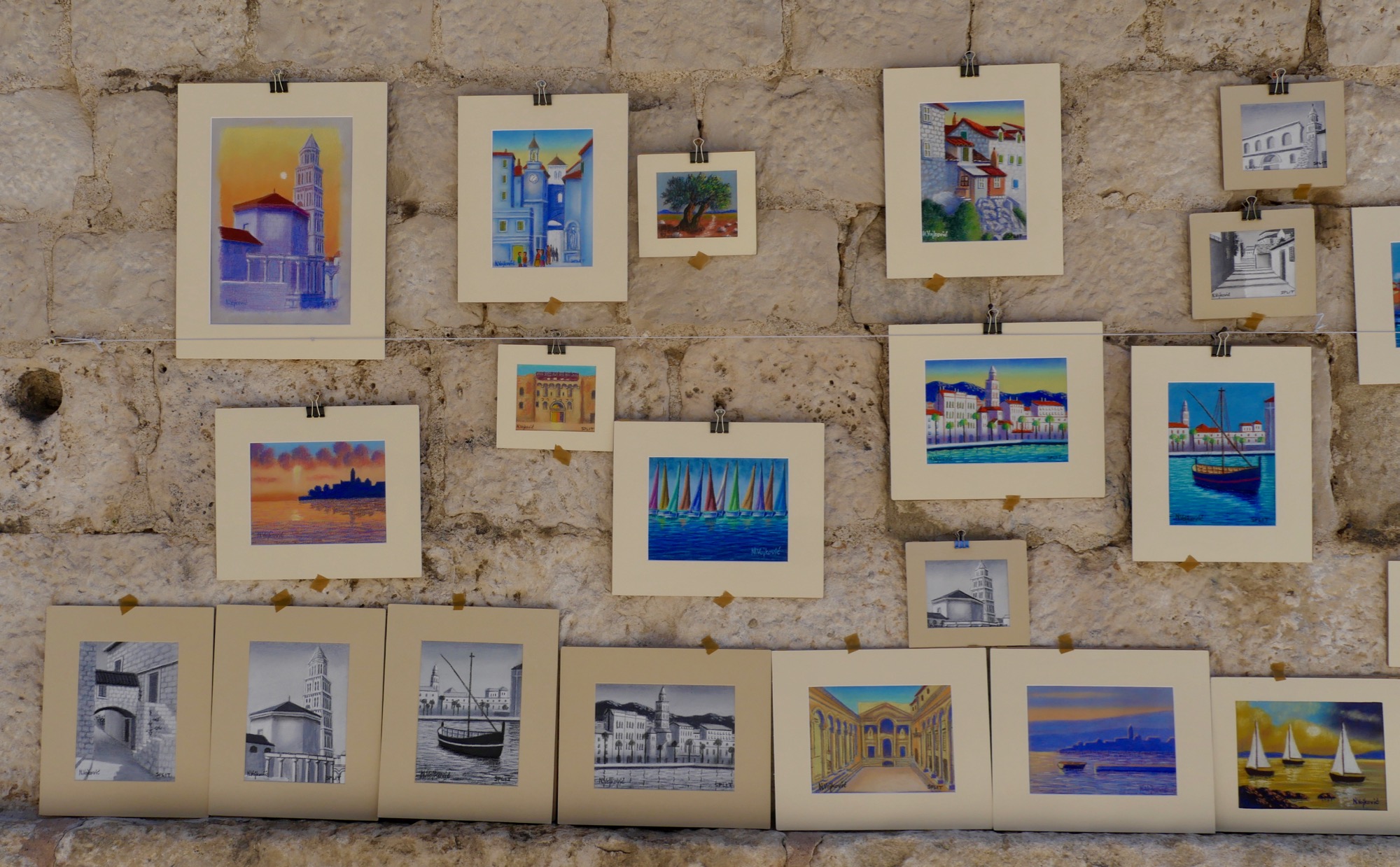
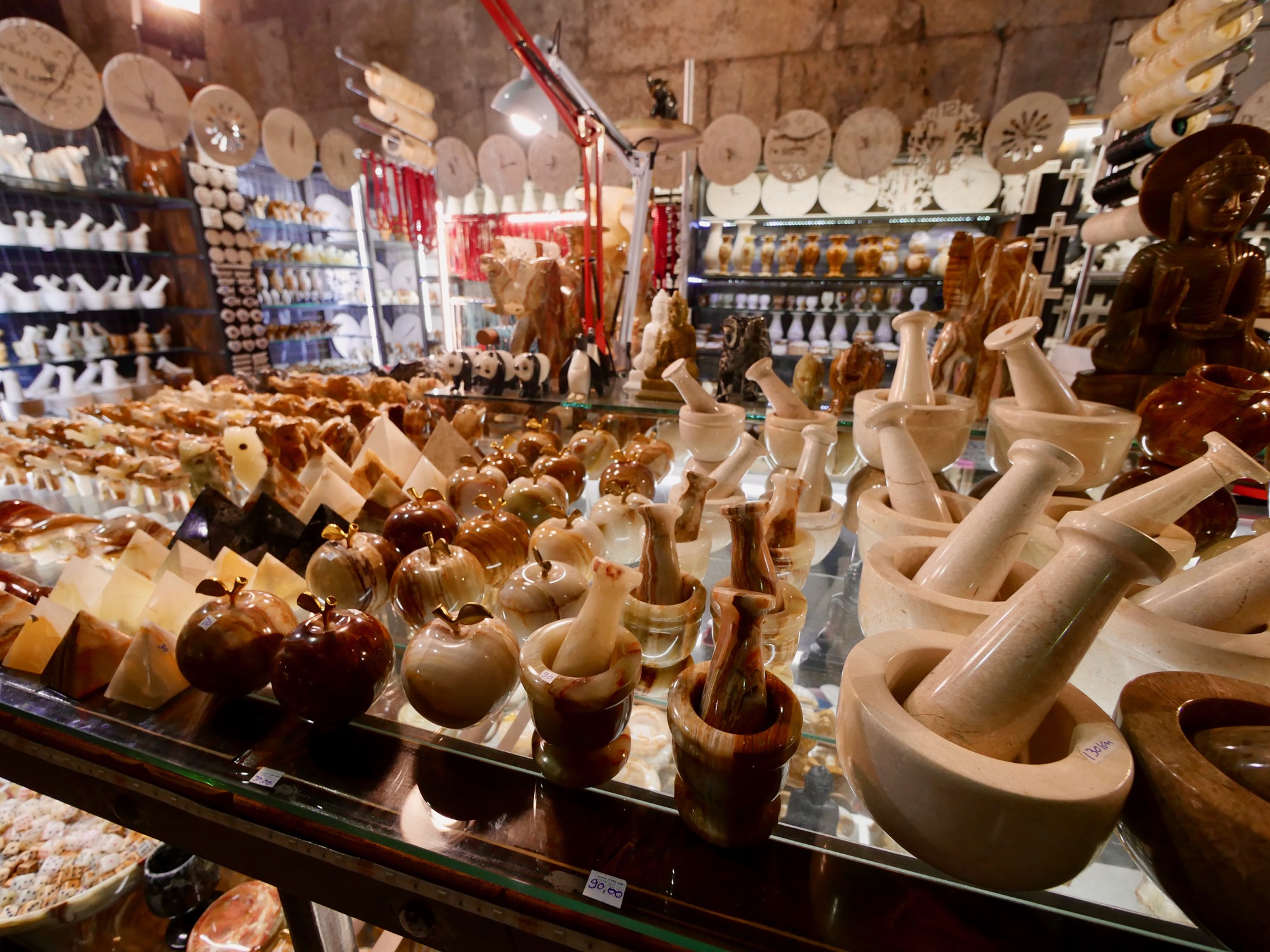
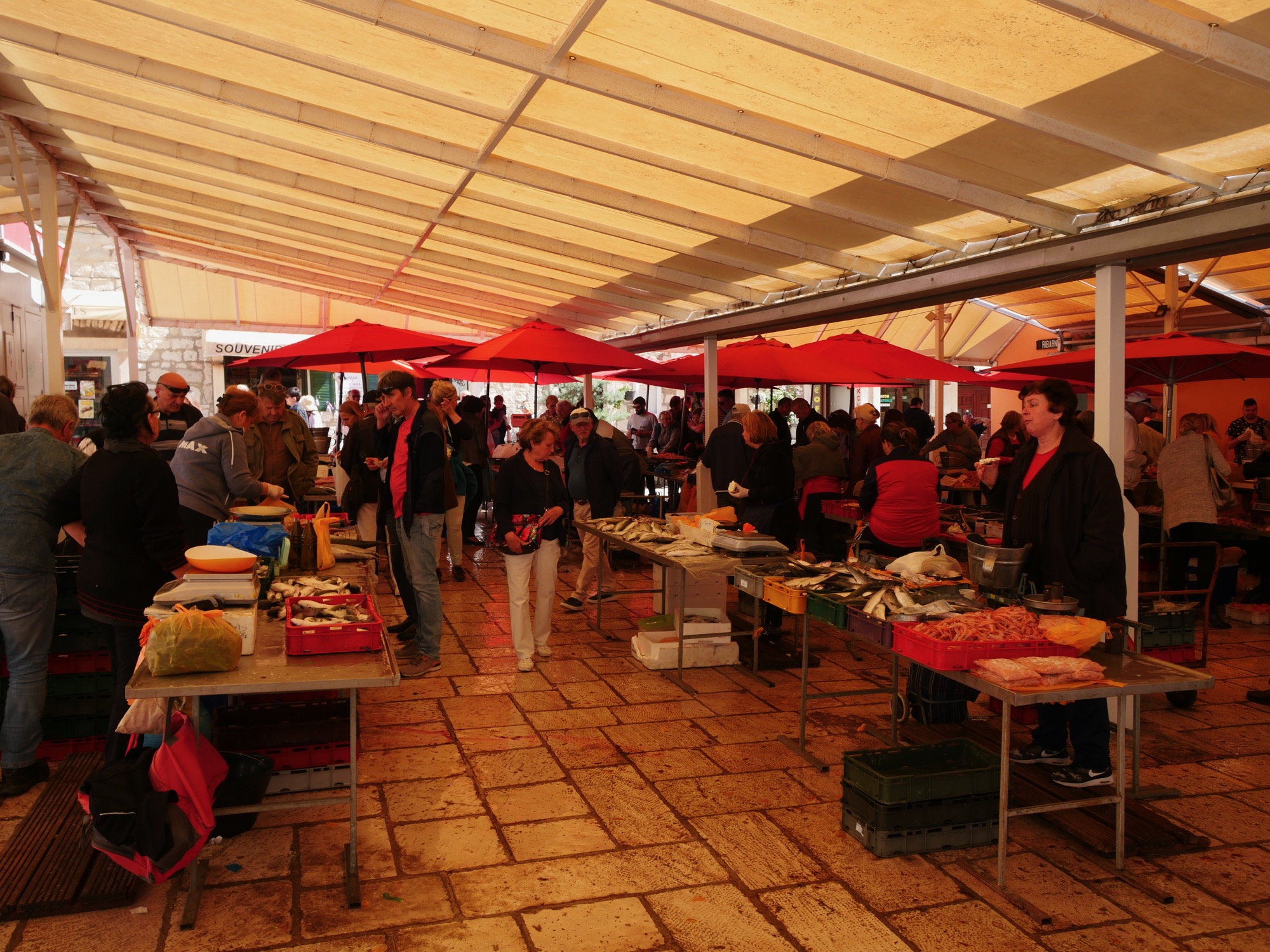
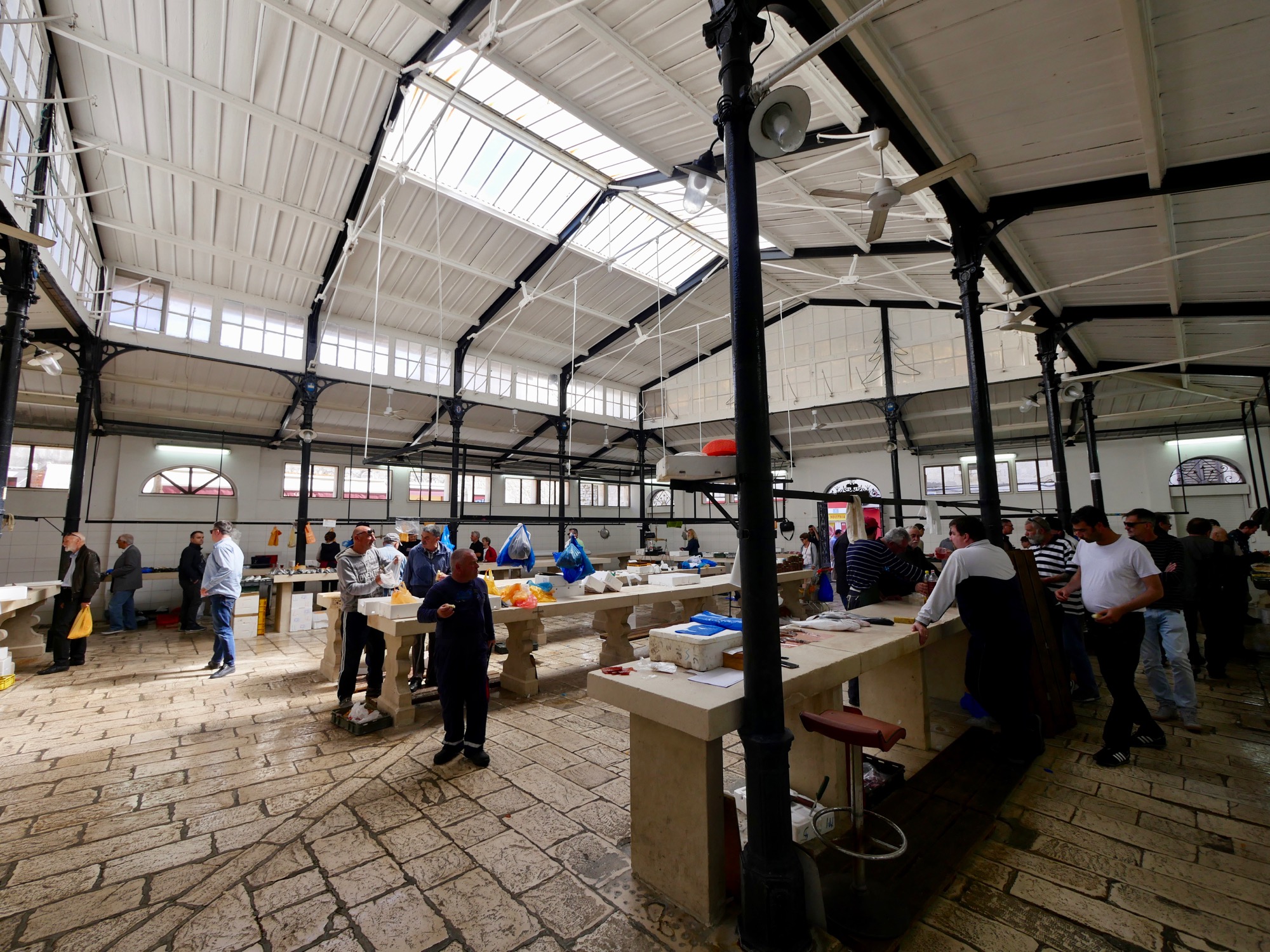
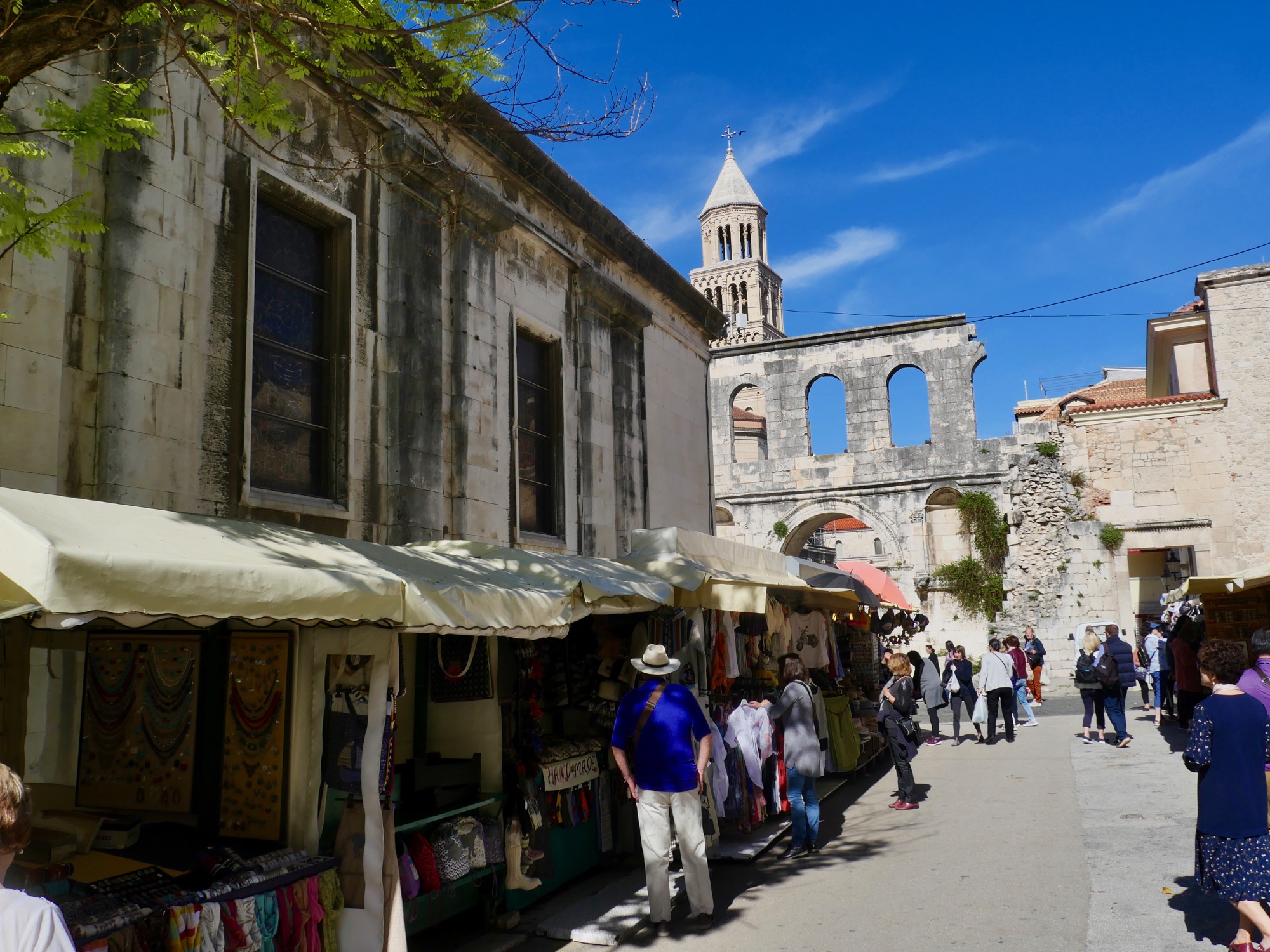


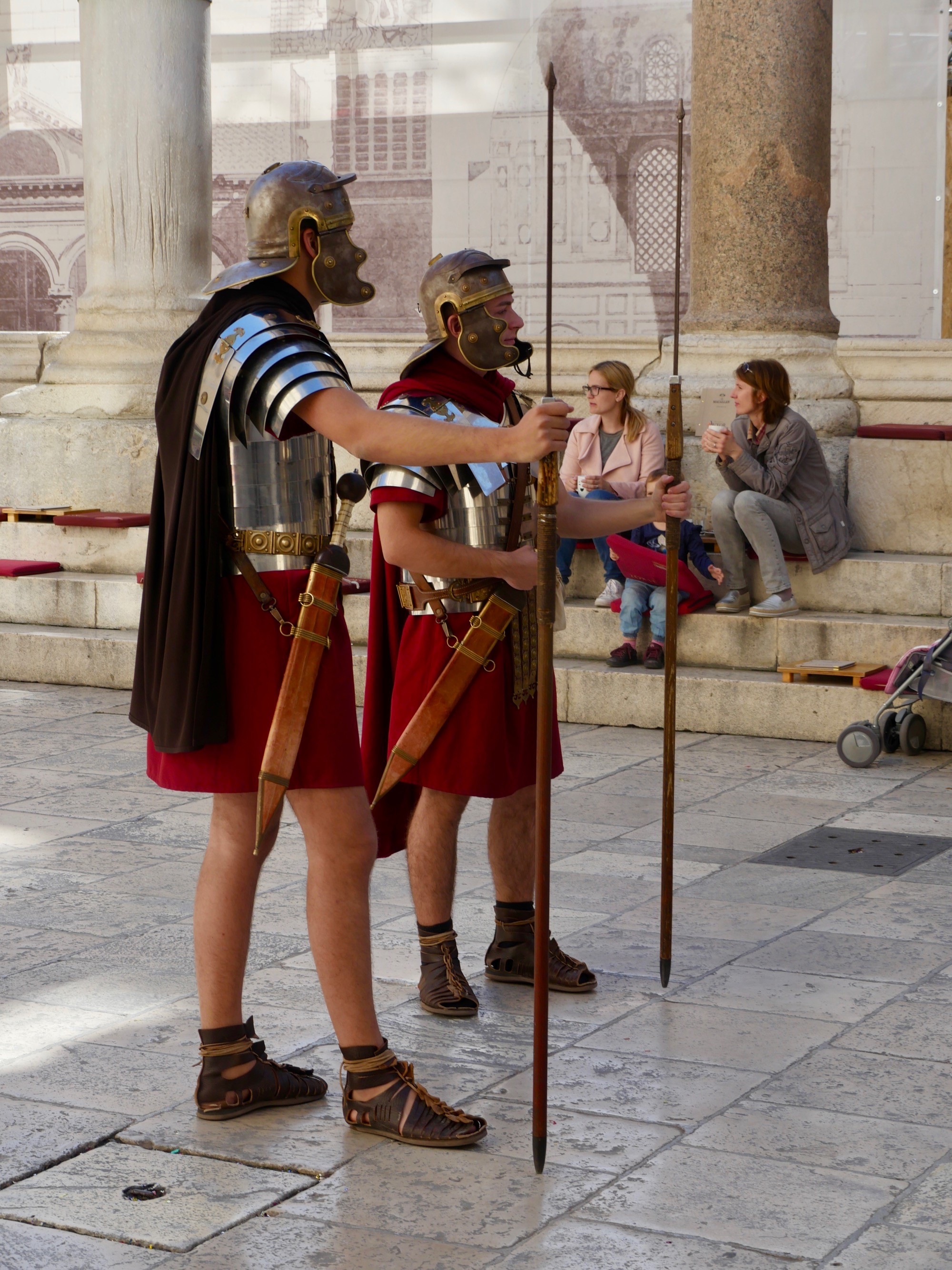
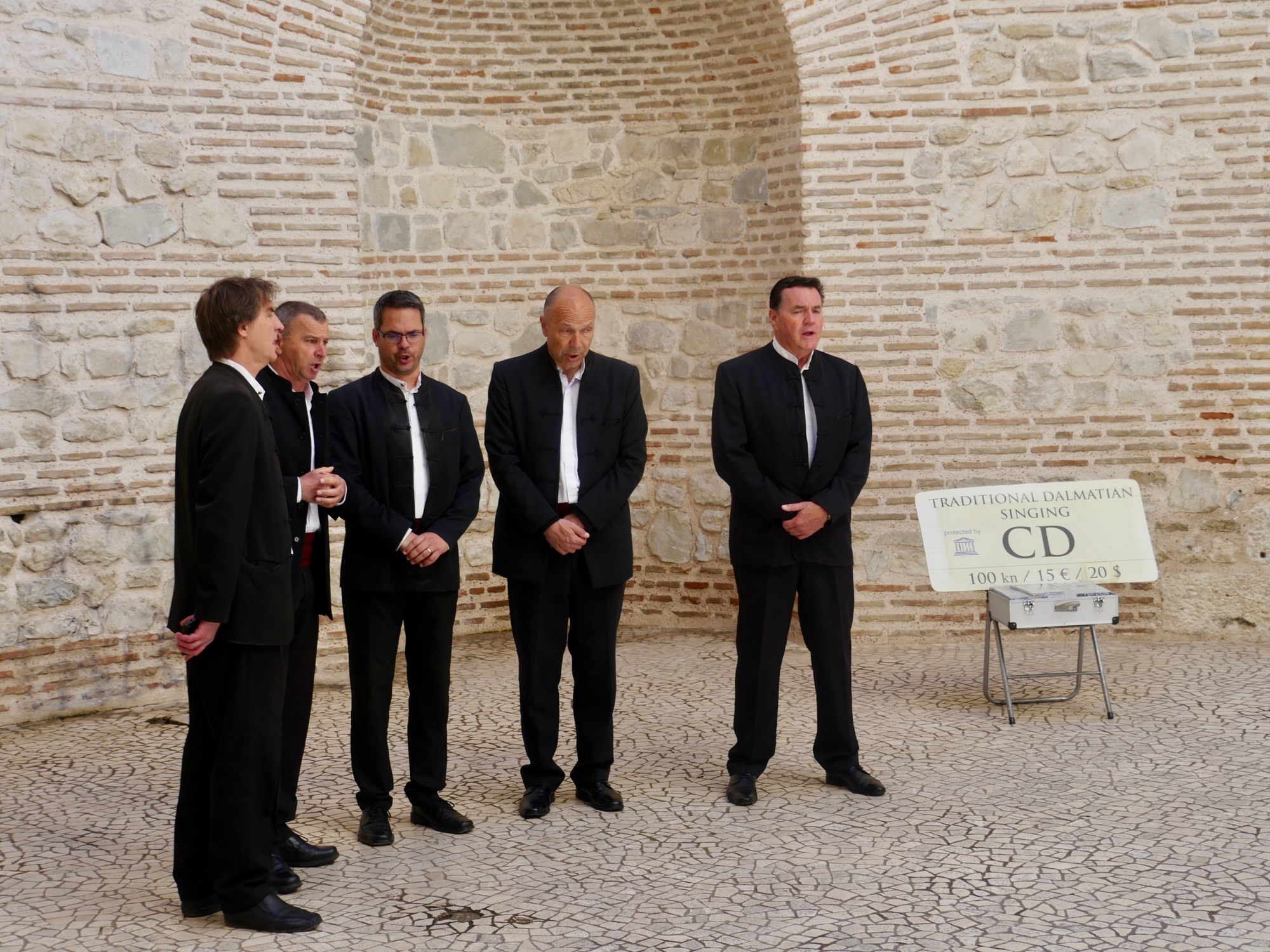
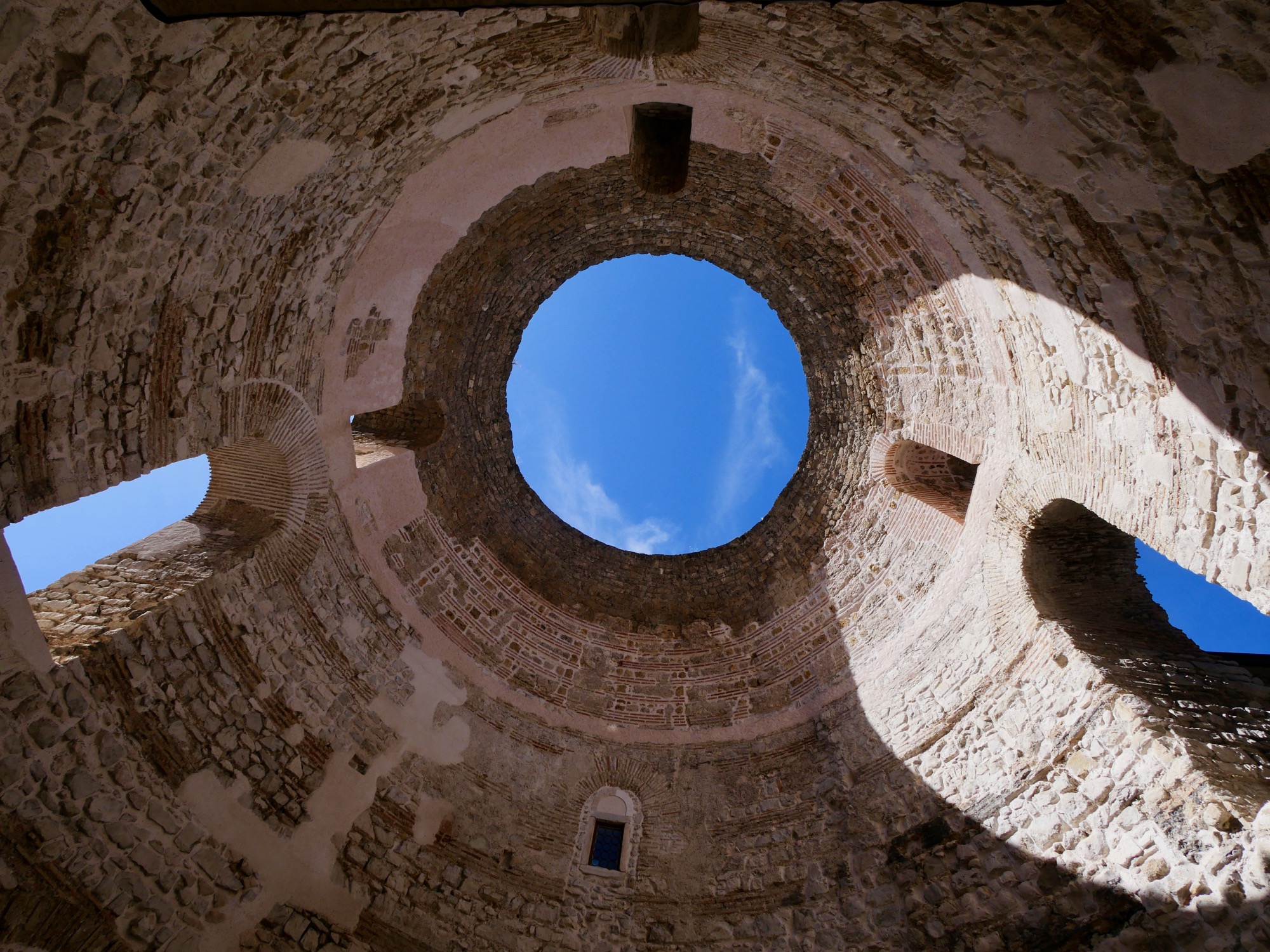
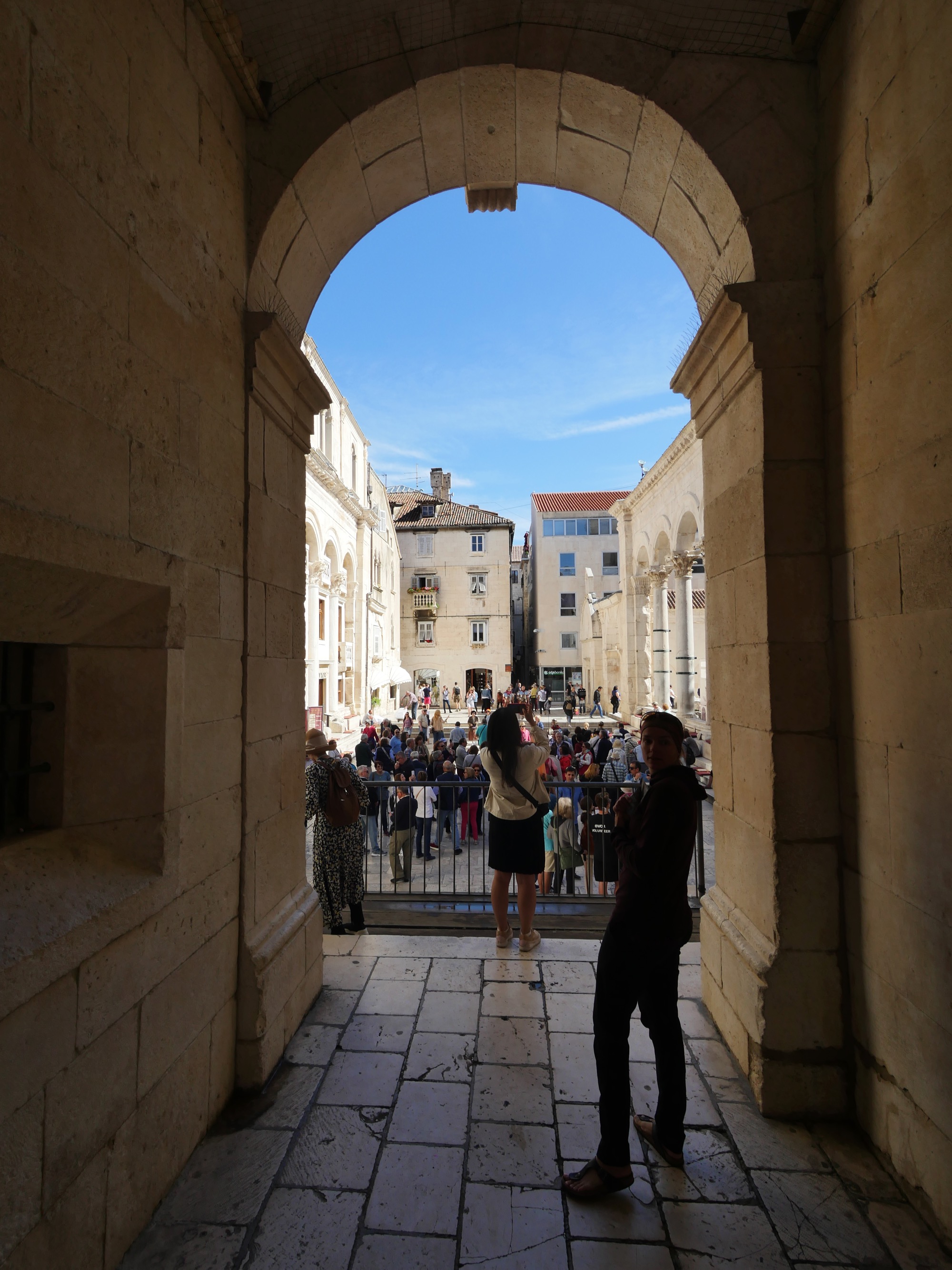


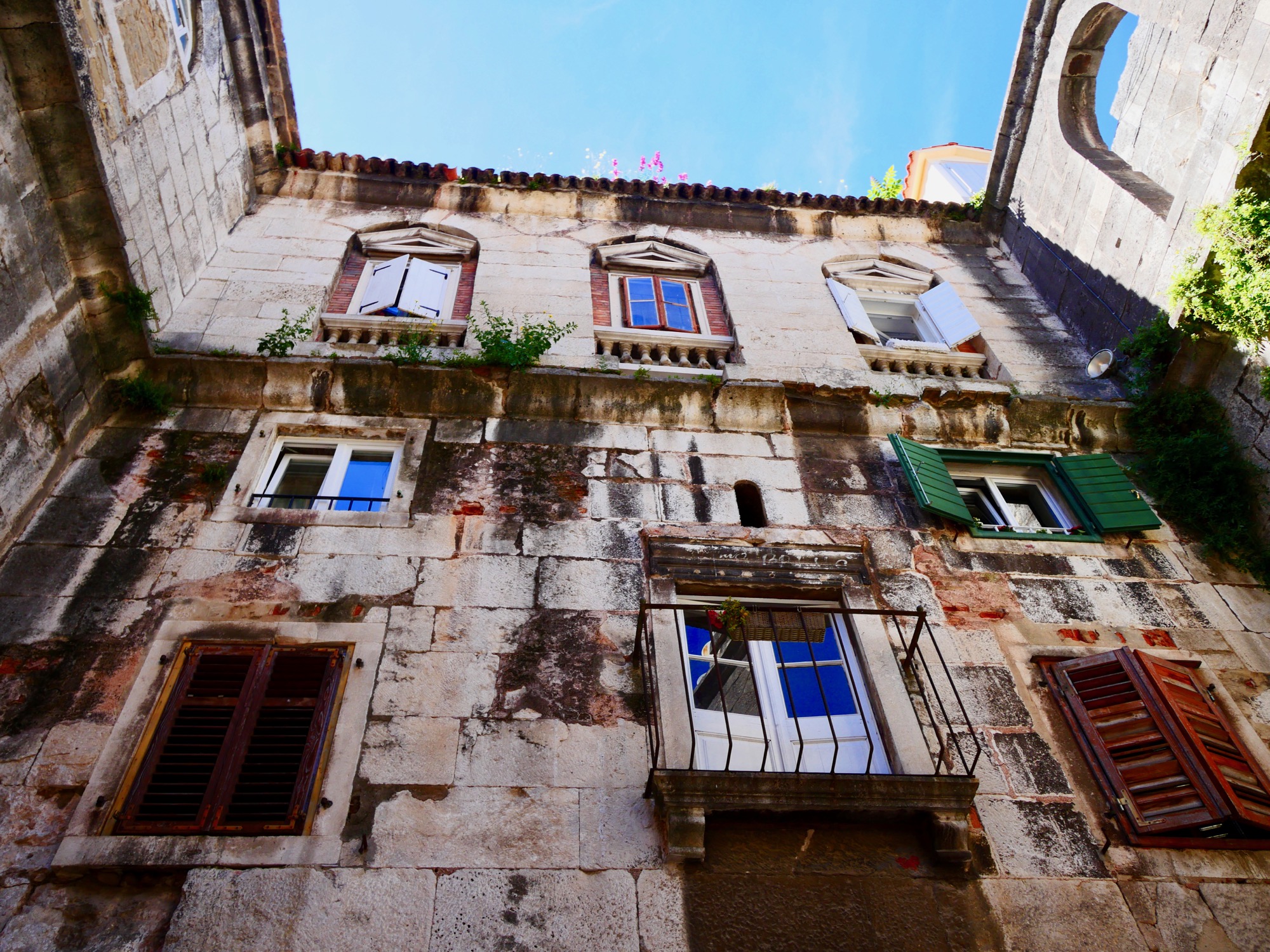
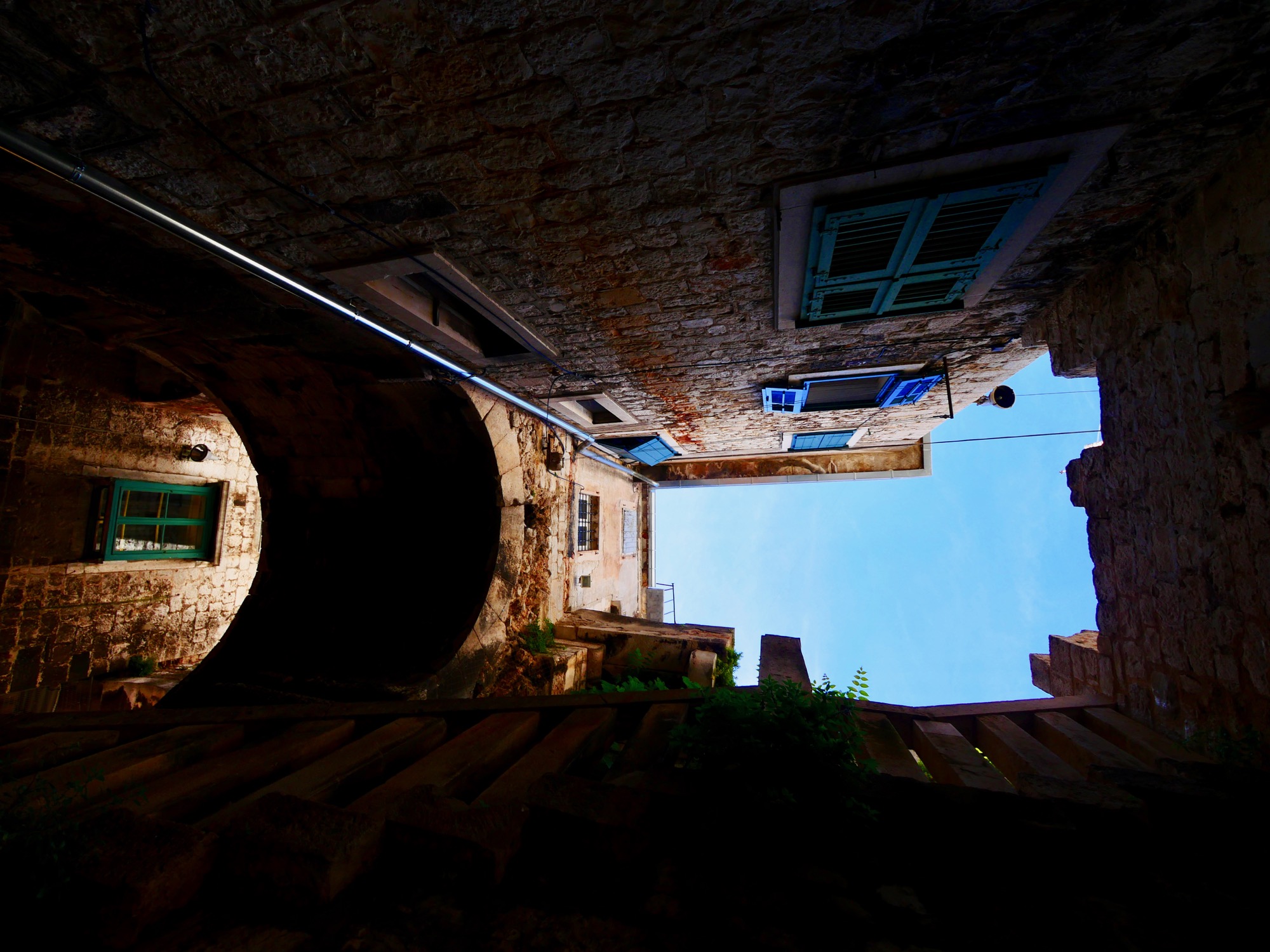


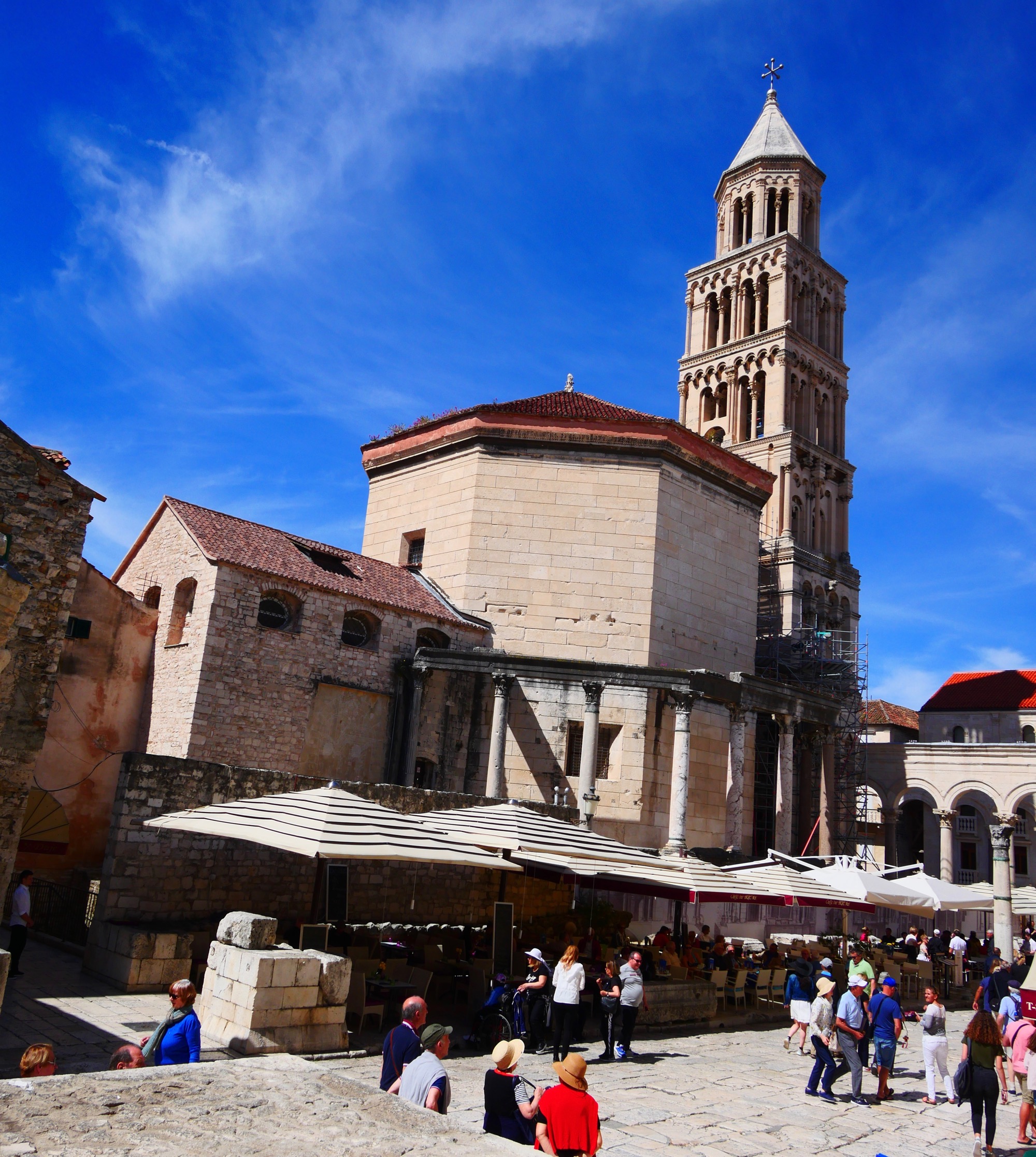
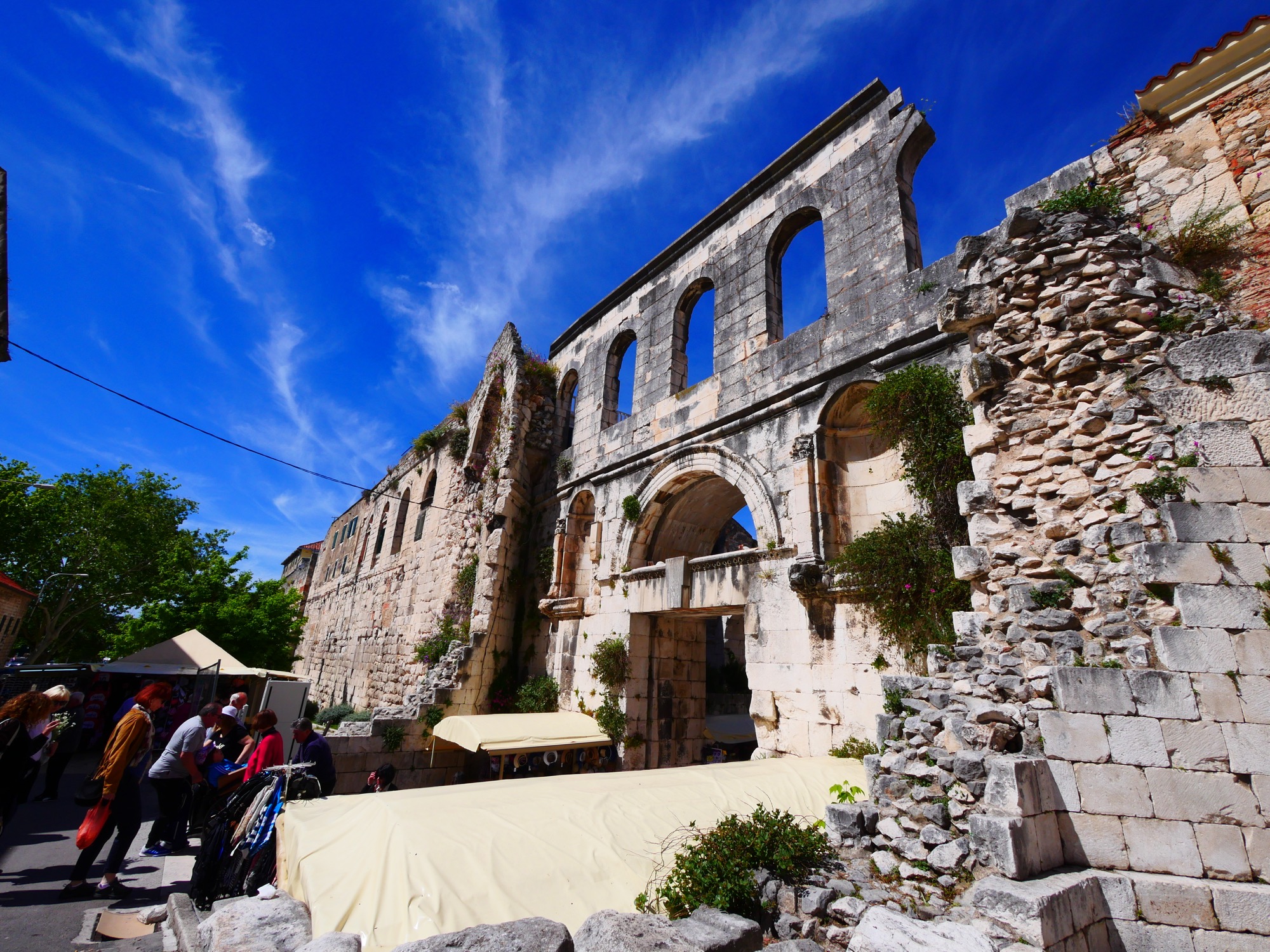
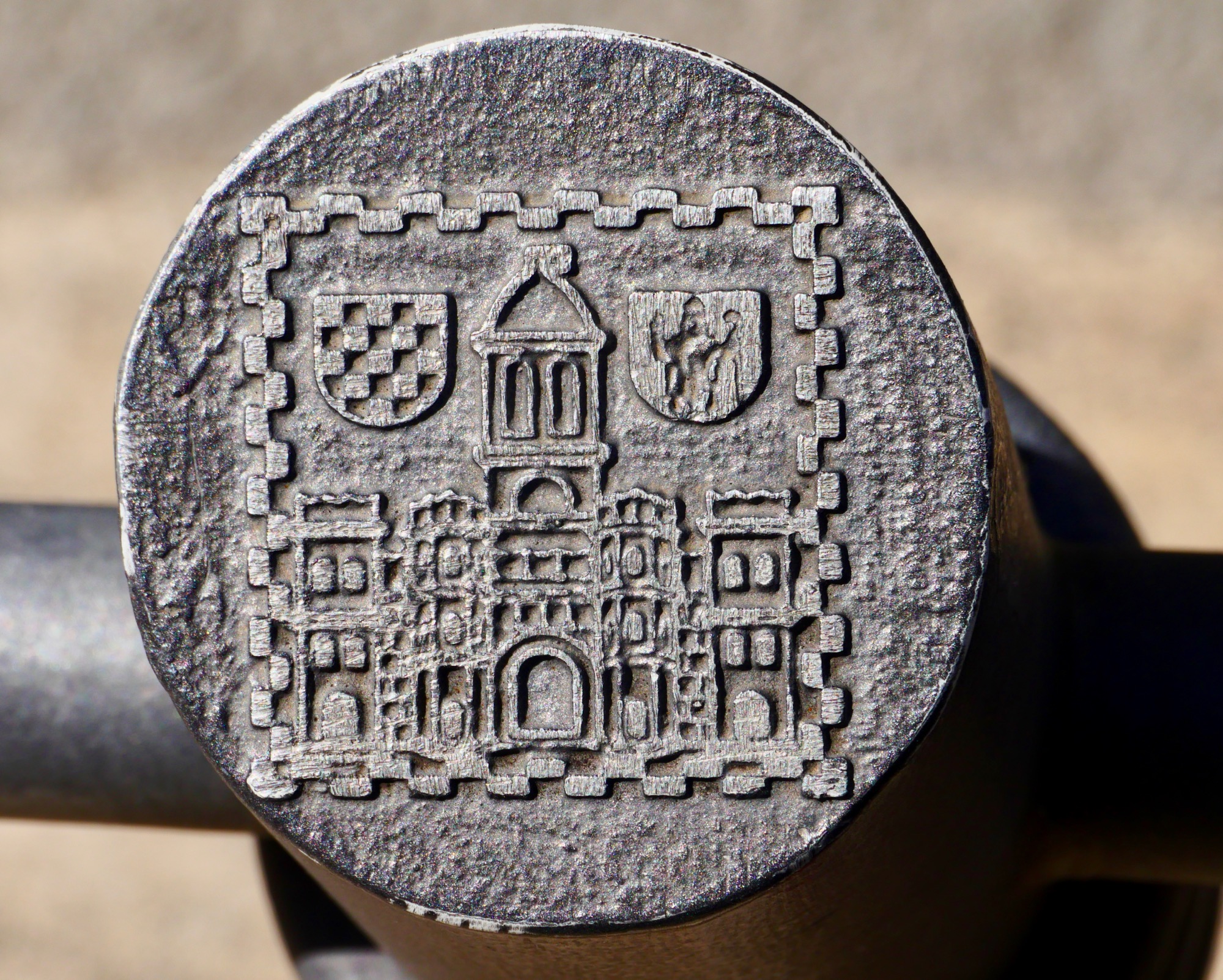
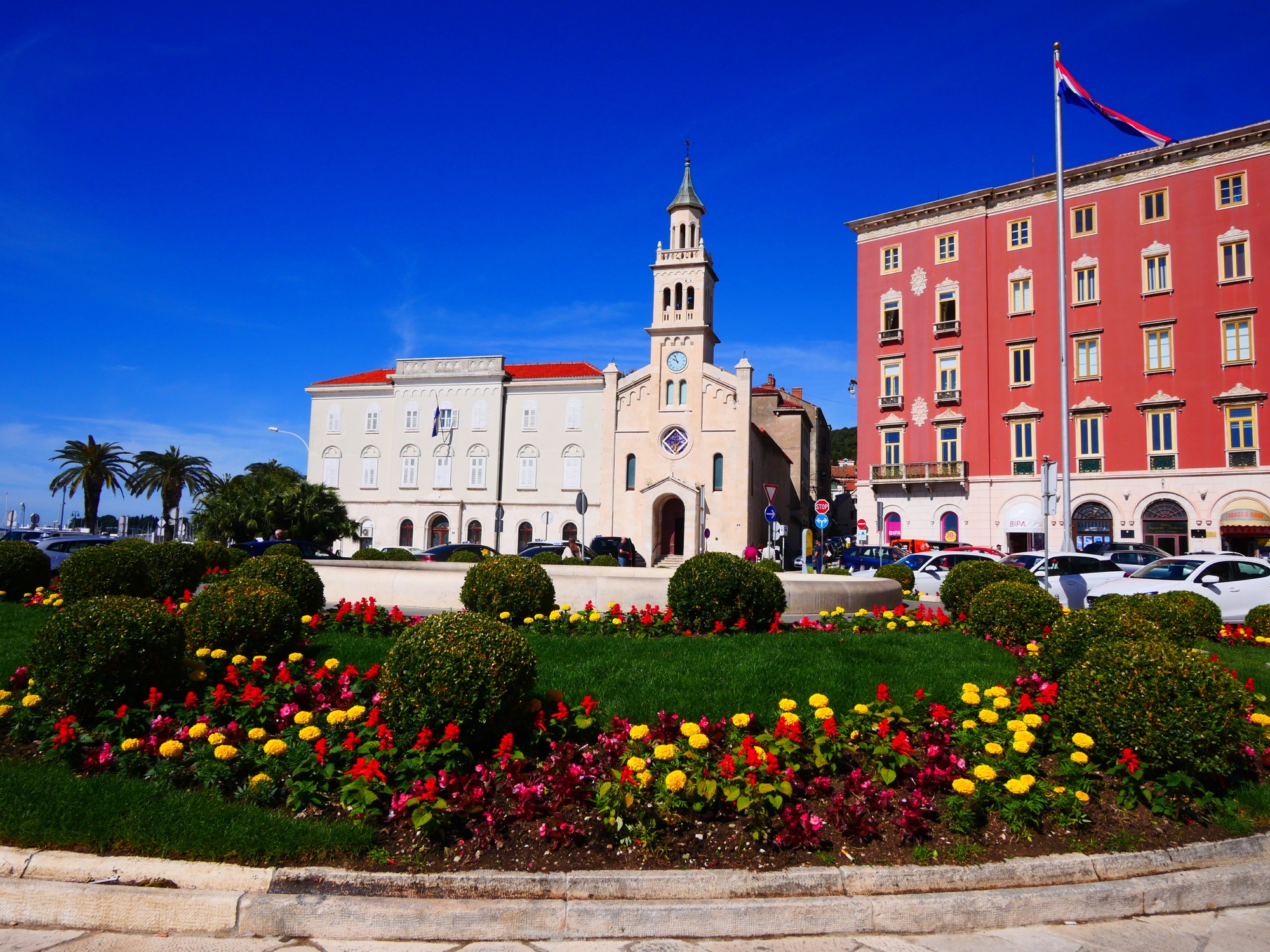
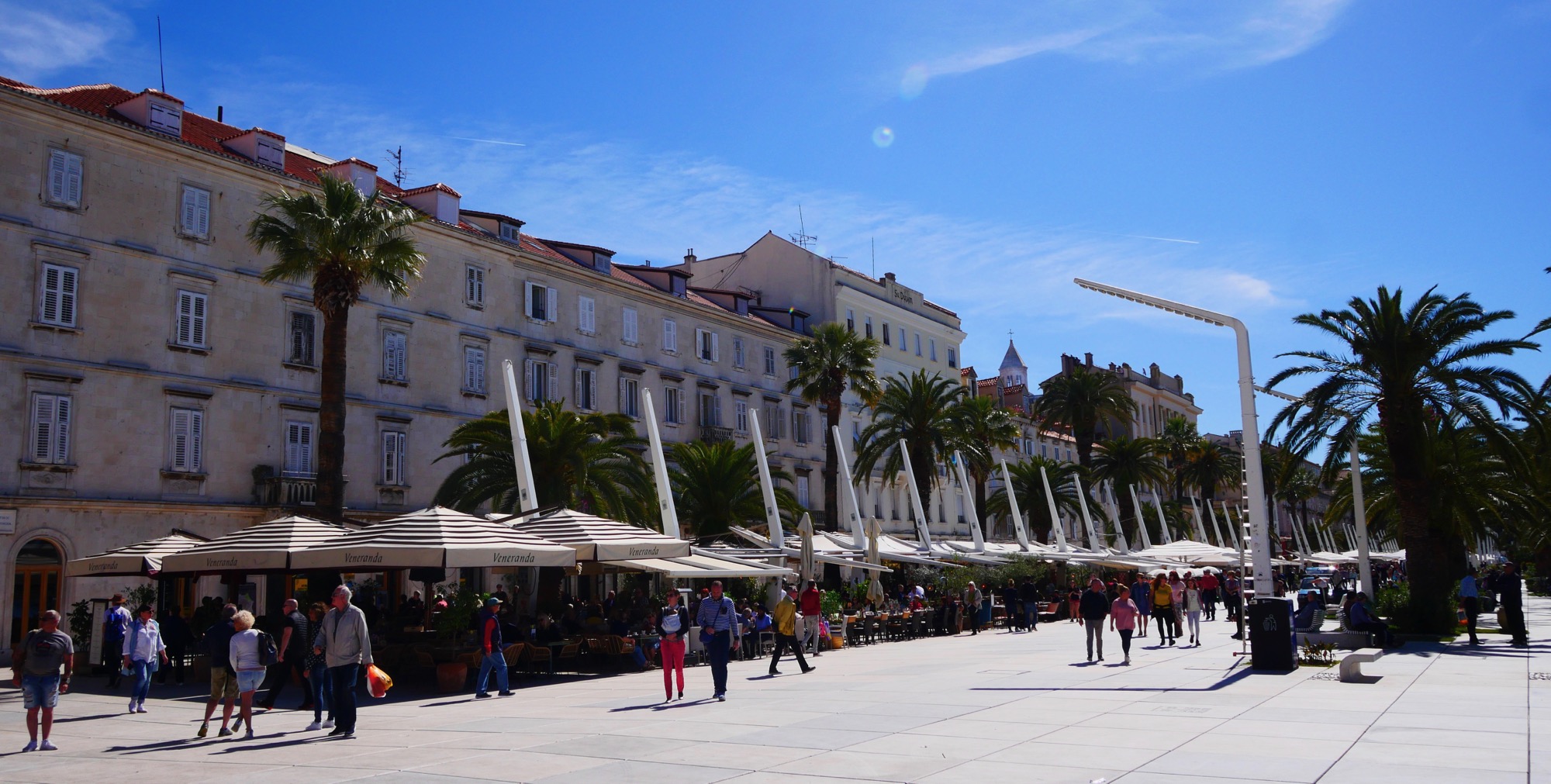


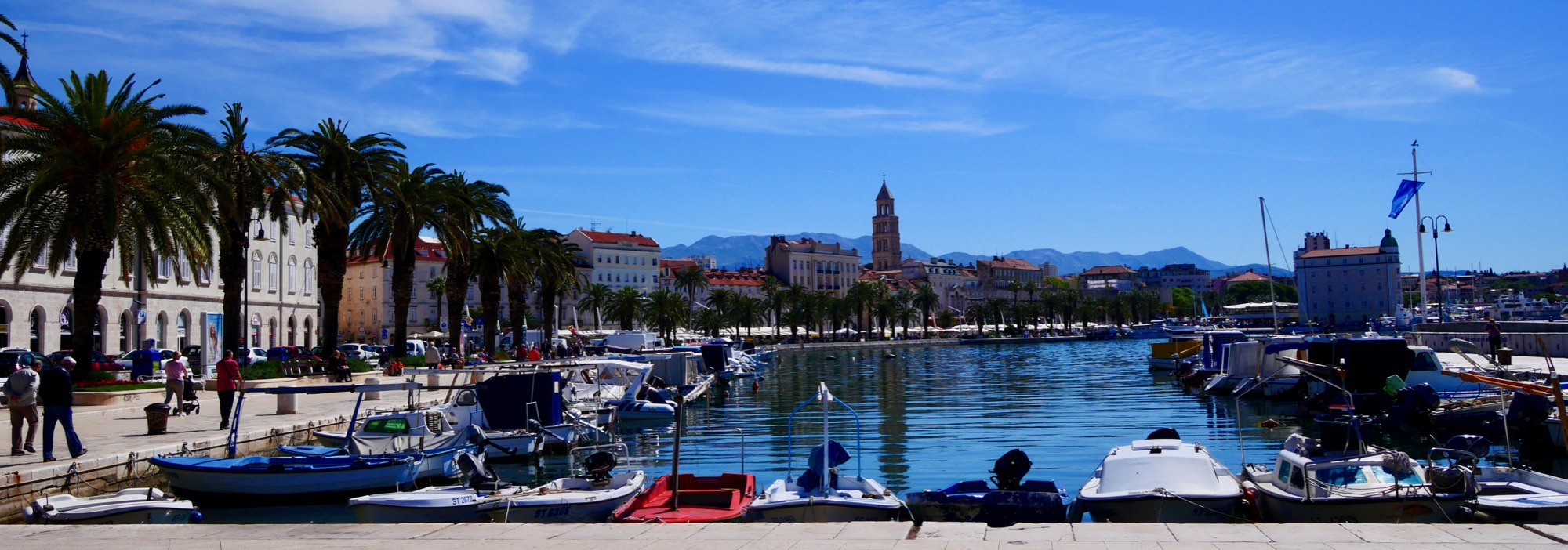
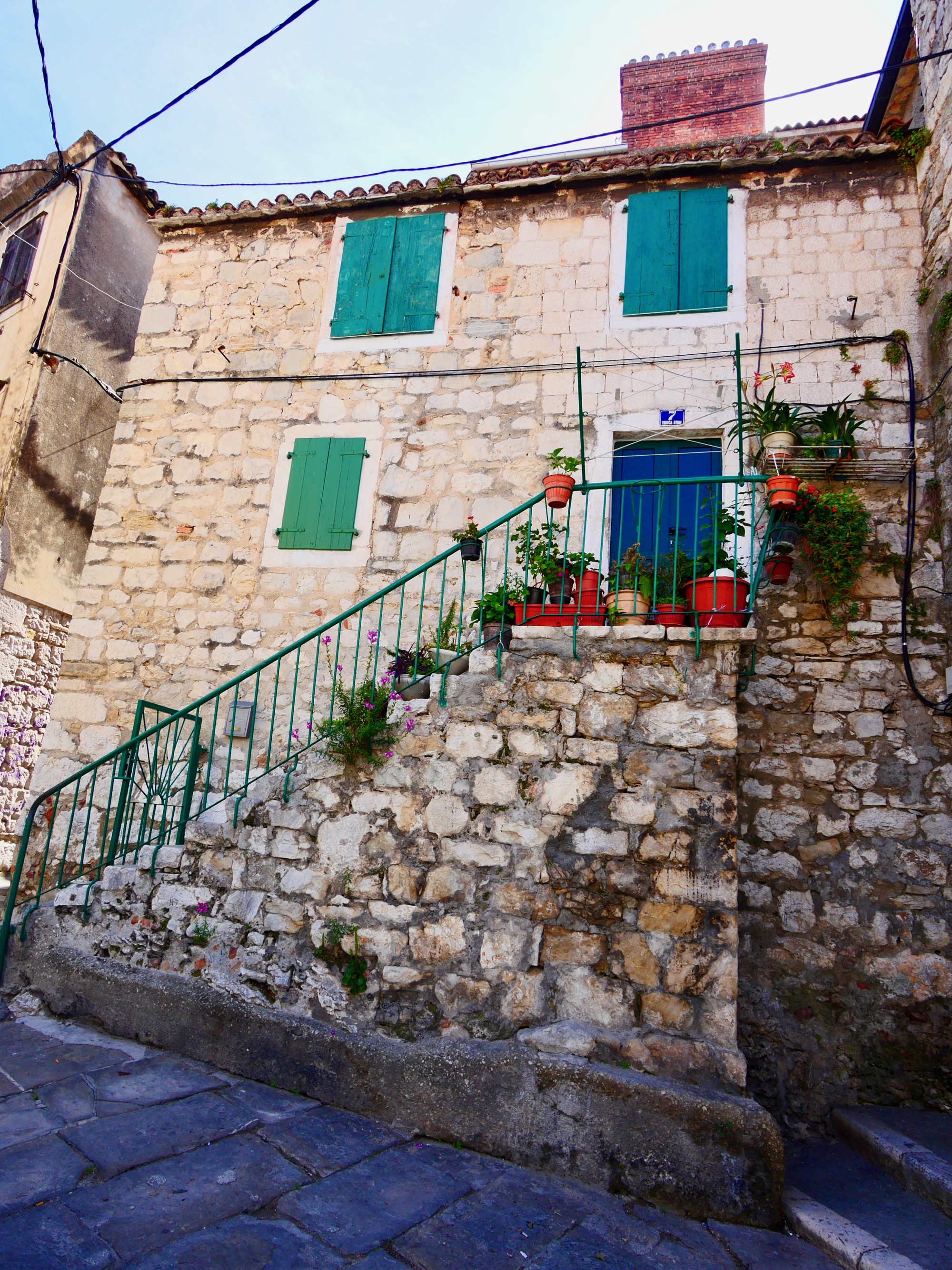
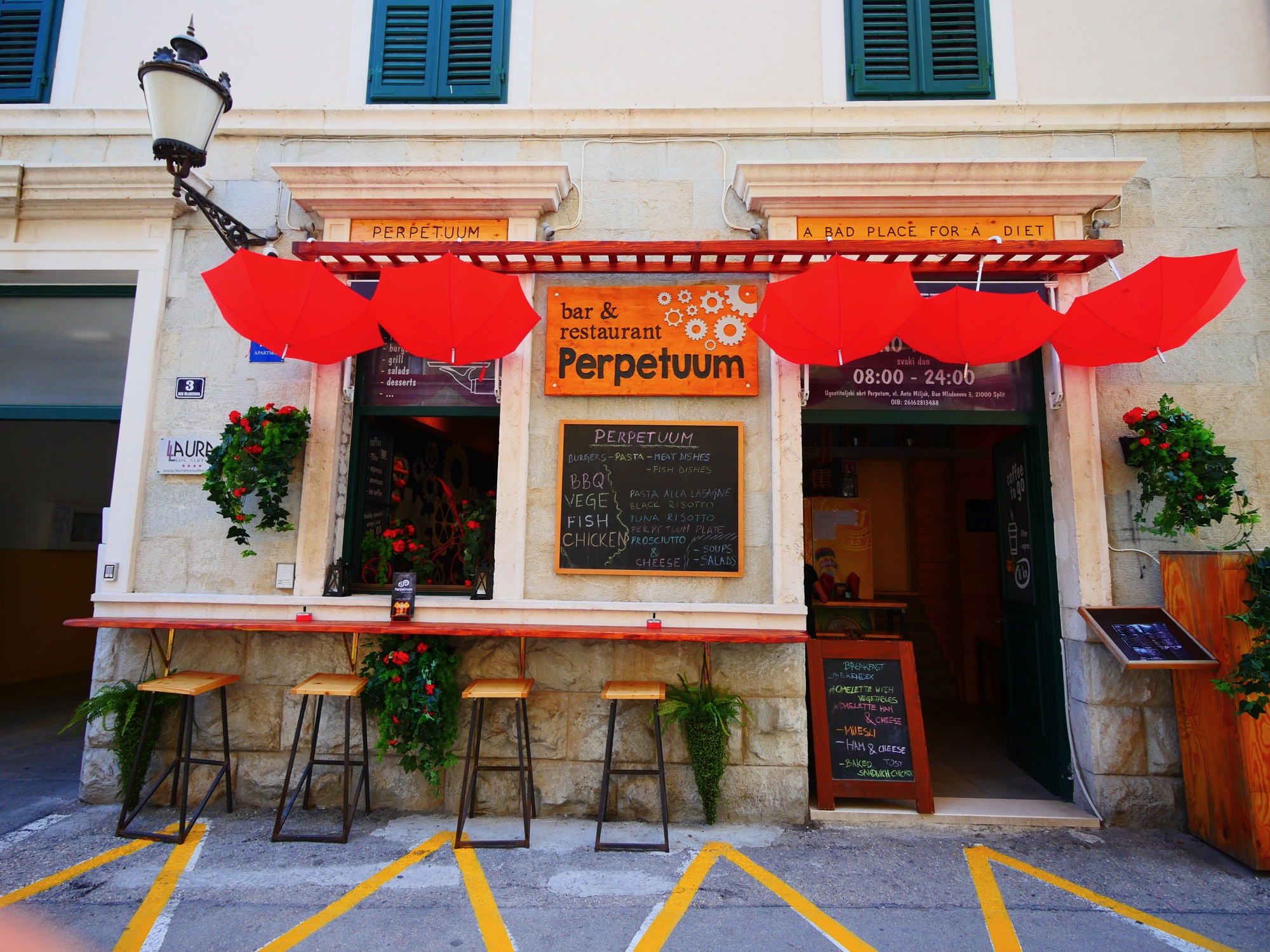
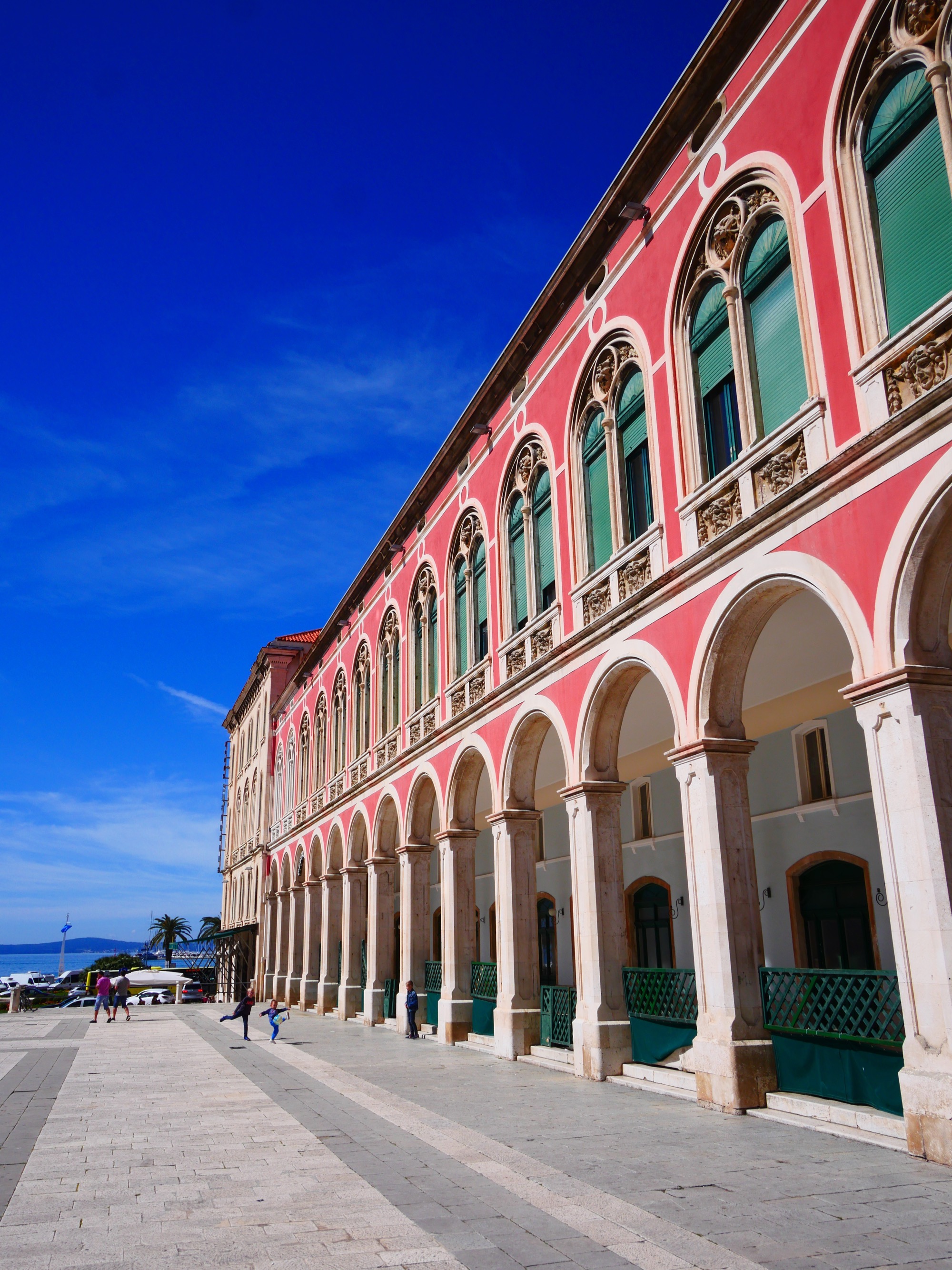

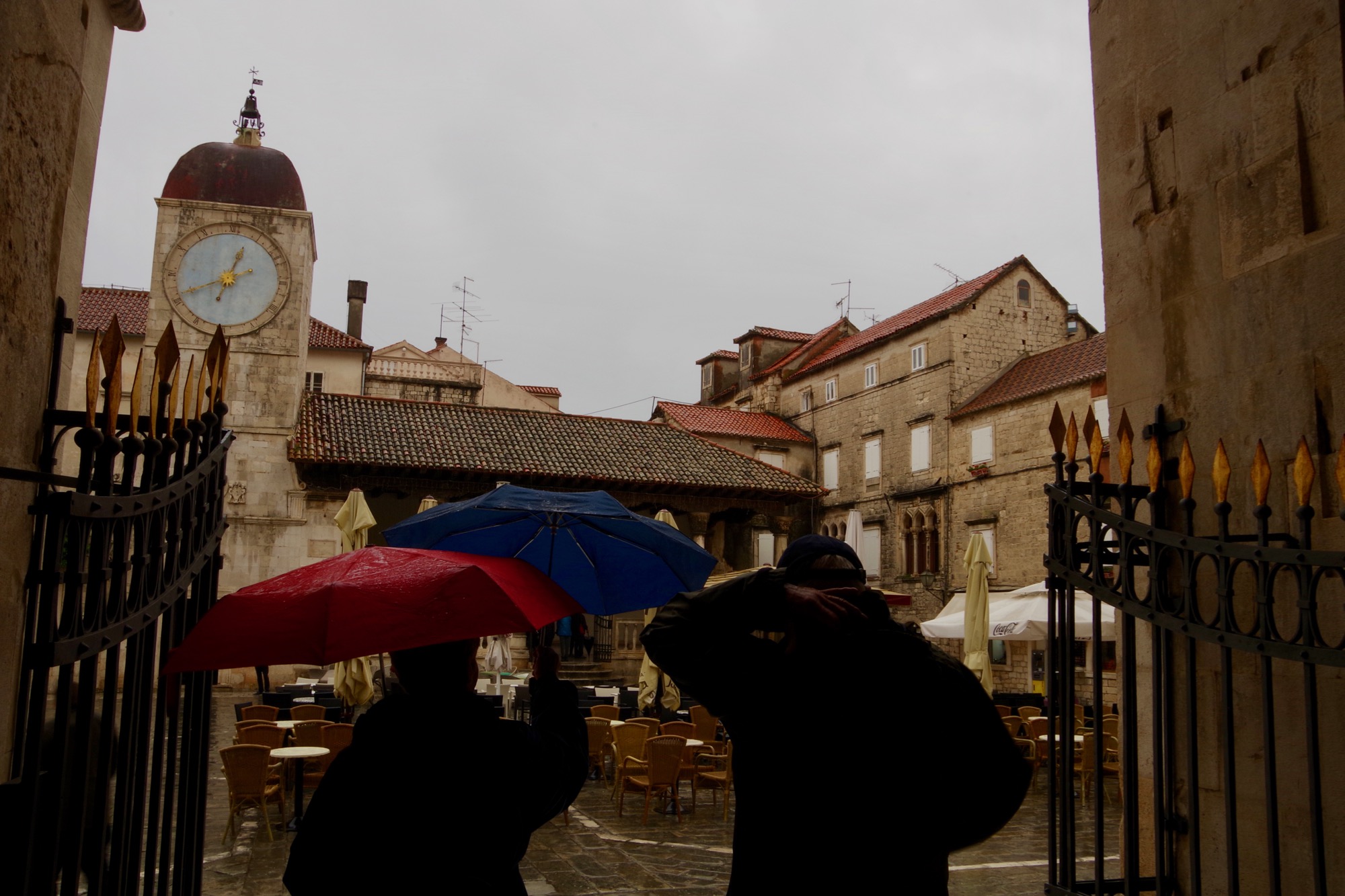
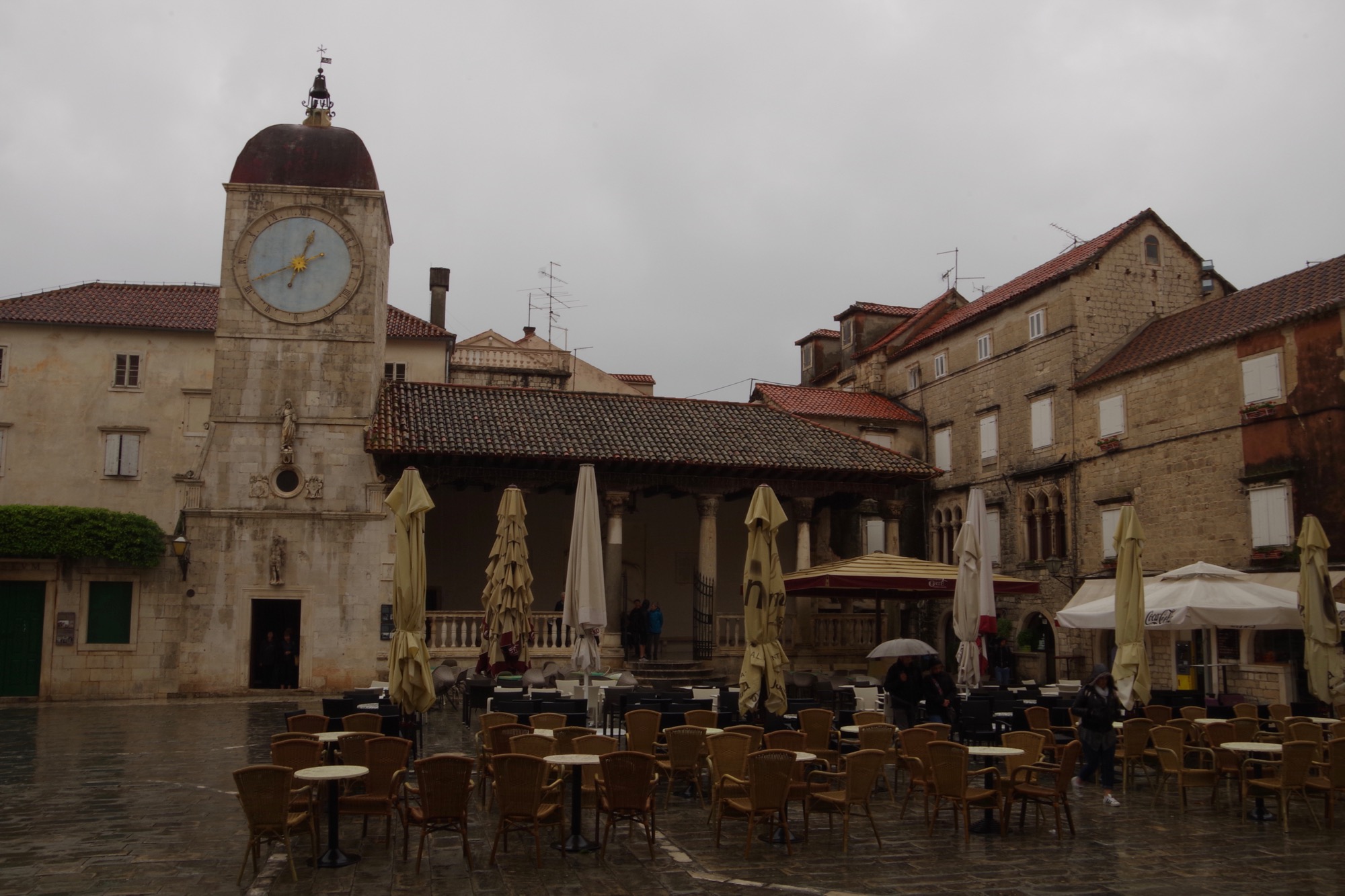
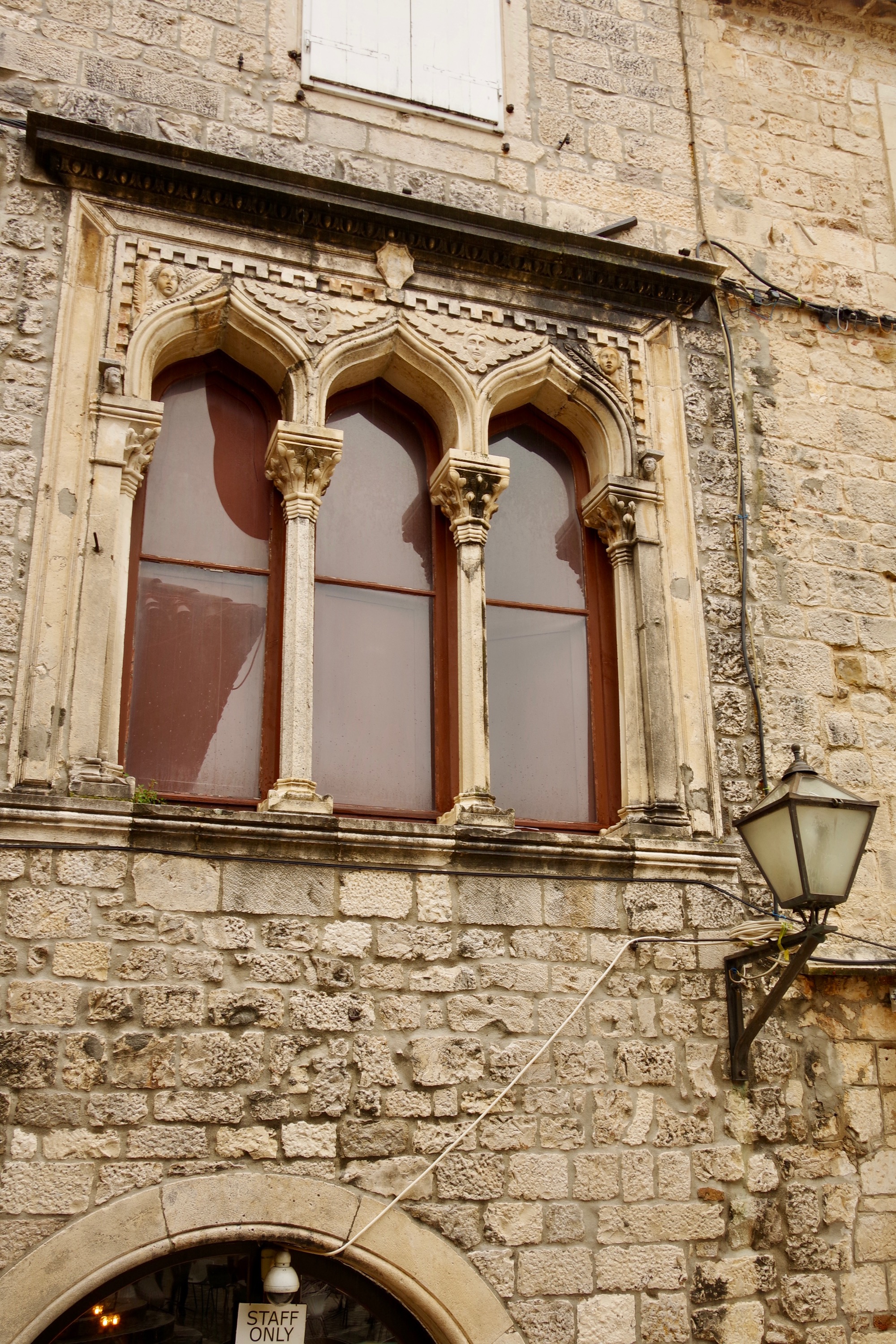
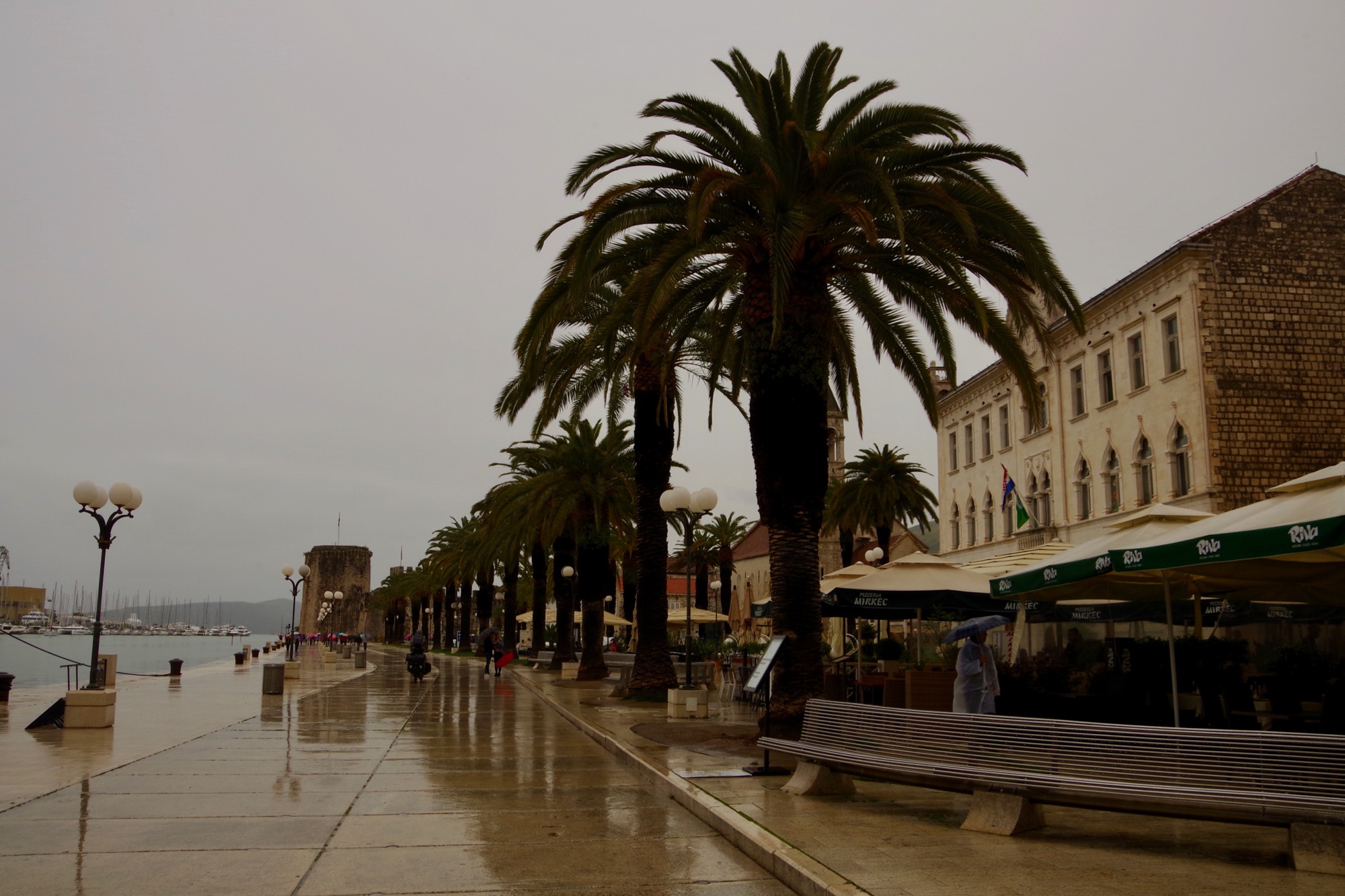
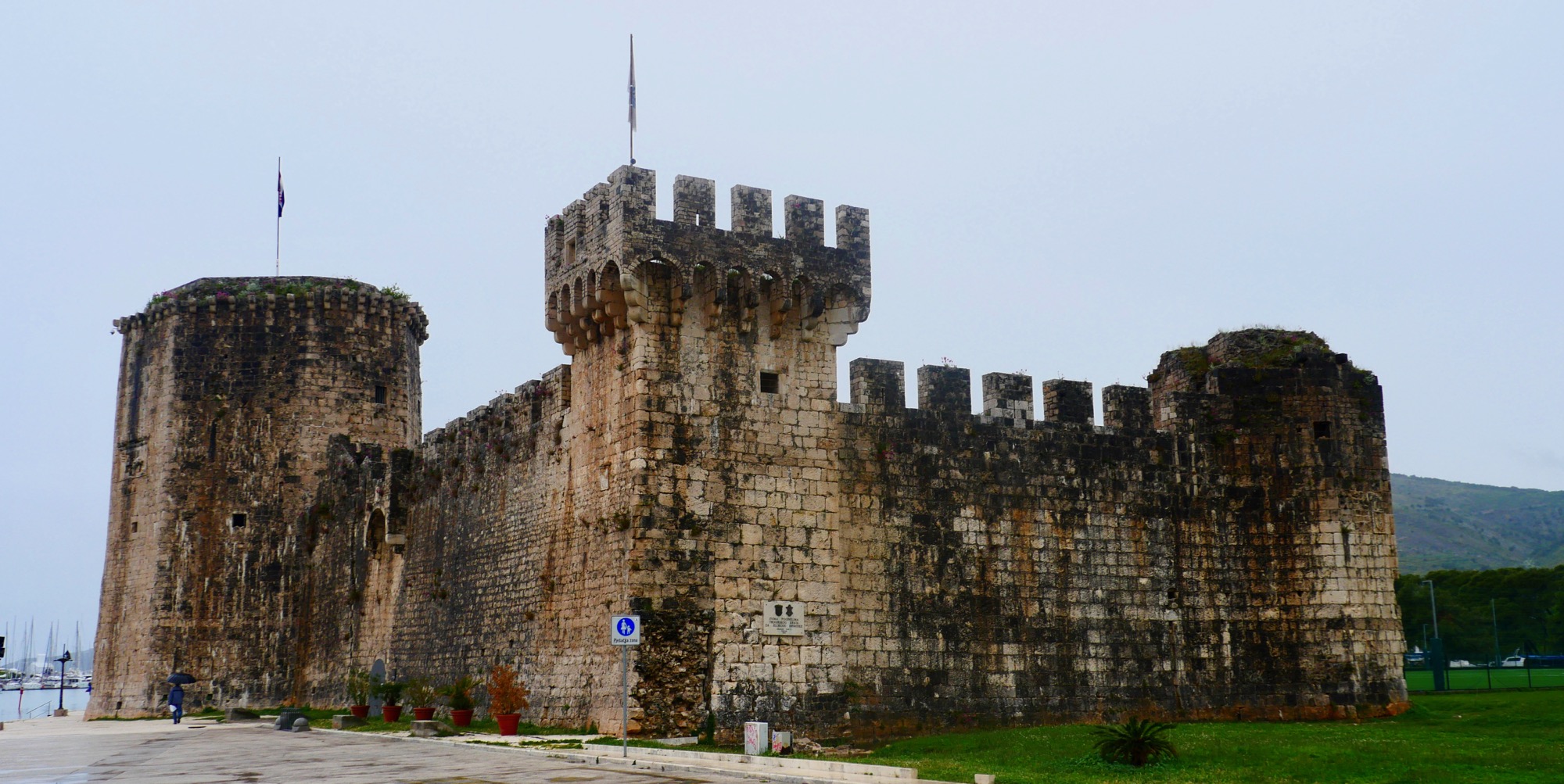
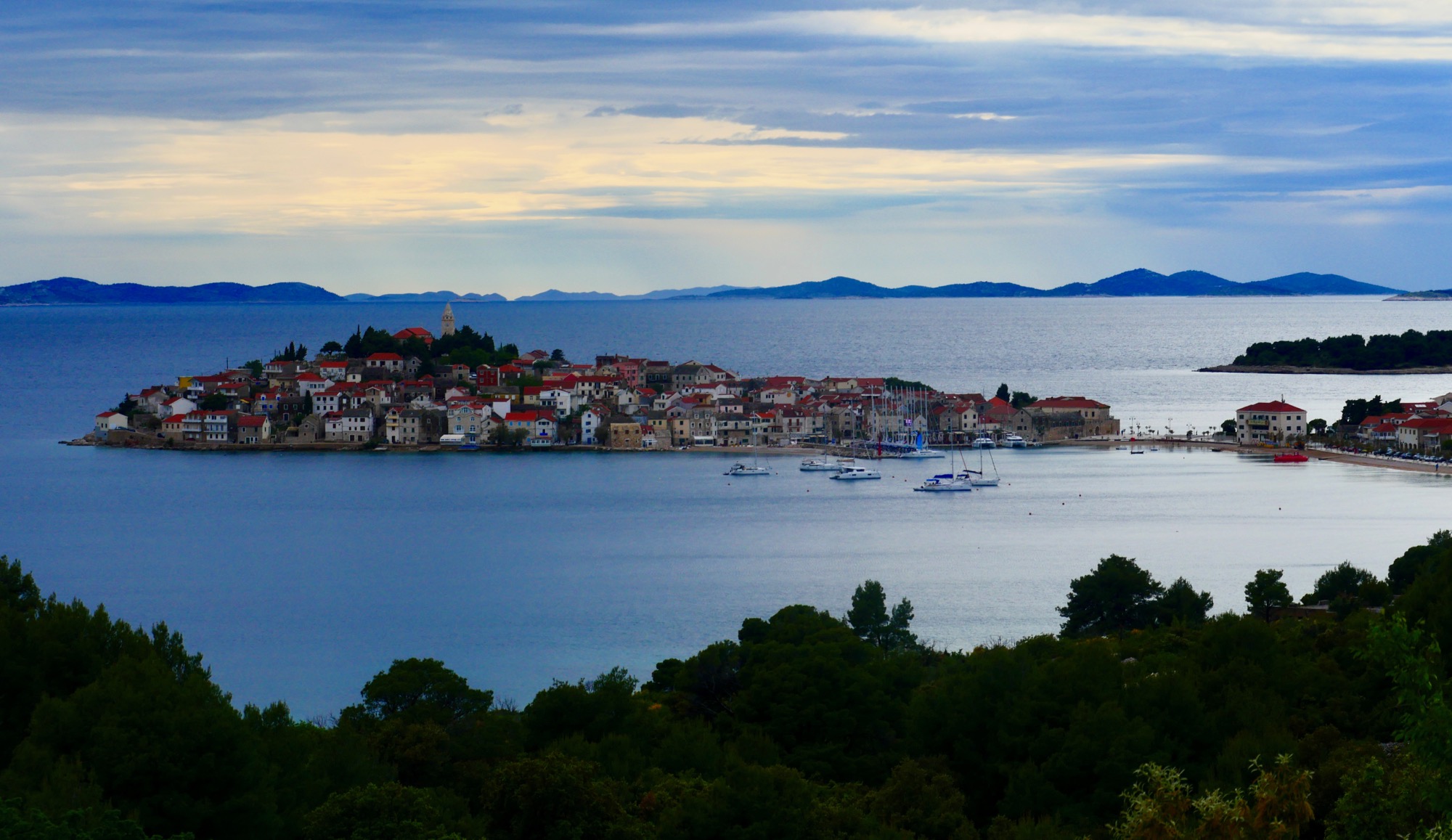


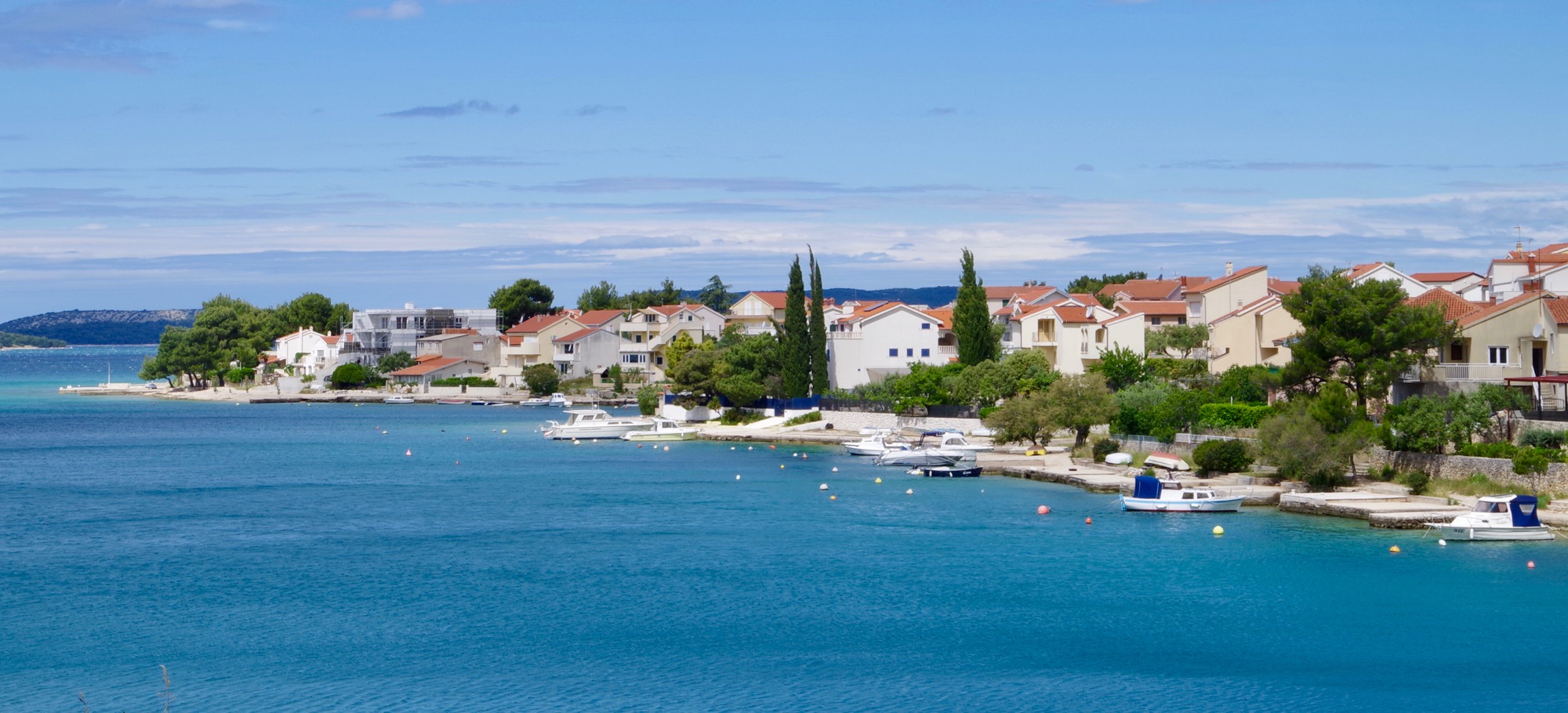
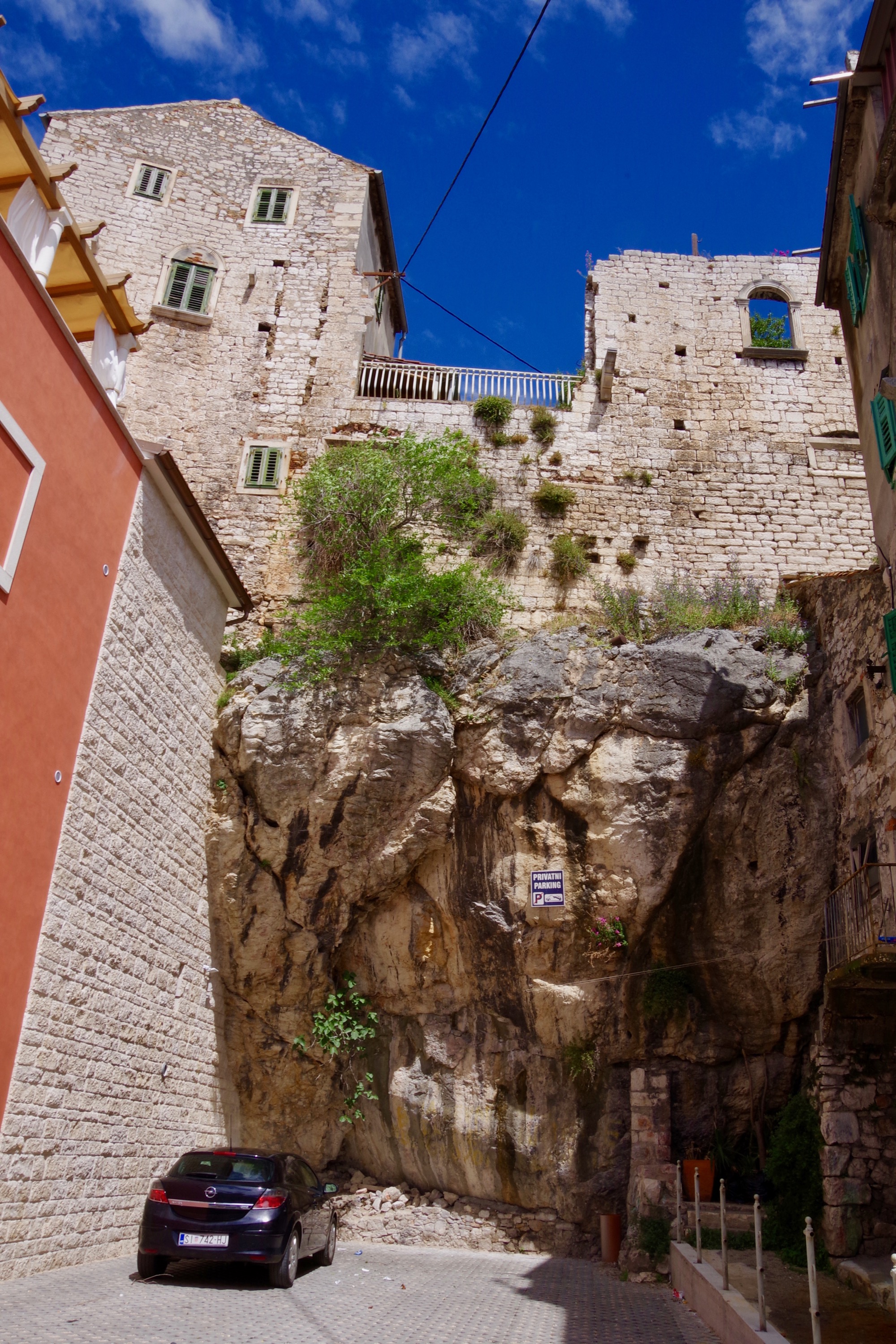


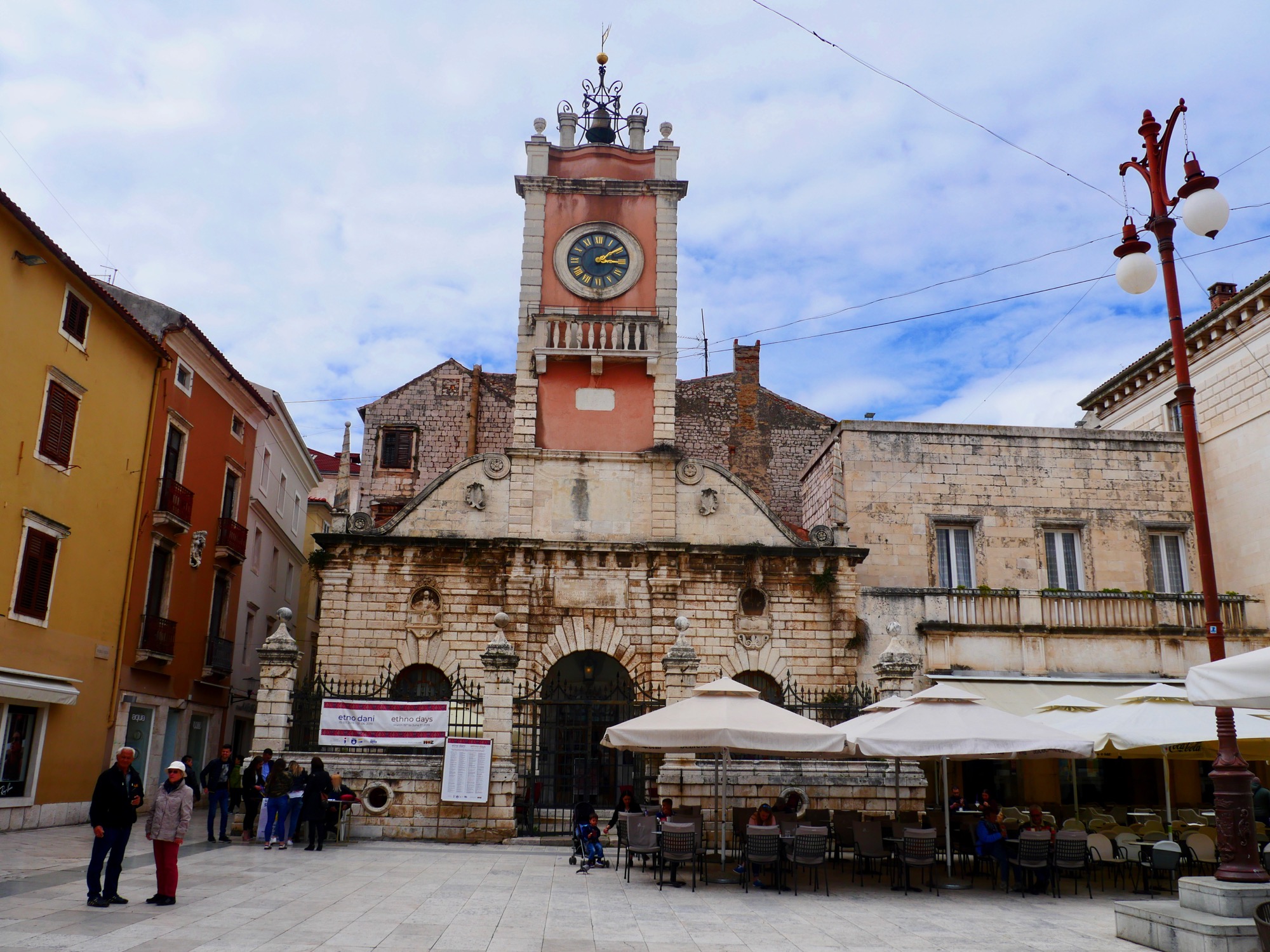
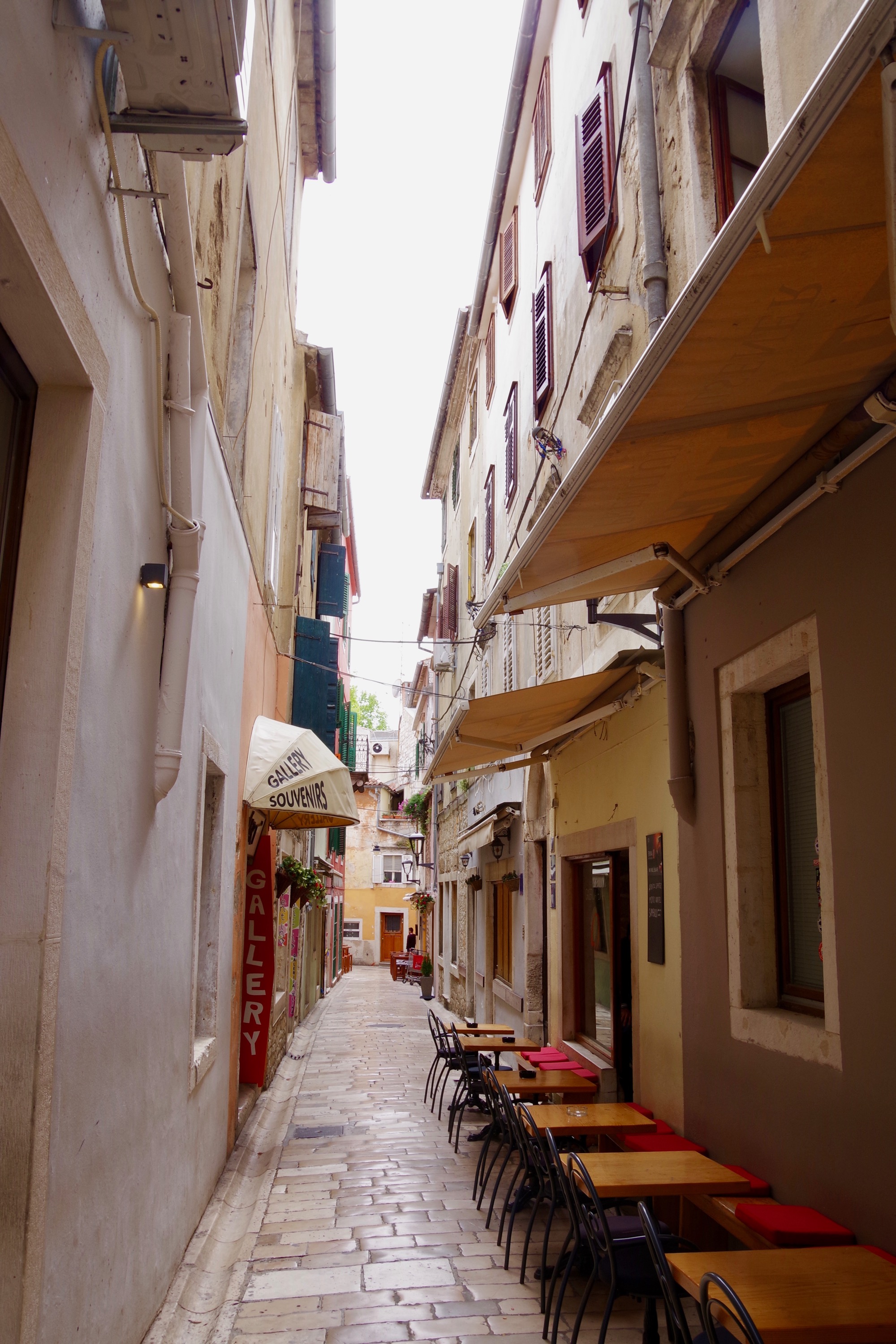
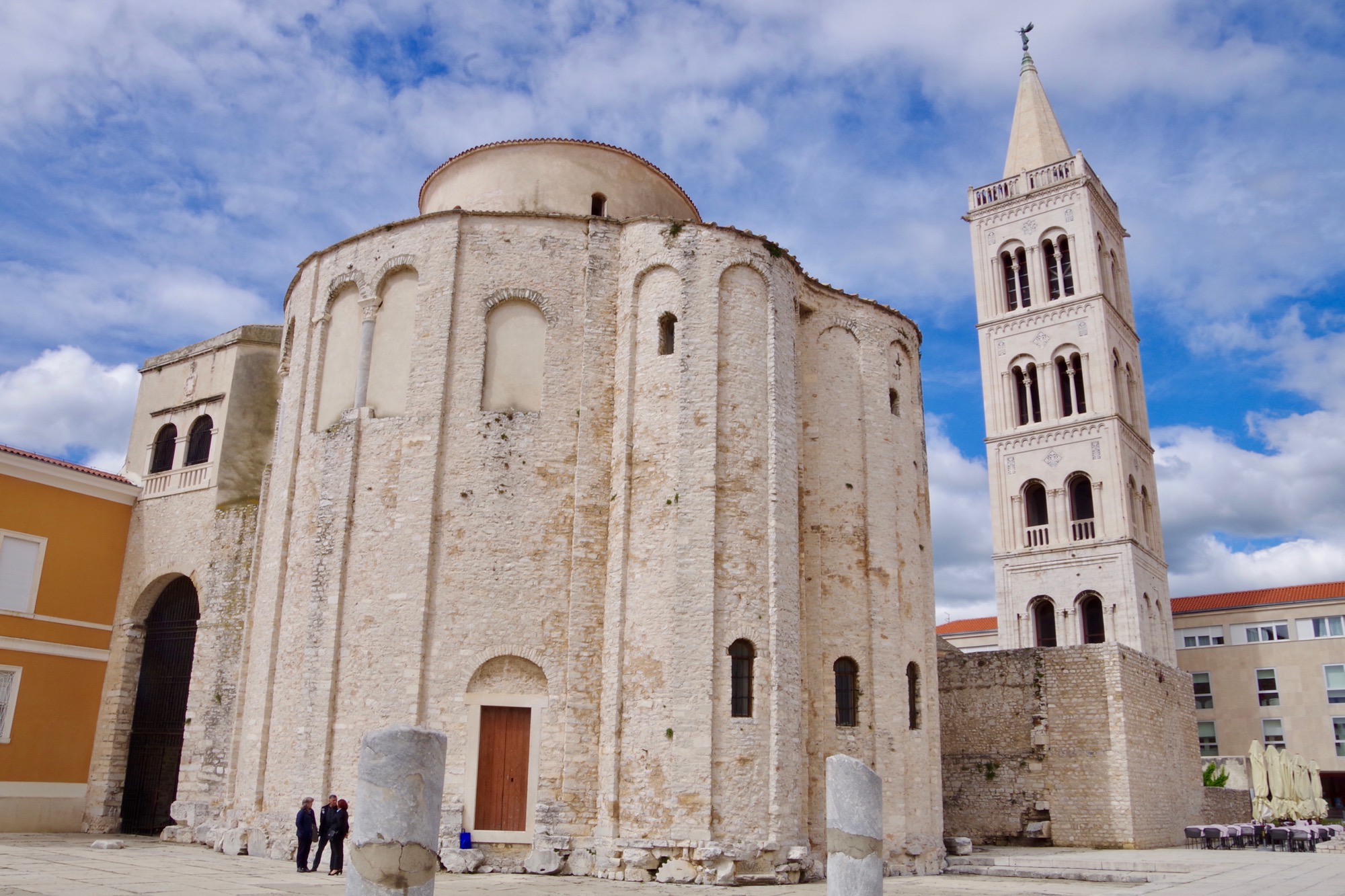
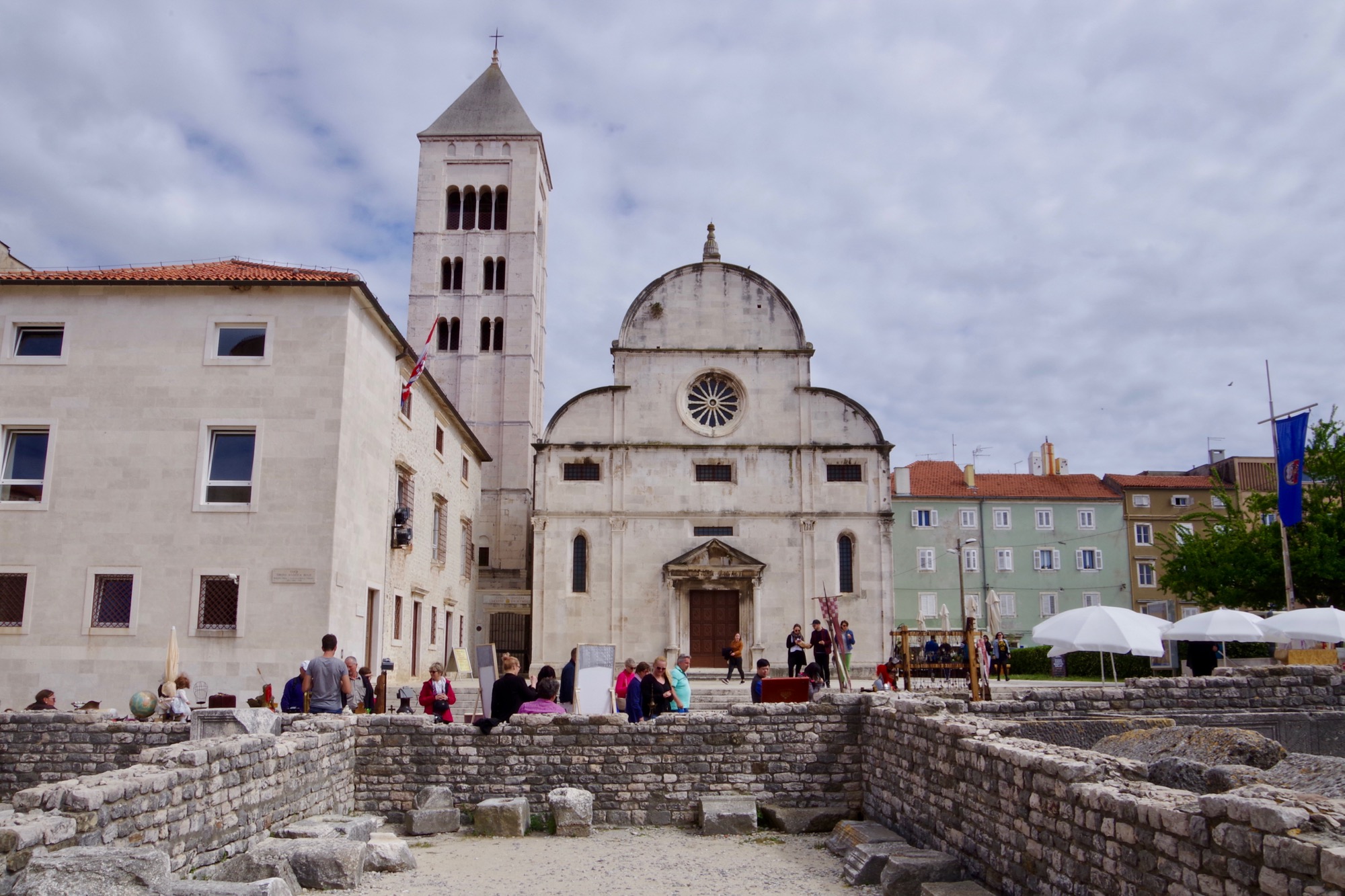
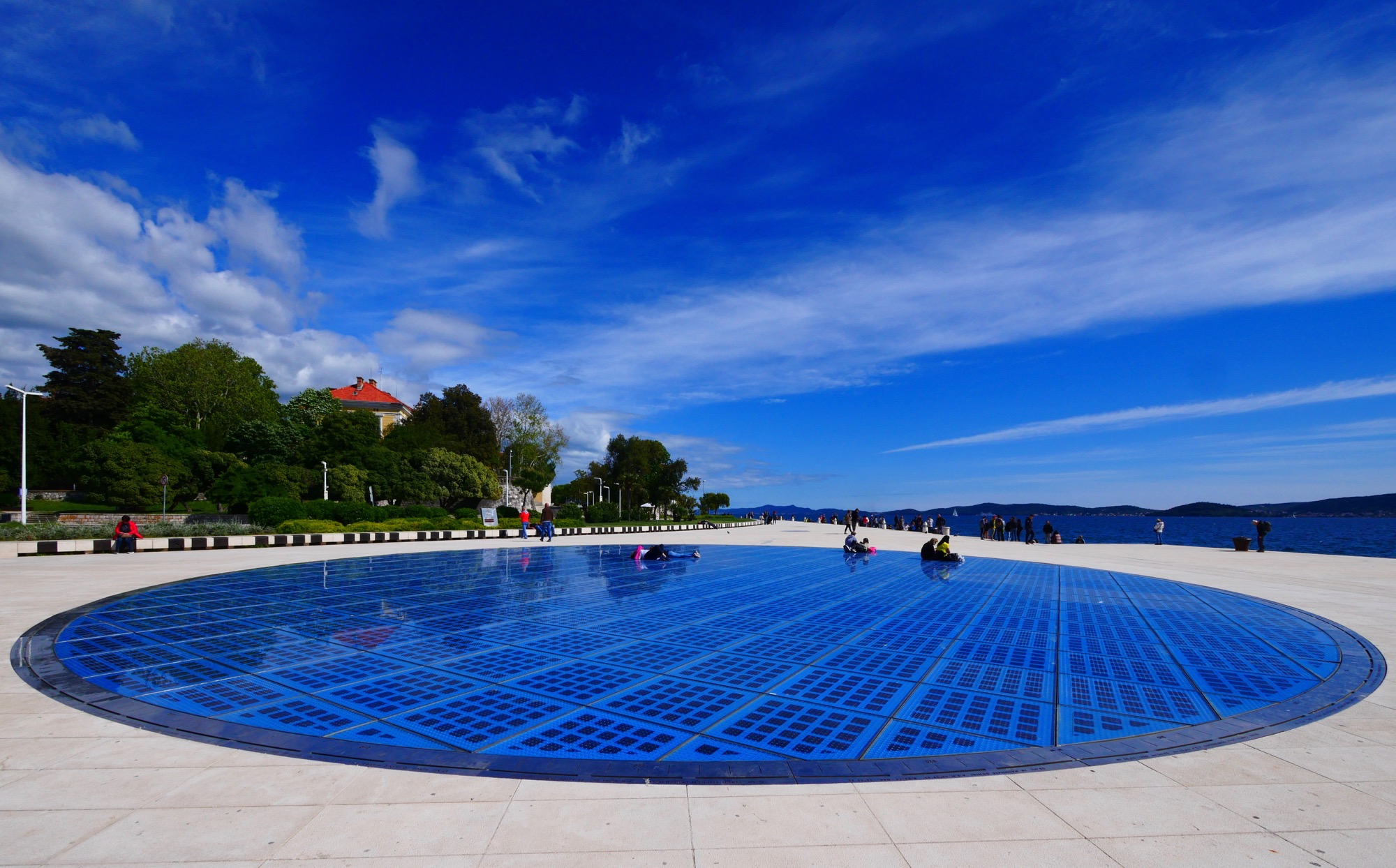
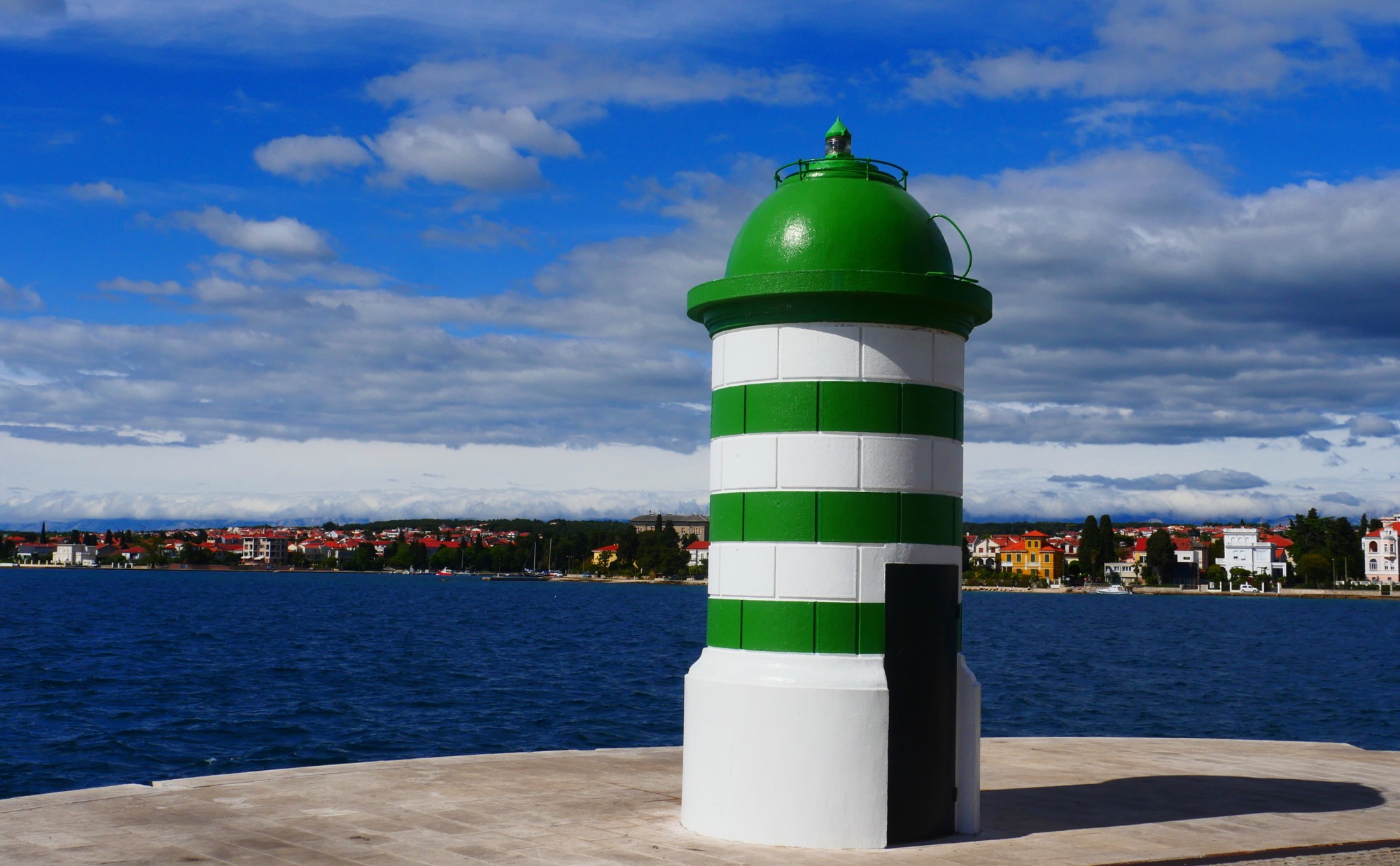
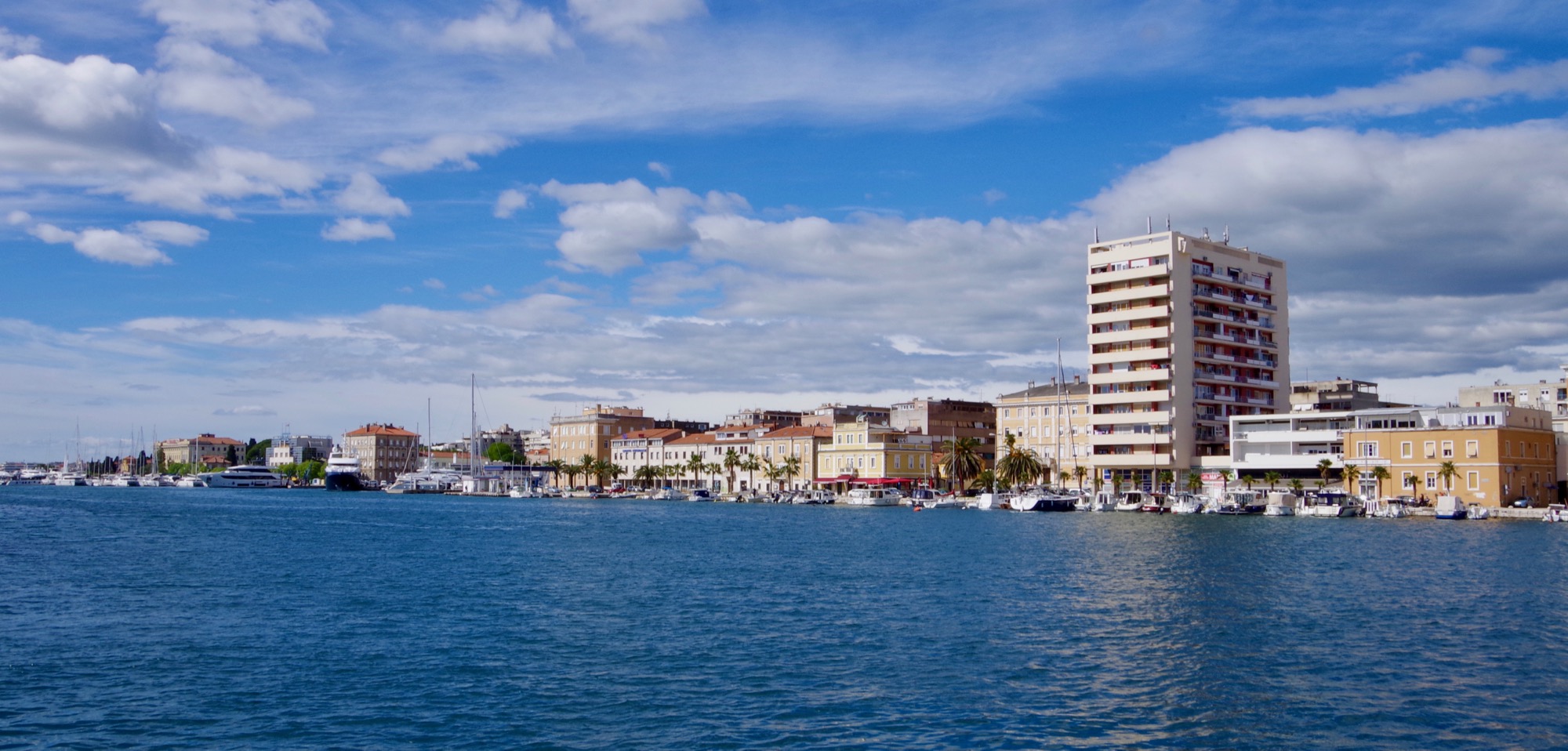
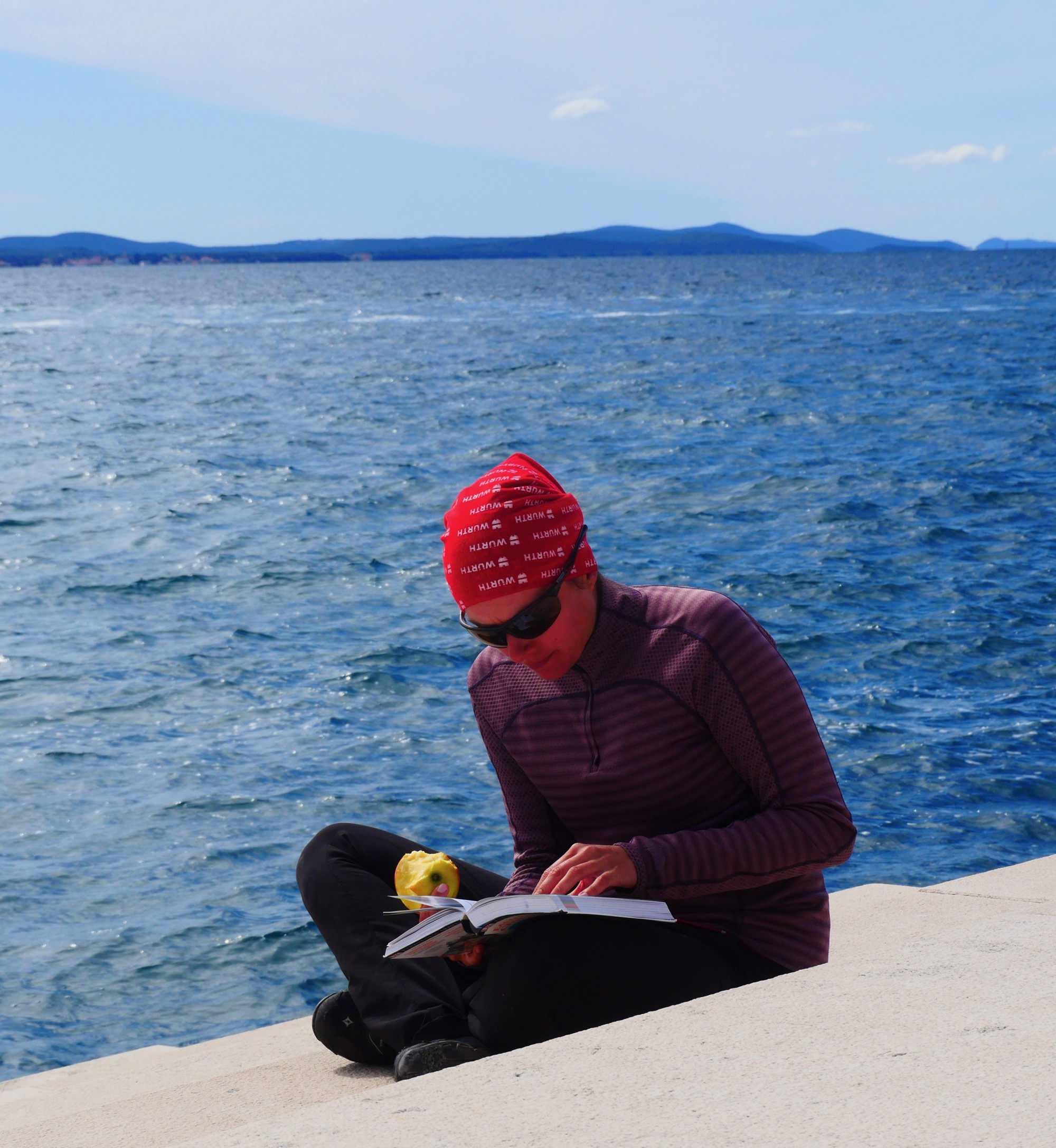

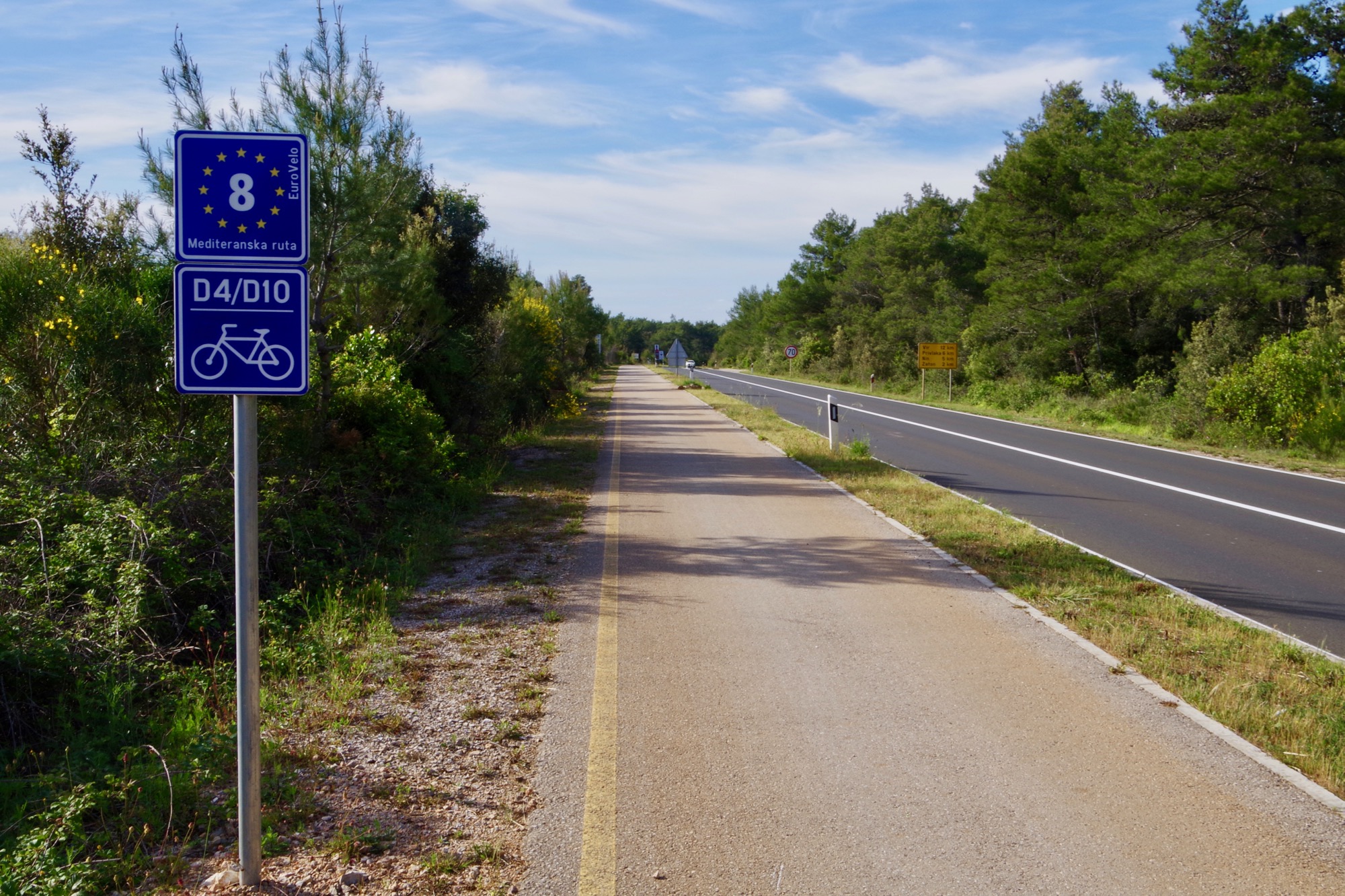
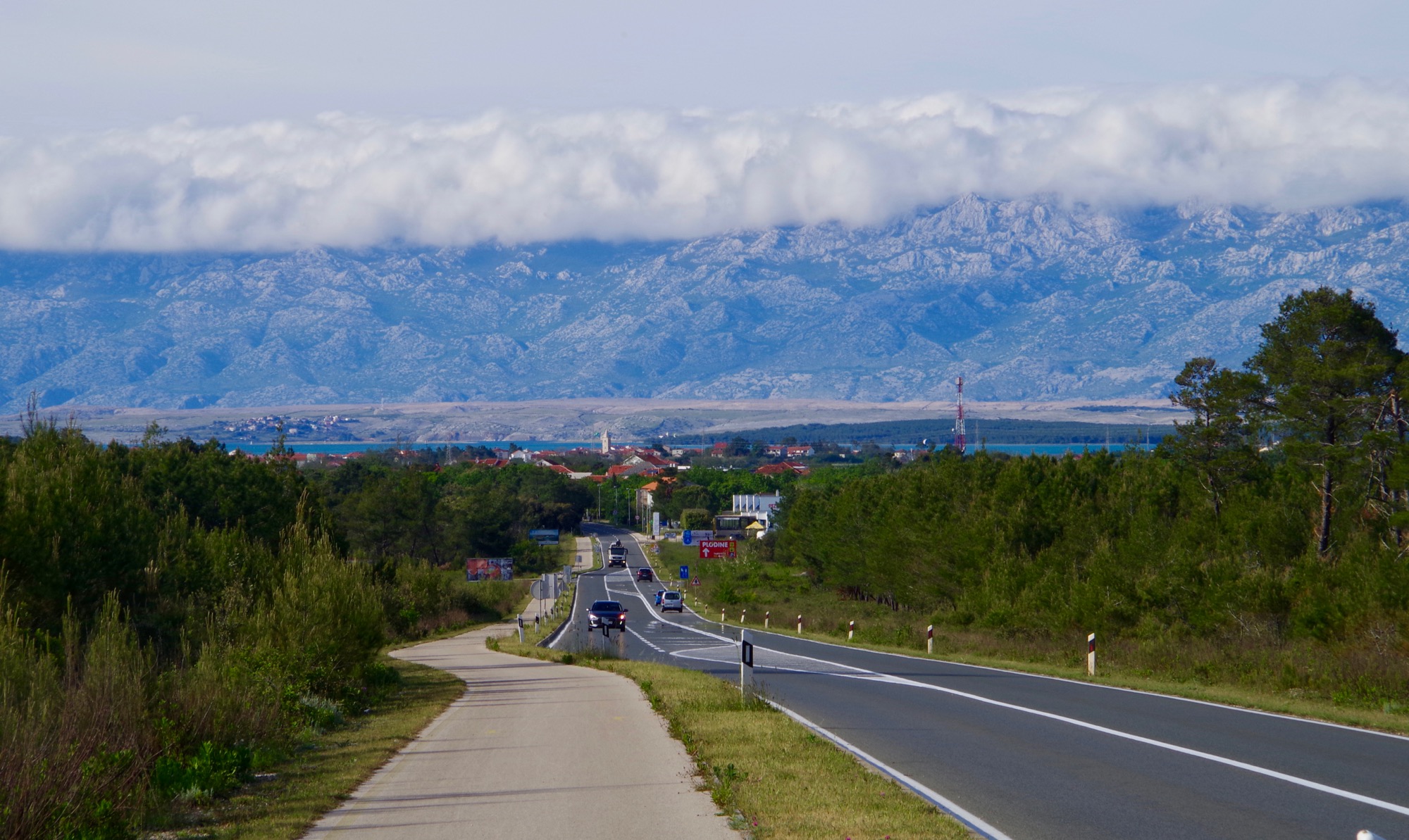

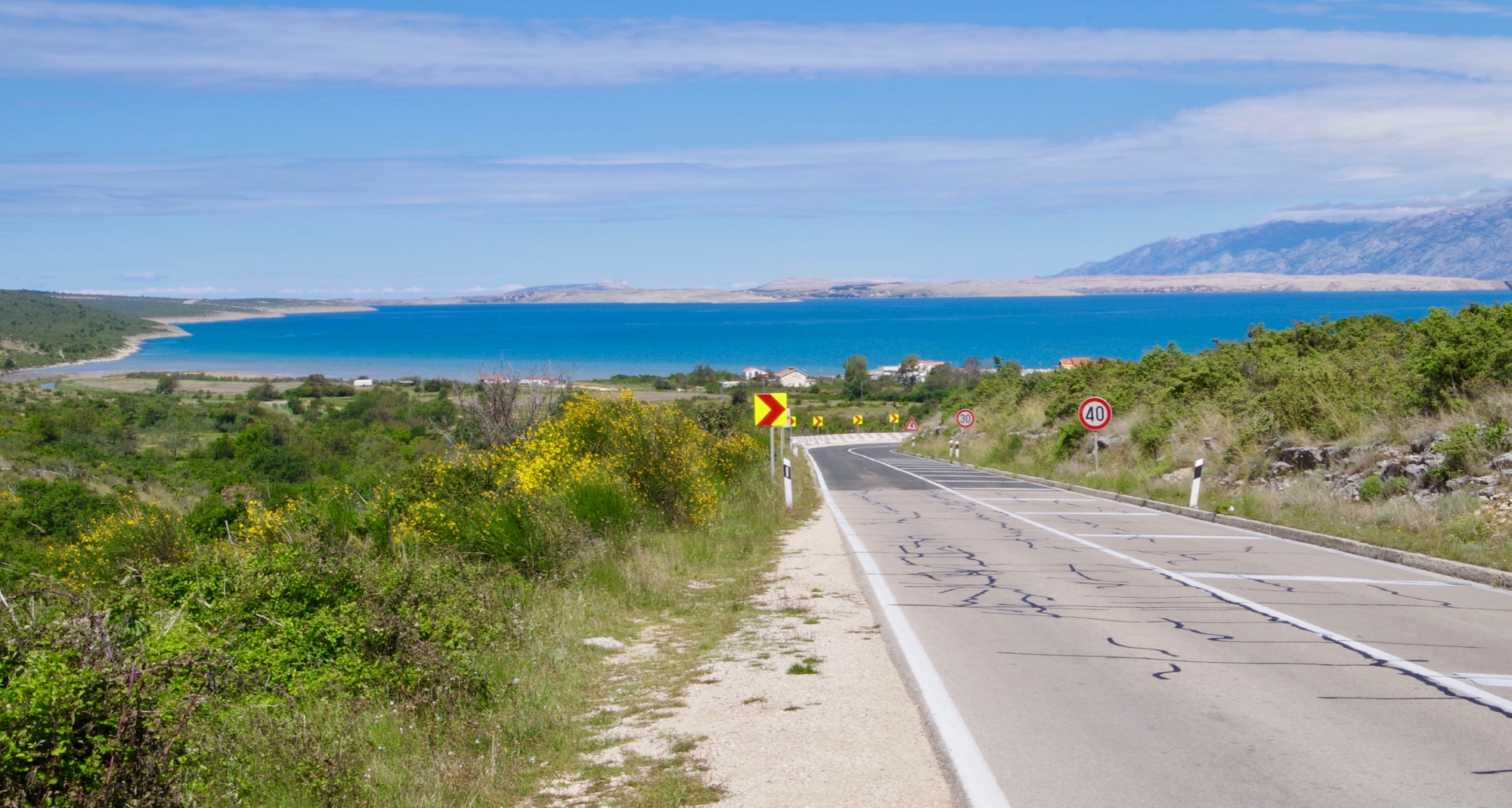

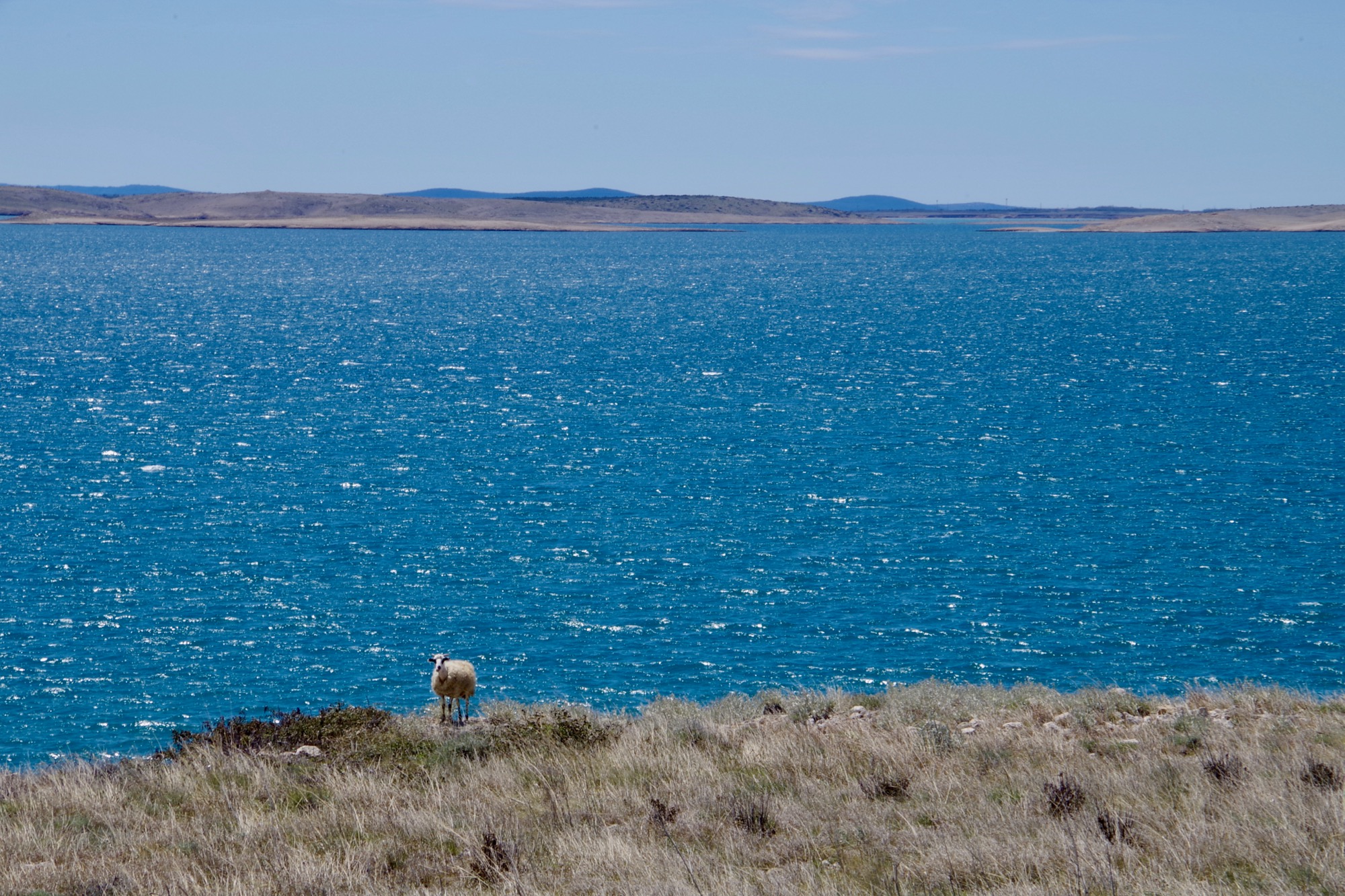
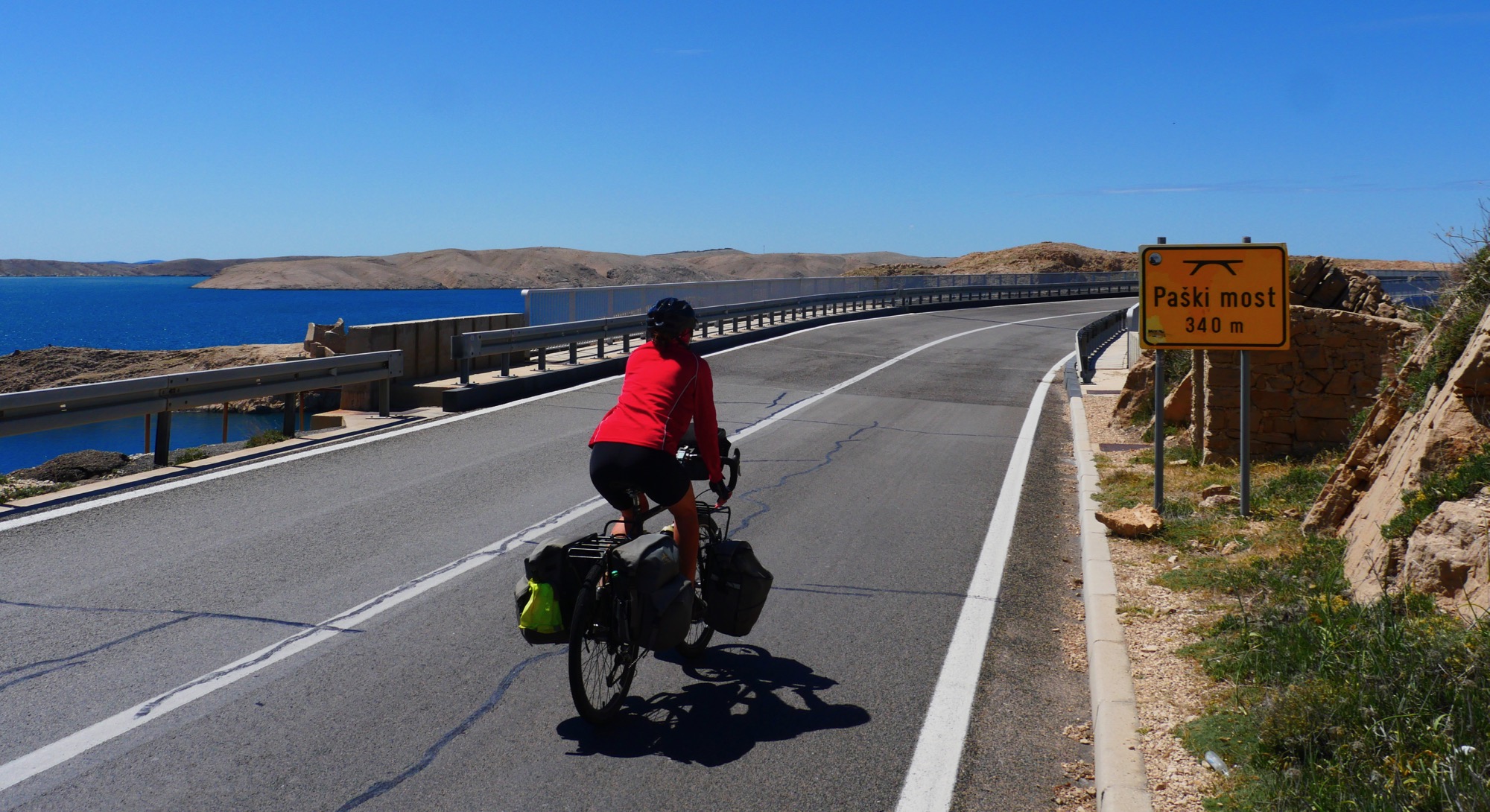

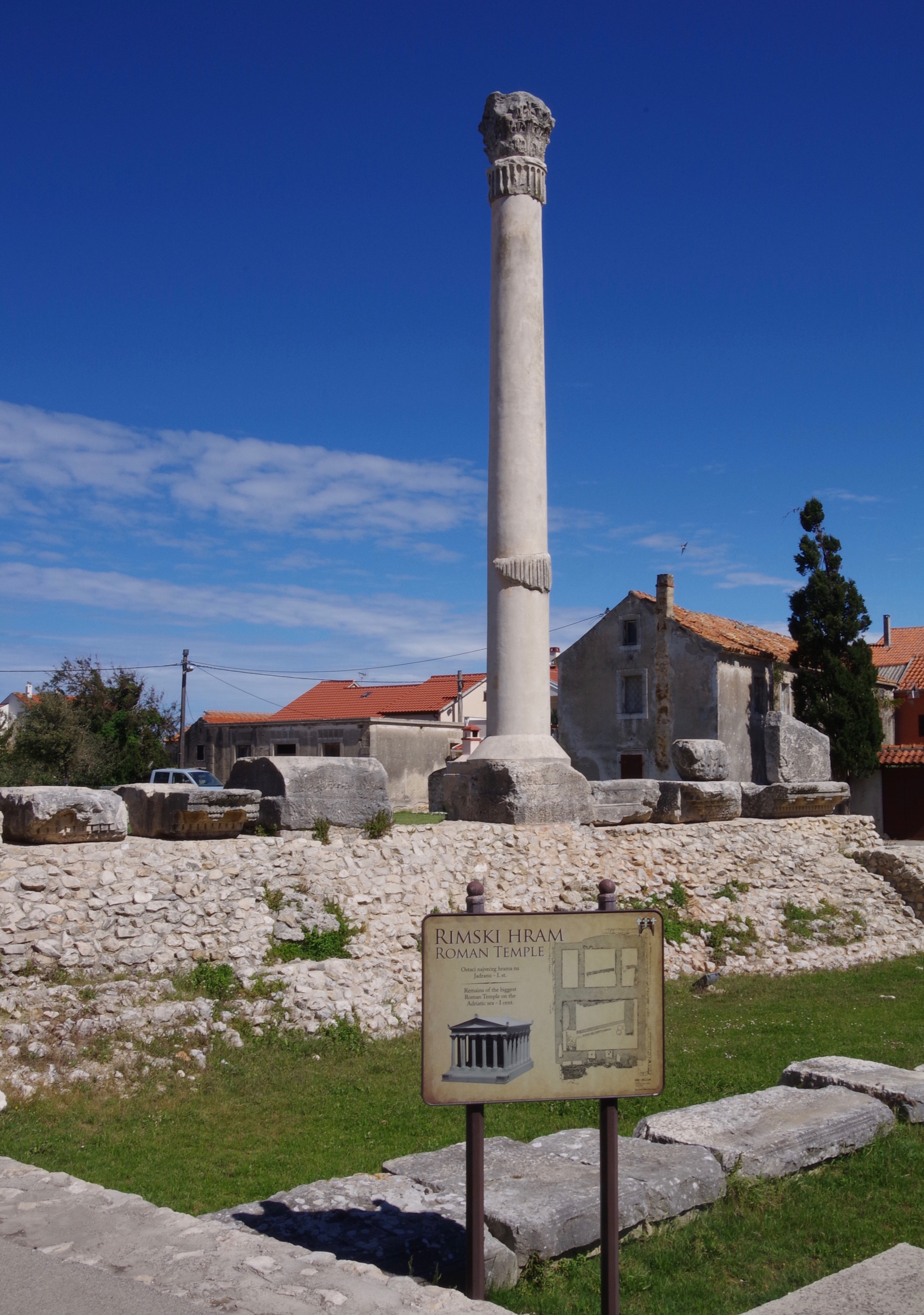



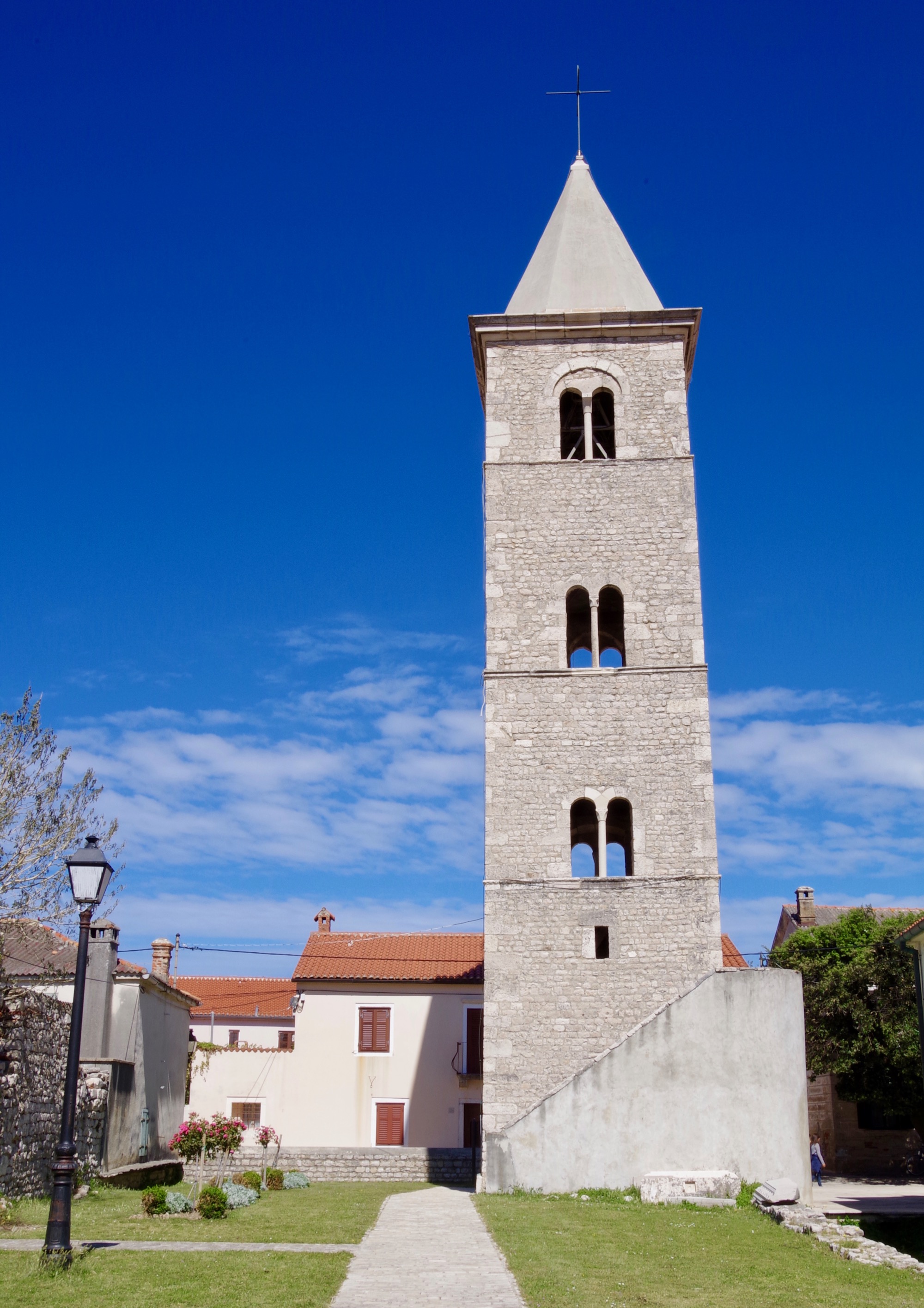

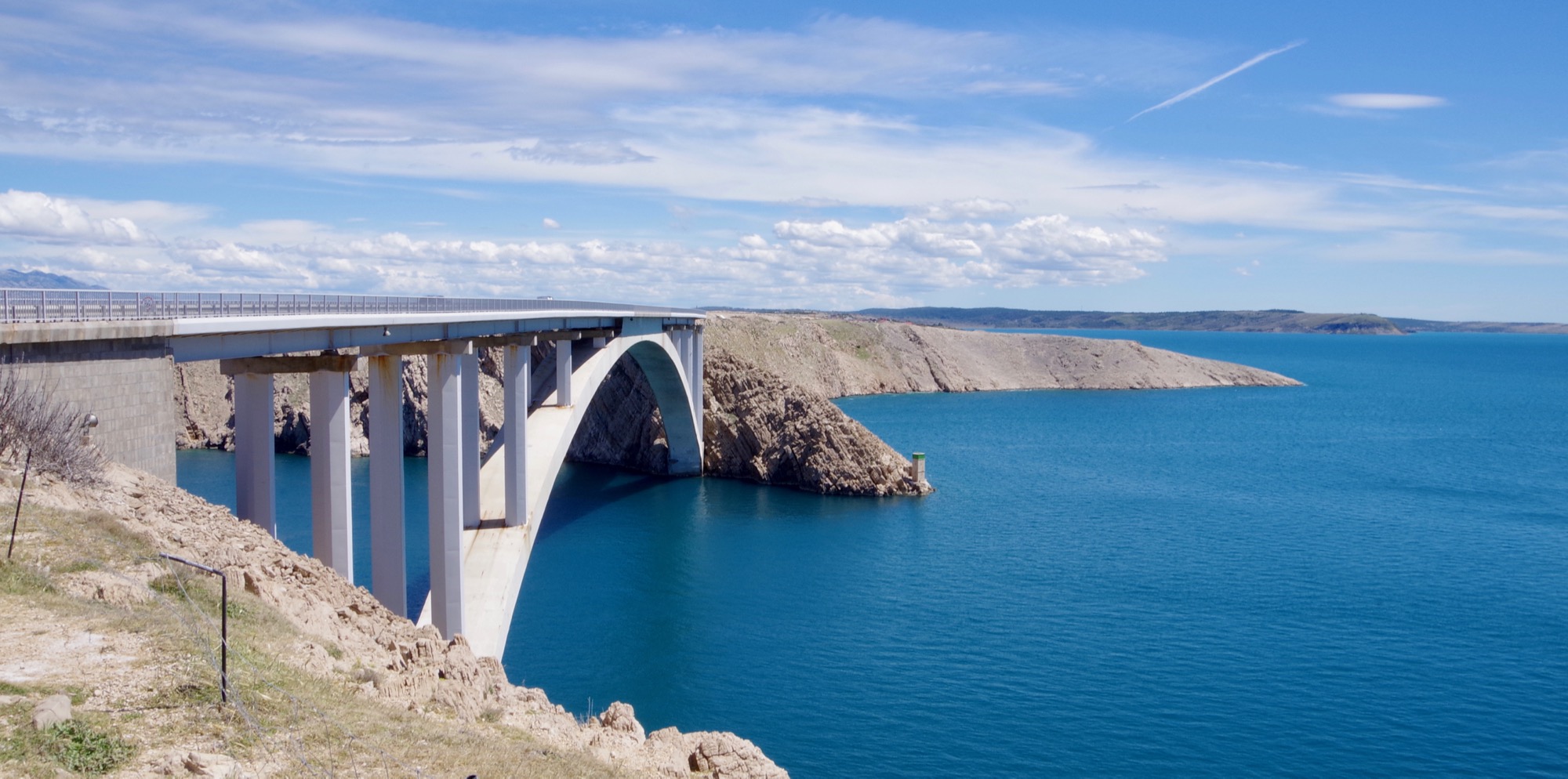
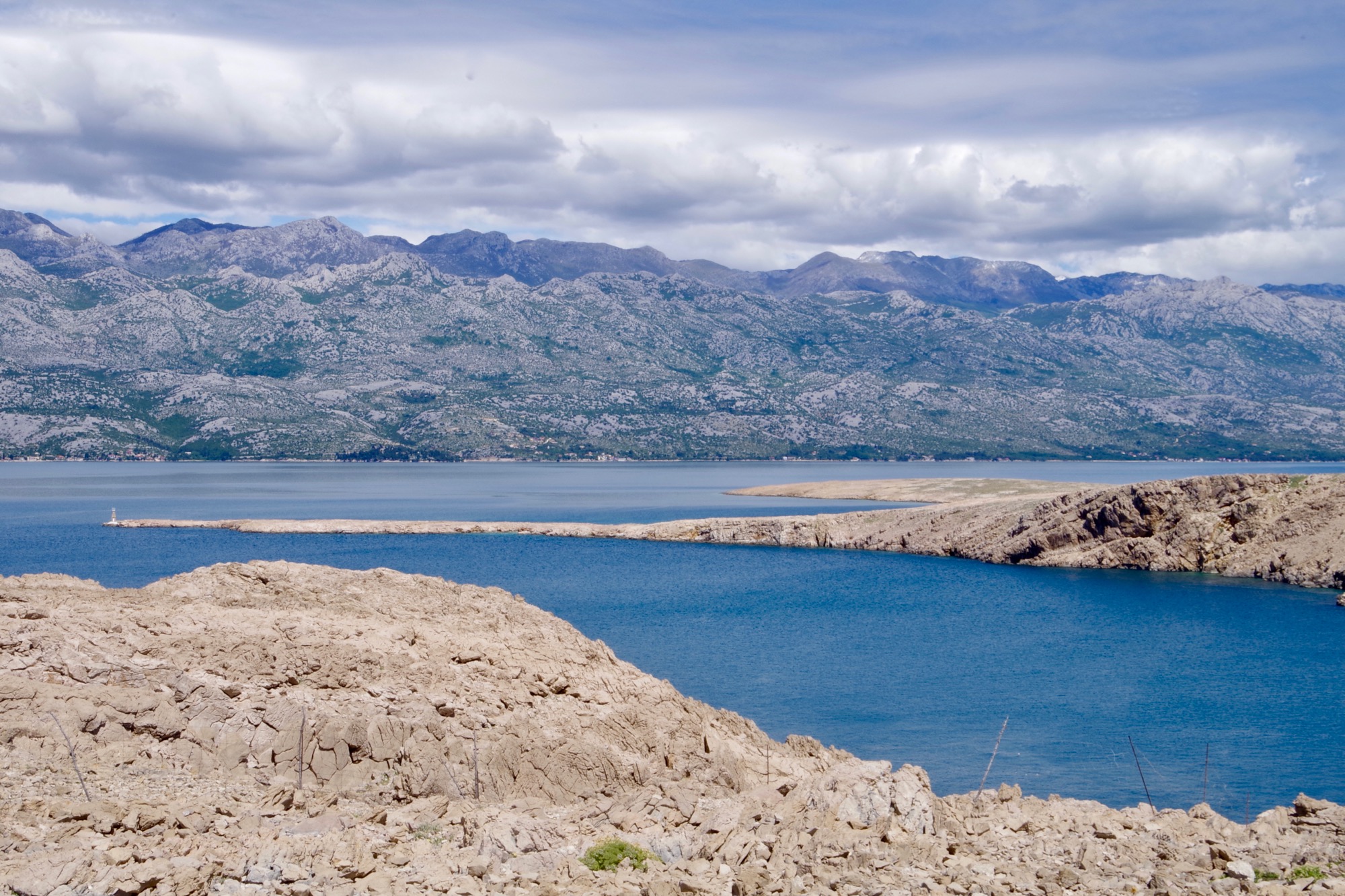
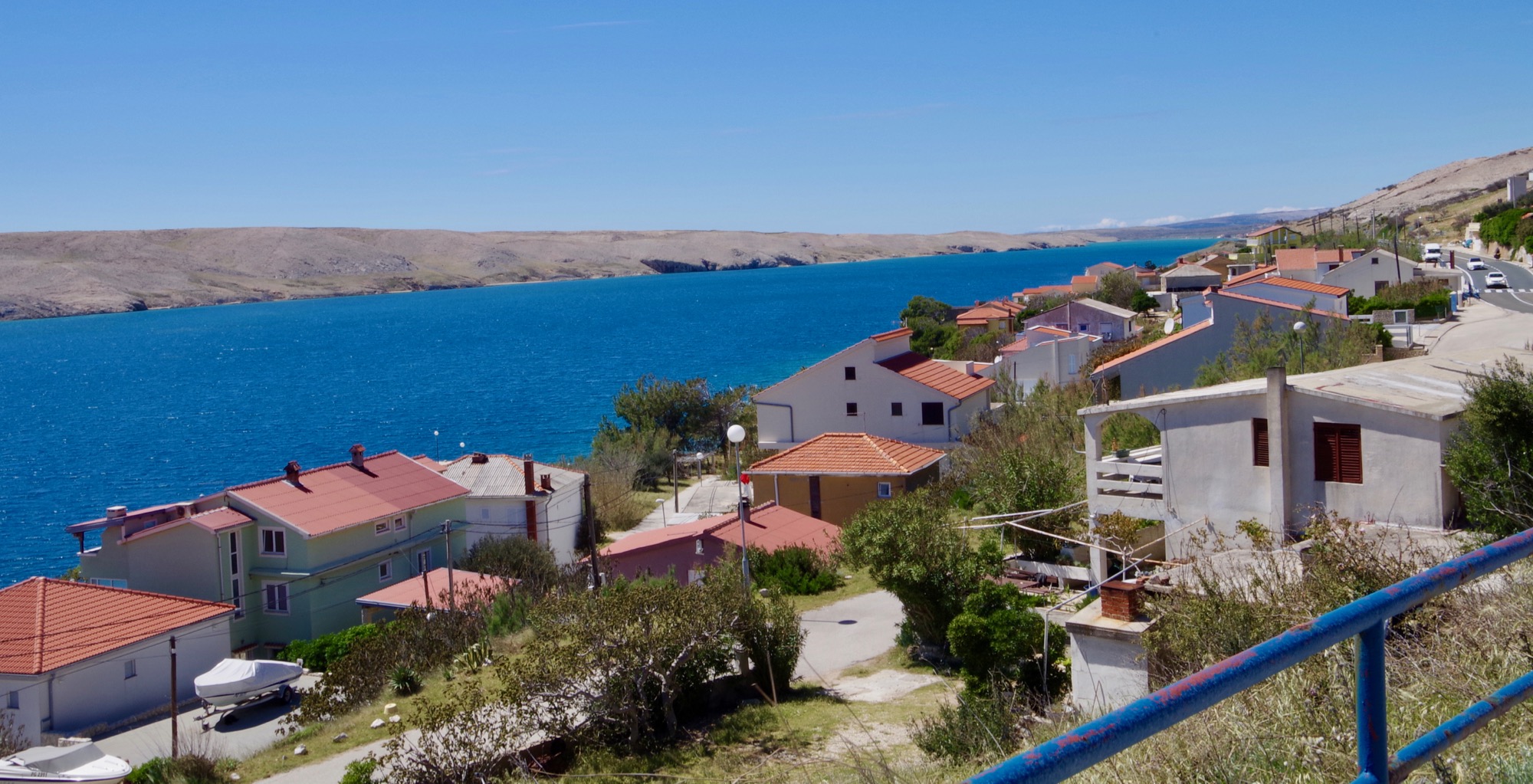

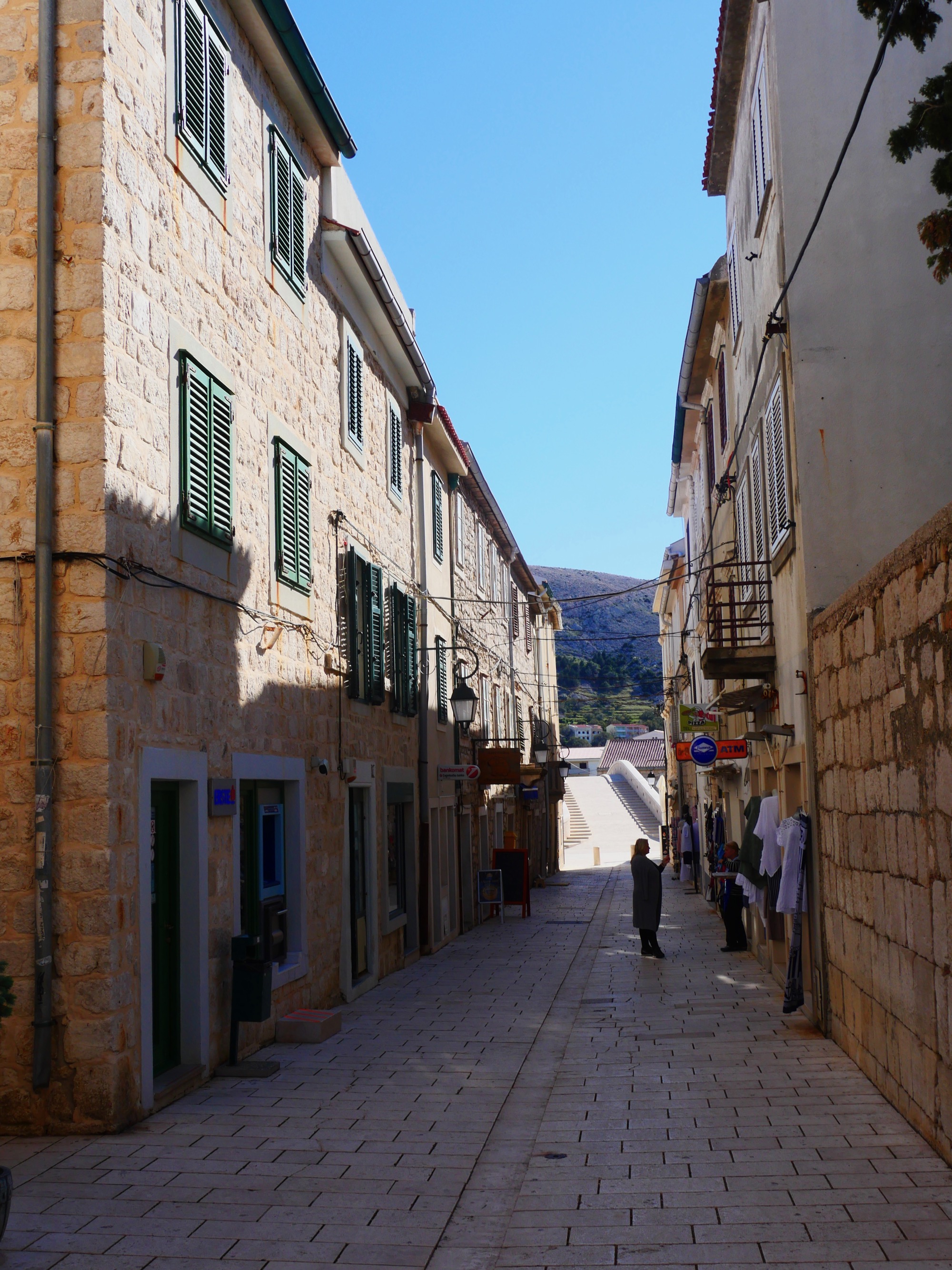

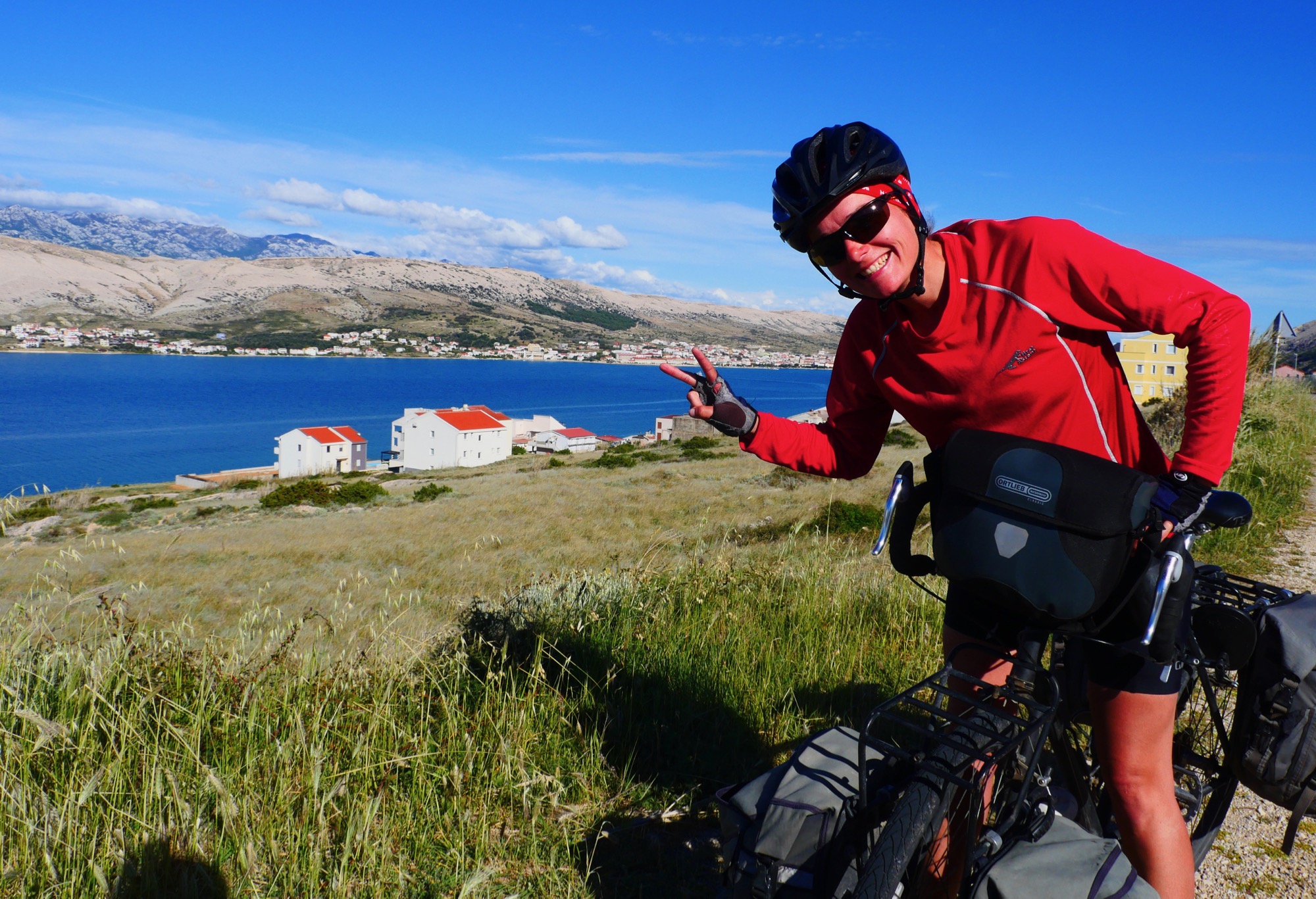
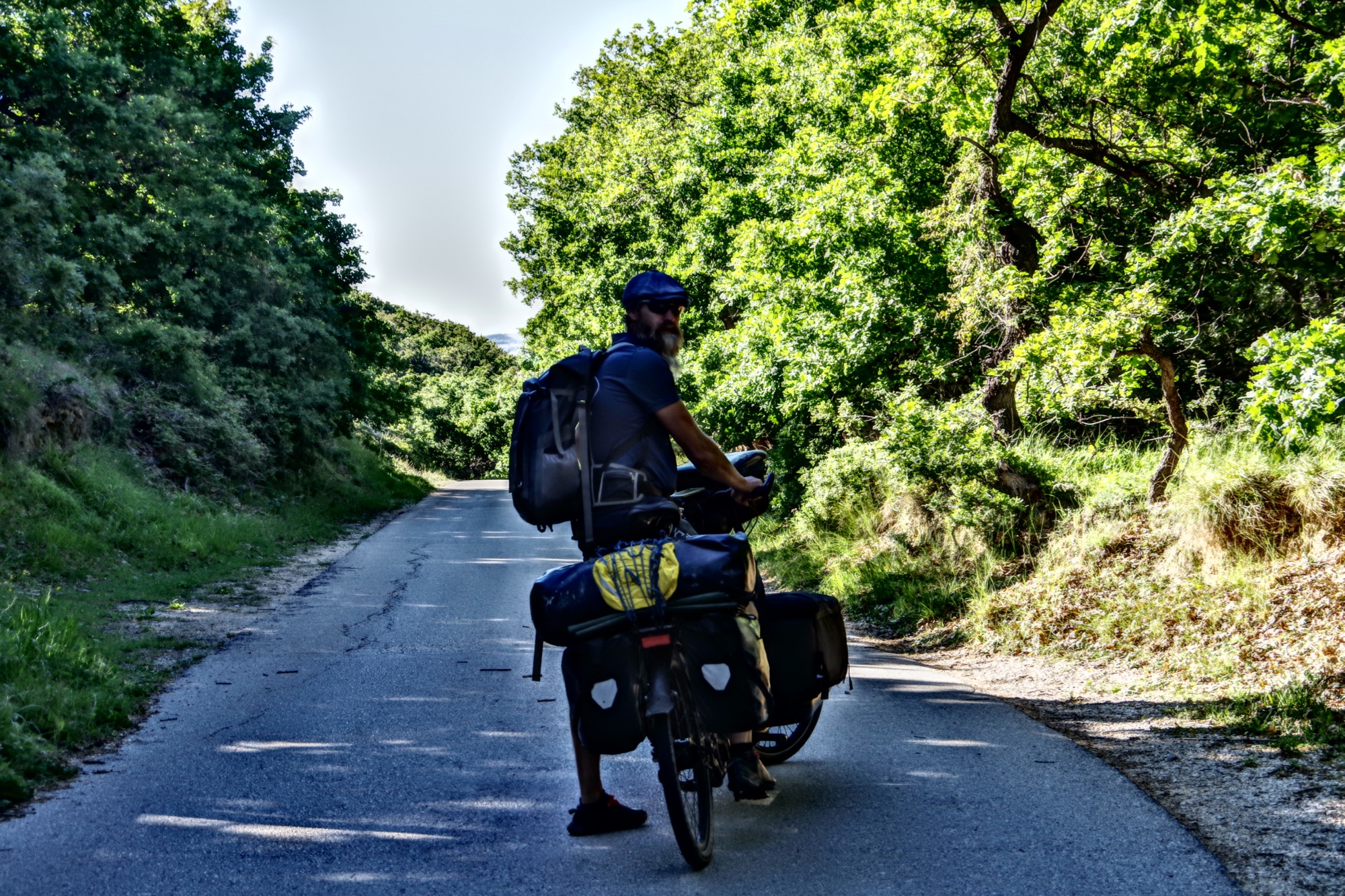



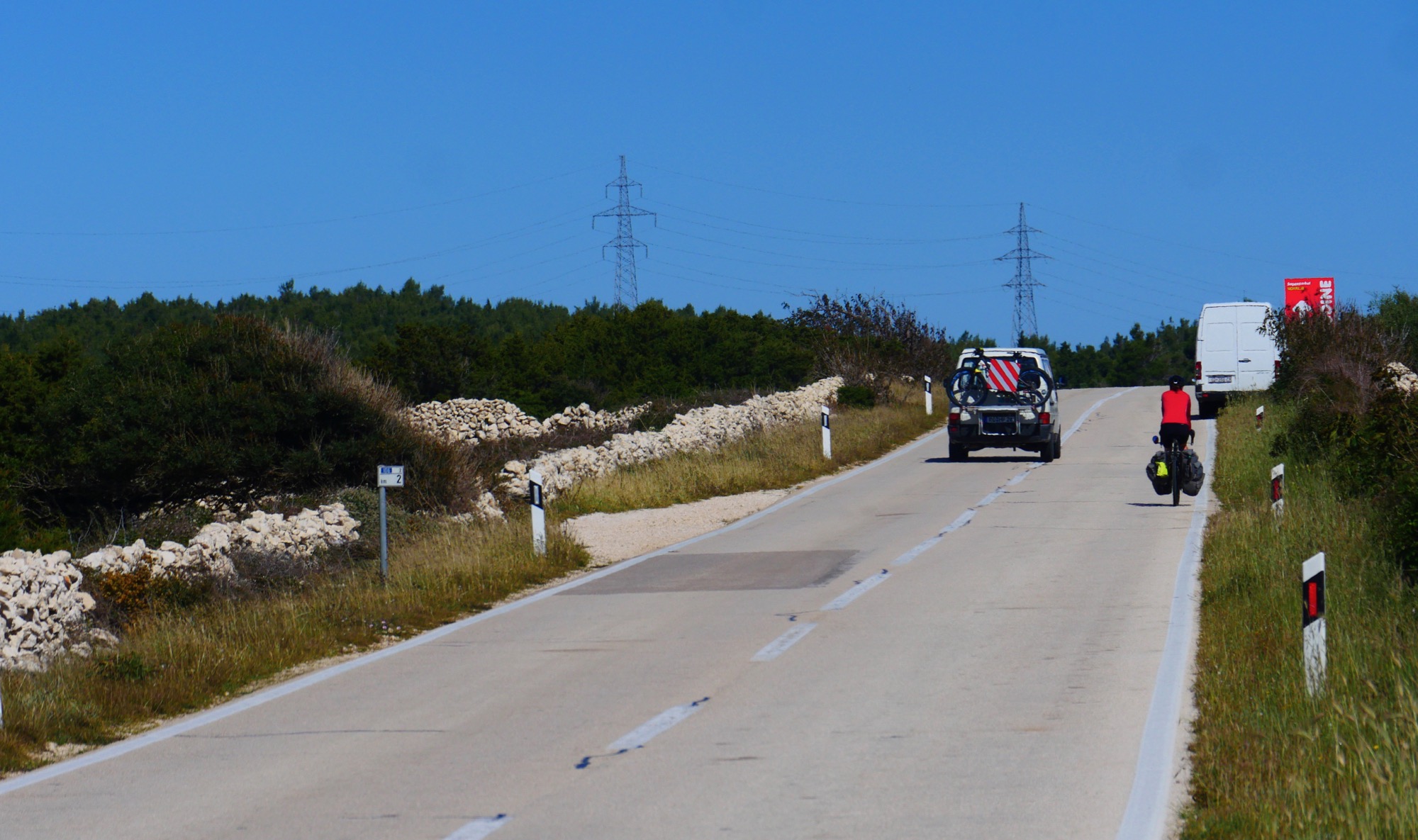
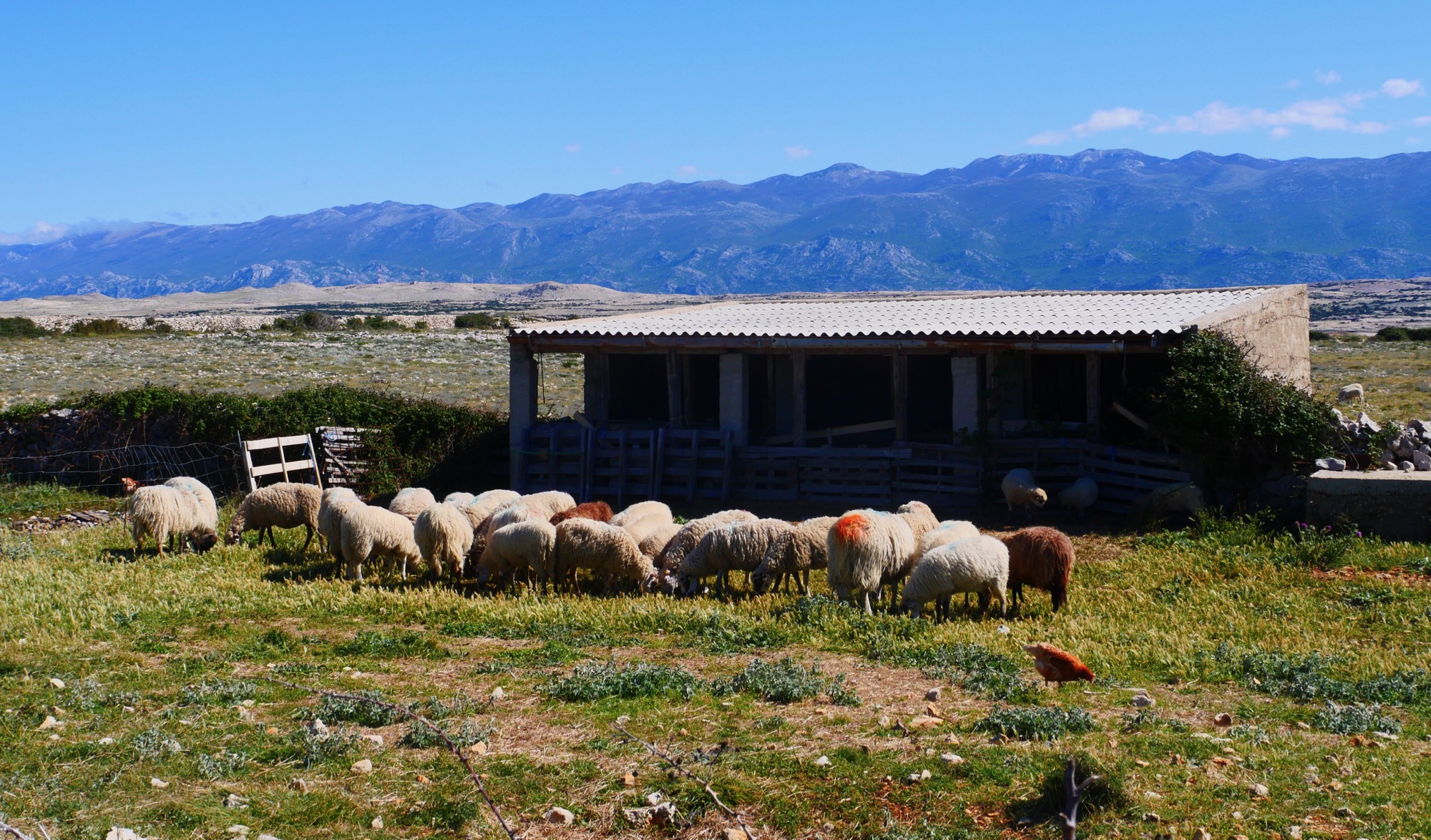

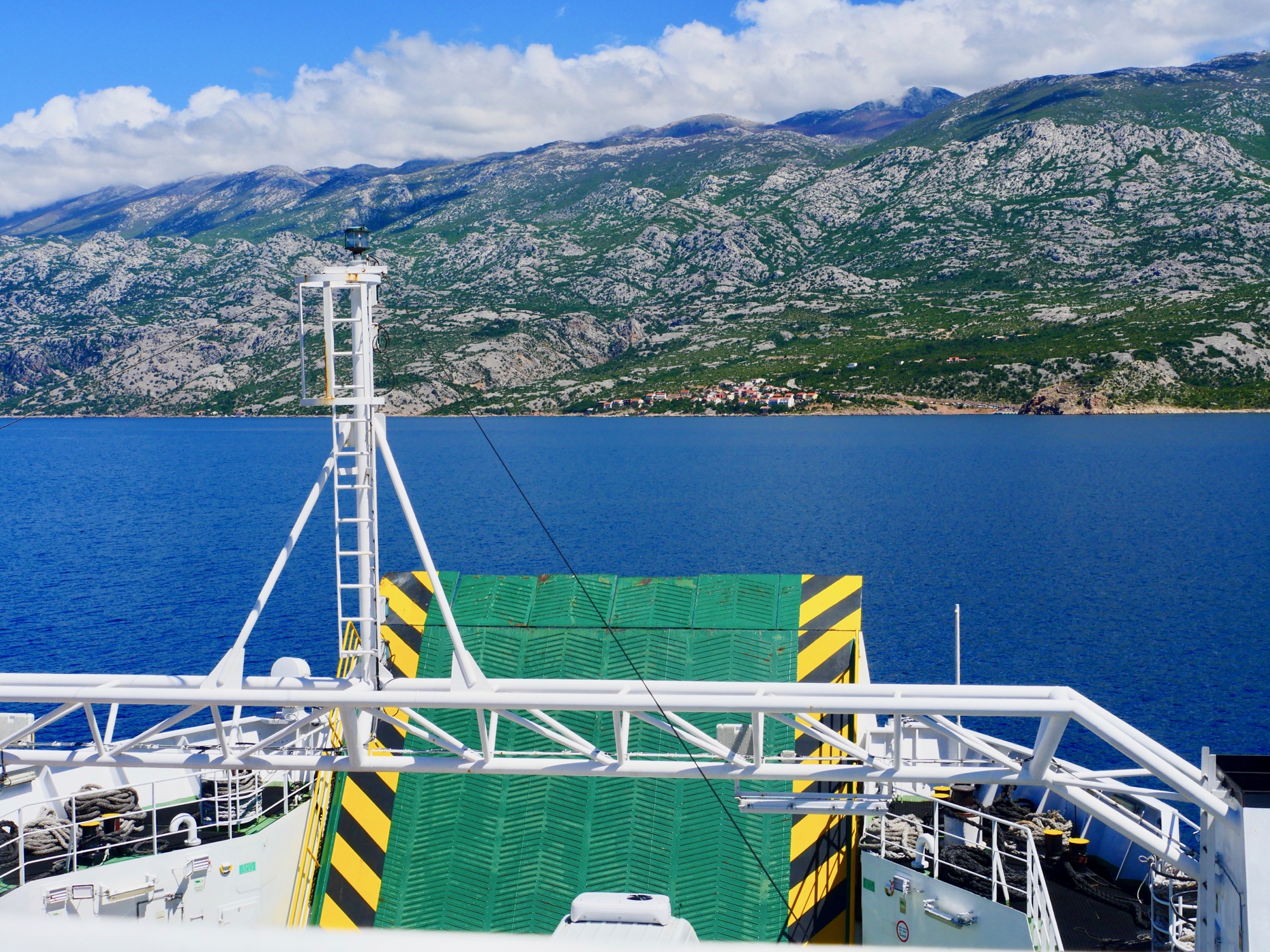


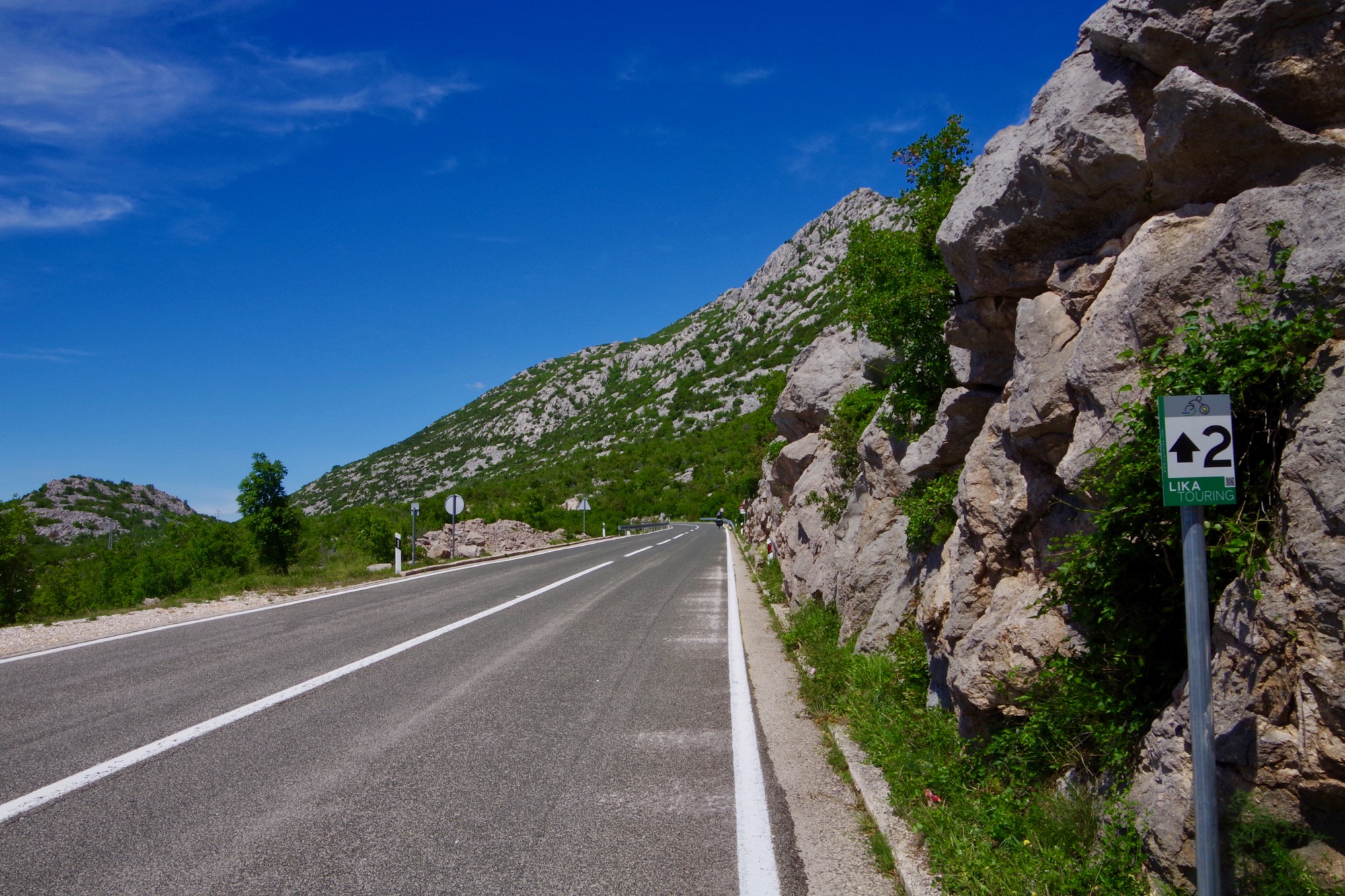
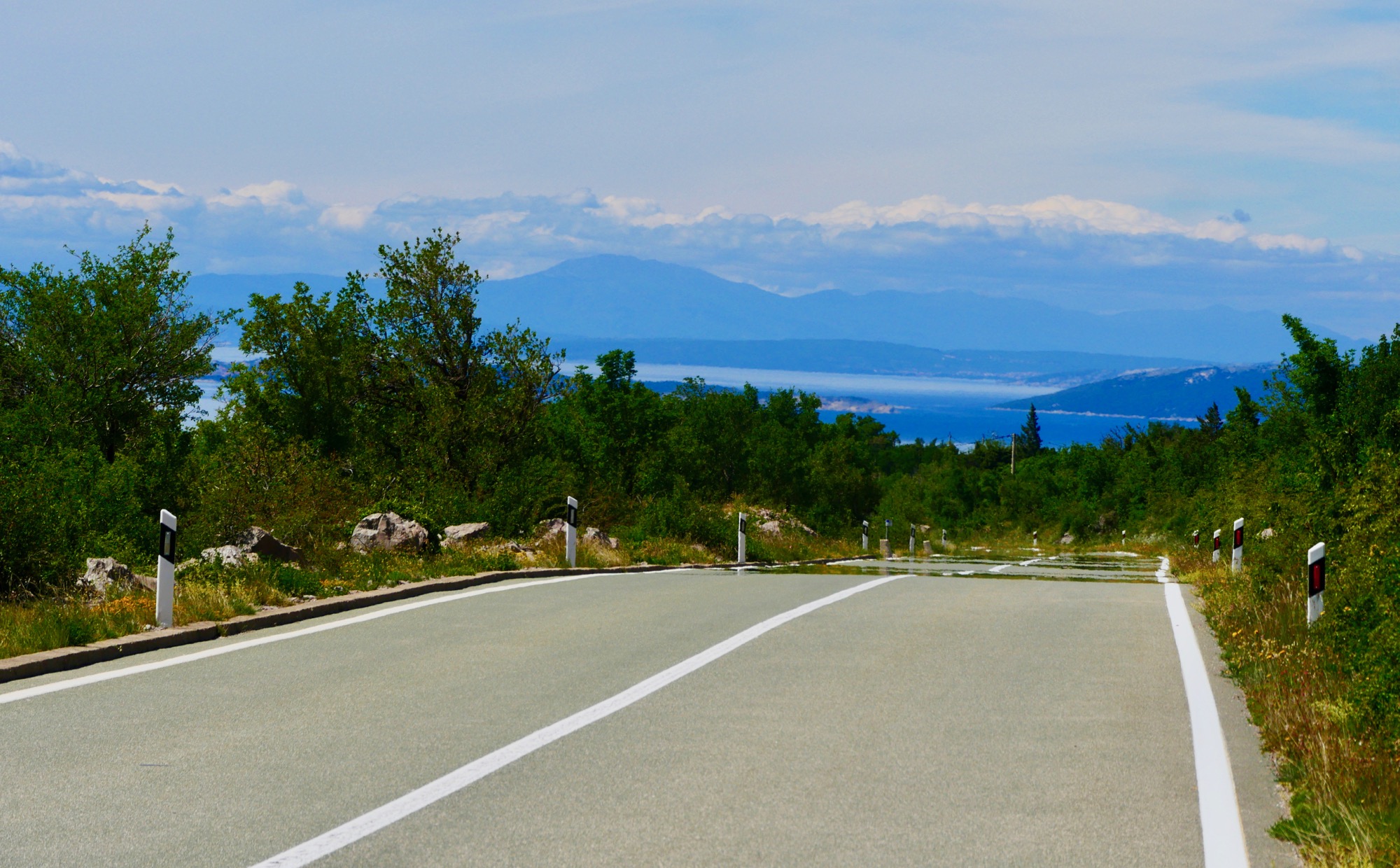

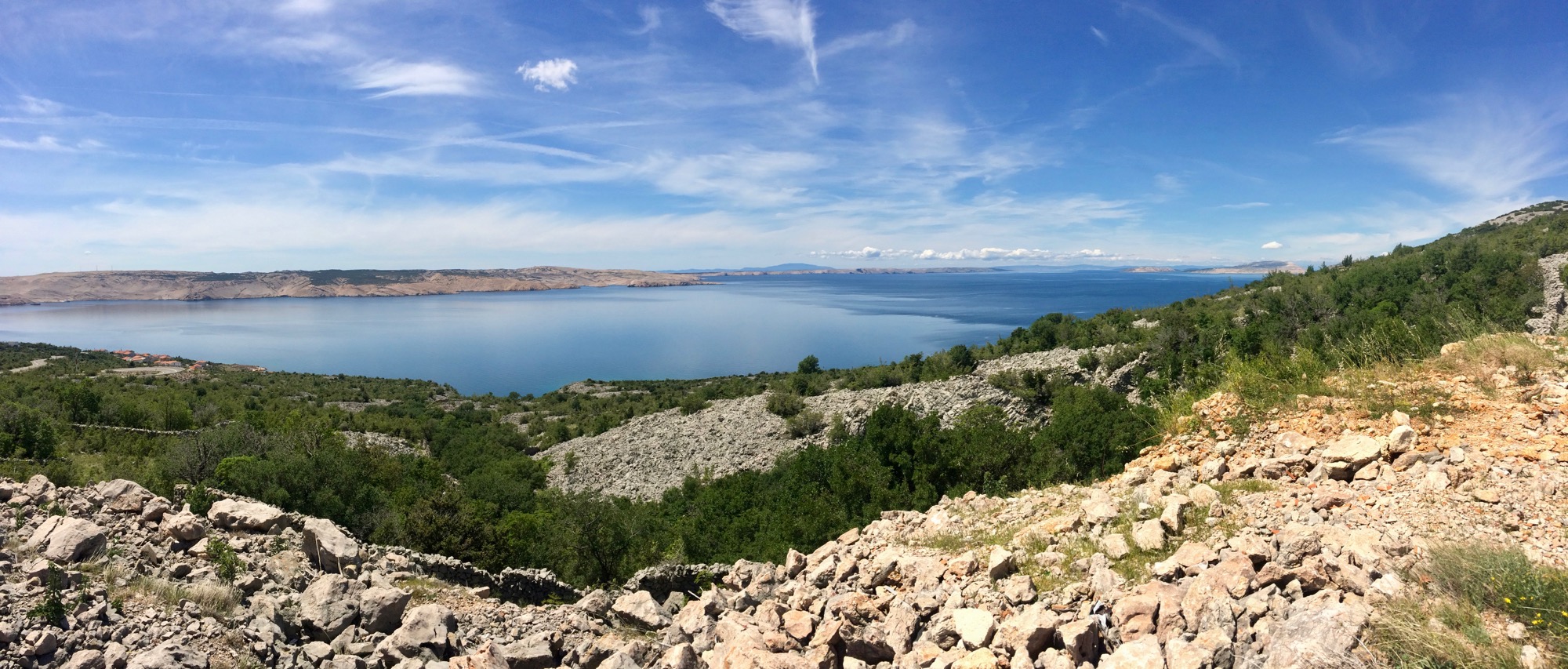



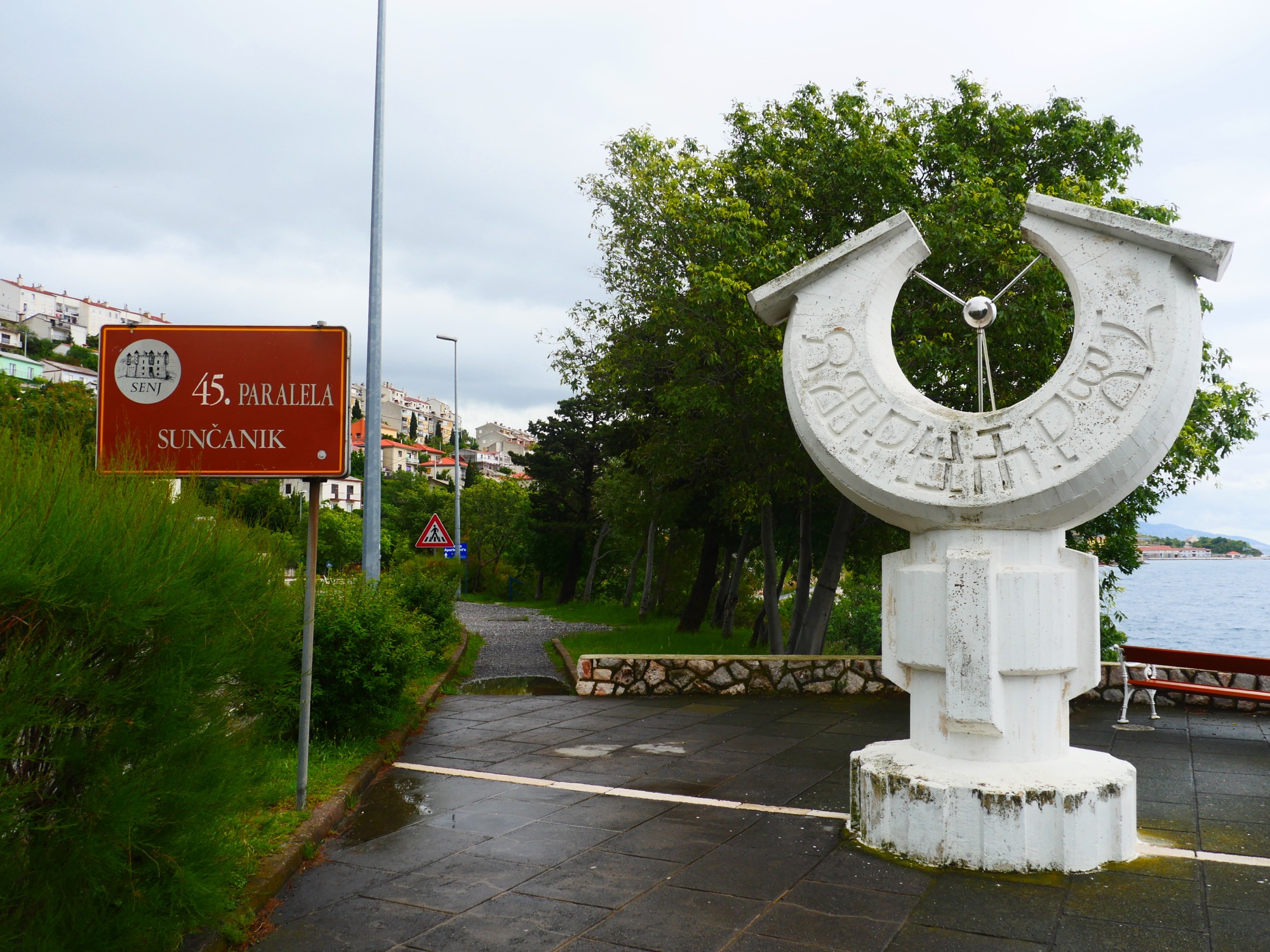
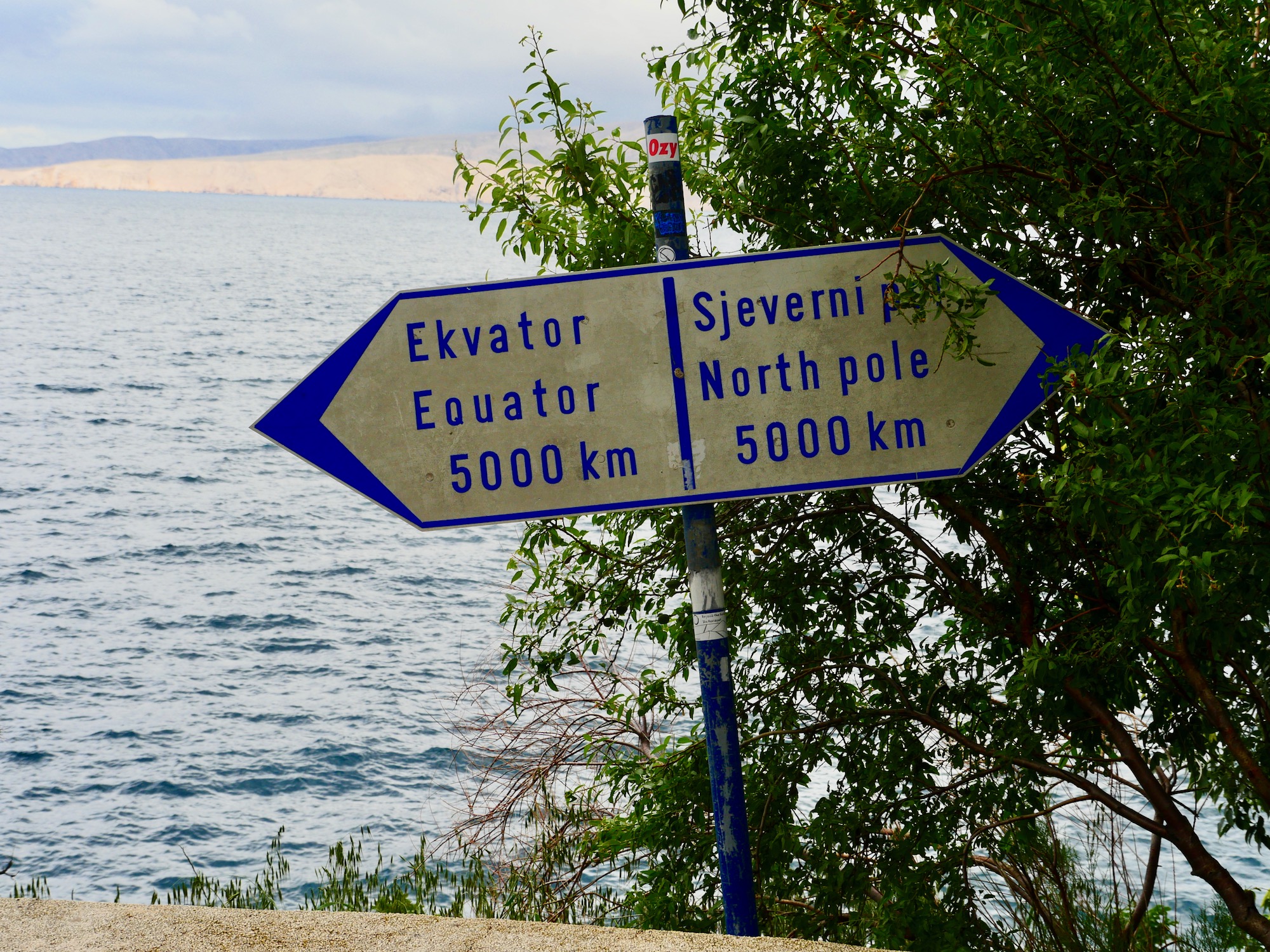
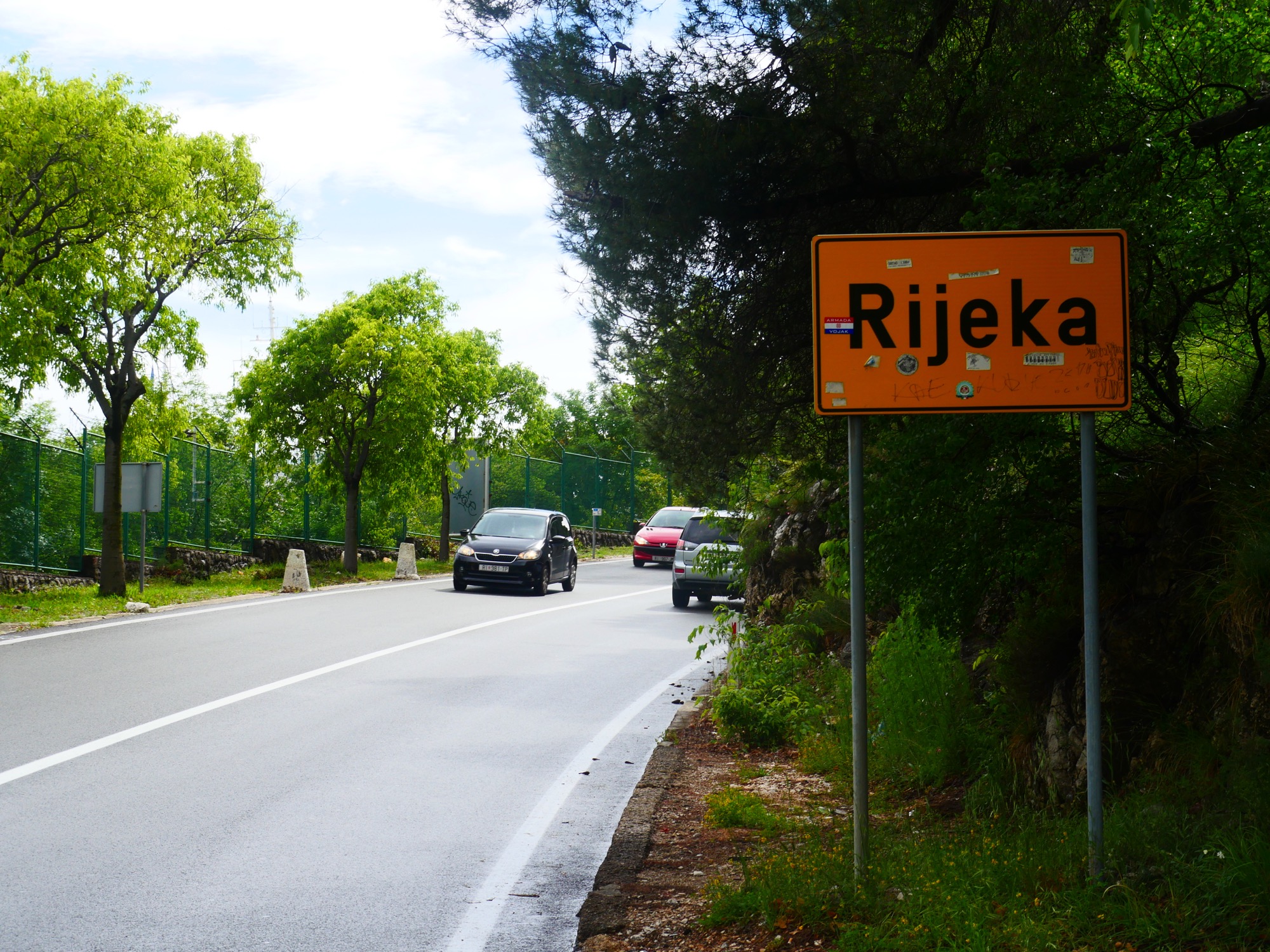
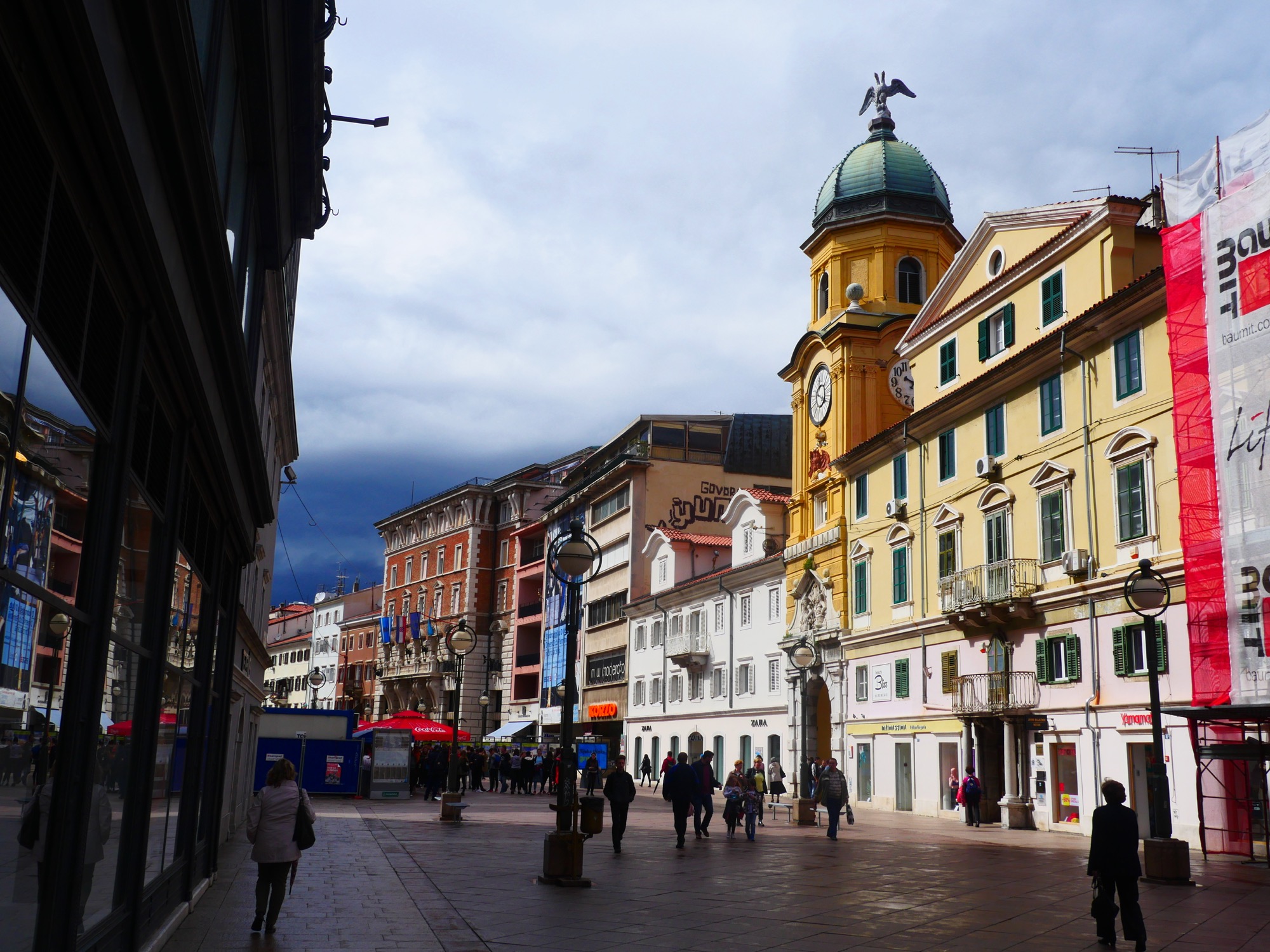
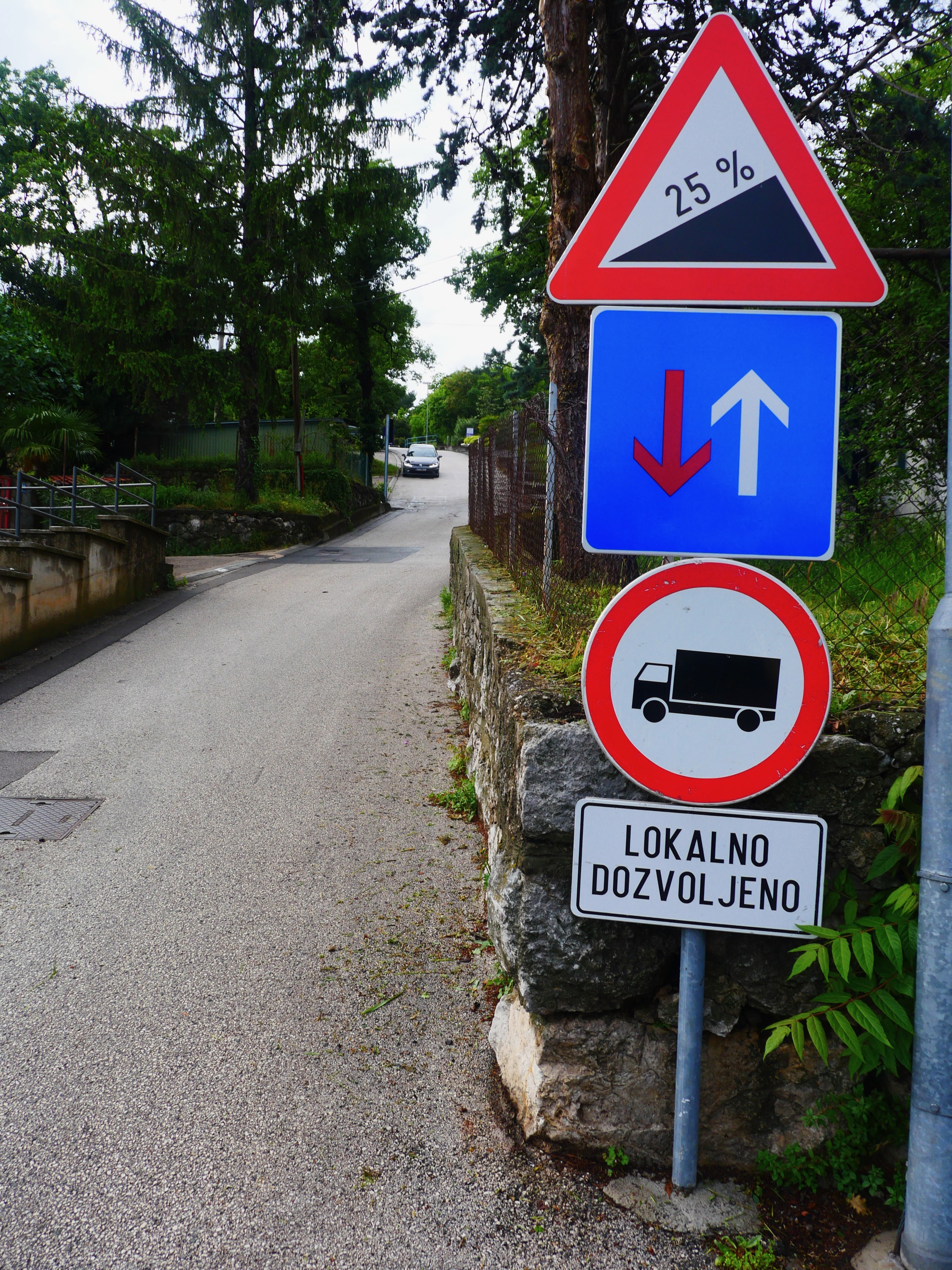
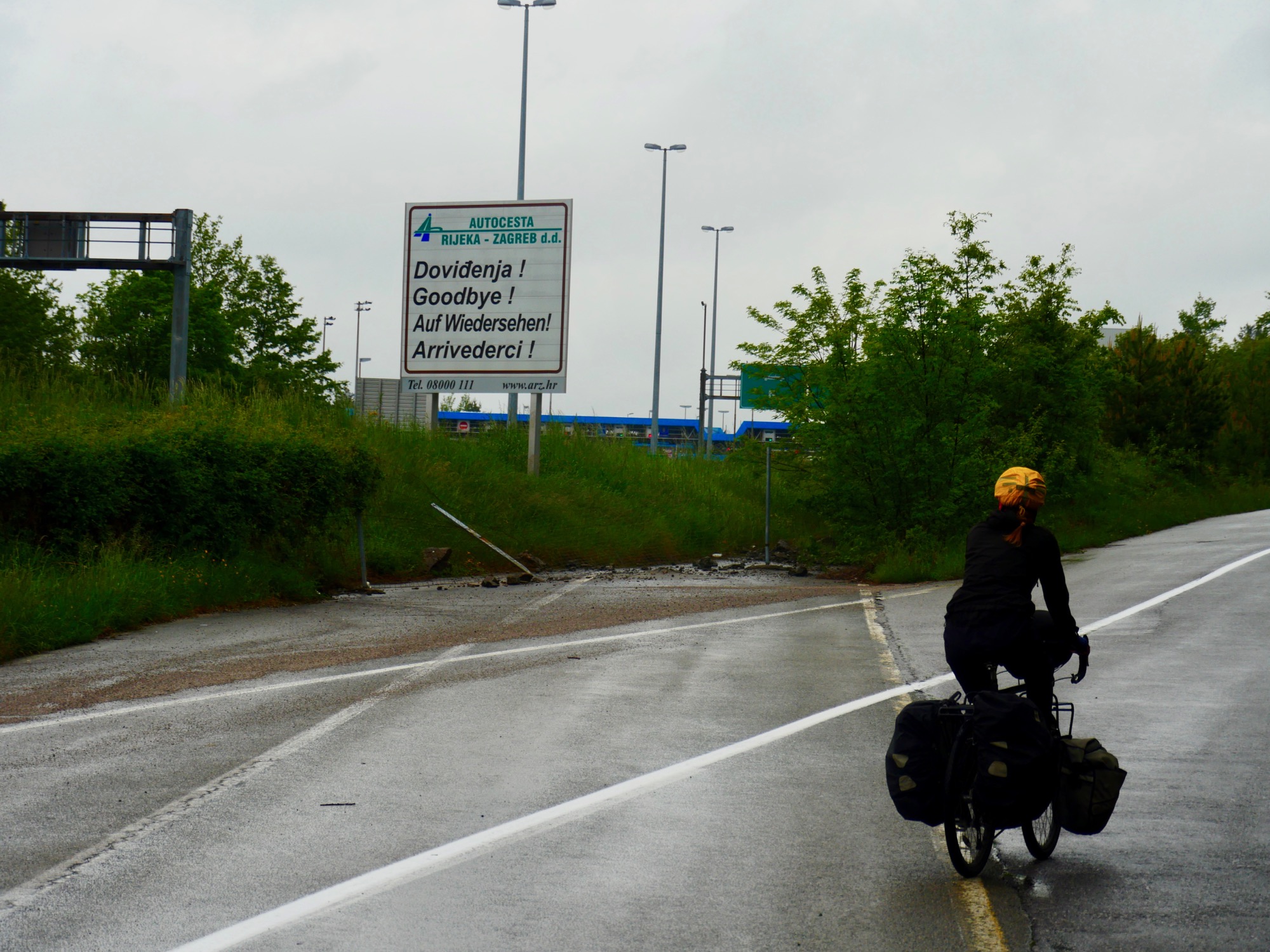
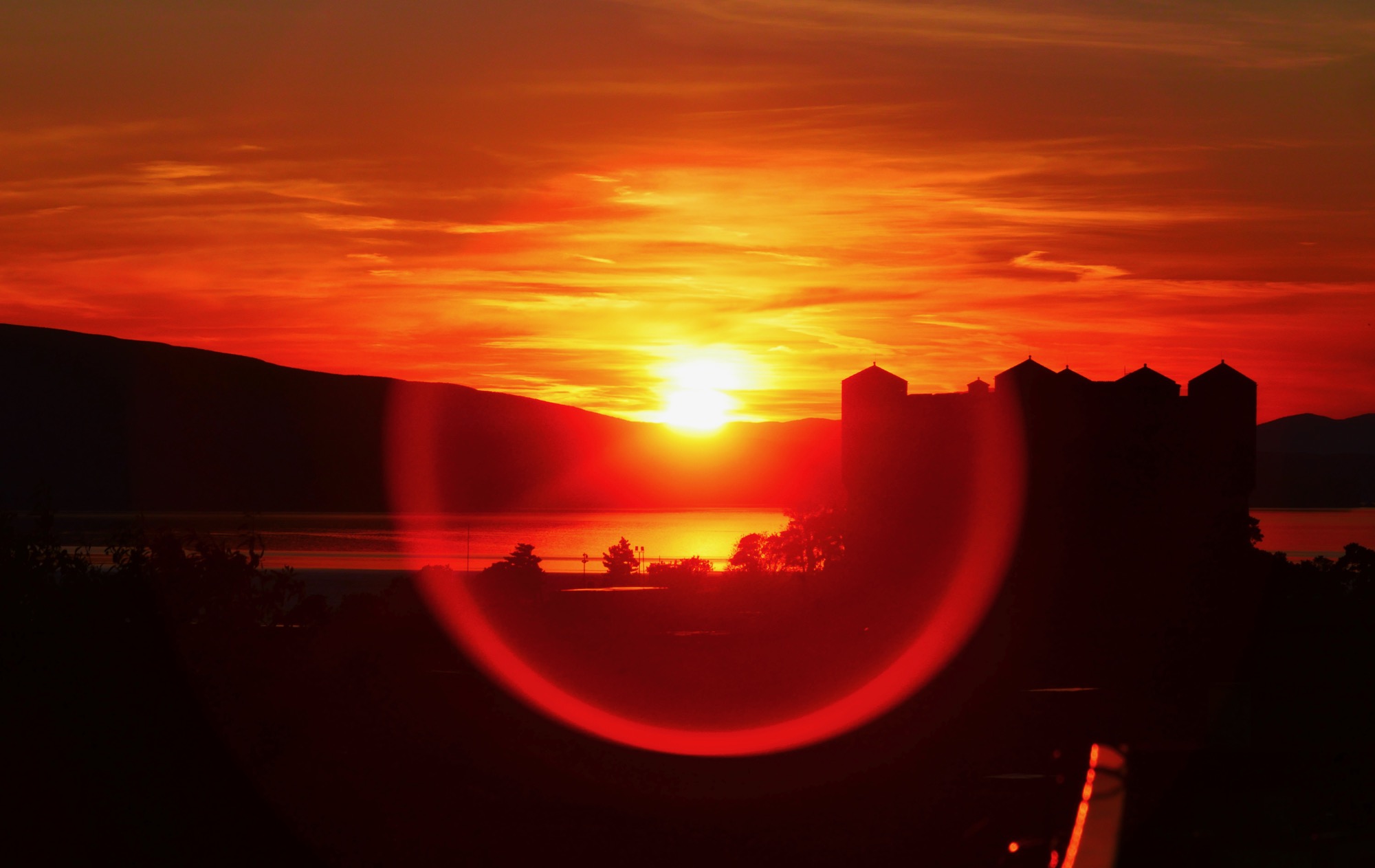
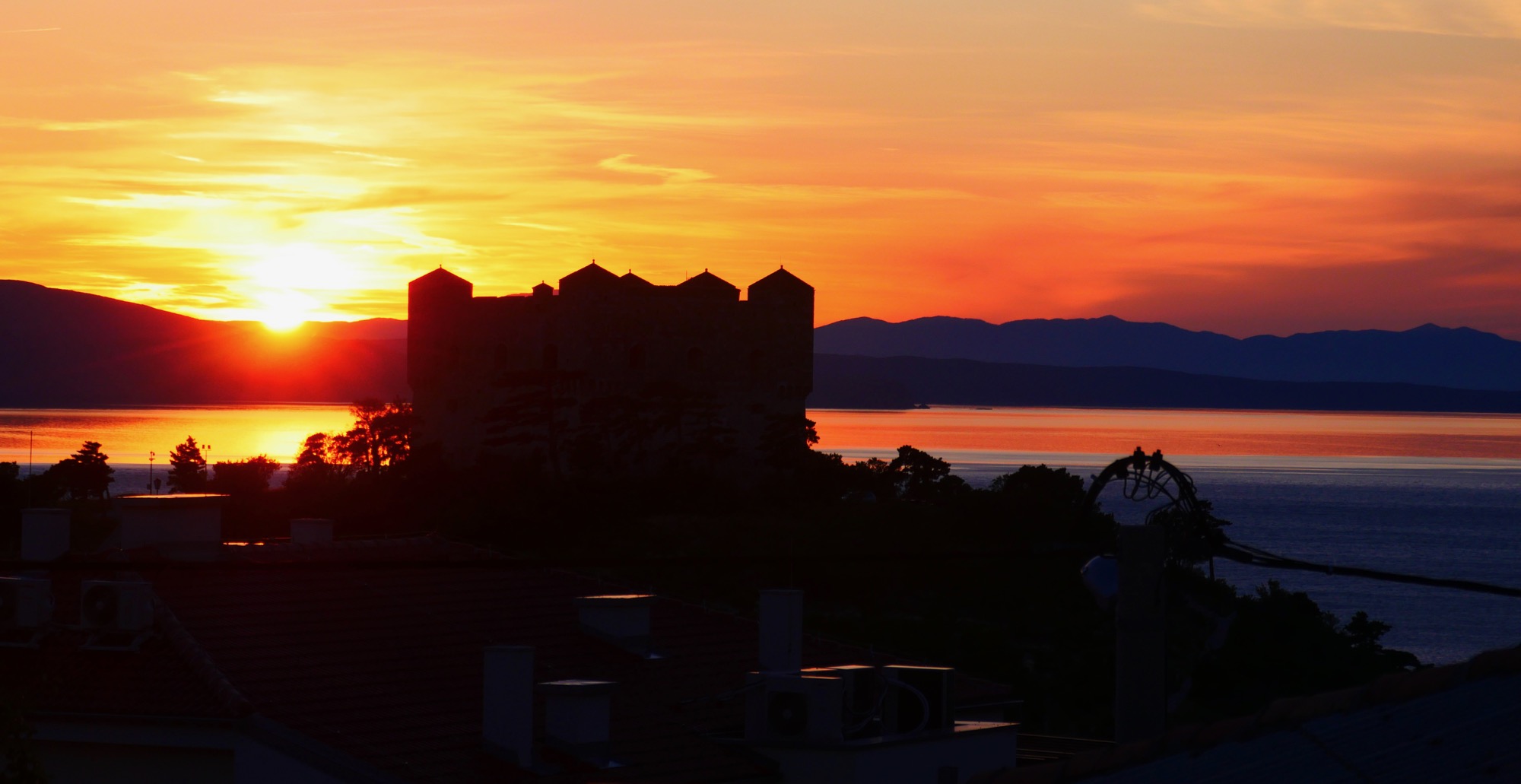
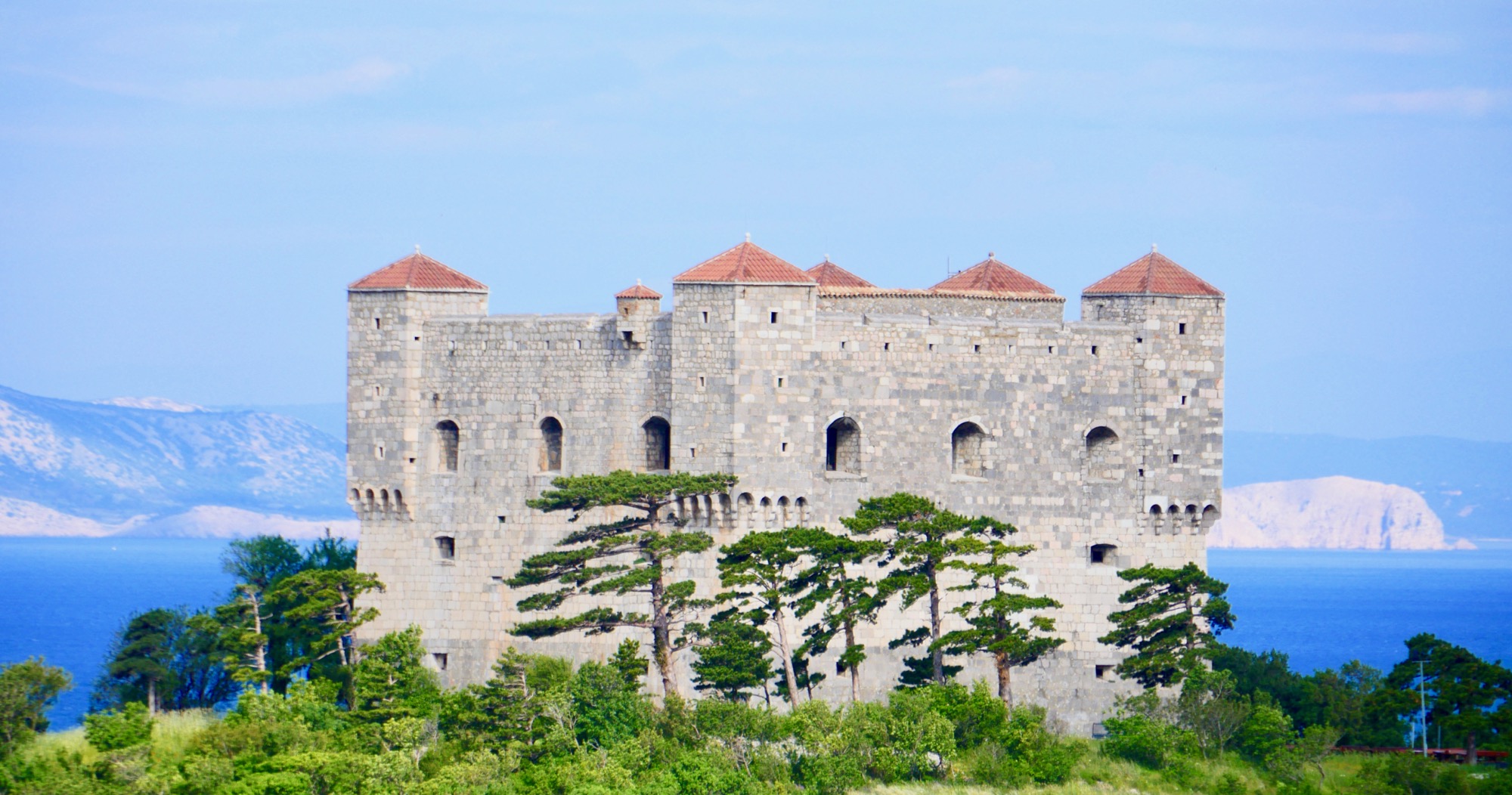

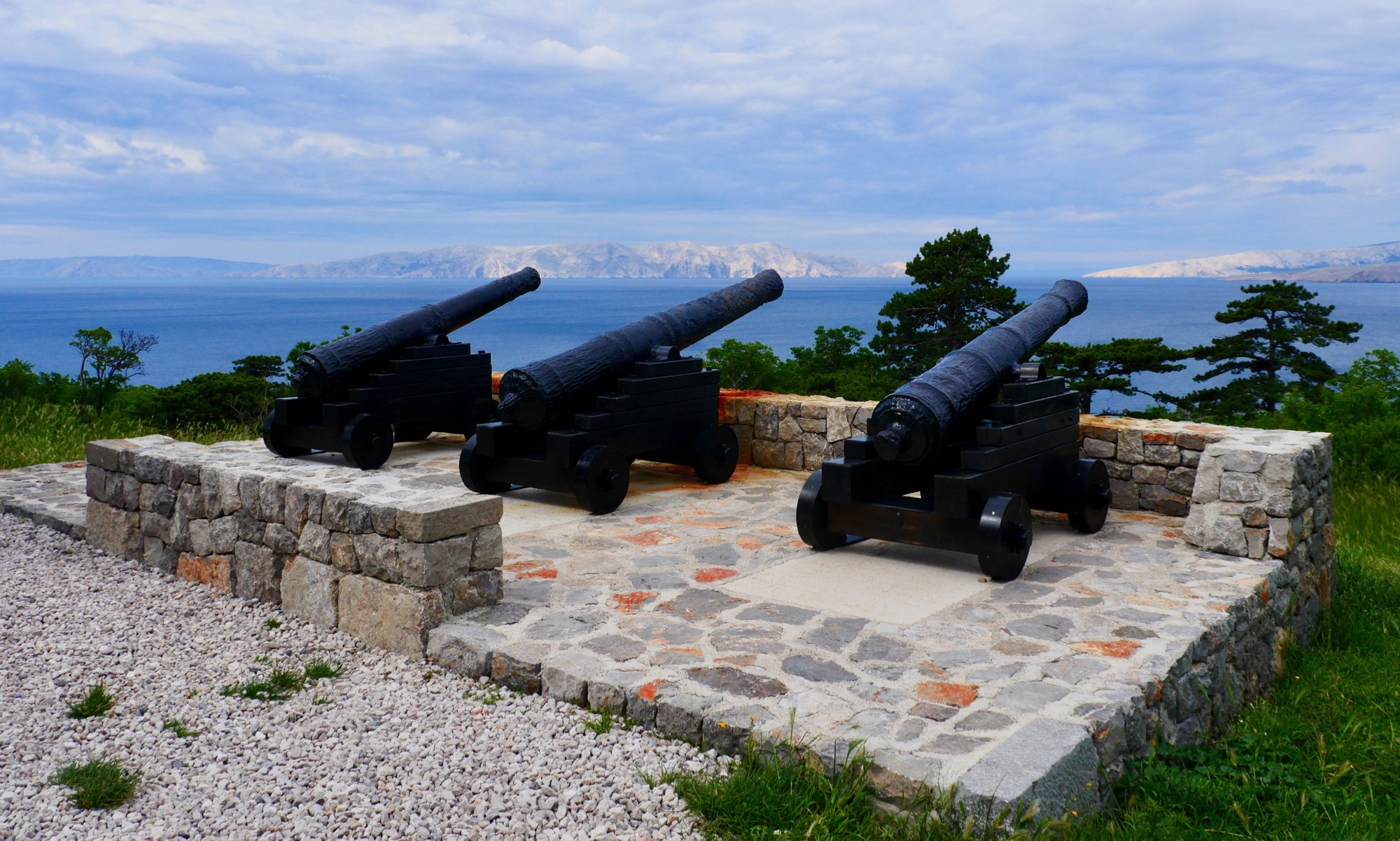
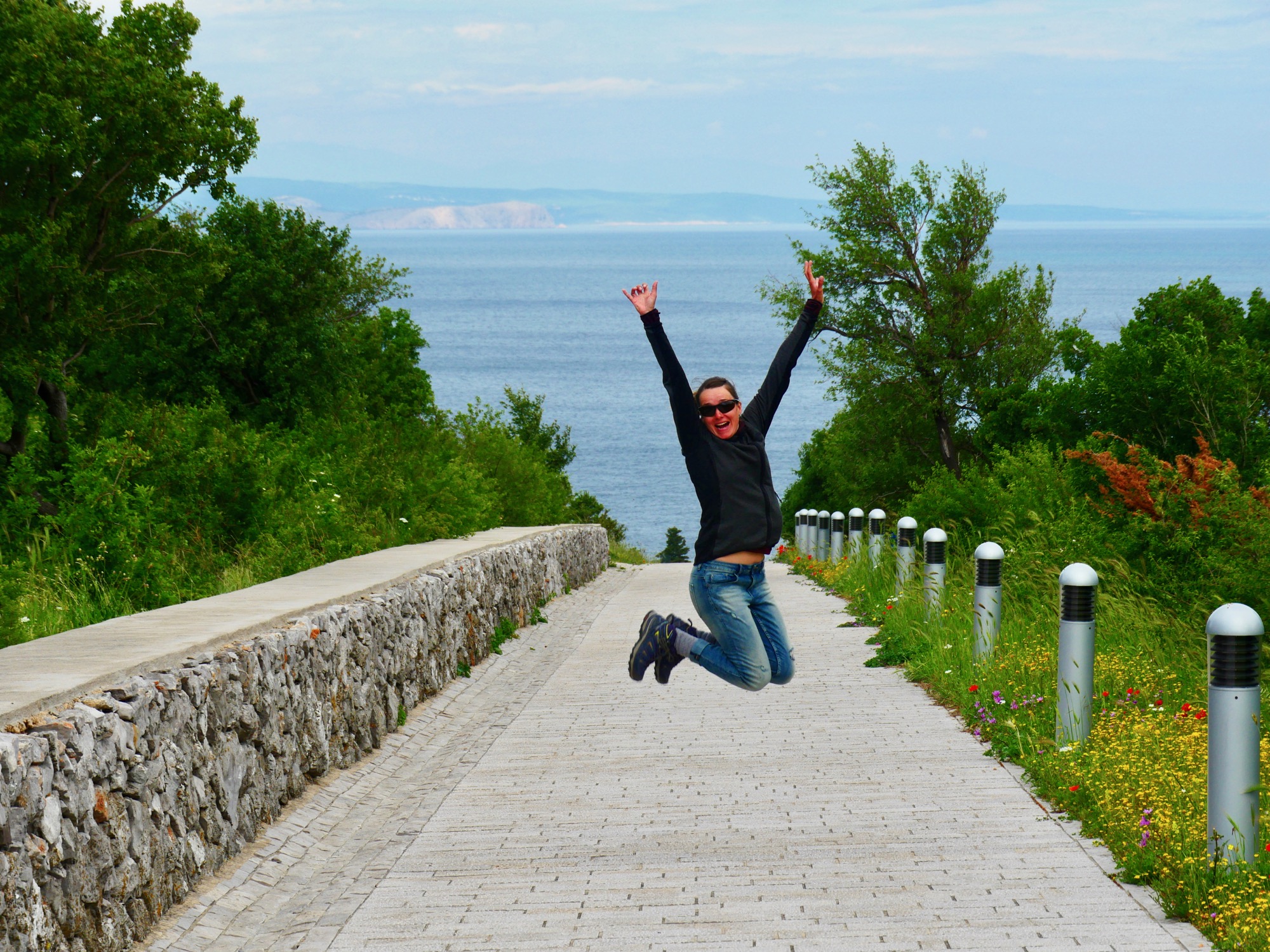
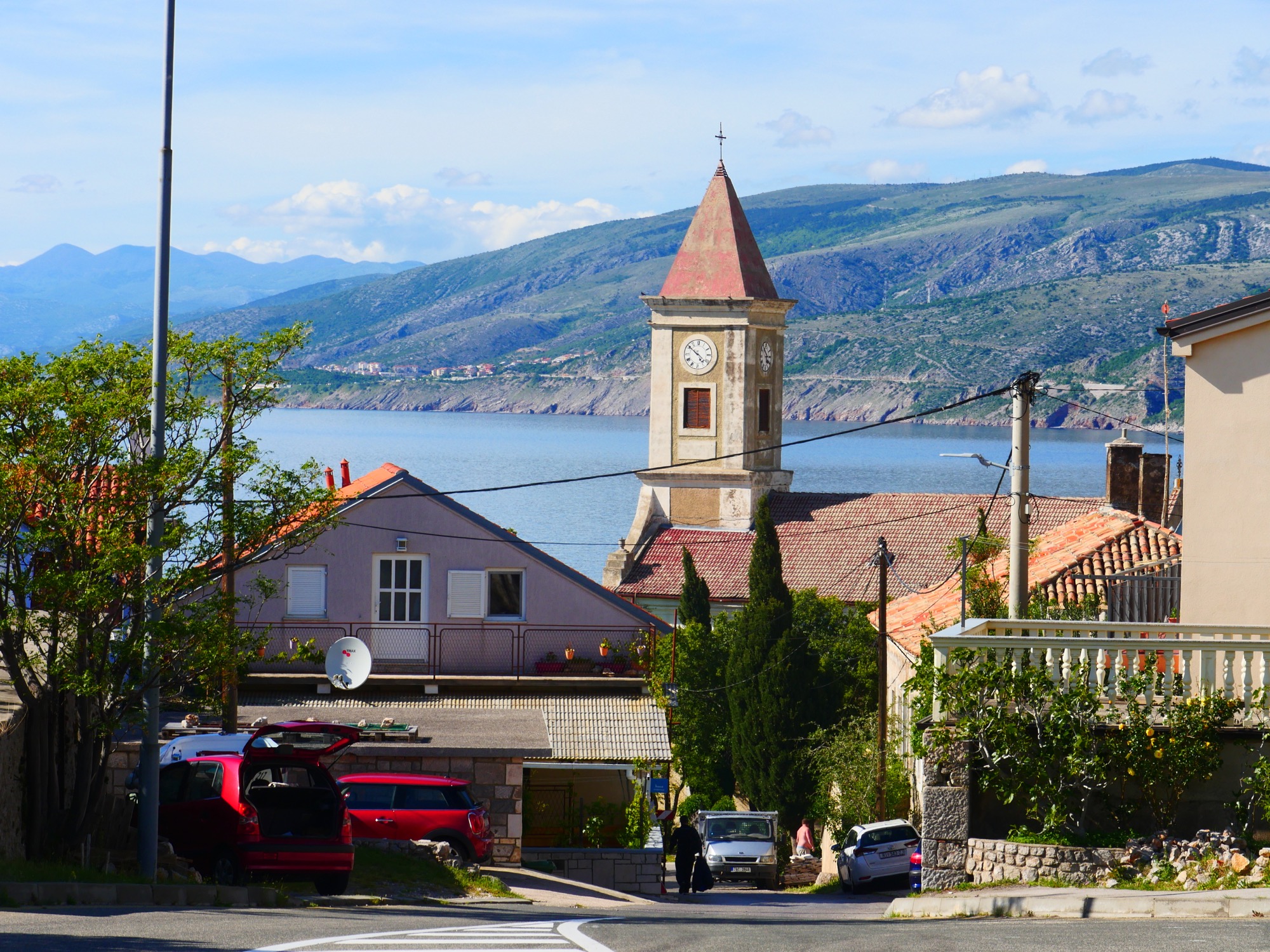

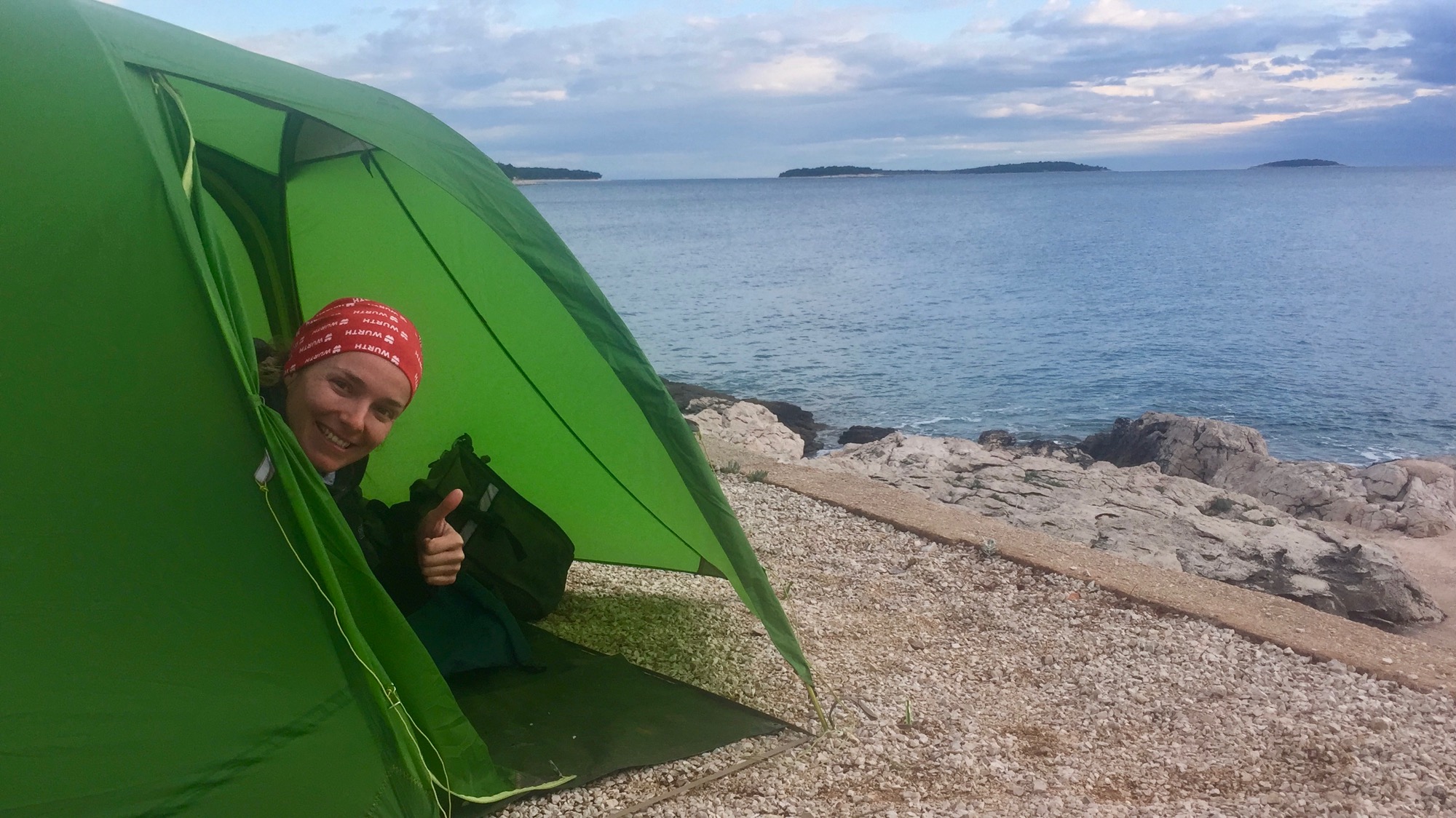
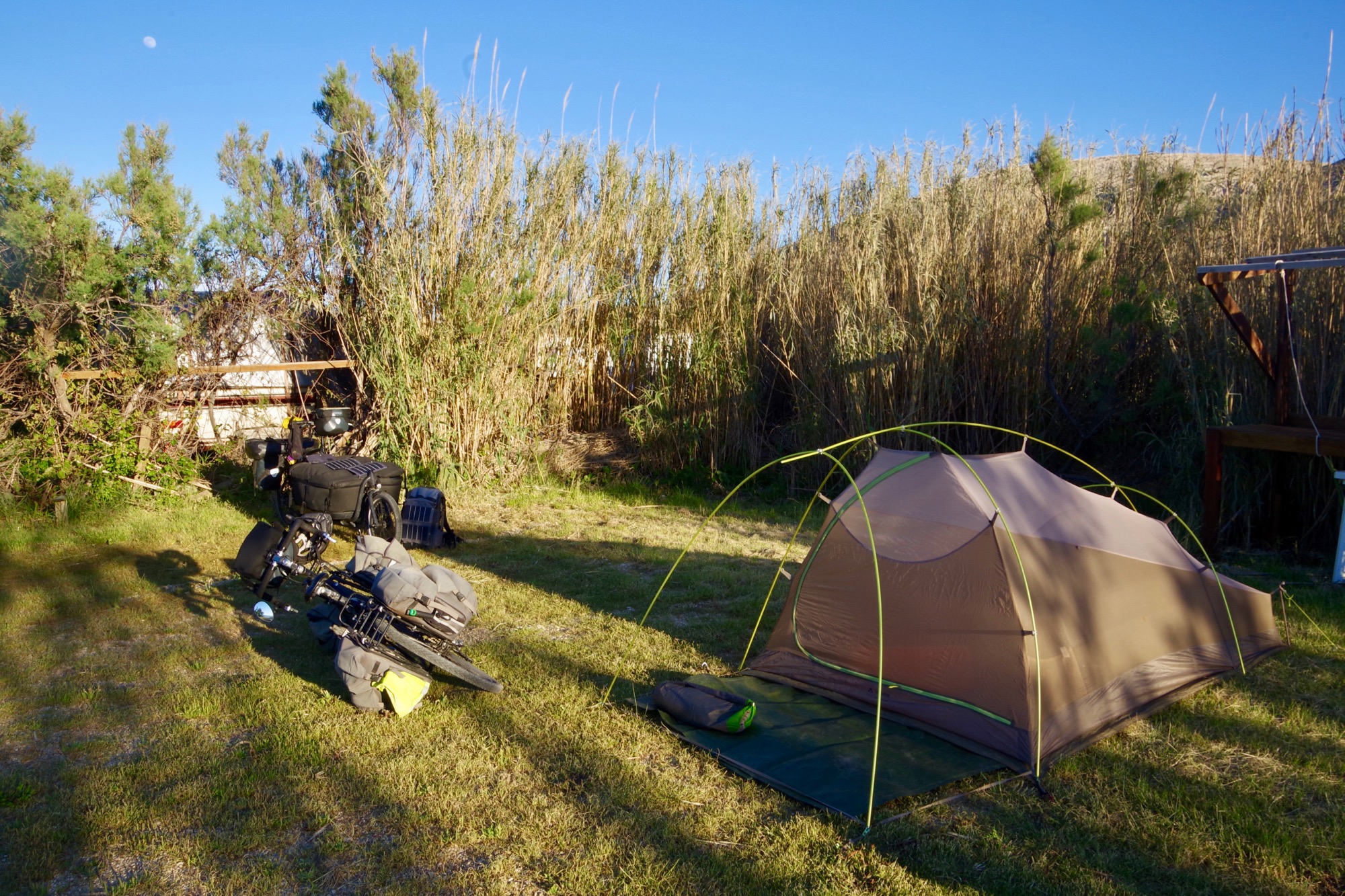


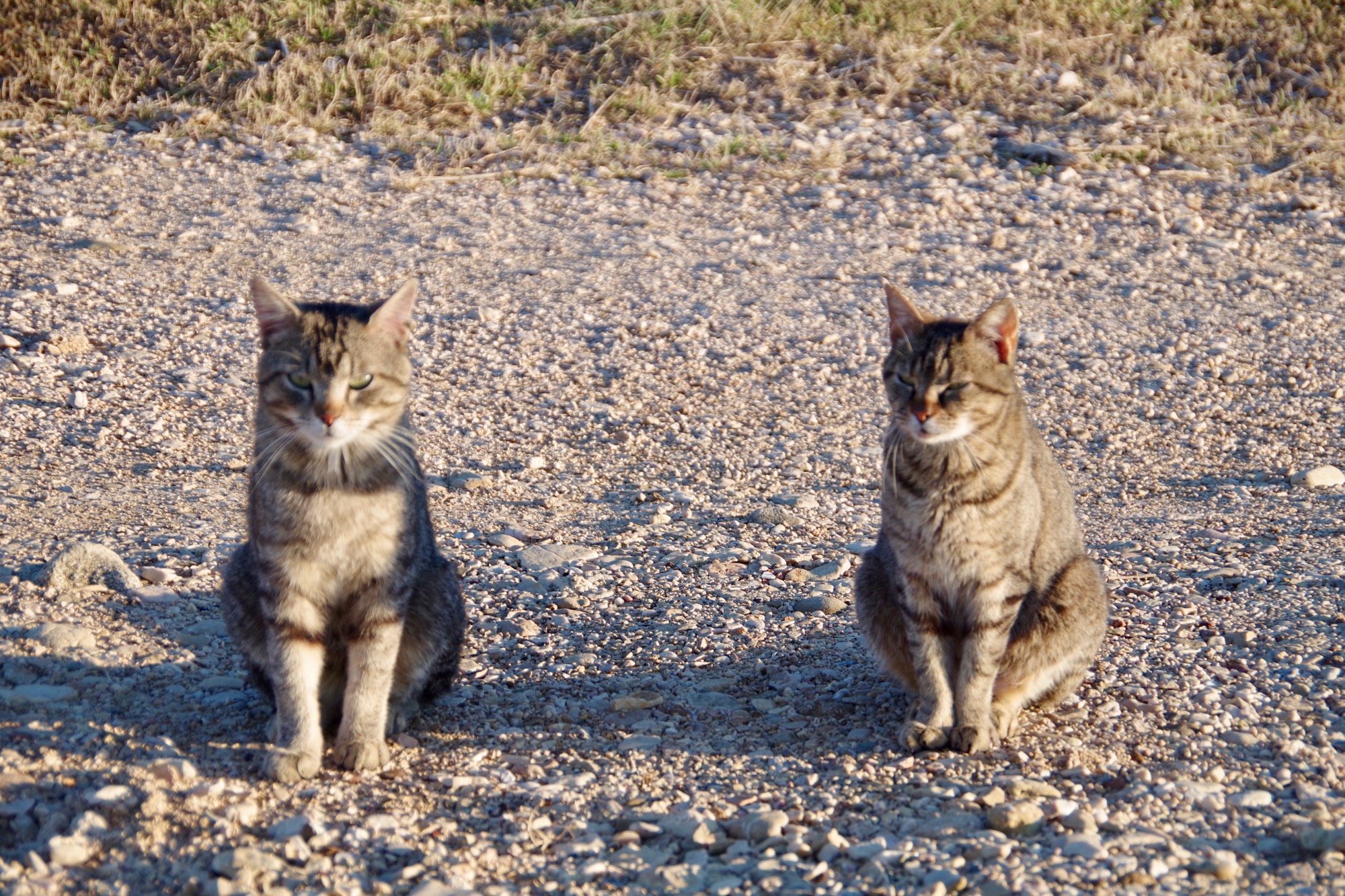

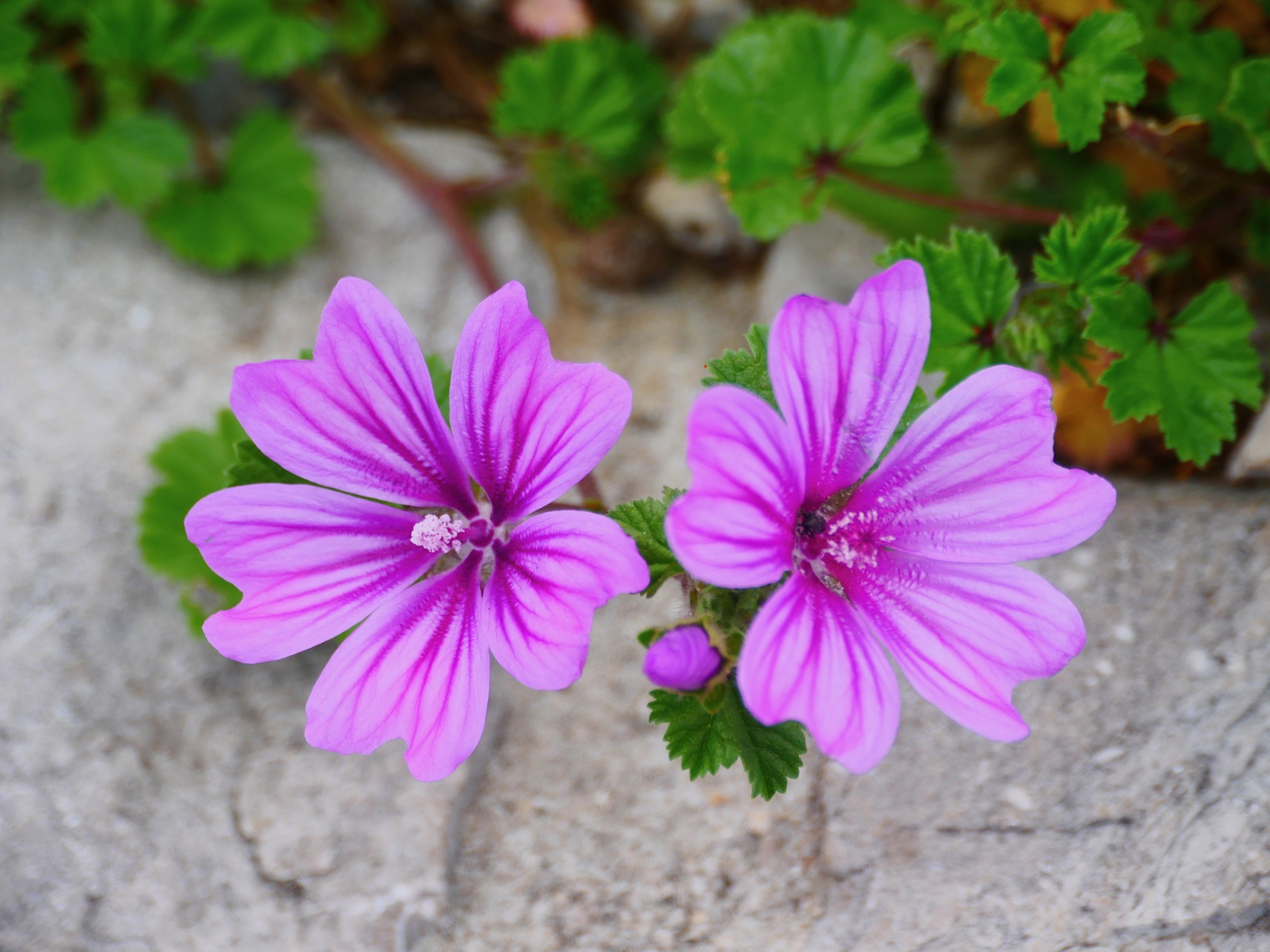
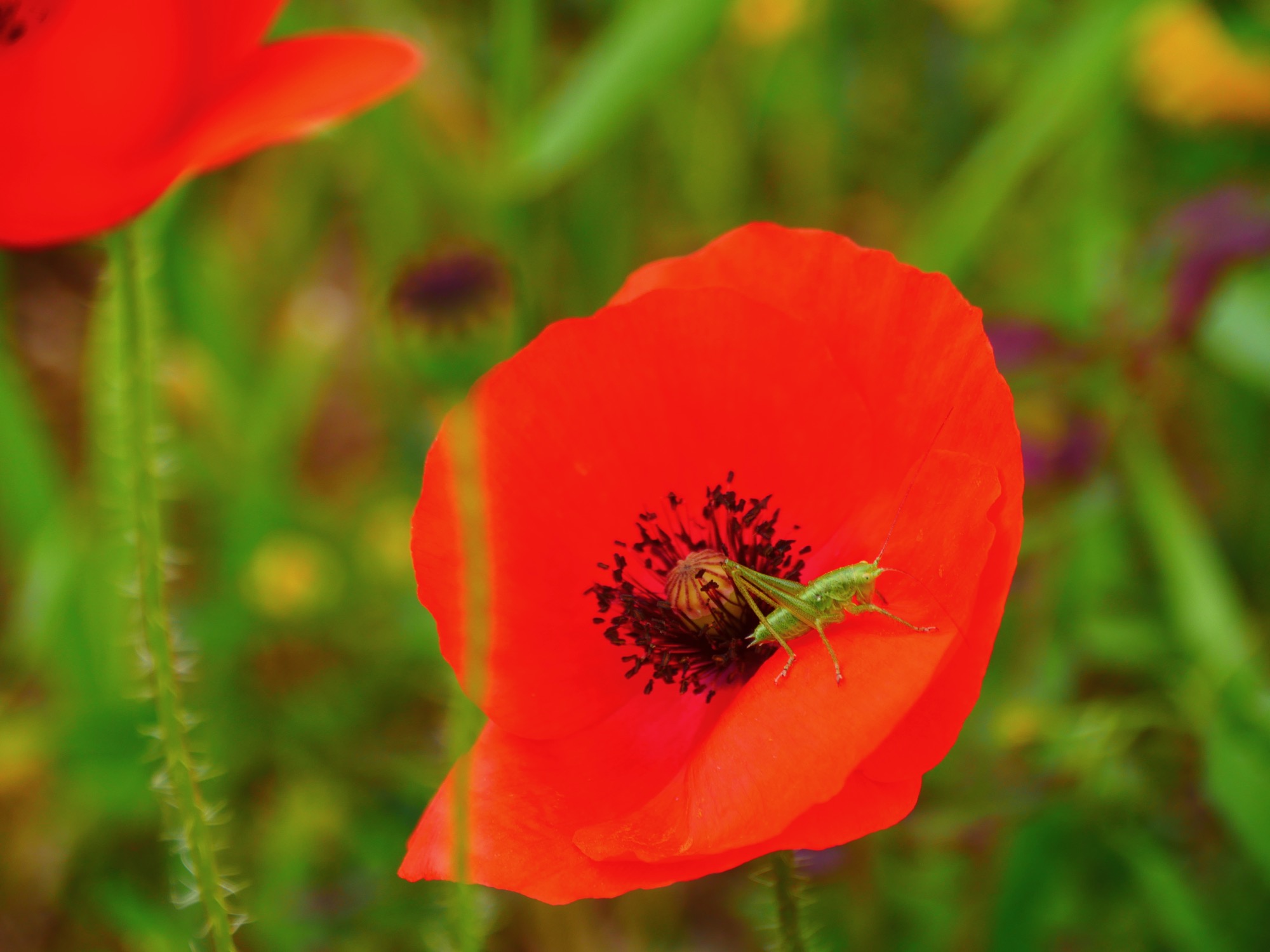
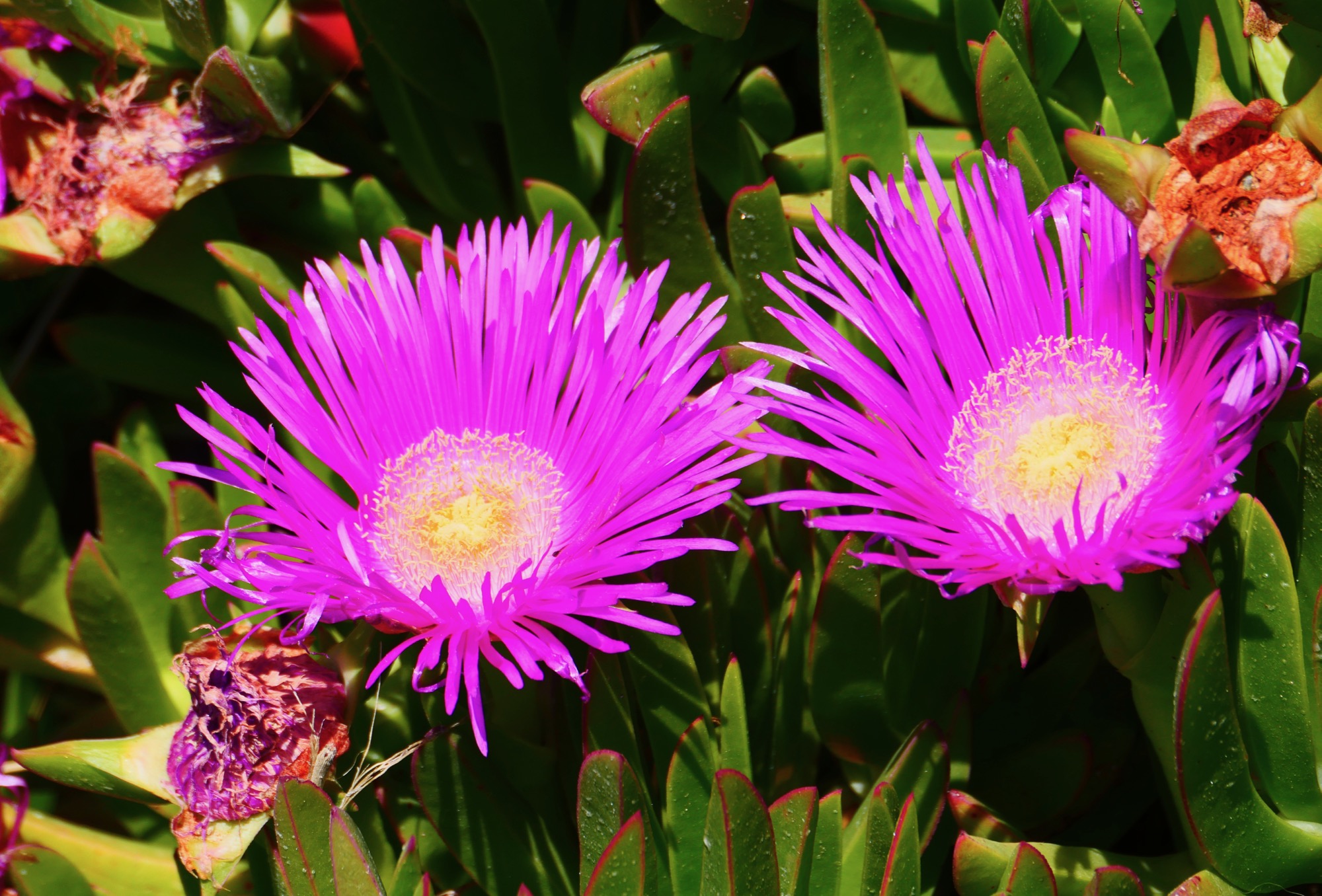

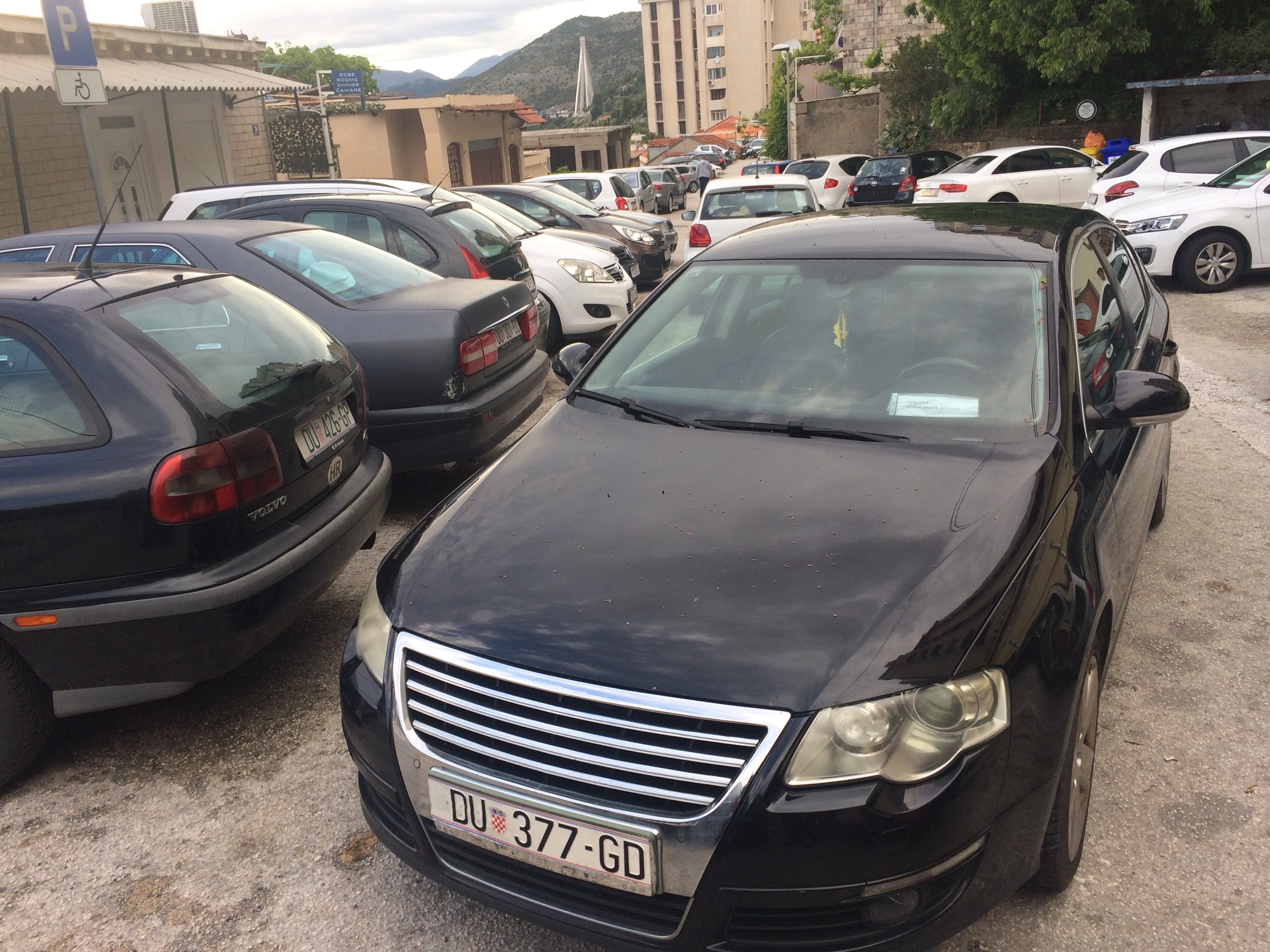

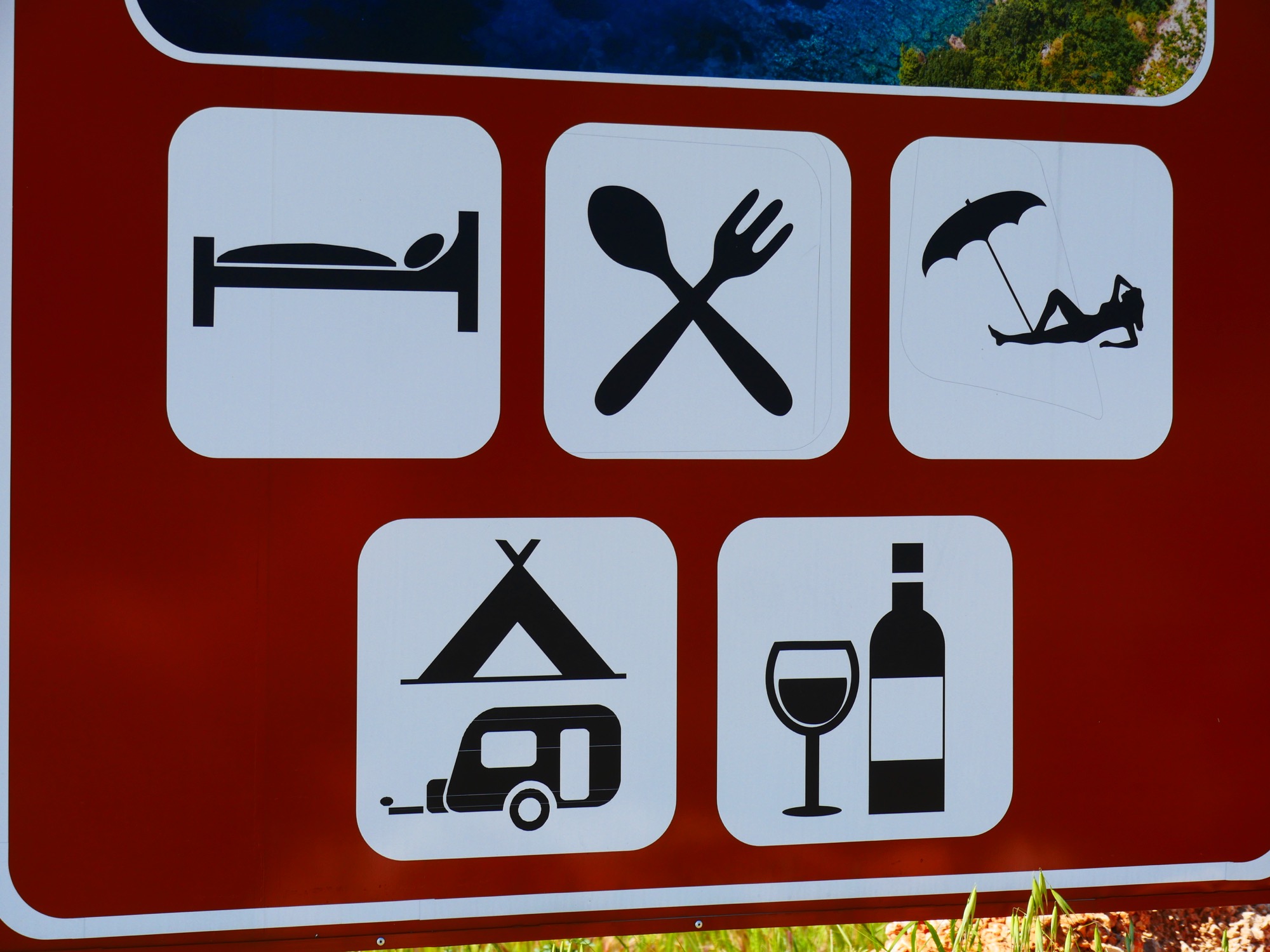
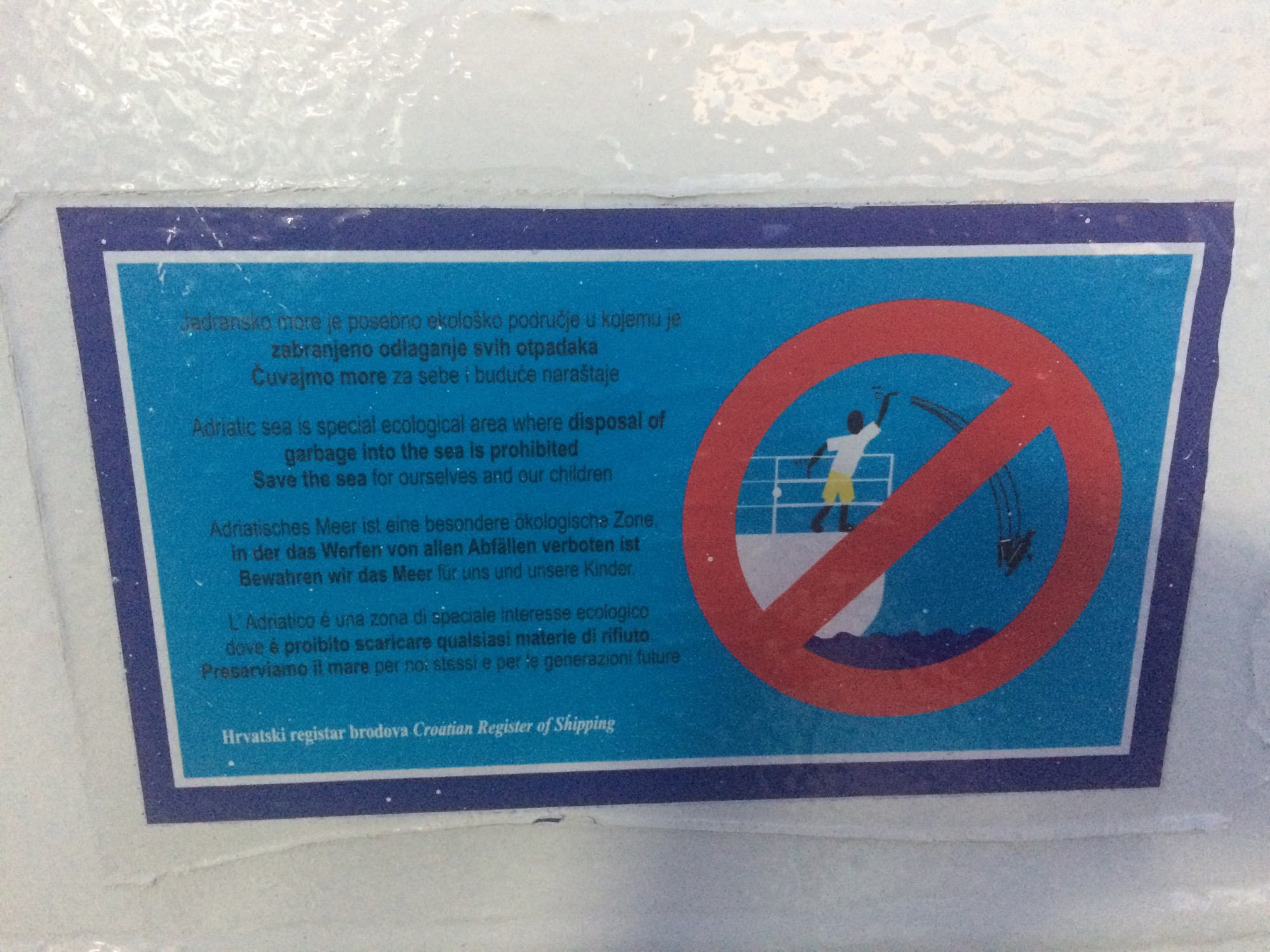
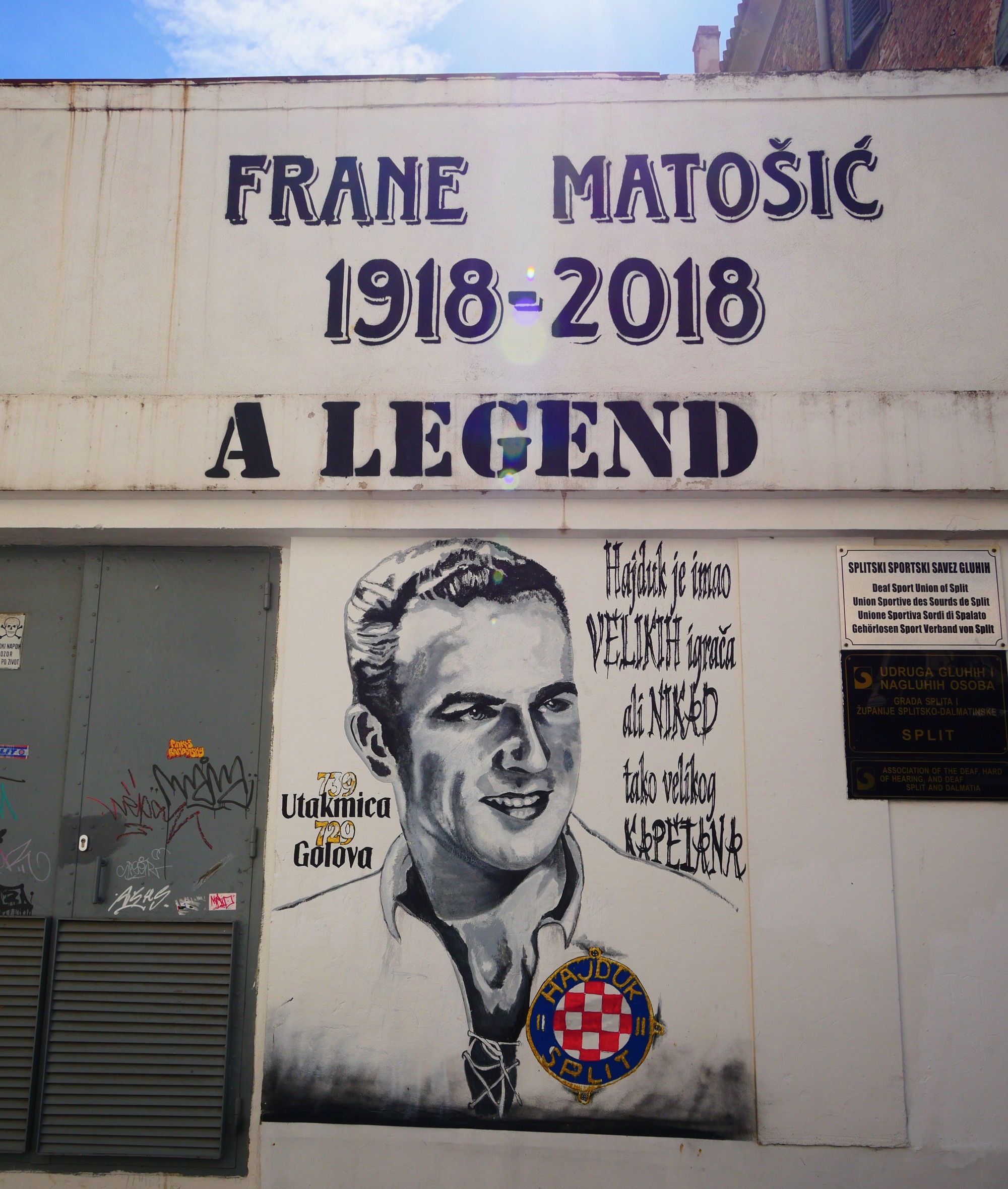

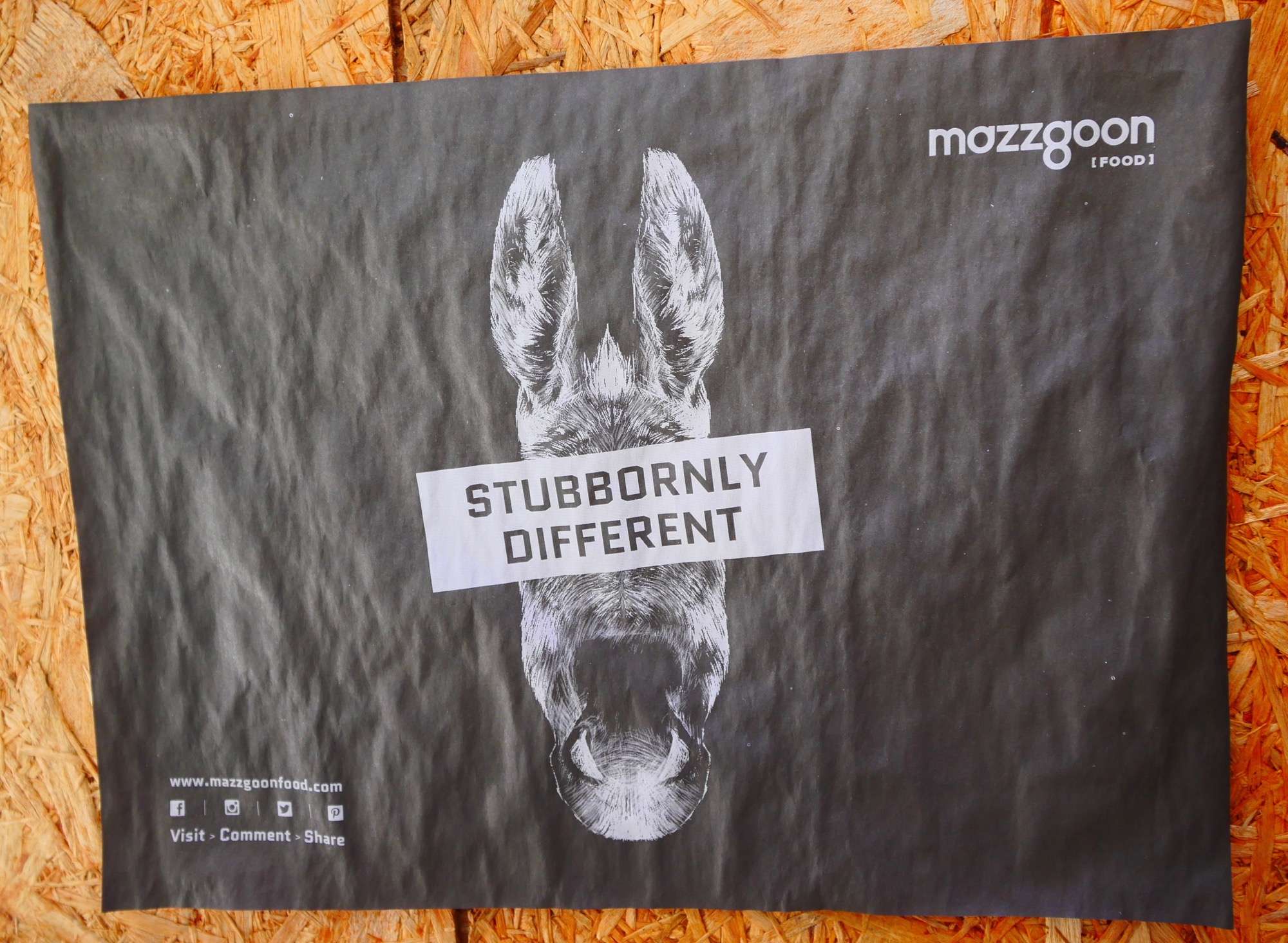


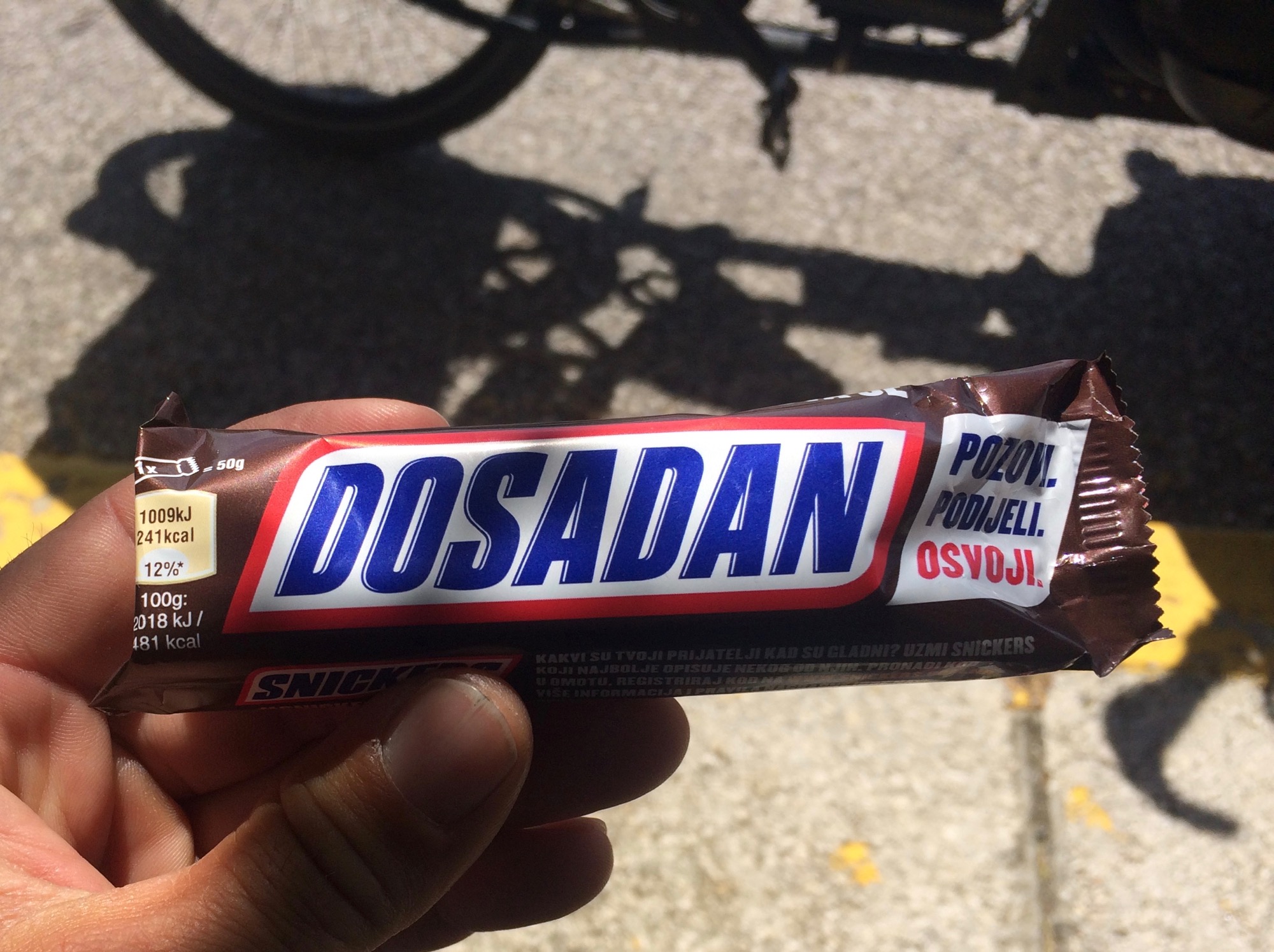
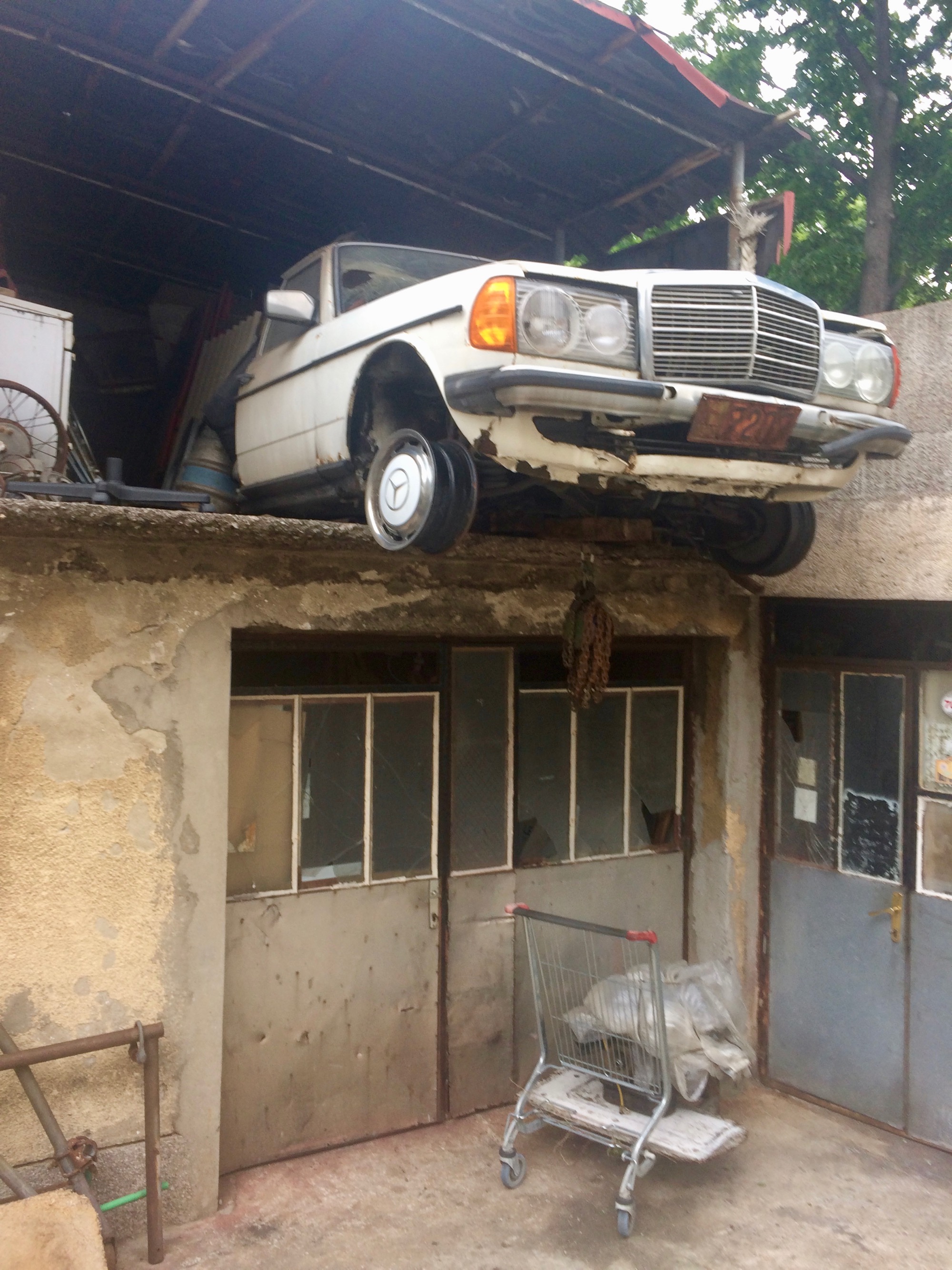

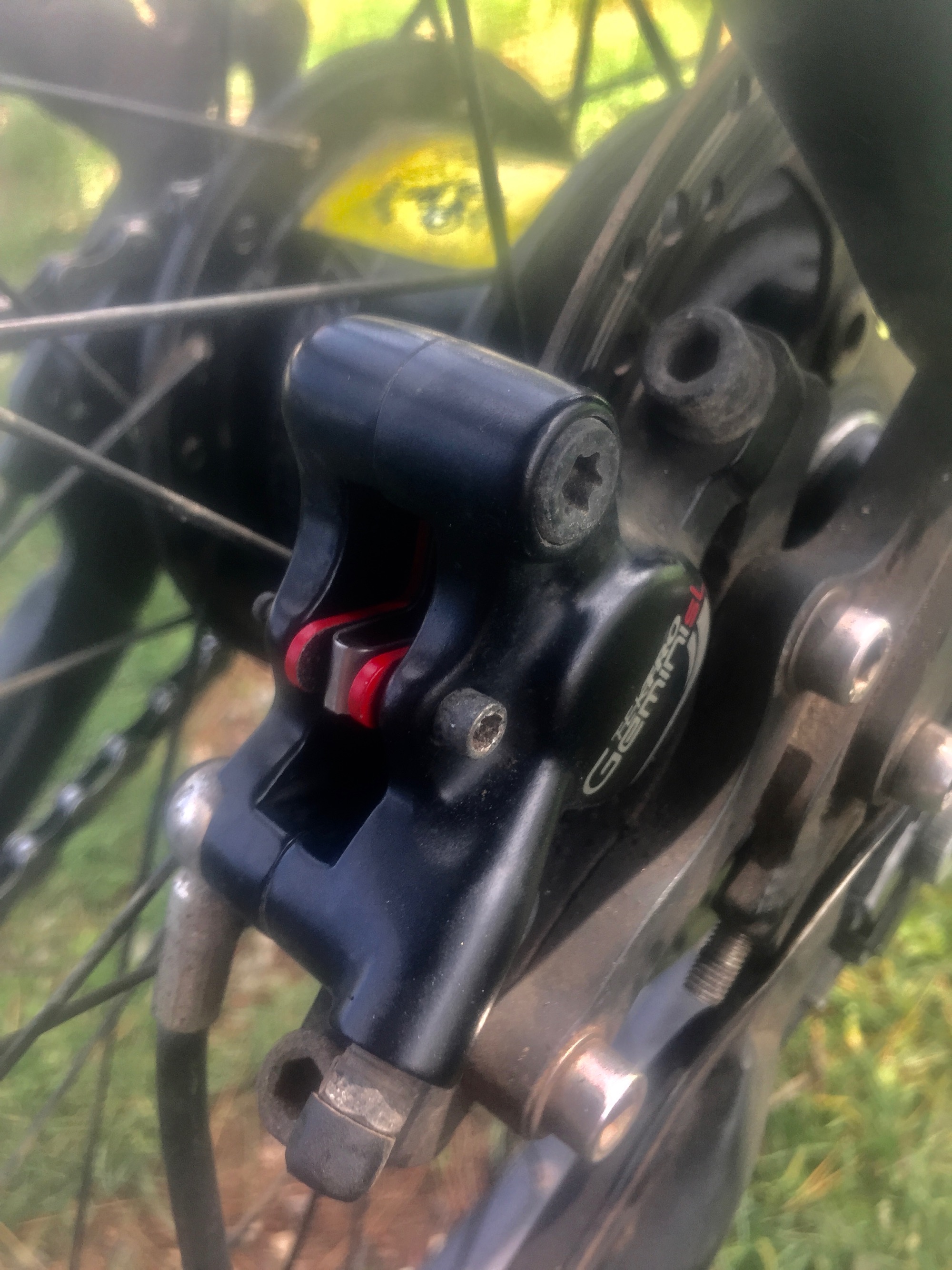

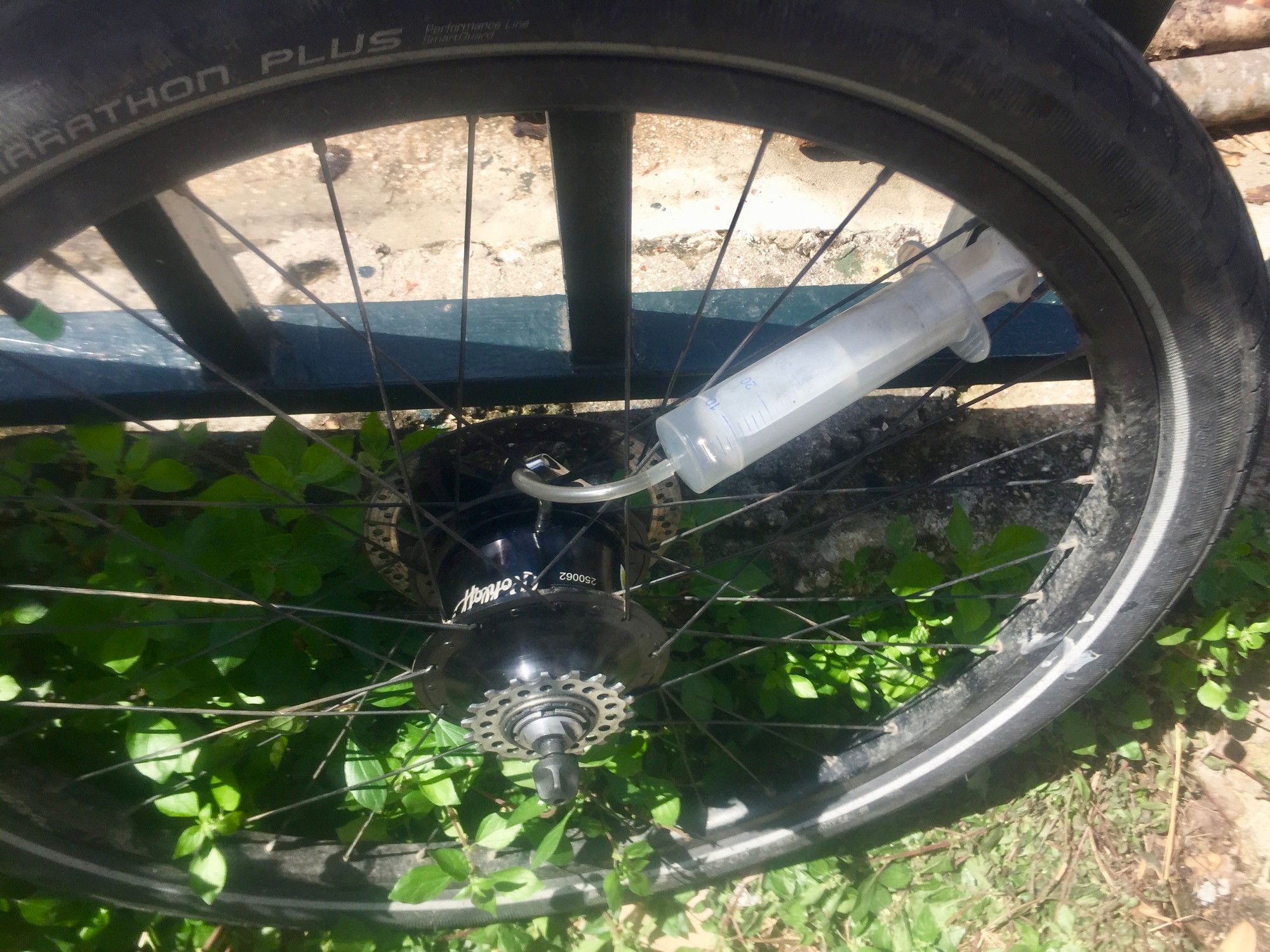
Waw c’est super! Bravo les amis! Nous sommes fiers de vous. Salam et Maha
Ça y est, je viens de rajouter la Croatie sur ma liste de souhaits de voyages
Merci pour ce beau blog et ces magnifiques paysages.
Votre retour approche, je vais m’ennuyer de voyager avec vous et avec la famille Lemelin Marceau.
Tout va bien par ici
À bientôt !
Je suis certaine que vous allez aimer la Croatie. A bientôt! xx